Nombre:
Rostov del Don
Otro: Rostov-on-Don
Localización:
Tipo: Urbanismo
Categoría:
Foto:
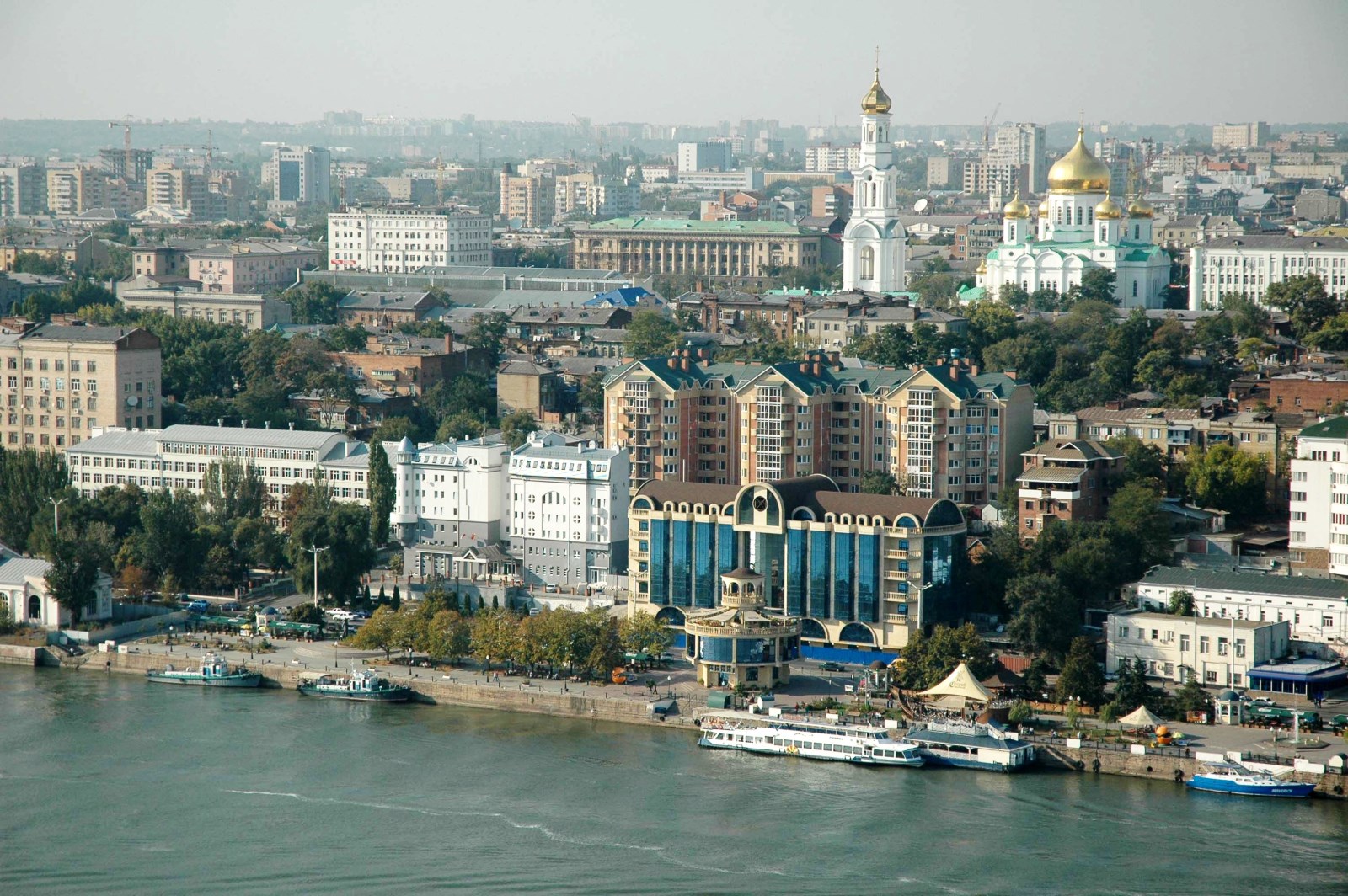
Voto:
Continente: Europa
País: Rusia
Localización: Óblast de Rostov
Año: 1749
Estado: Terminado
Descripción:Ciudades de Rusia : Rostov-on-Don
Publicado por Pedro Orrego el 27 de mayo de 2010 a las 21:48.
Esta es la ciudad y el centro administrativo del óblast de Rostov y el Distrito Federal del Sur de Rusia, localizado en el río Don, sólo 46 km del mar de Azov.
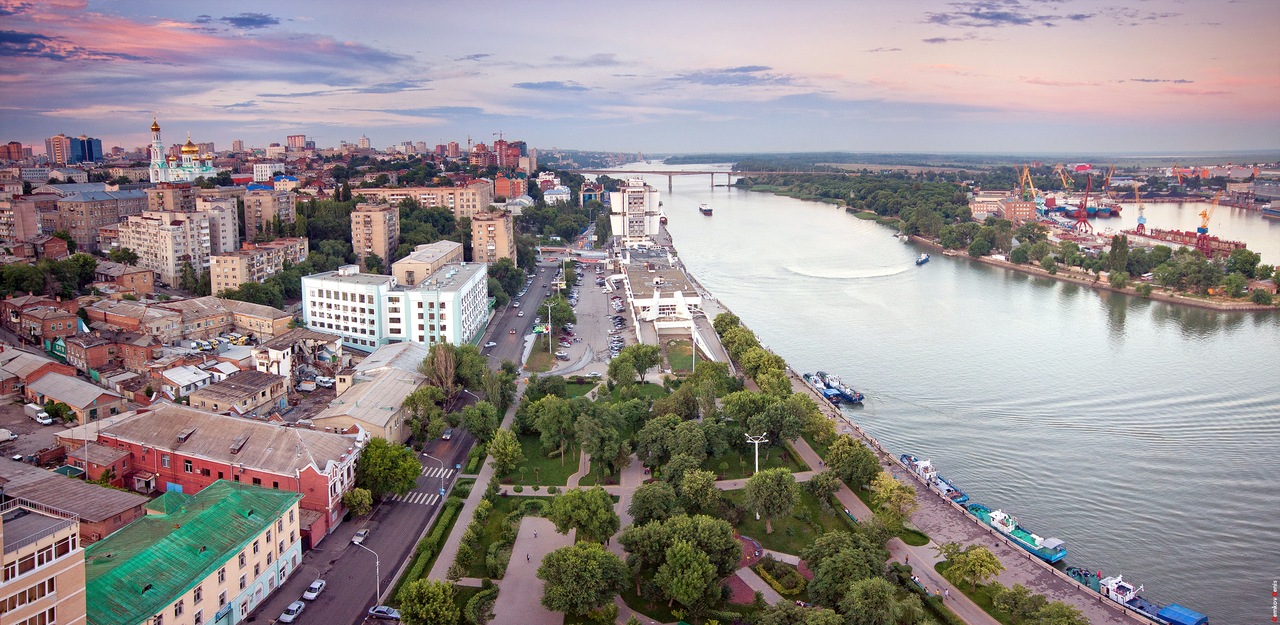
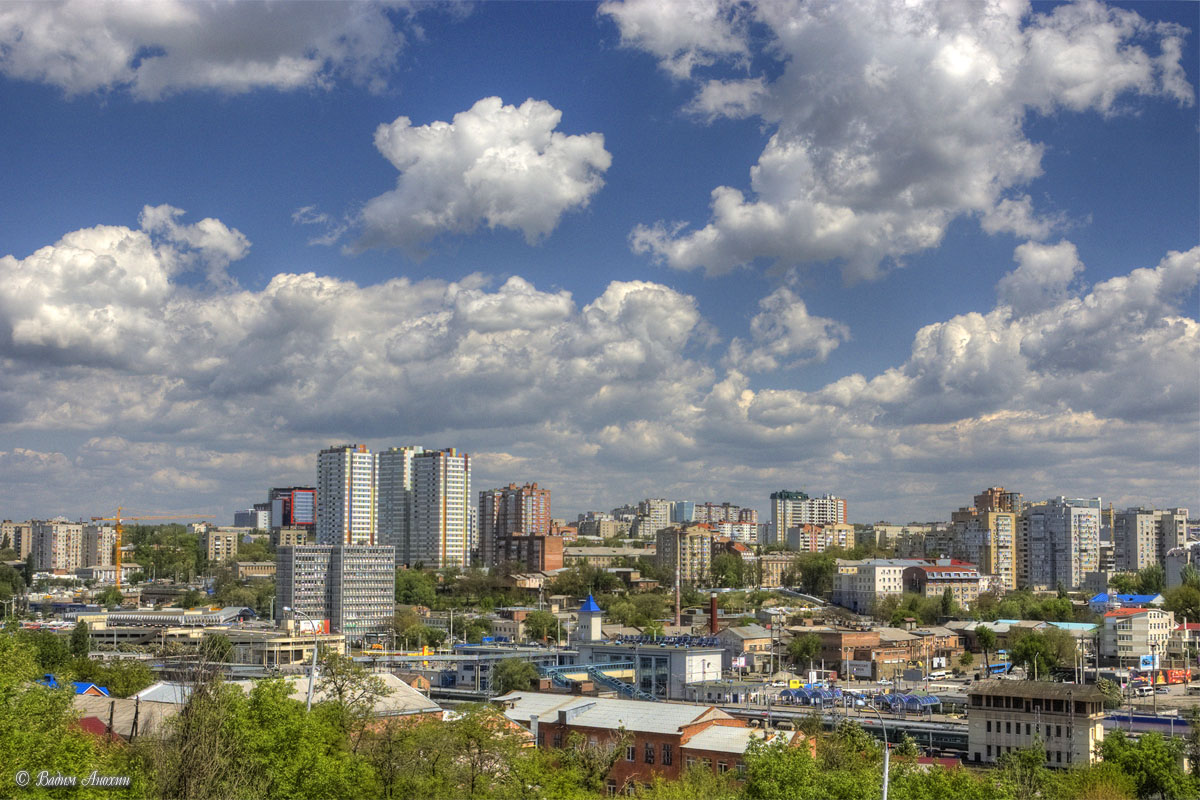
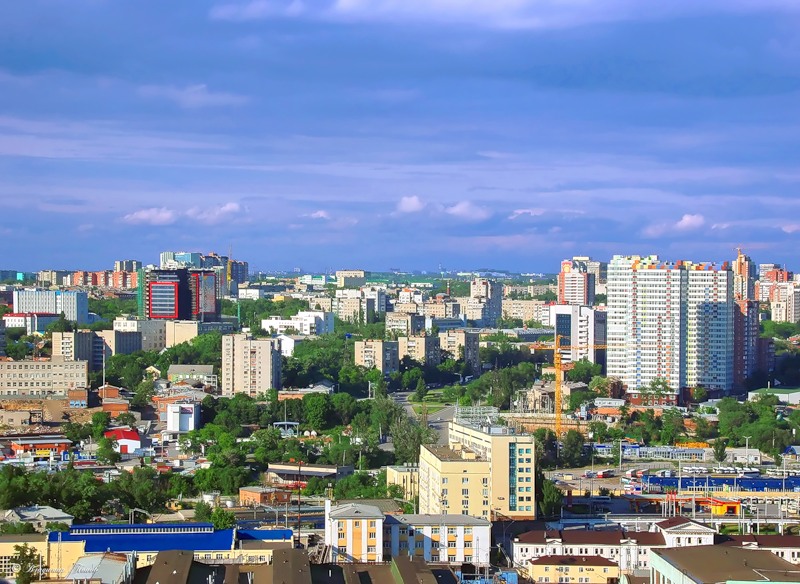
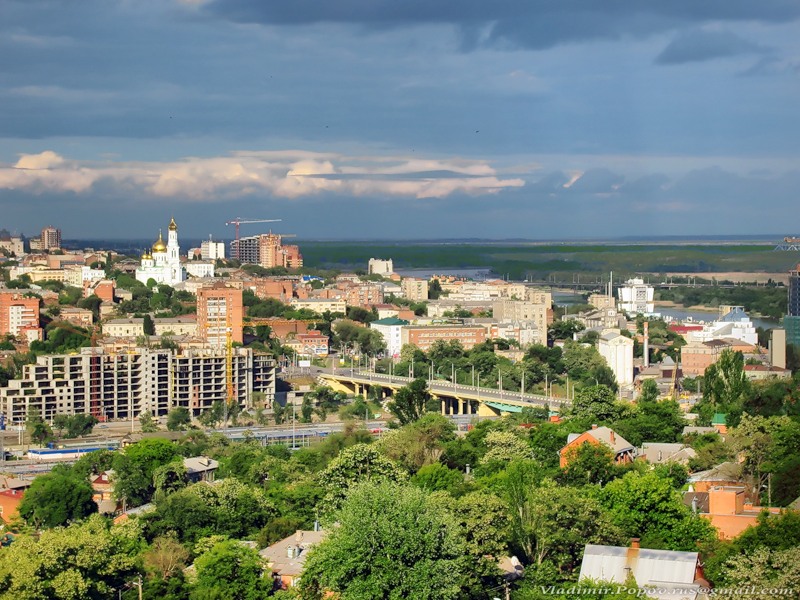
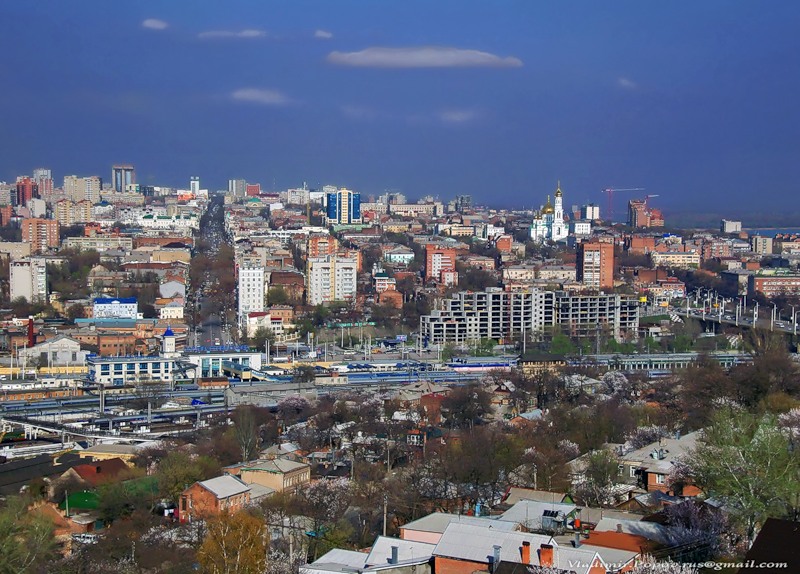
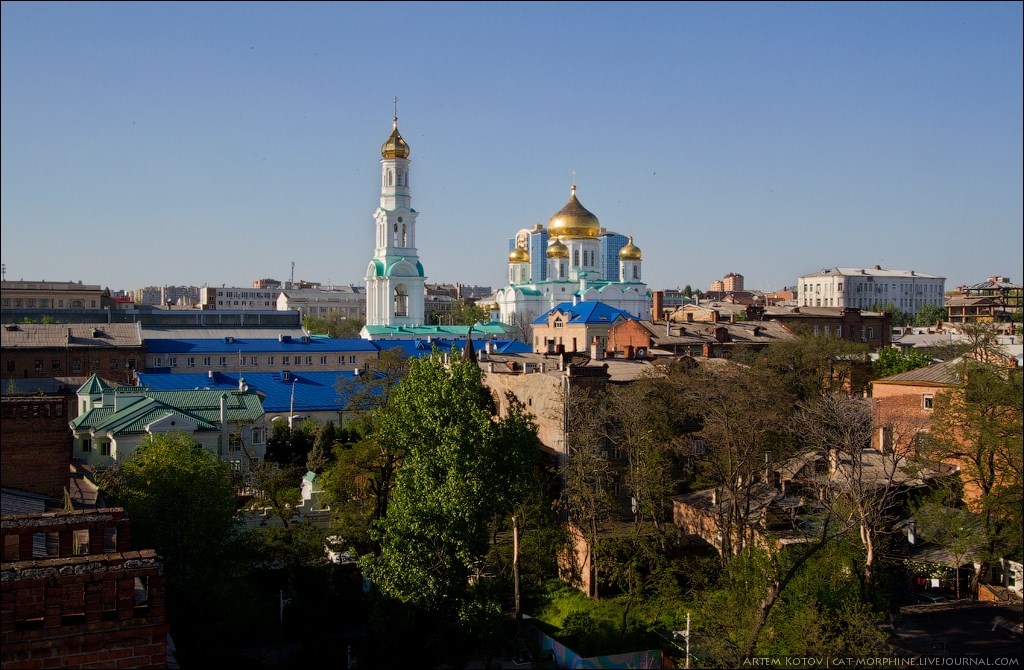
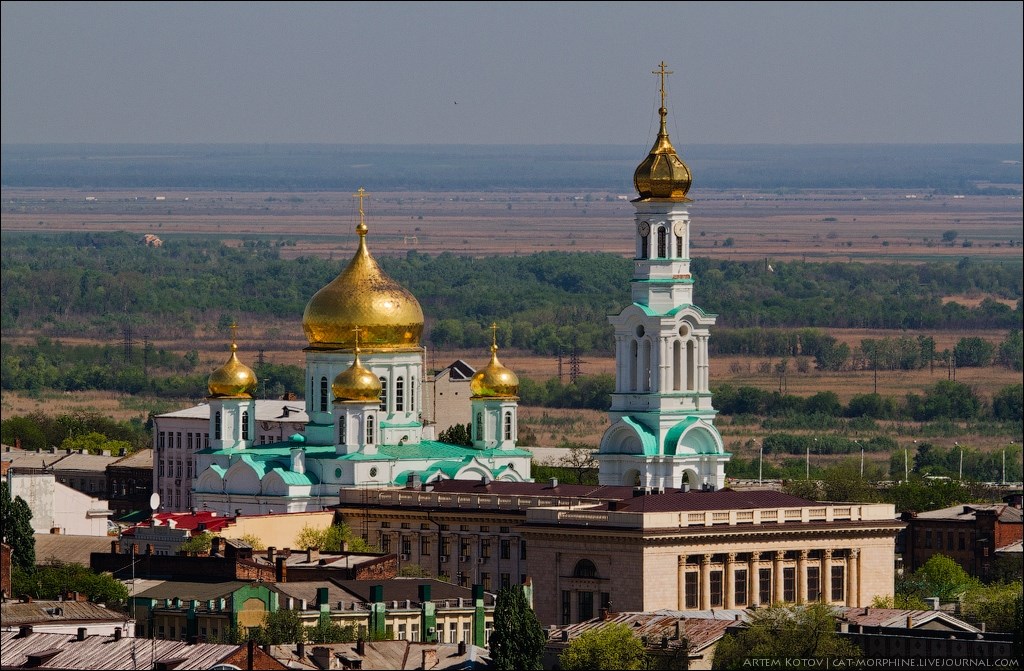
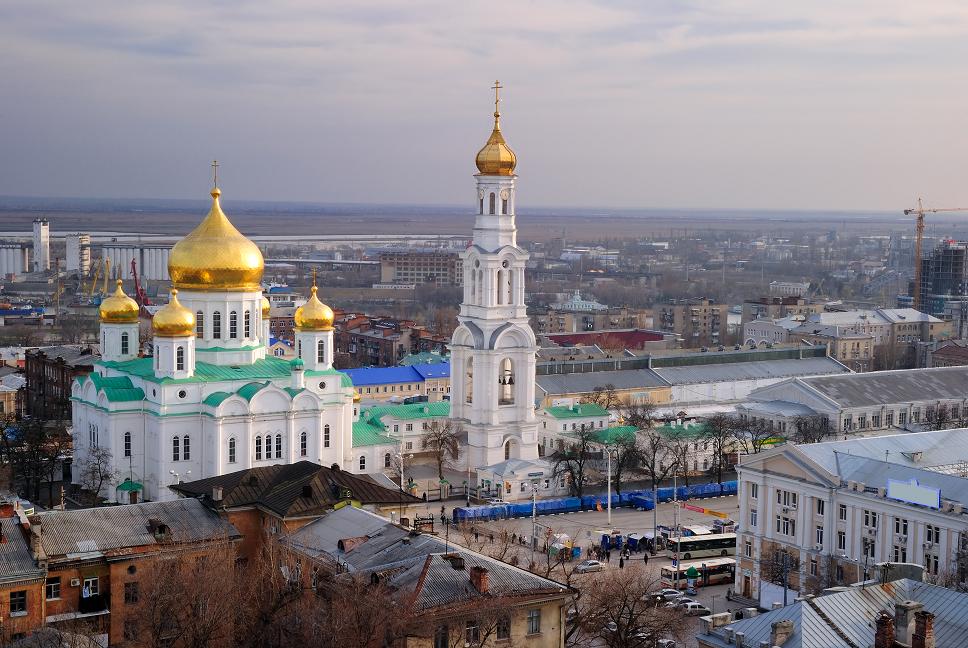
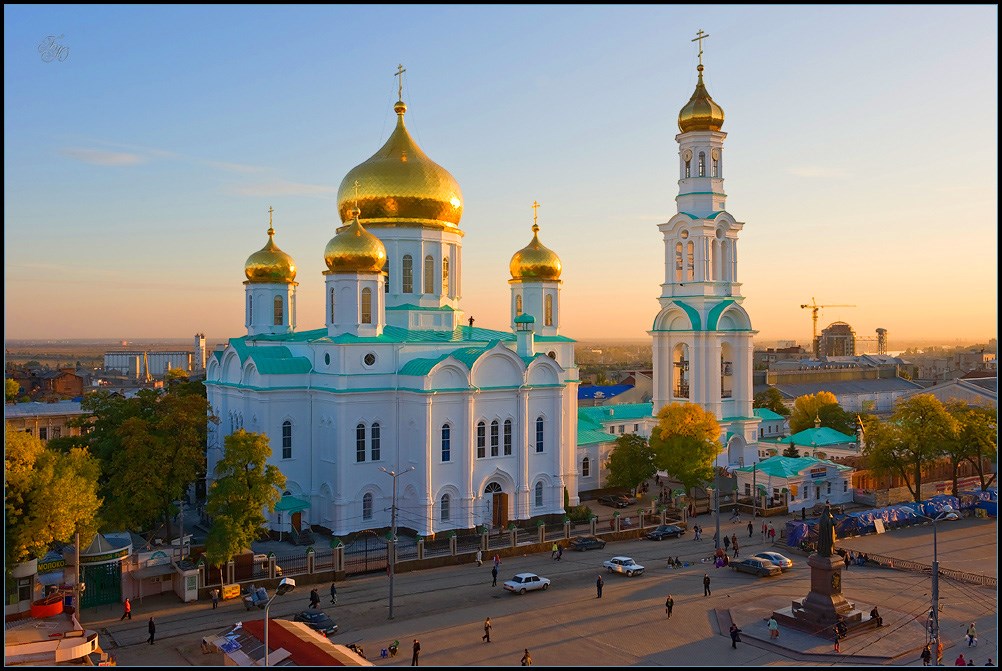
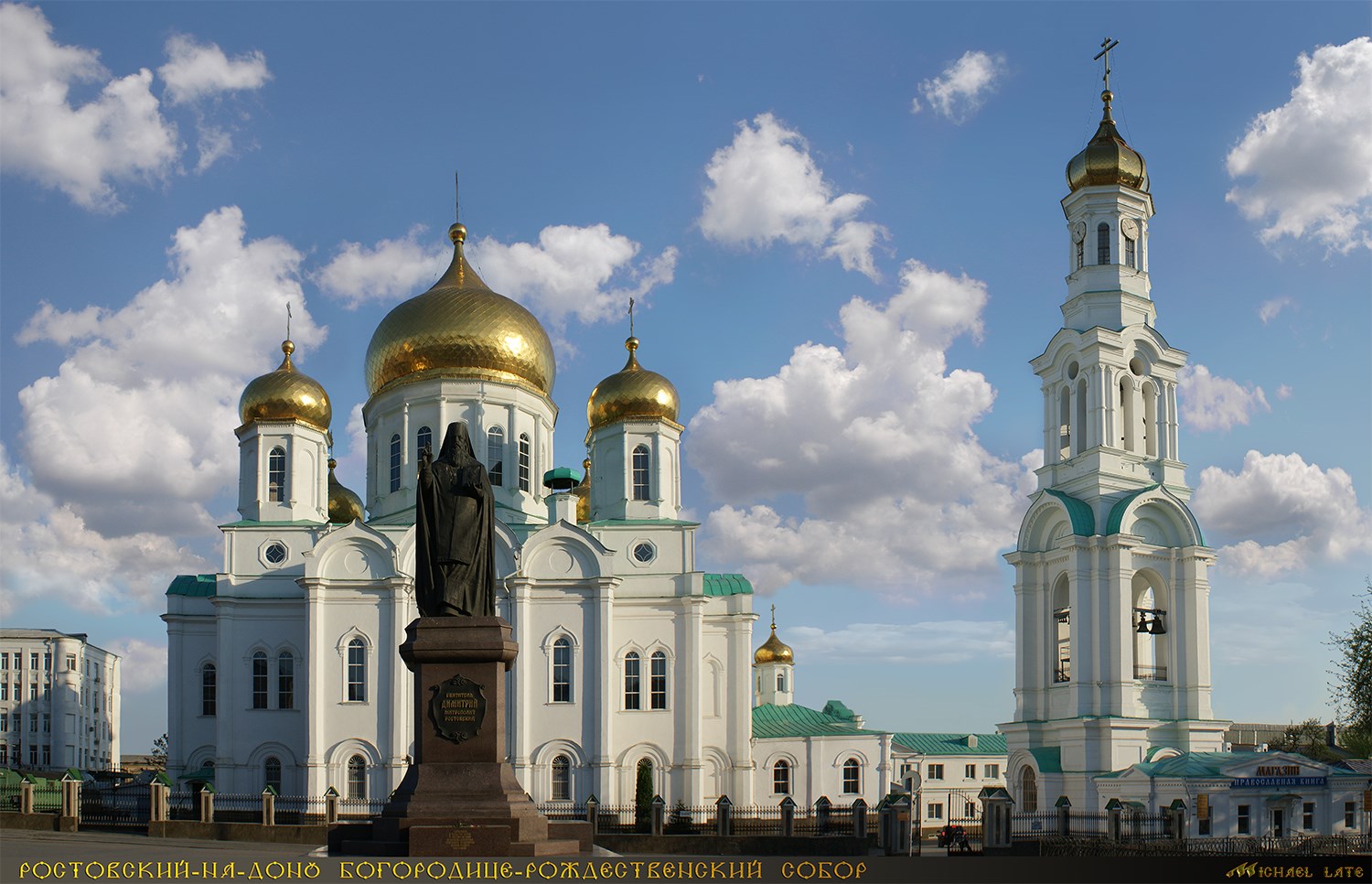
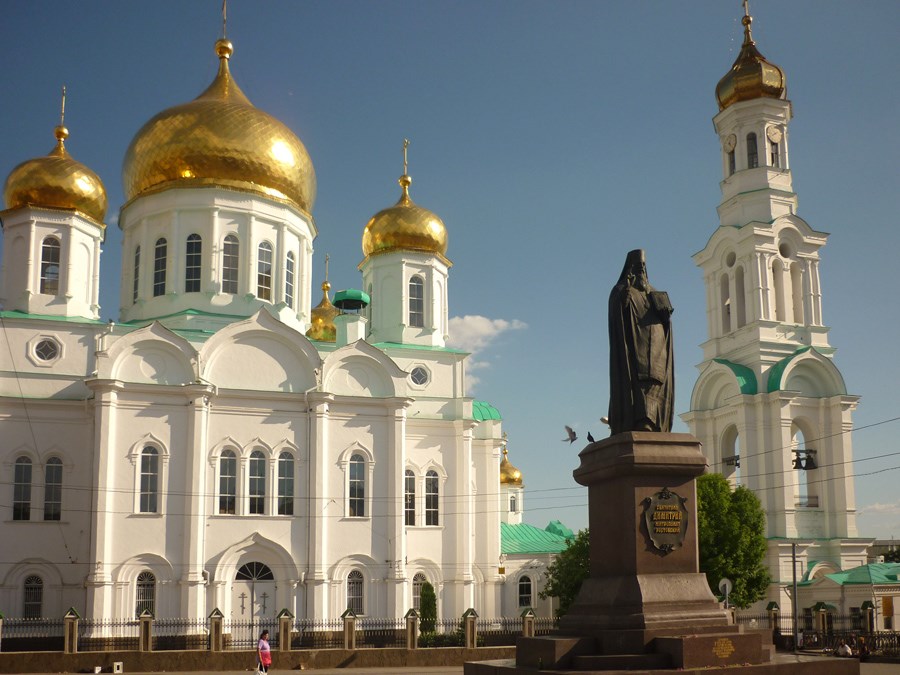
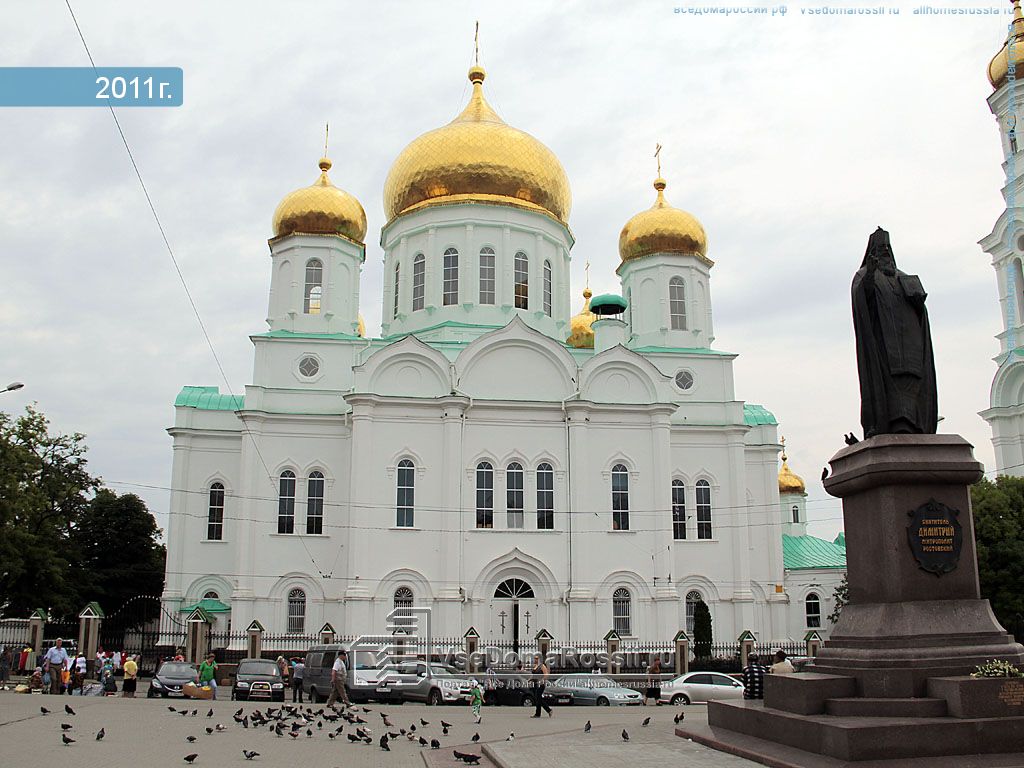
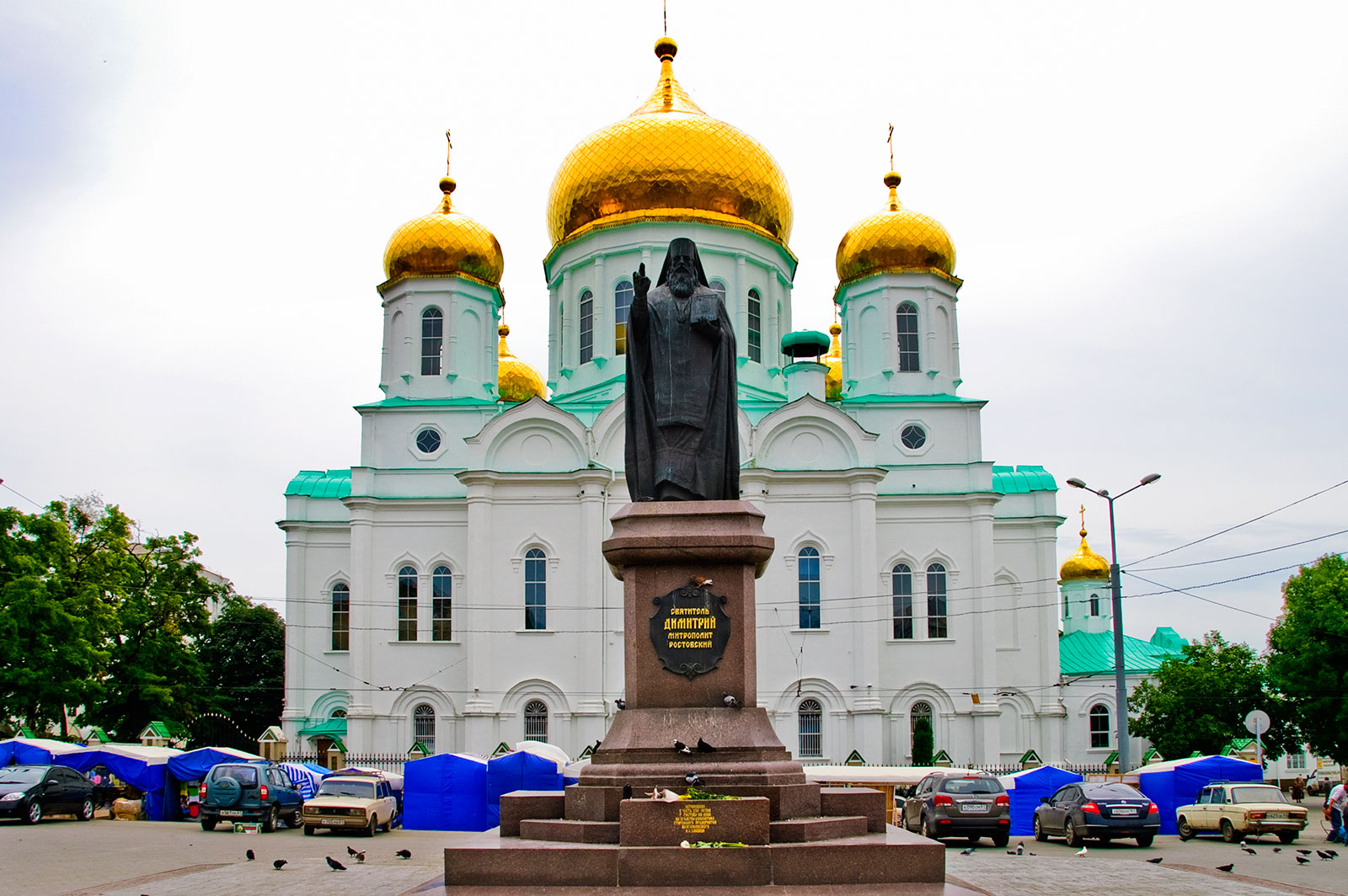
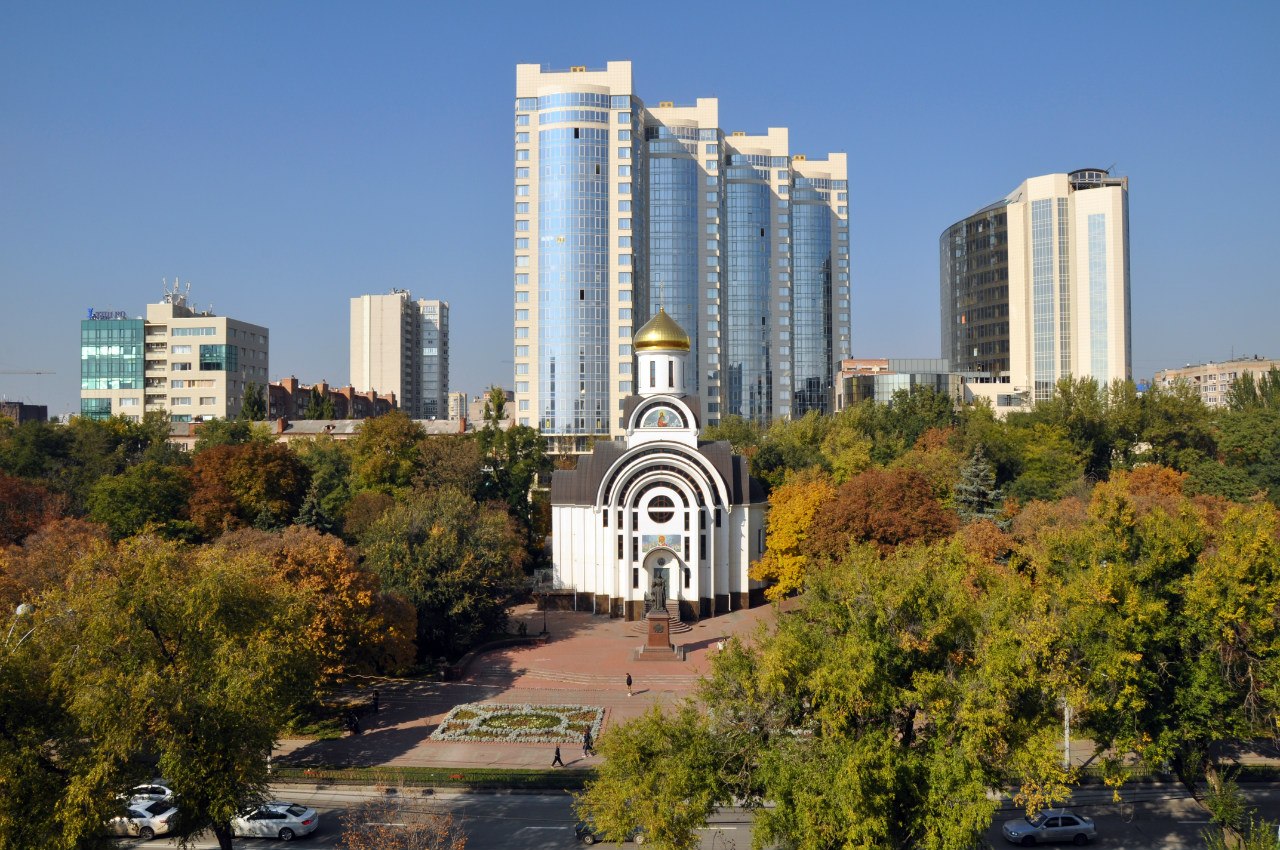
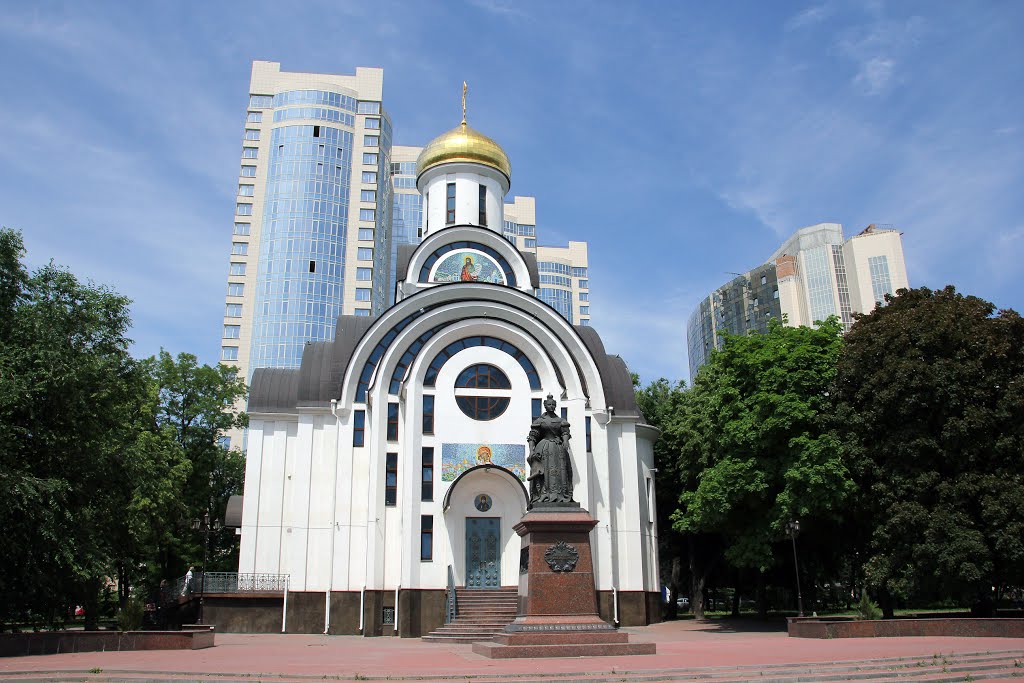
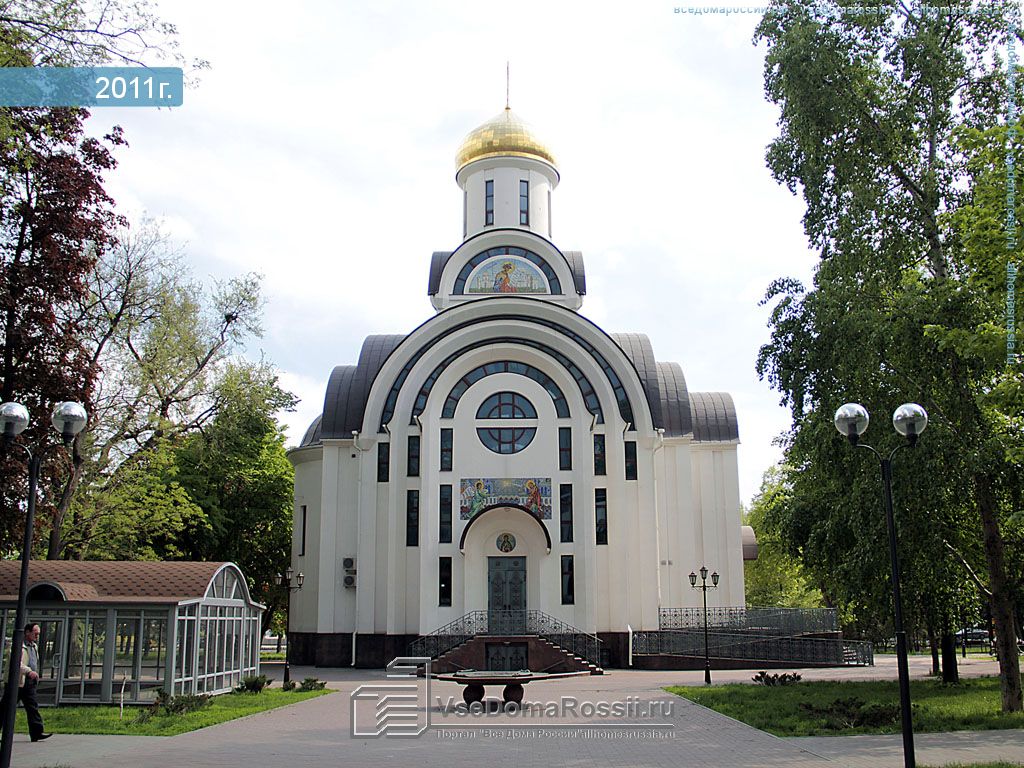
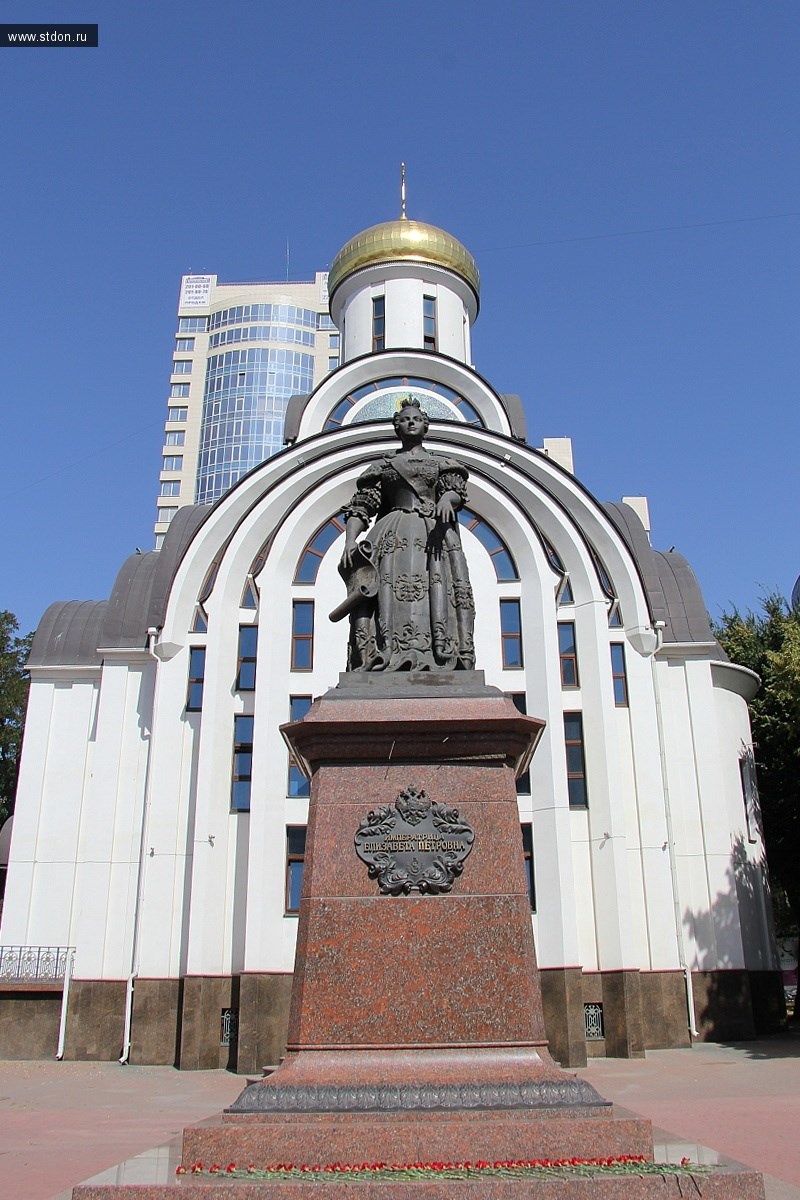
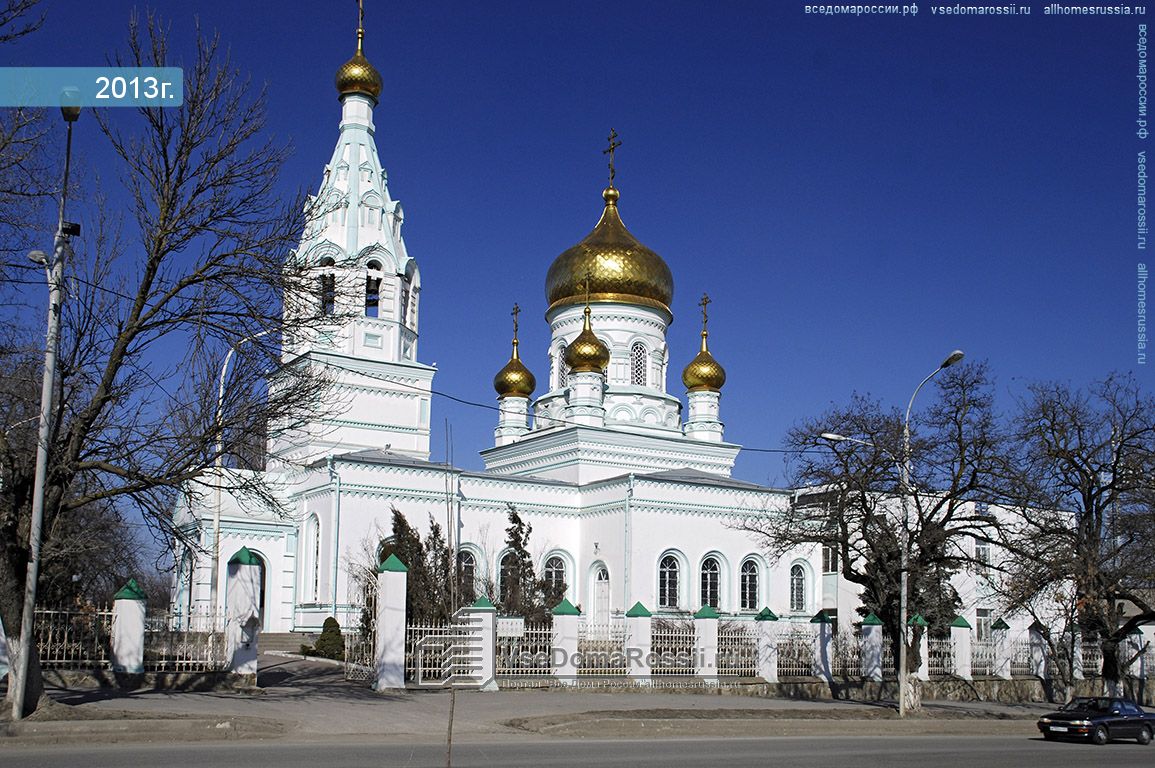
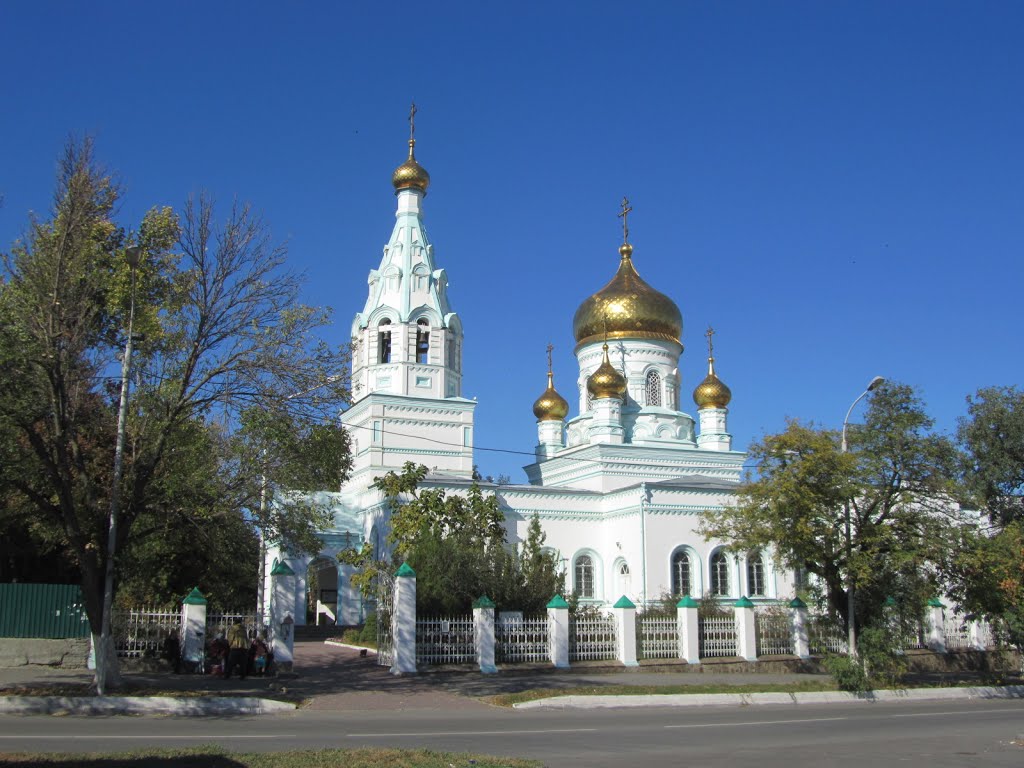
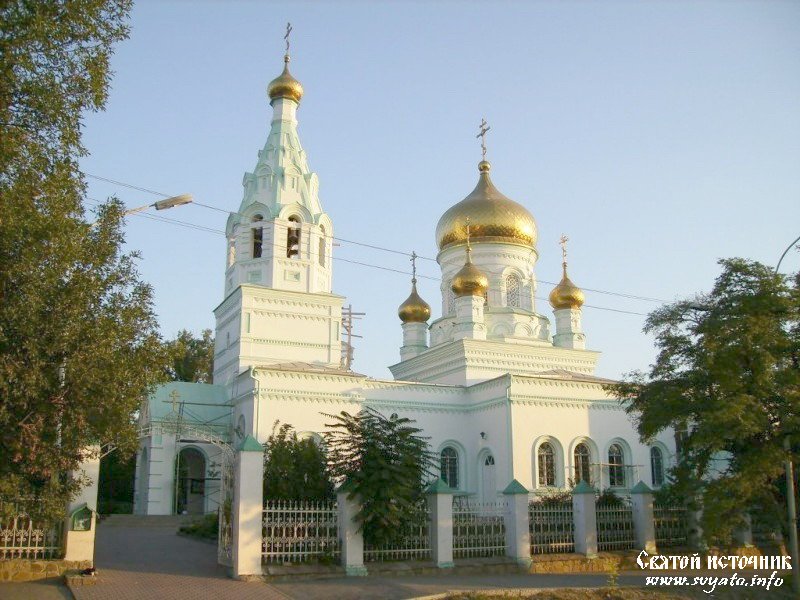
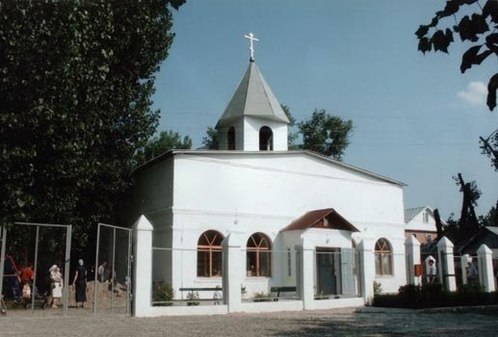
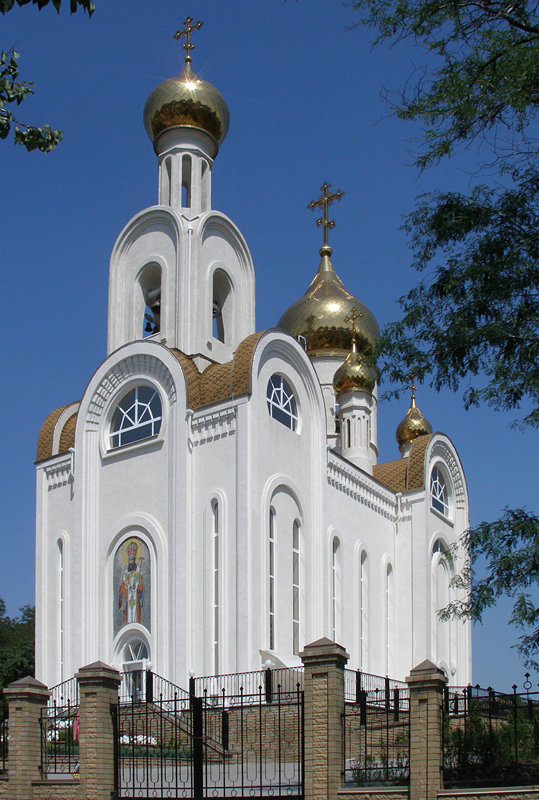
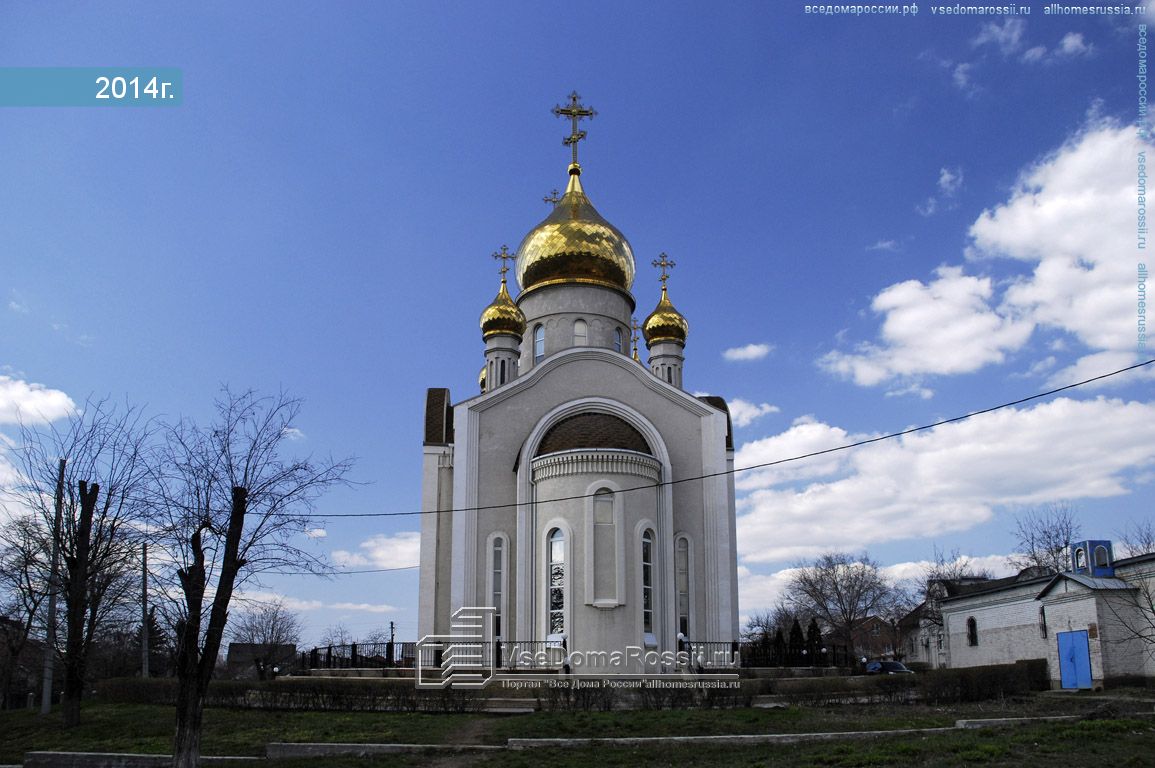
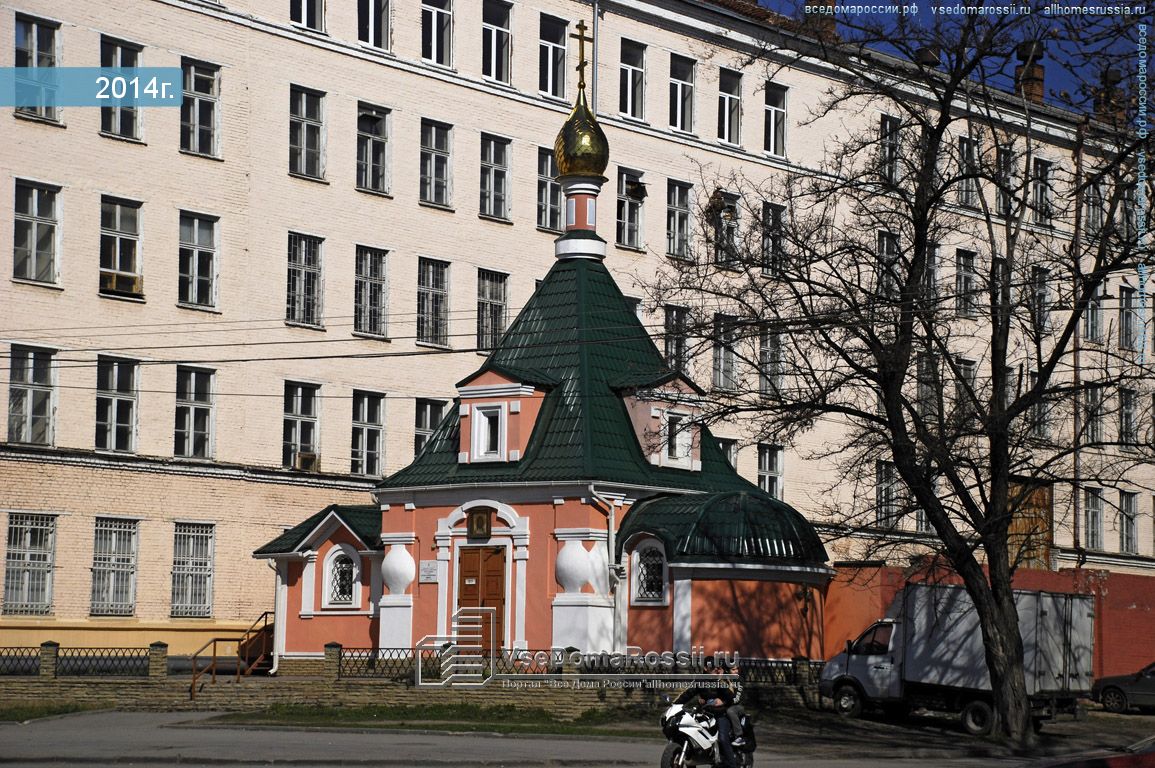
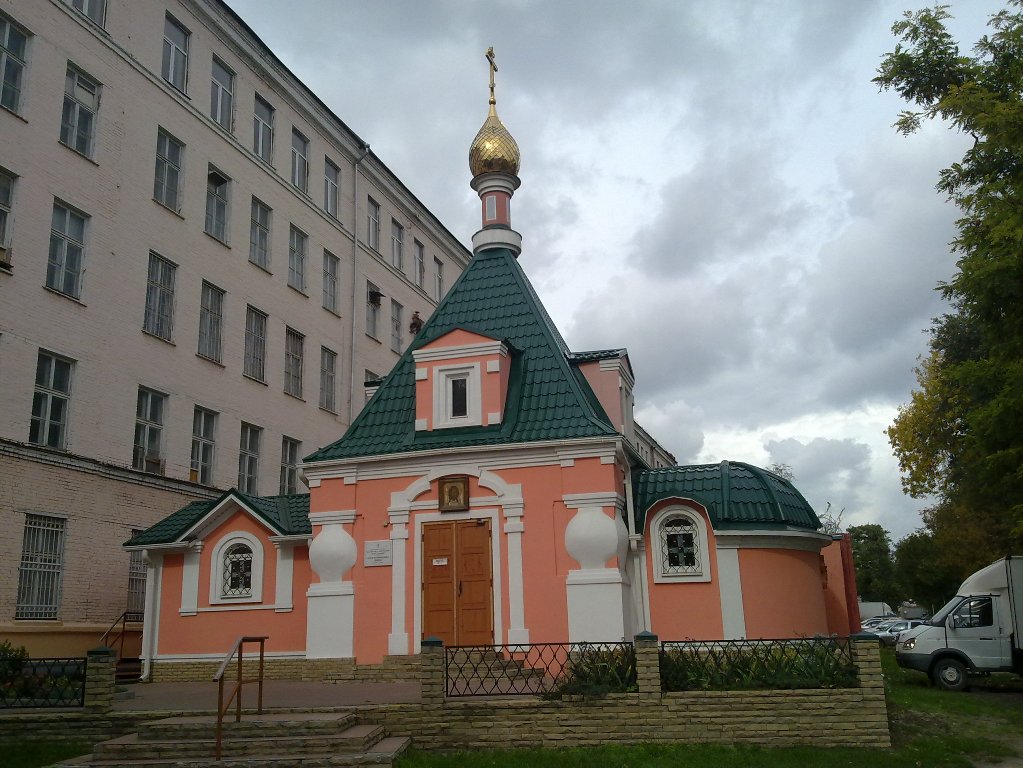
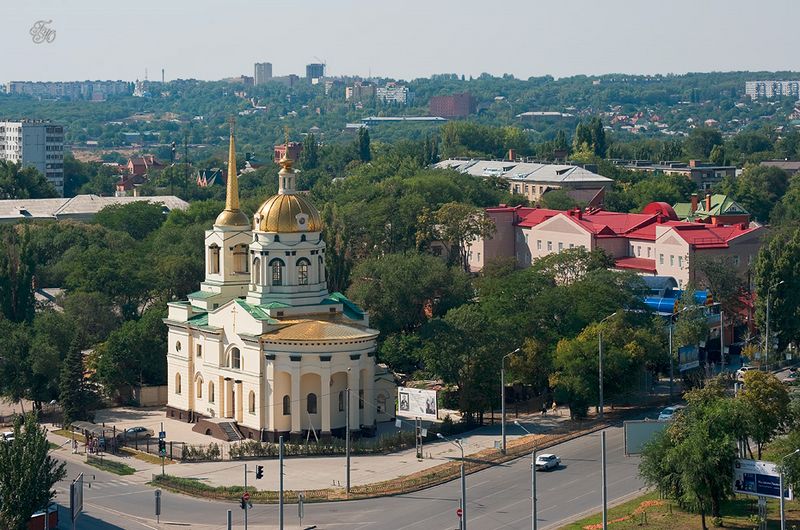
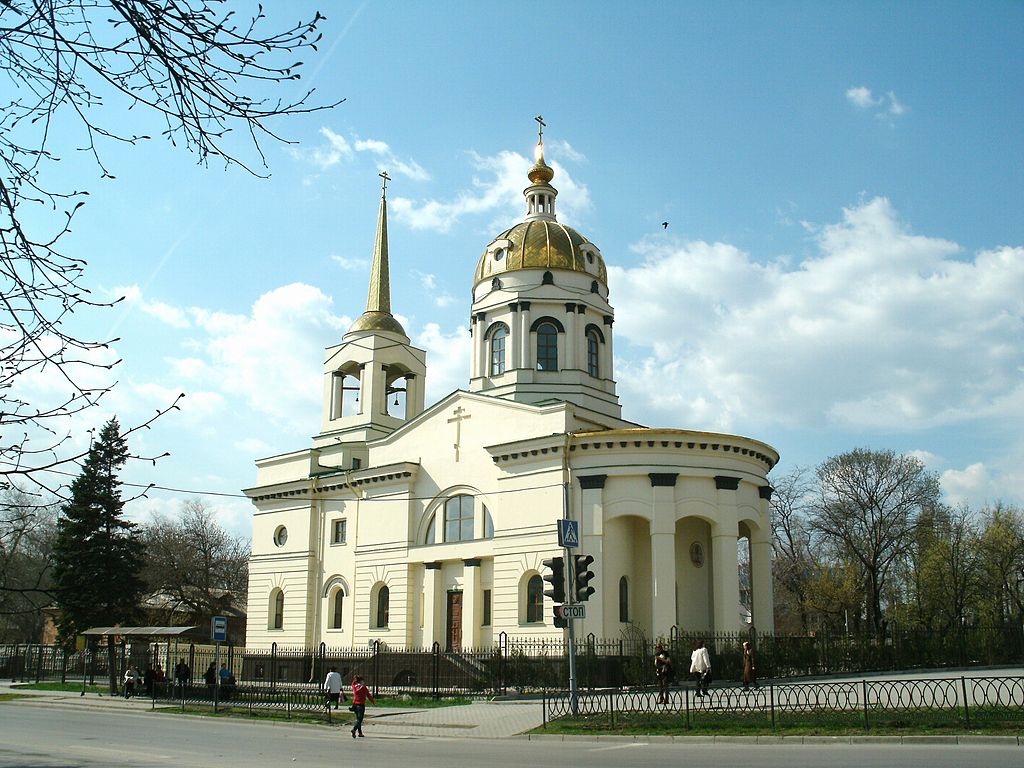
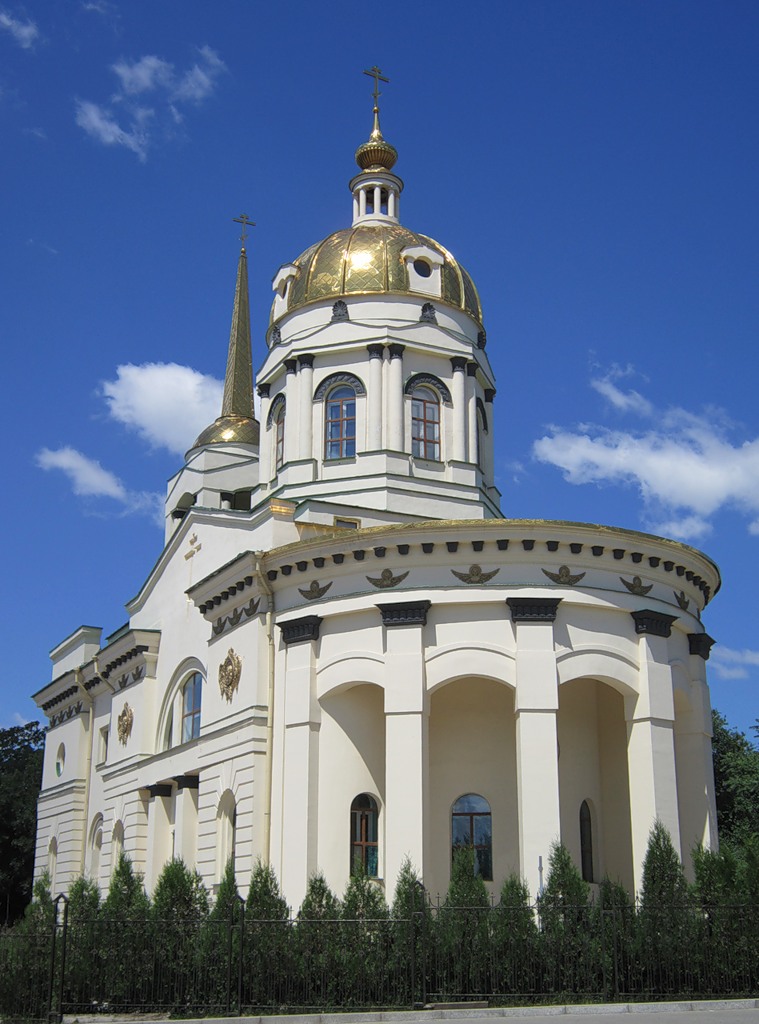
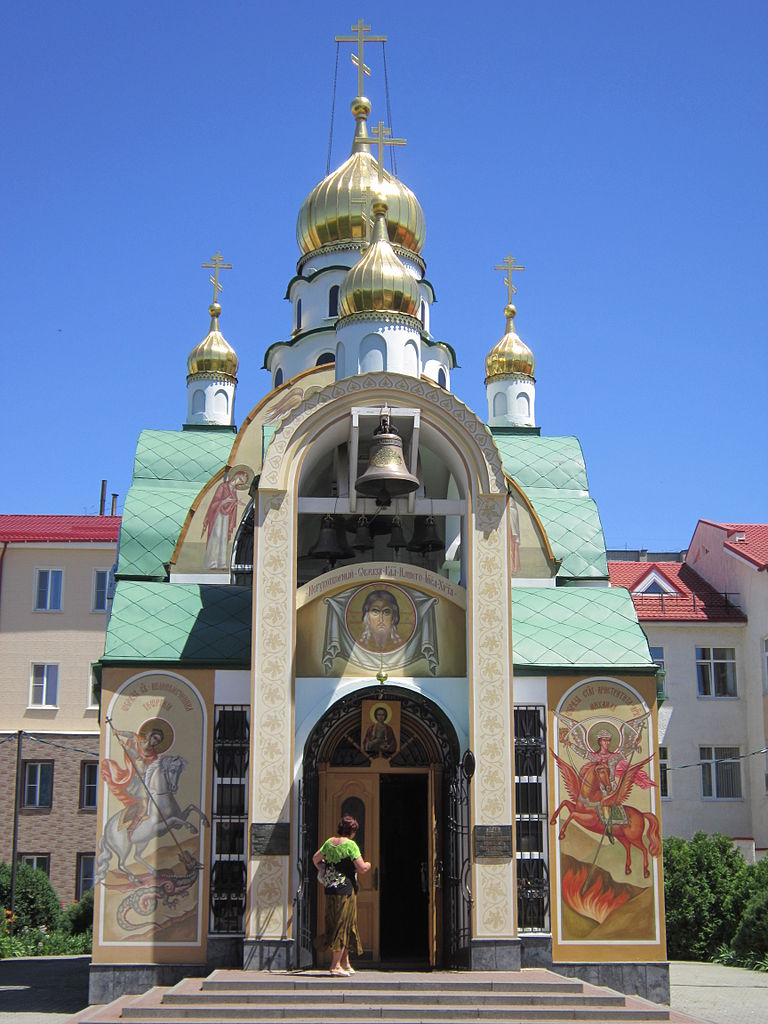
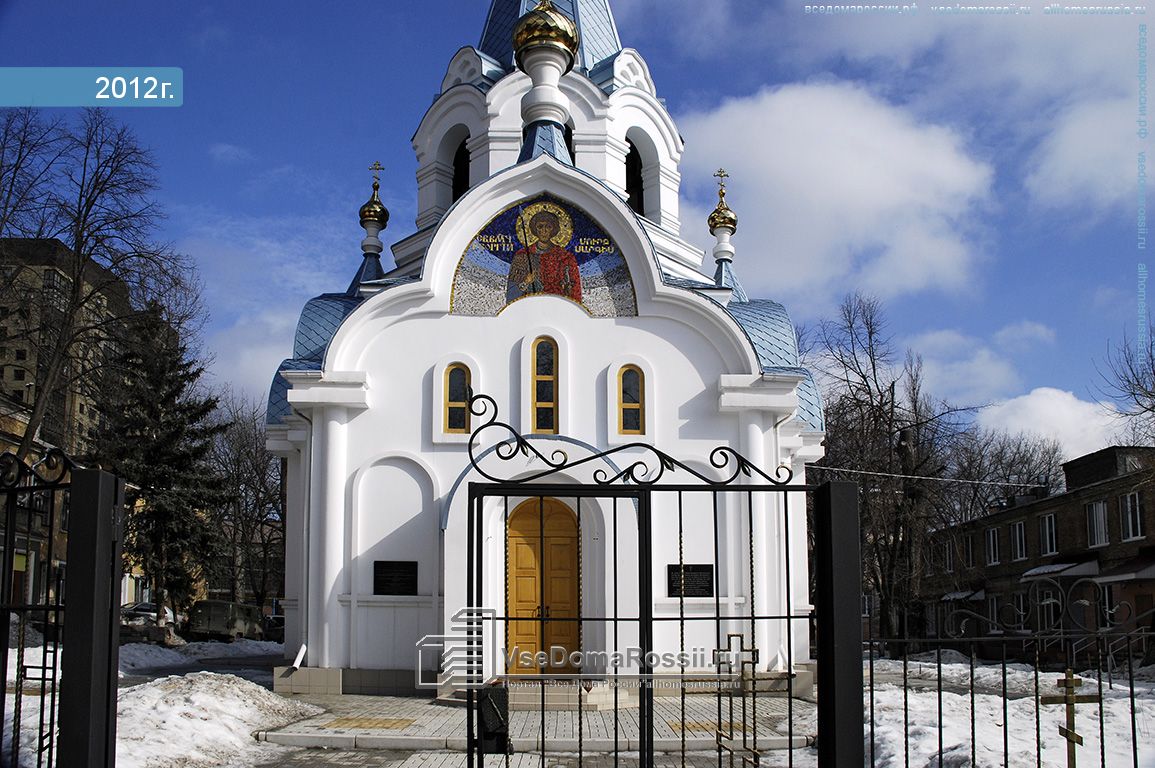
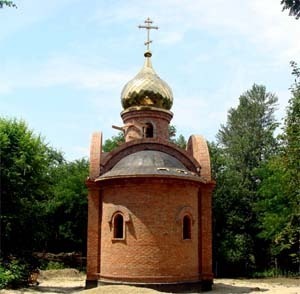
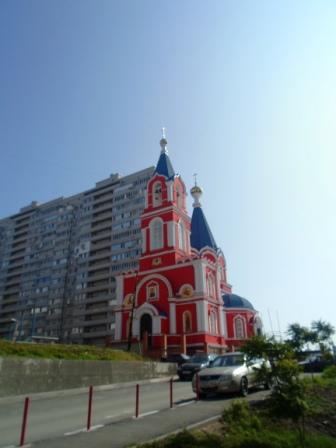
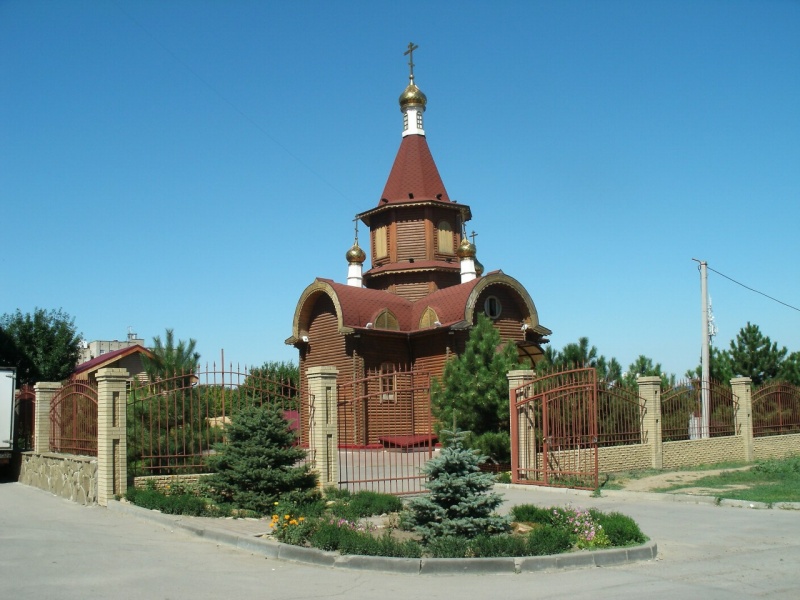
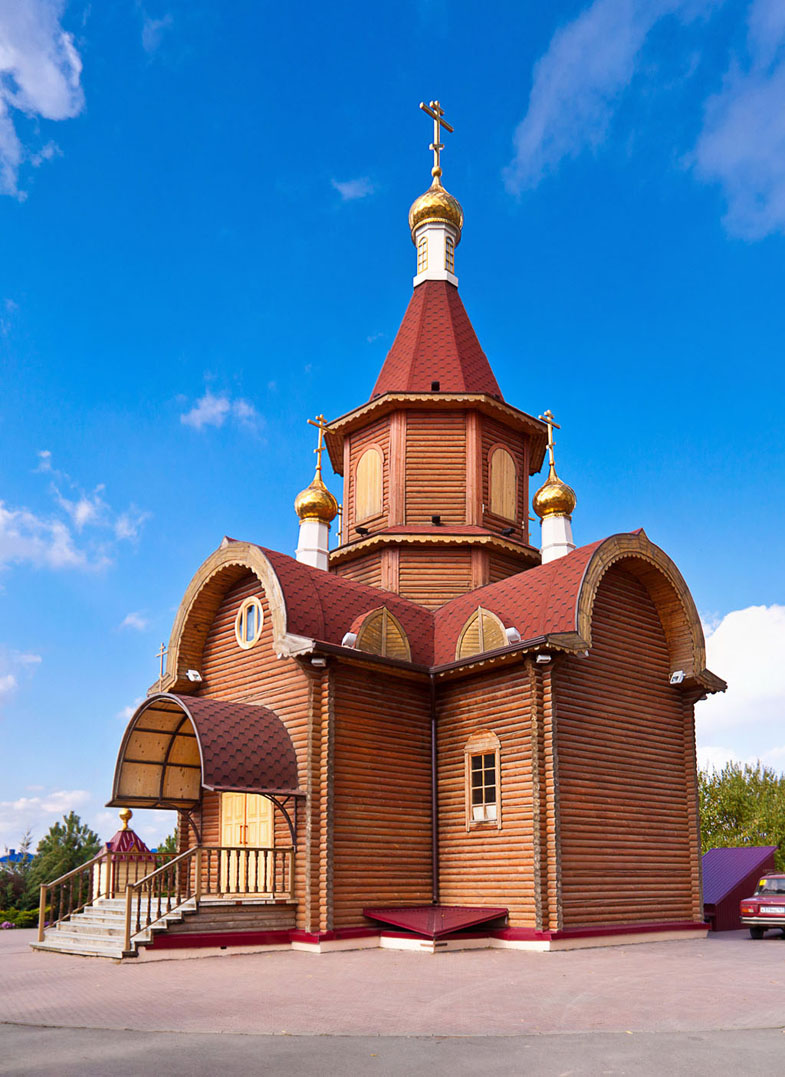
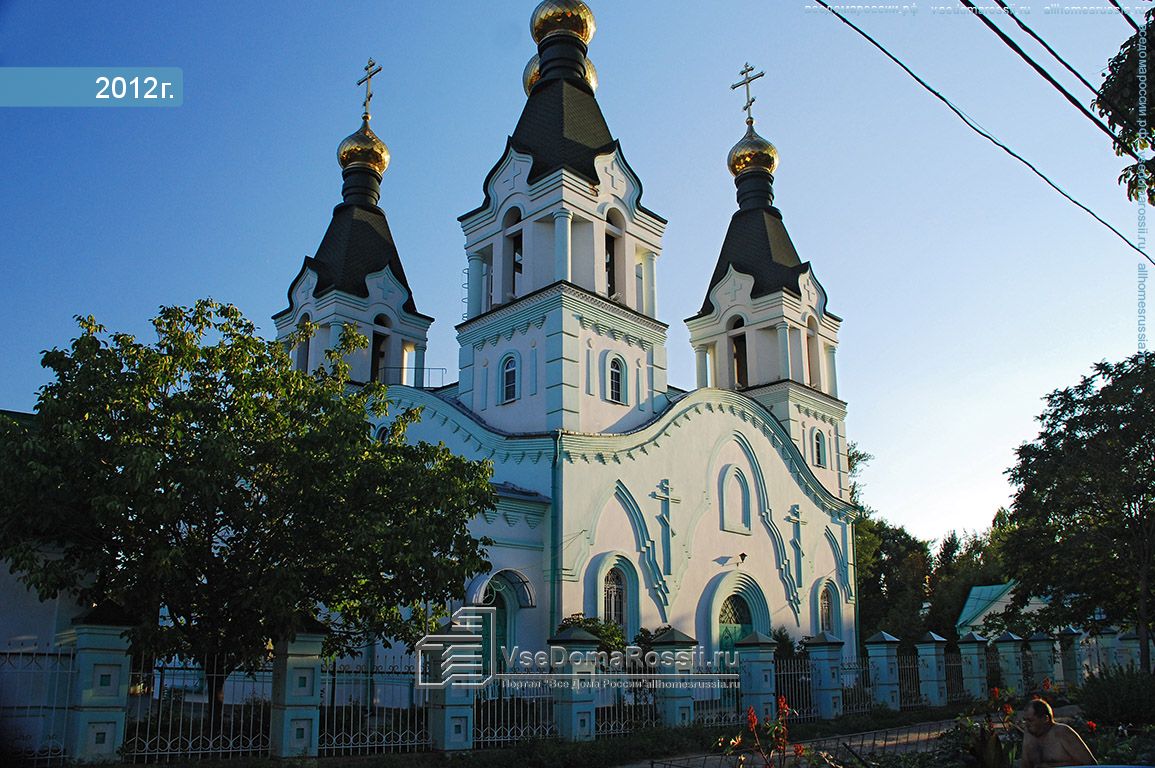
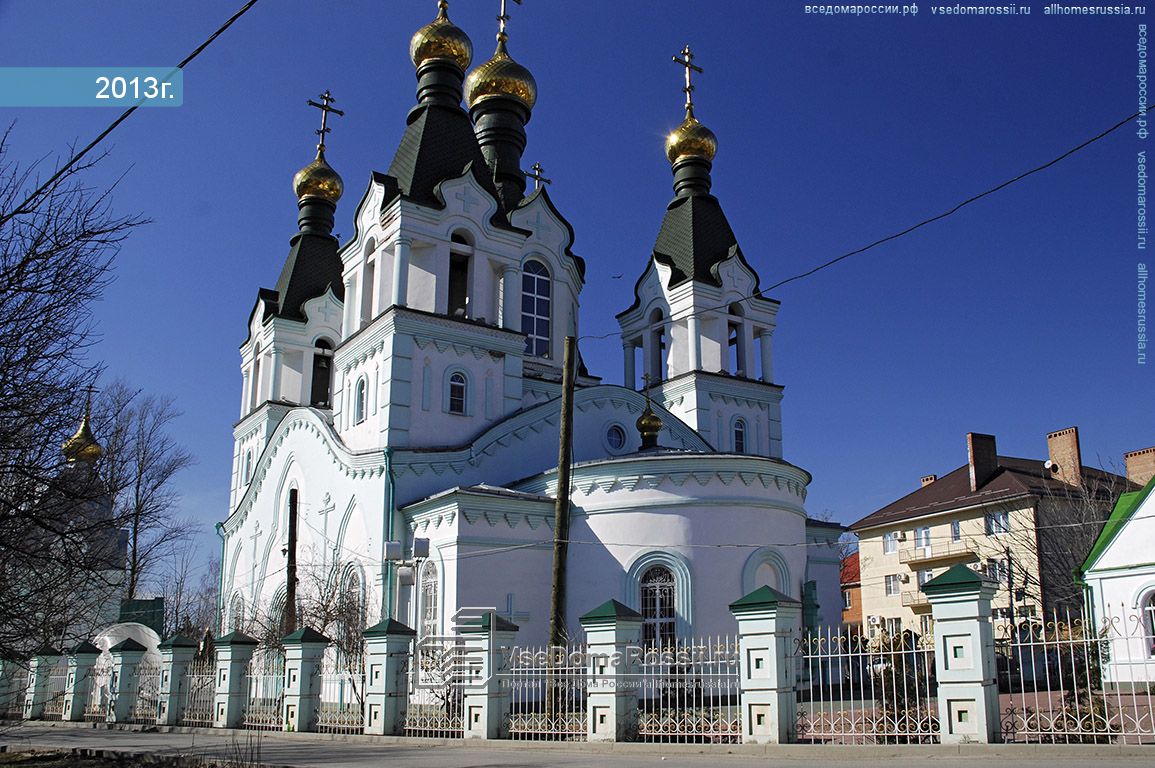
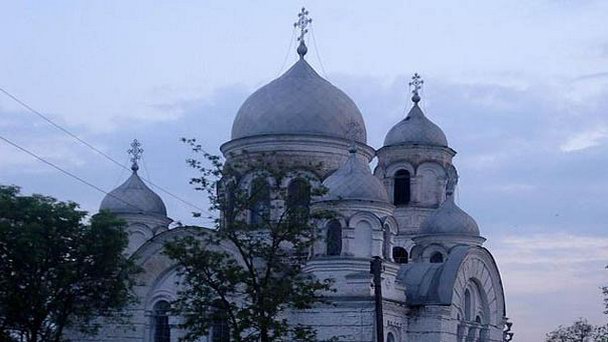
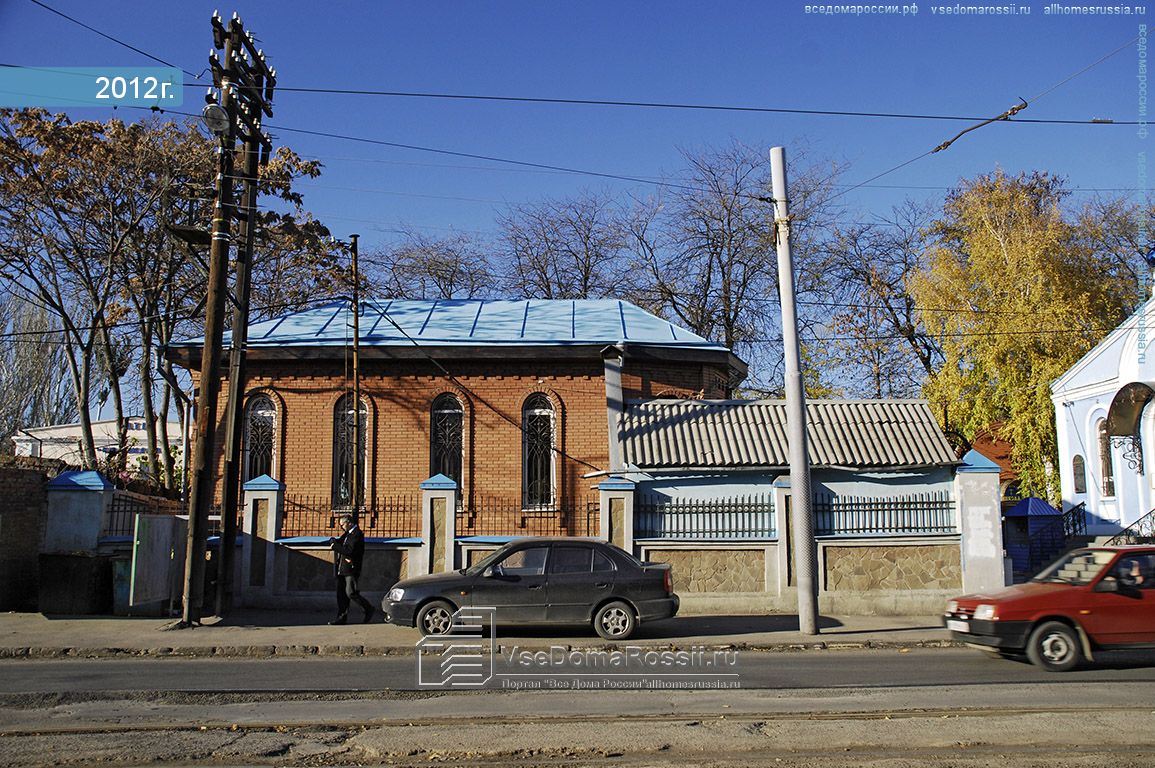
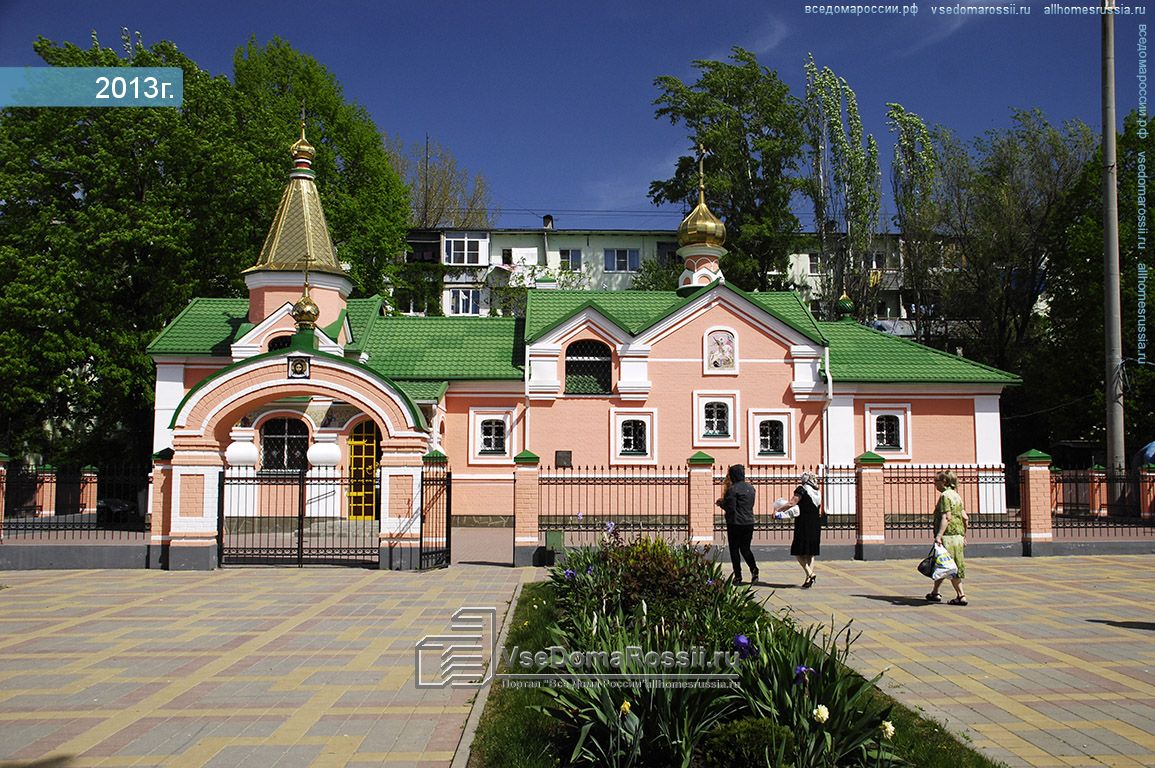
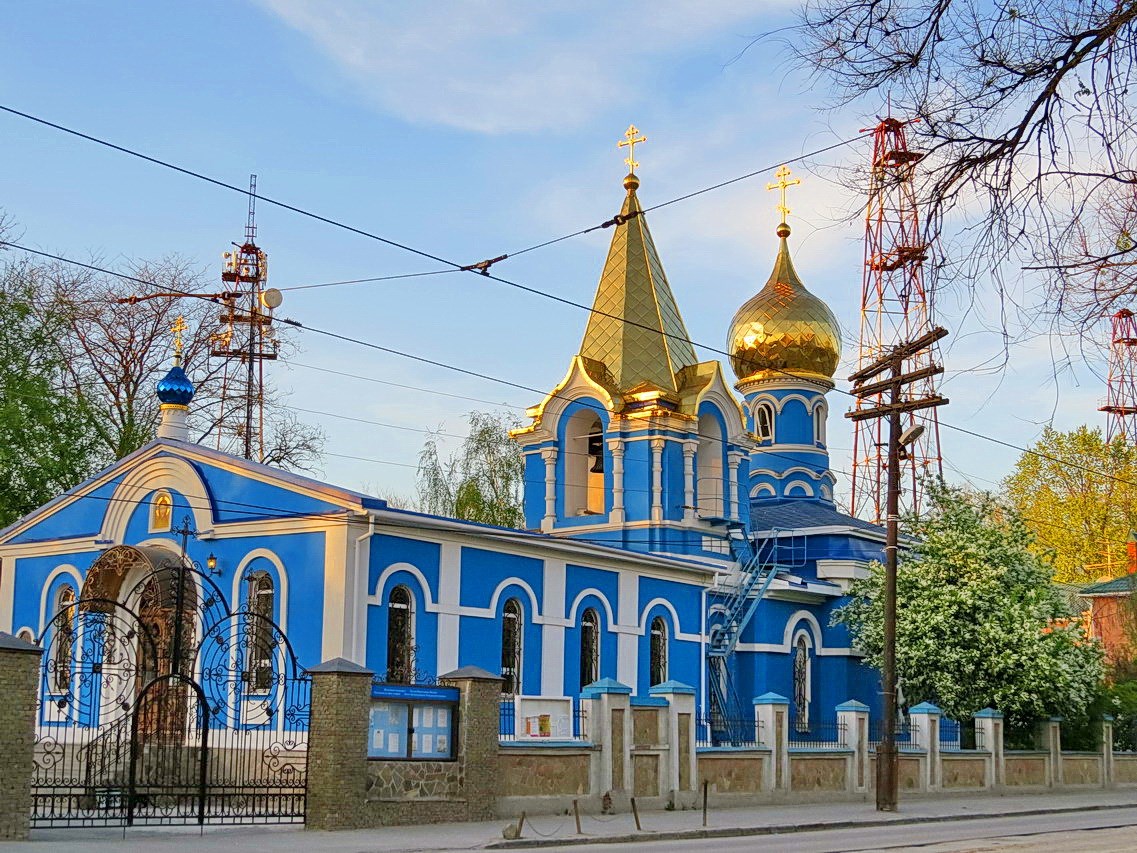
El centro de la ciudad se encuentra a 1.076 kilometros al sureste de Moscú. Es, básicamente, situada al sureste de la llanura de Europa oriental.
La desembocadura del río Don ha sido de gran importancia comercial y cultural desde los tiempos antiguos. Era el sitio de la colonia griega Tanais, de la fortaleza genovesa Tana, y del turco azak fortaleza.
Fue fundada el 15 de diciembre de 1749, como una casa de aduana se creó en el río Temernik (un afluente del Don) para controlar el comercio con Turquía. La casa fue construida a medida de acuerdo con el edicto de la emperatriz Isabel, hija de Pedro el Grande.
No muy lejos de la aduana creció la fortaleza. Fue nombrado después de Rusia metropolitana, San Dimitry de Rostov, un obispo recién glorificado del antiguo pueblo del norte de Rostov el Grande. Más tarde el nombre fue cambiado a Rostov (en 1806) y luego a Rostov-on-Don.
Como Azov disminuyó gradualmente, un asentamiento cerca de la nueva fortaleza le ha sustituido en importancia como principal centro comercial de la región. En 1796 este asentamiento recibió los derechos de la ciudad y pasó a denominarse Rostov-on-Don, con el fin de distinguirlo de su homónimo antiguo.
http://www.absolutrusia.com/ciudades-de-rusia-rostov-on-don/
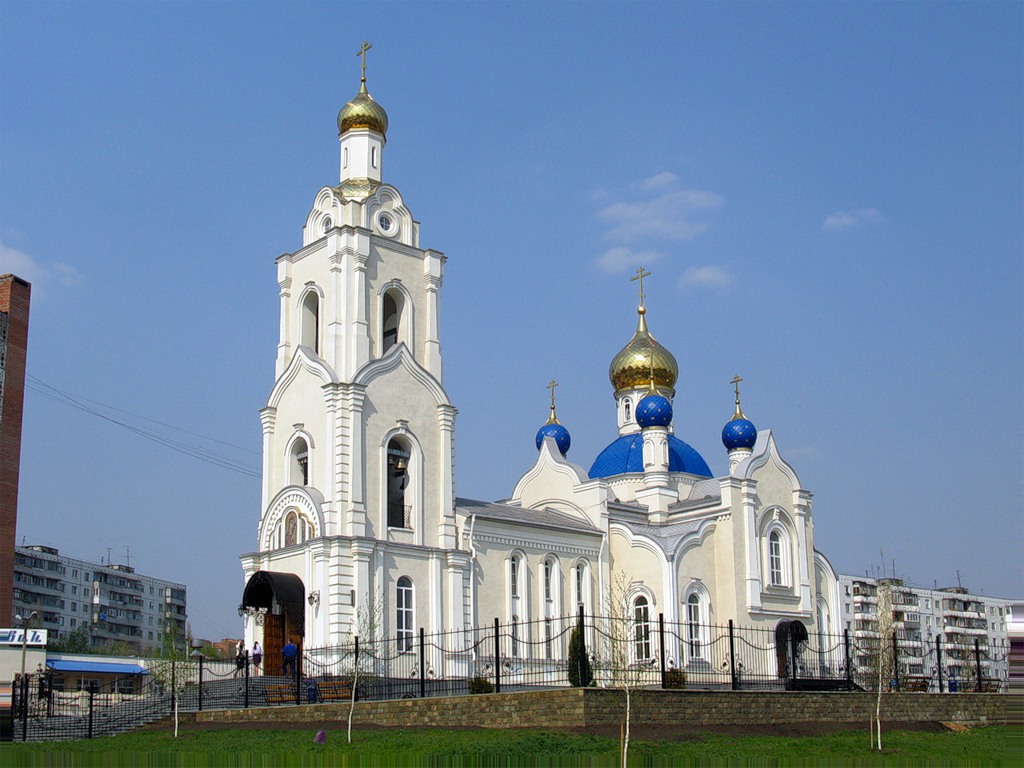
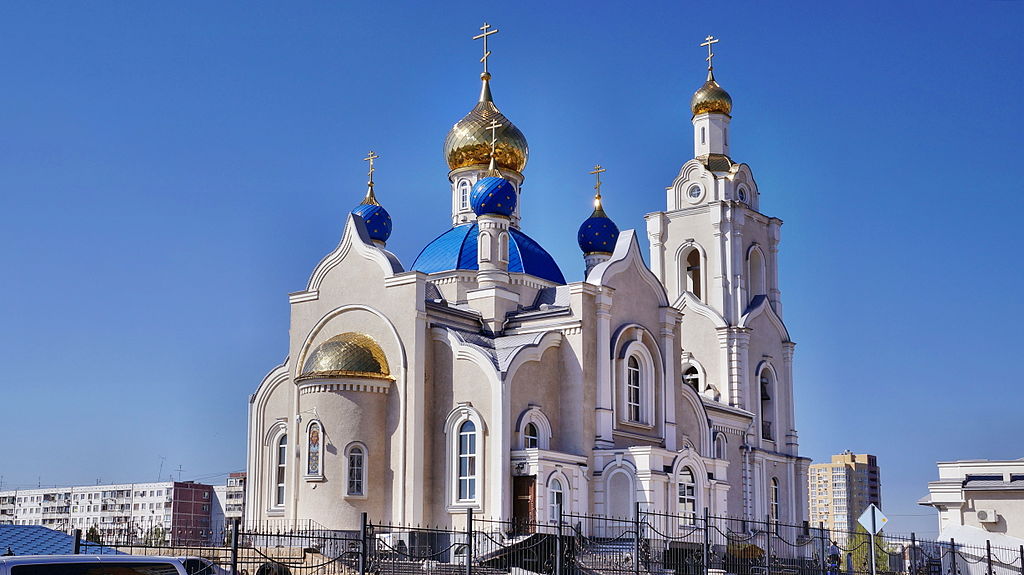
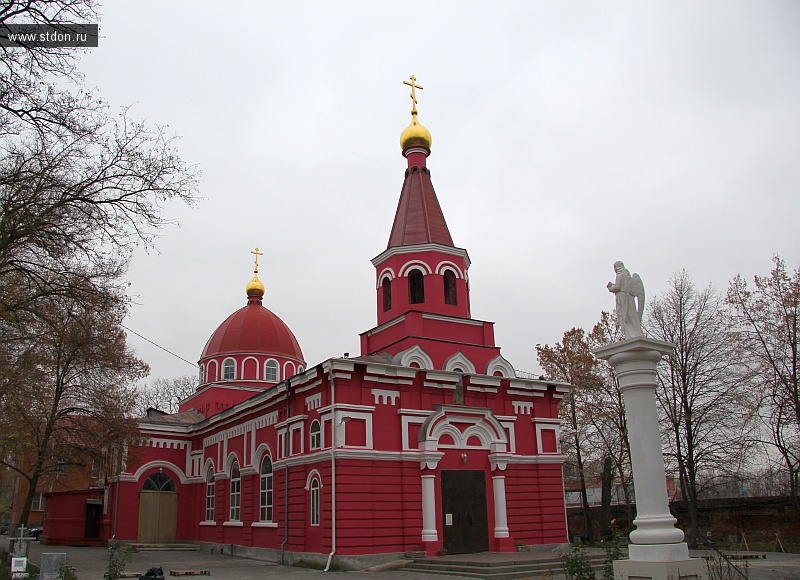
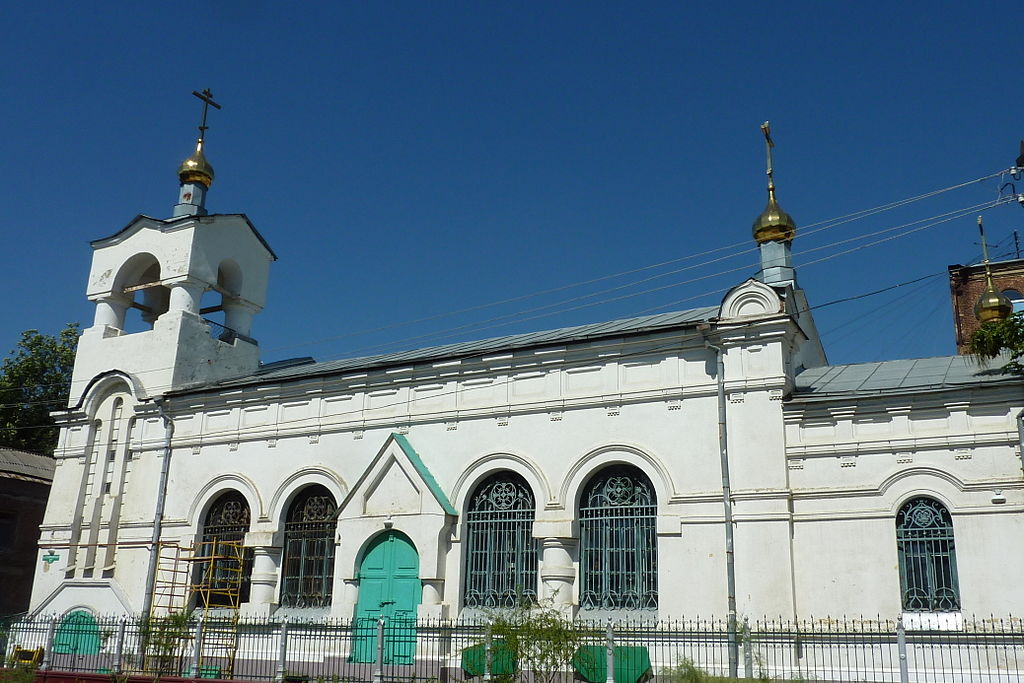
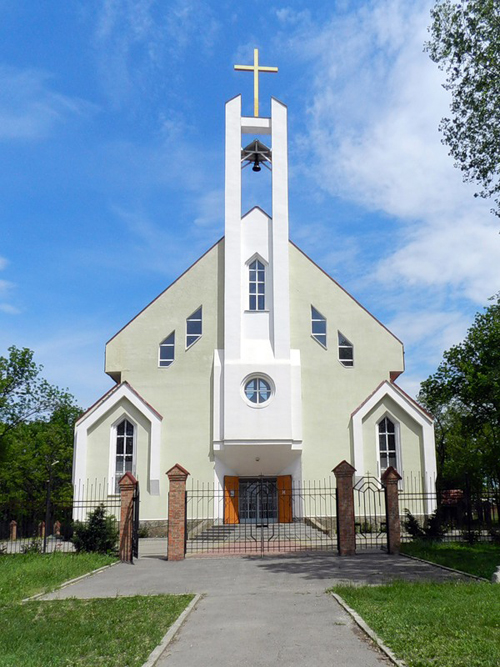
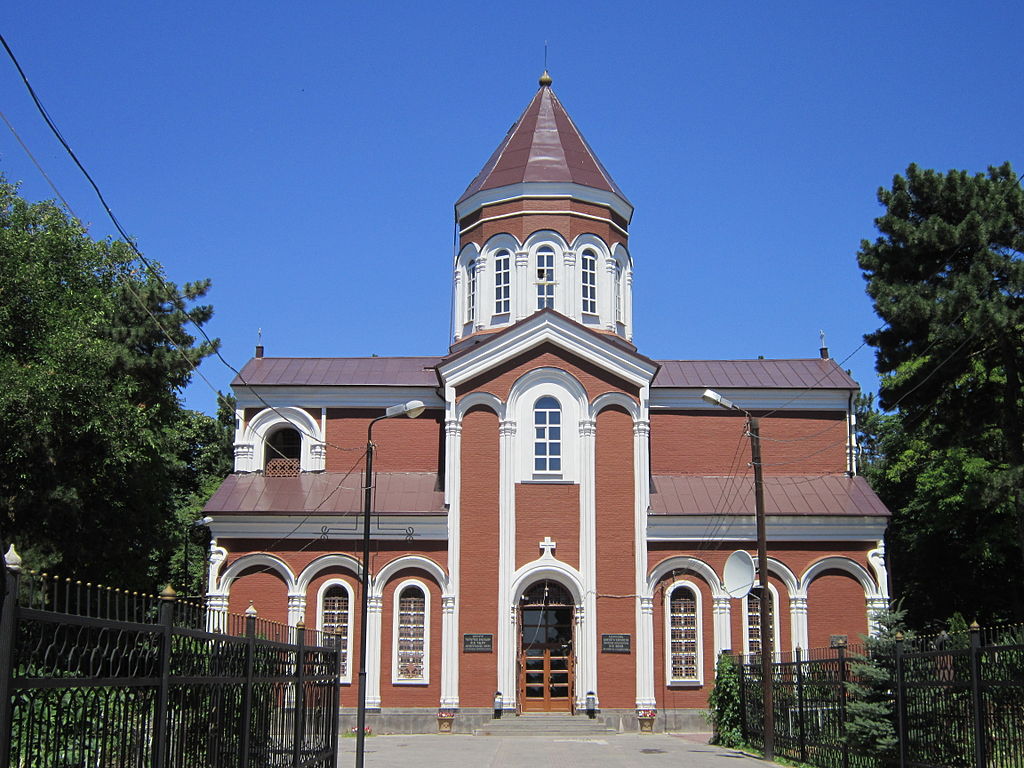
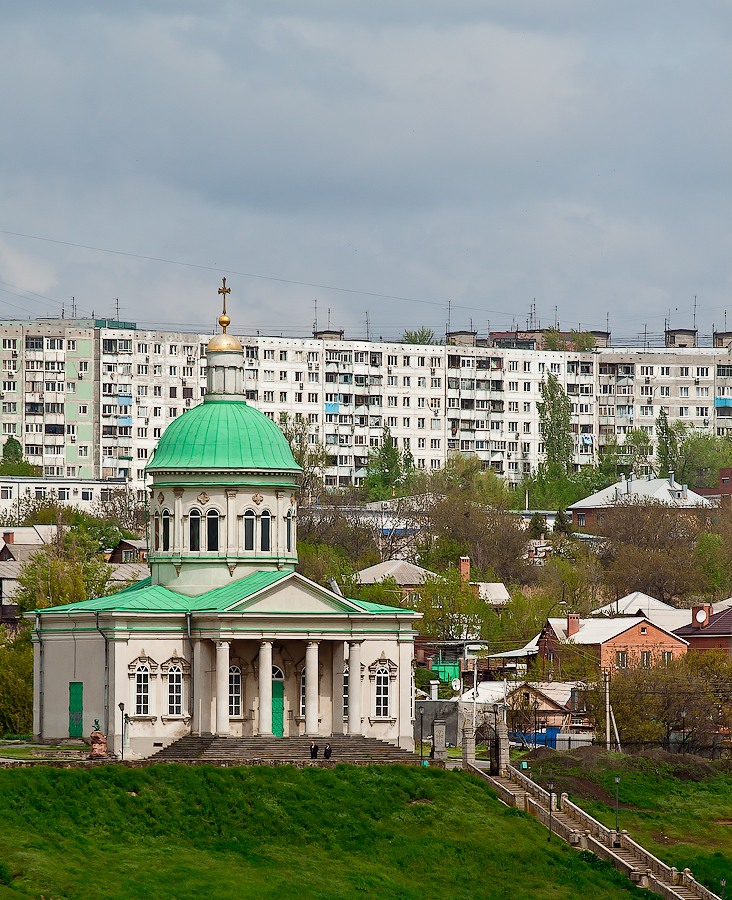
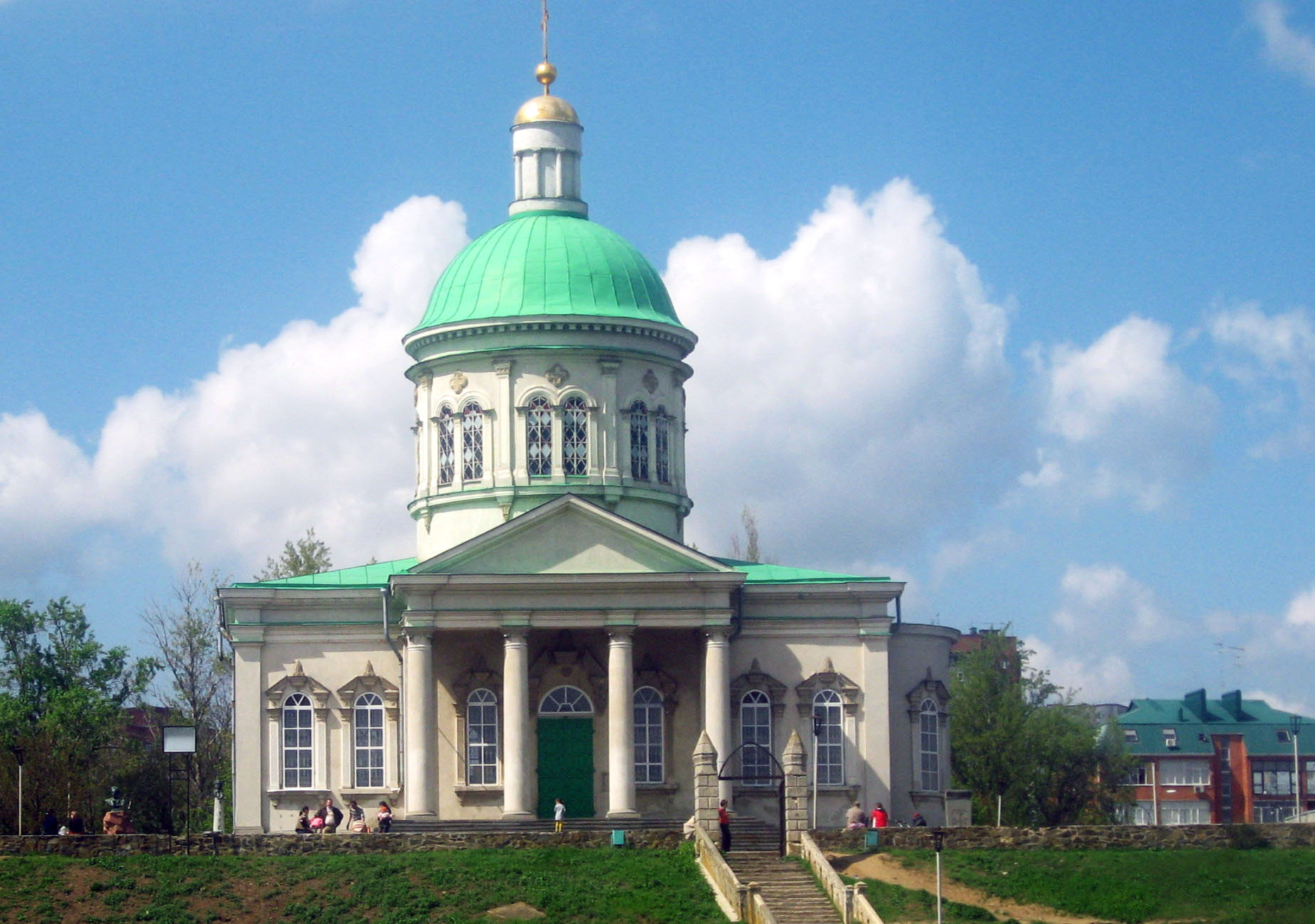
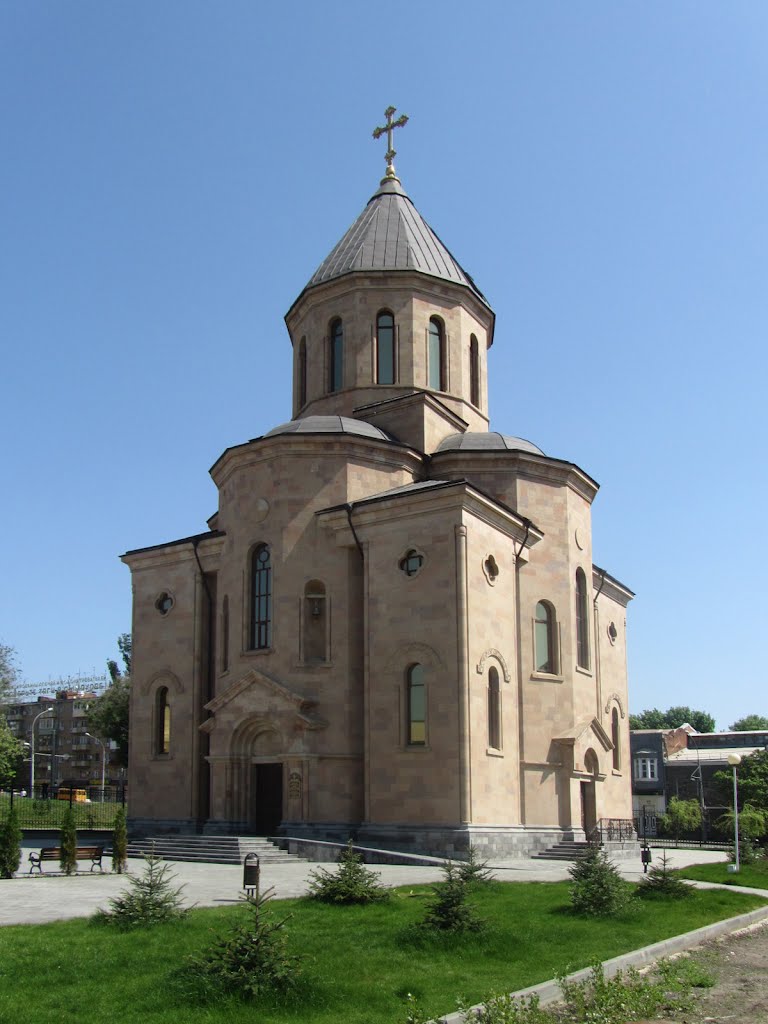
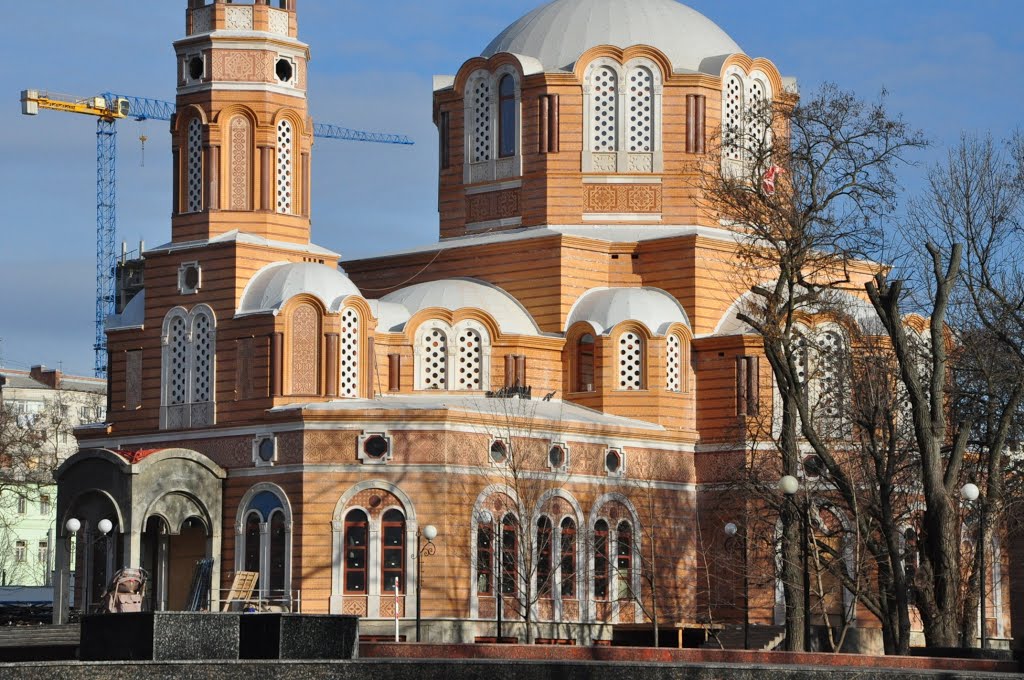
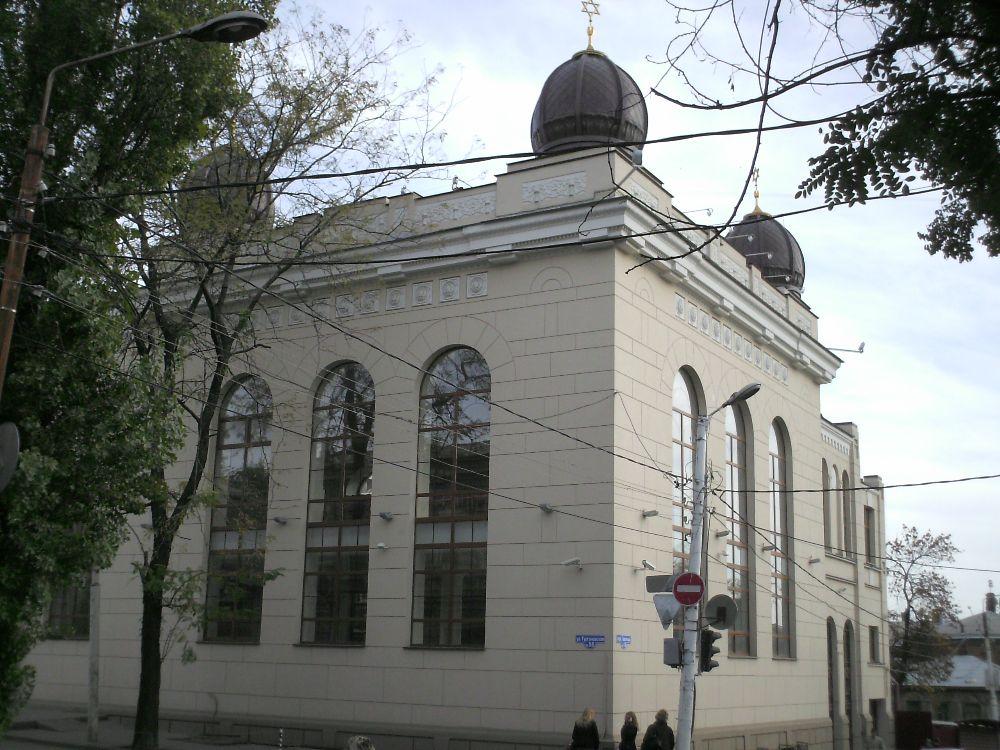
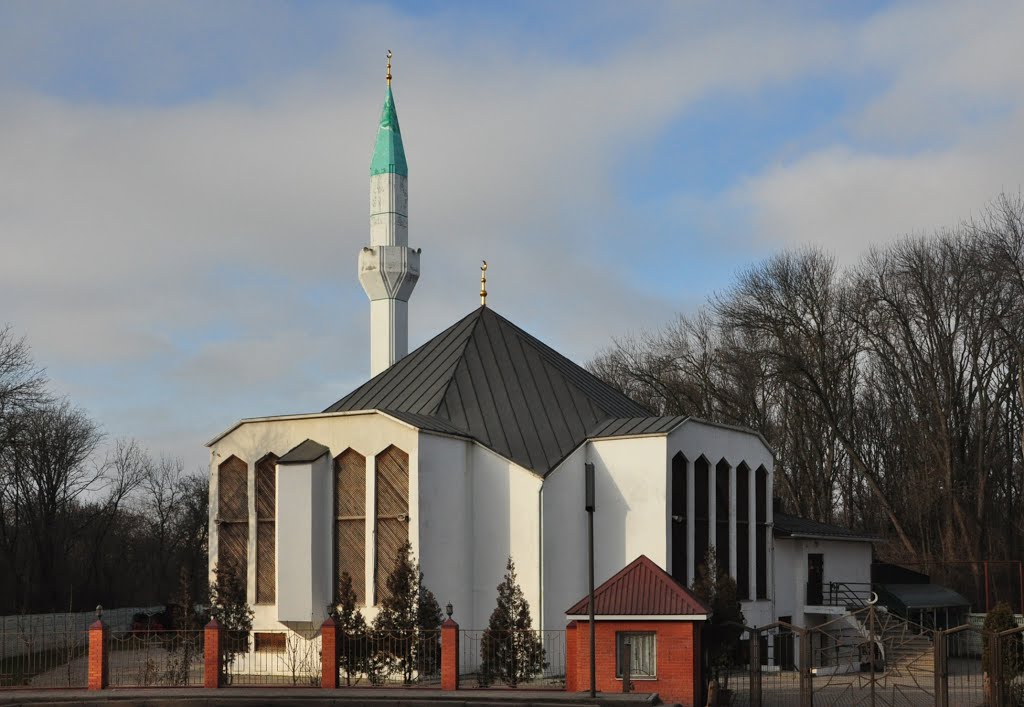
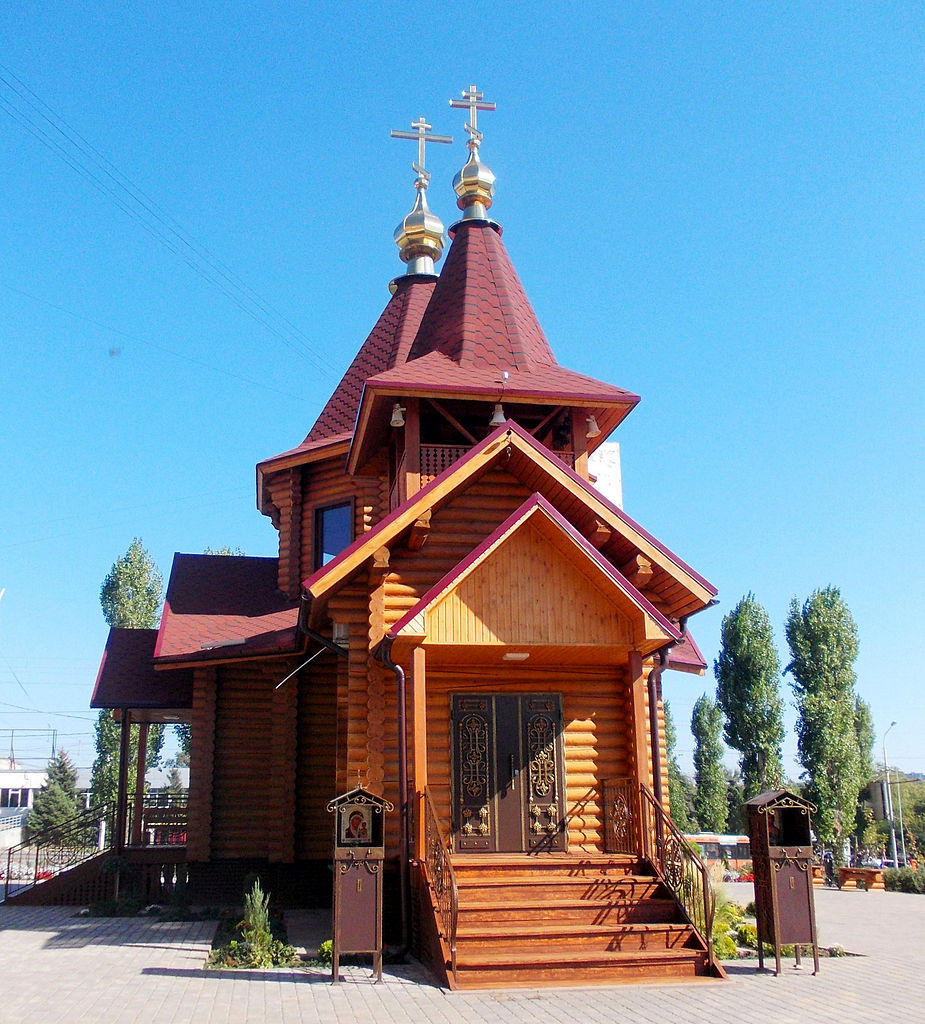
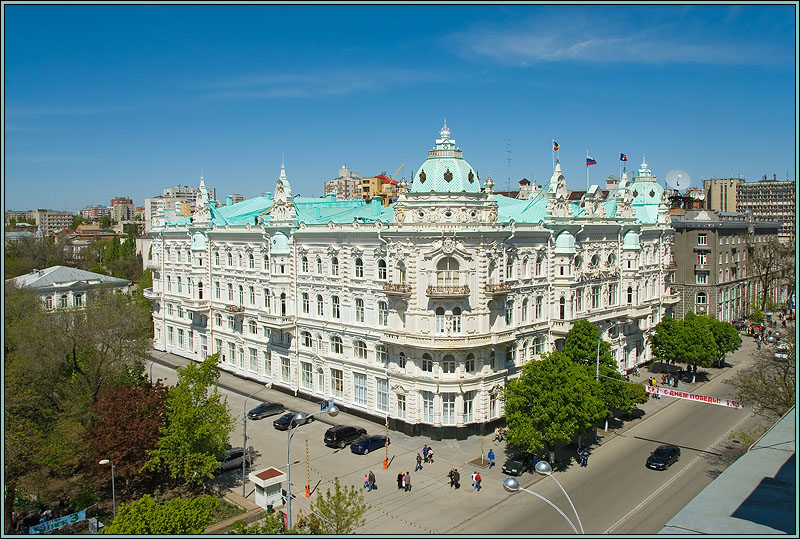
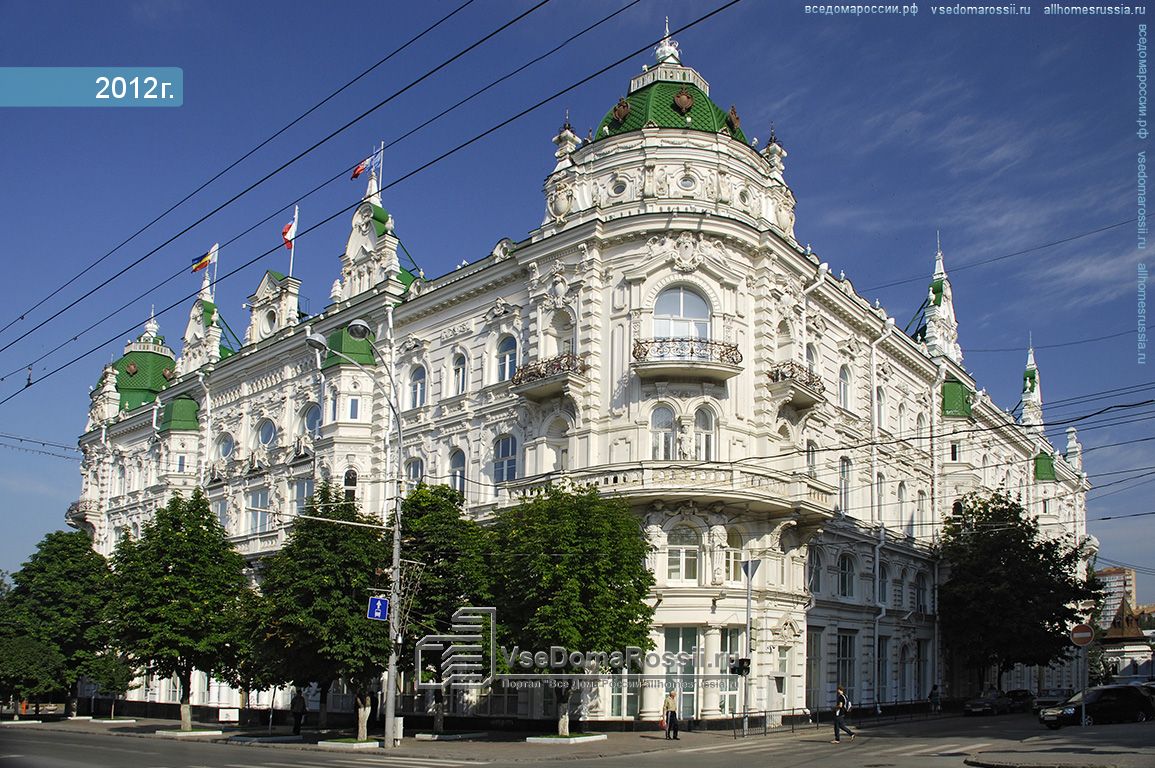
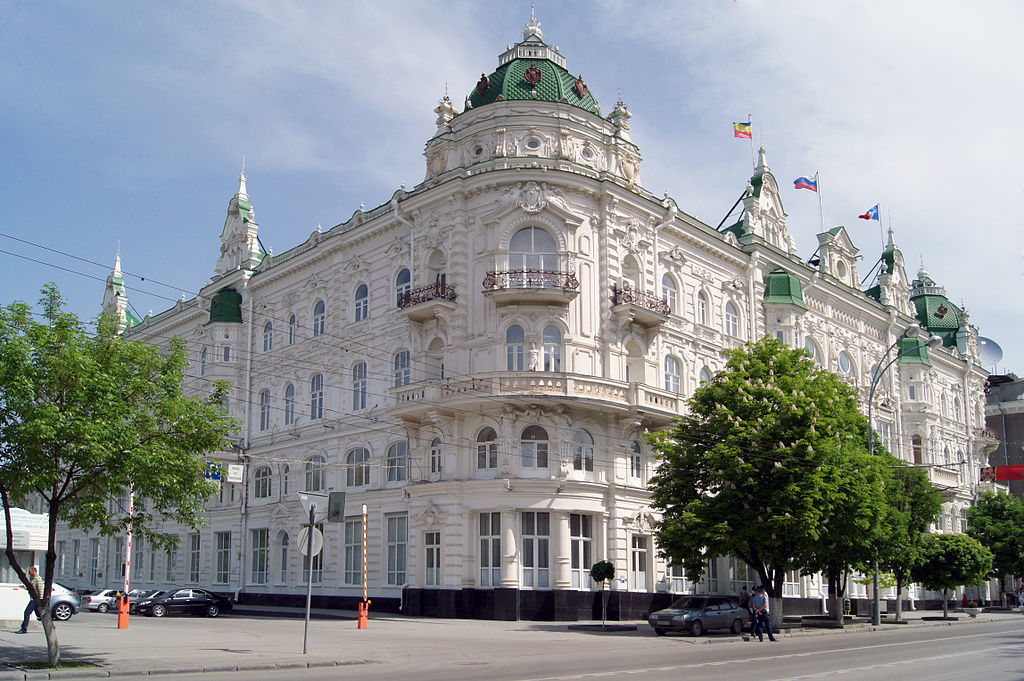
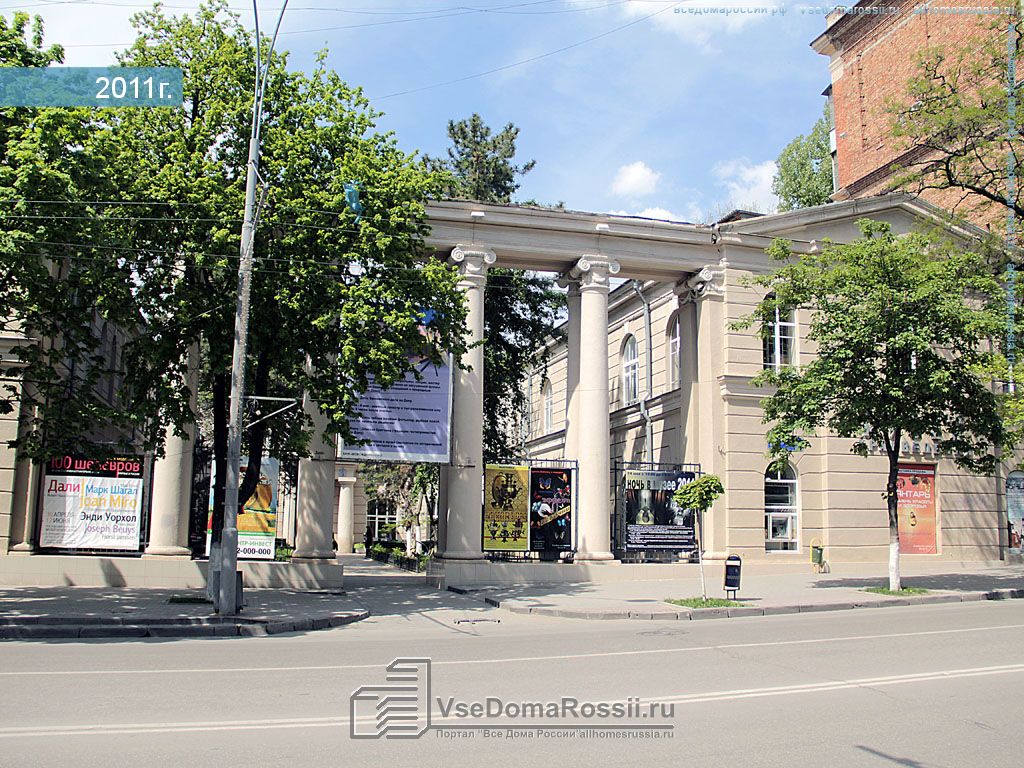
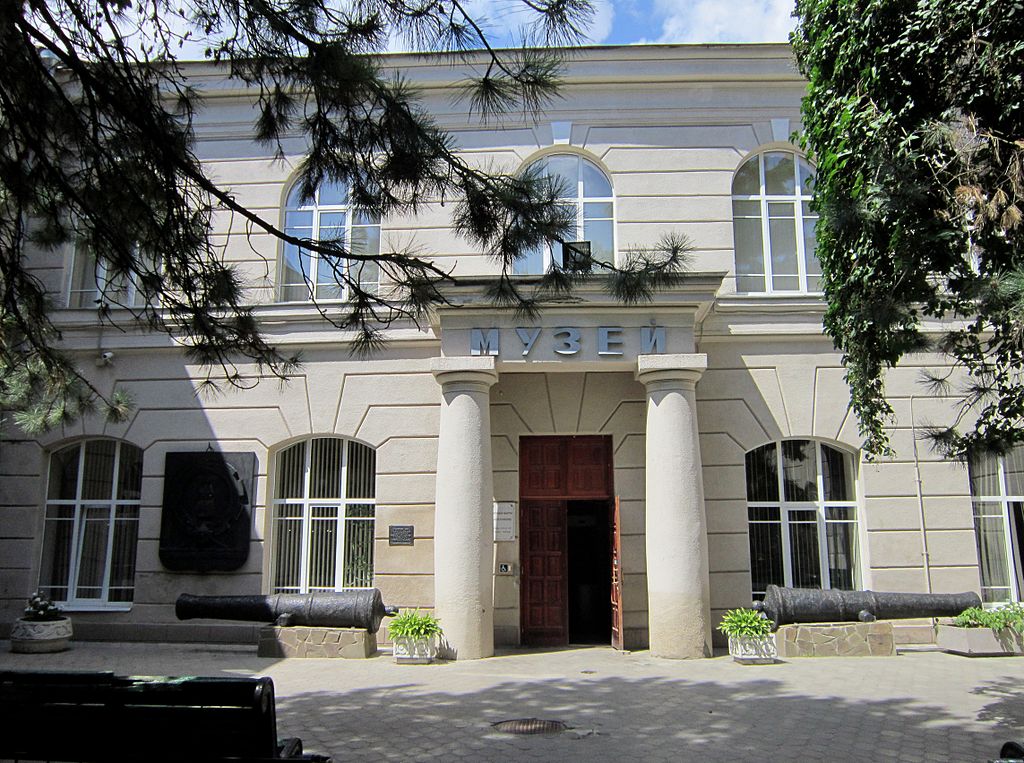
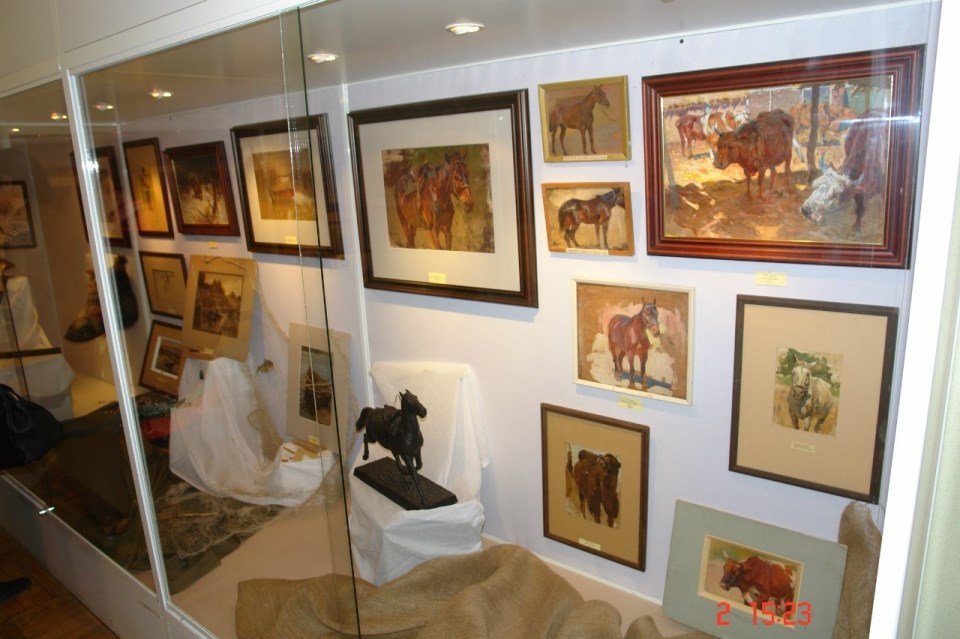
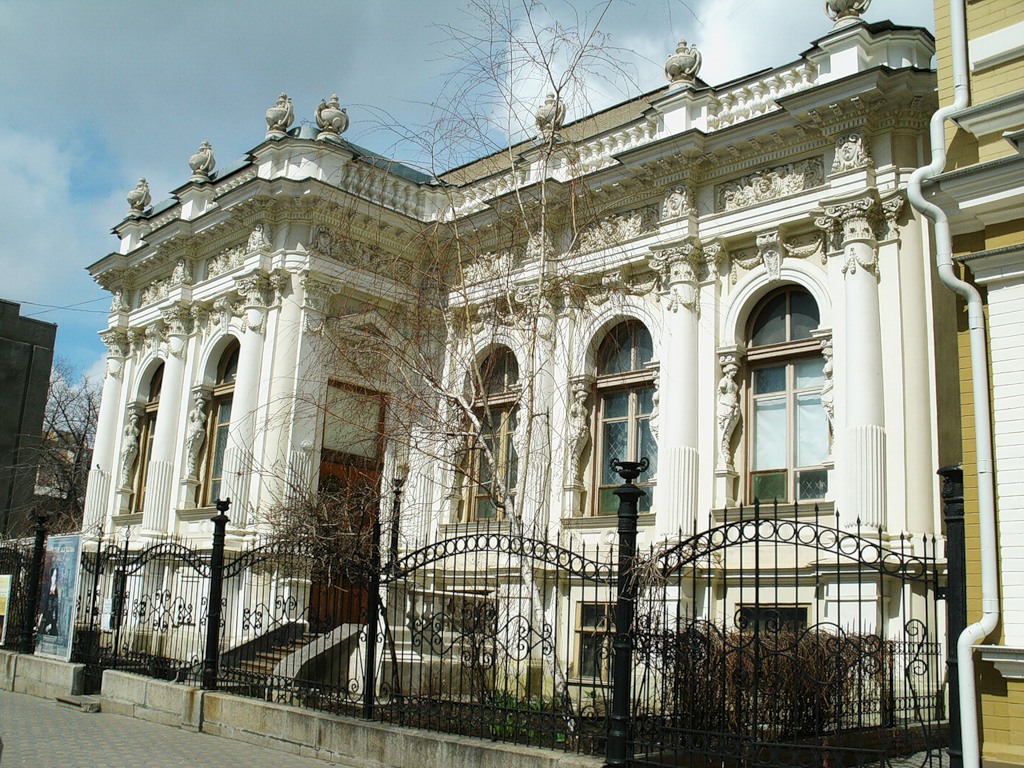
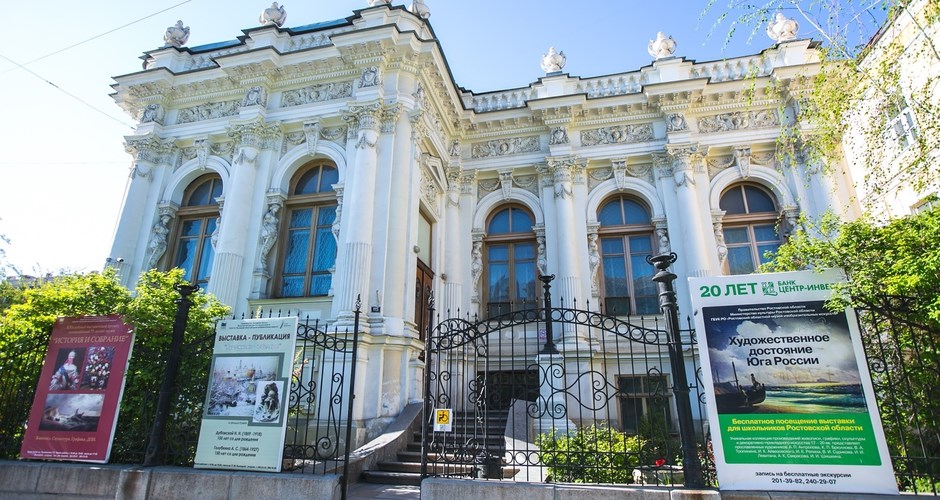
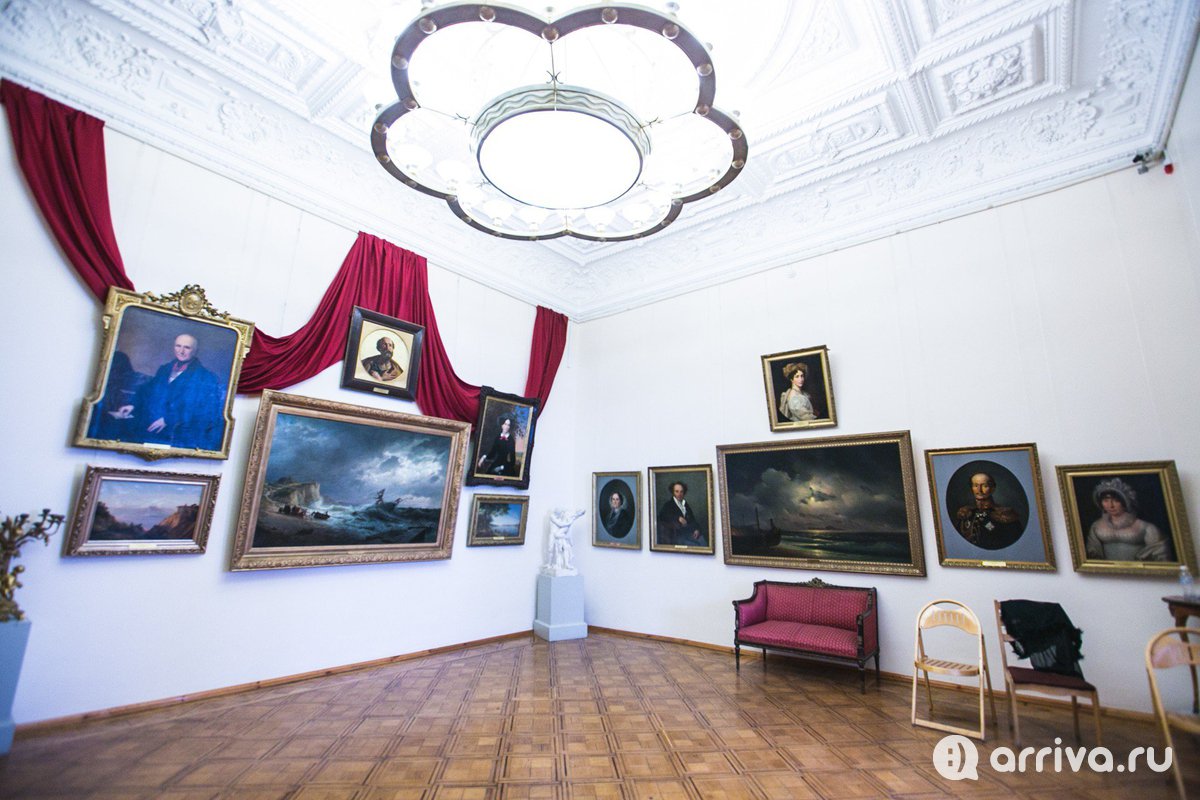
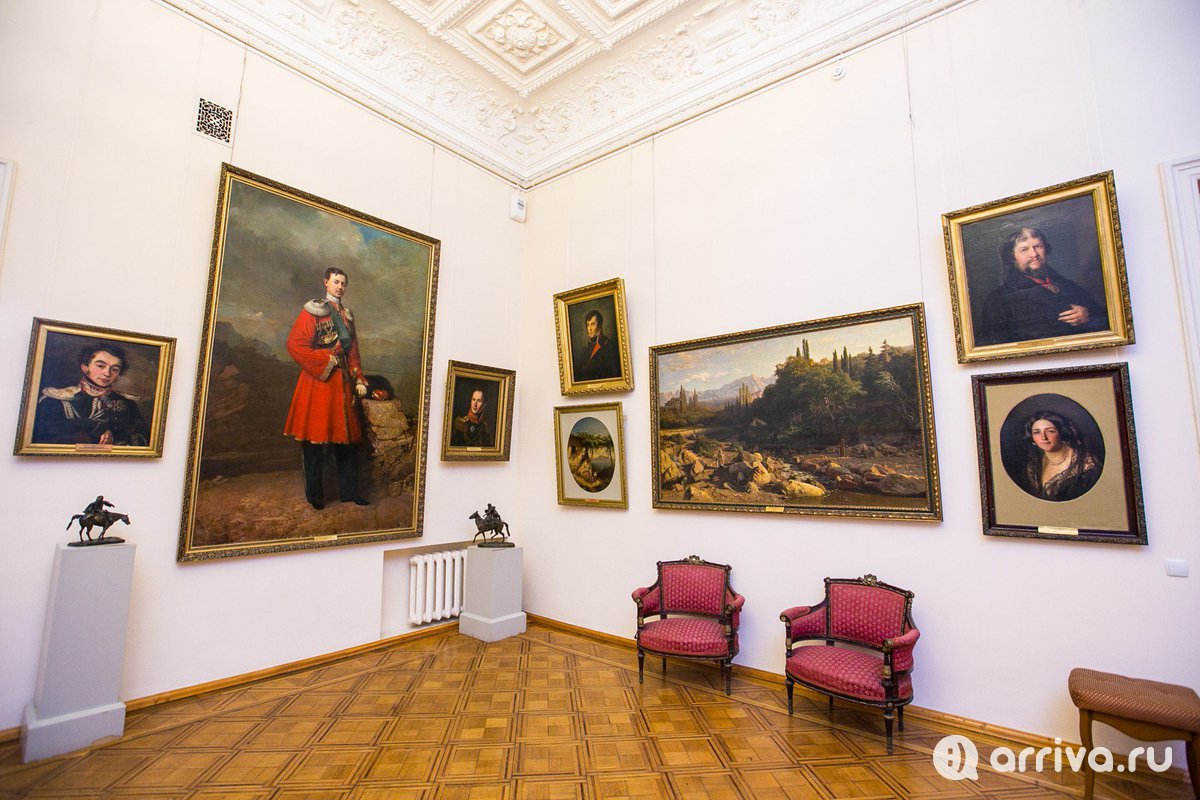
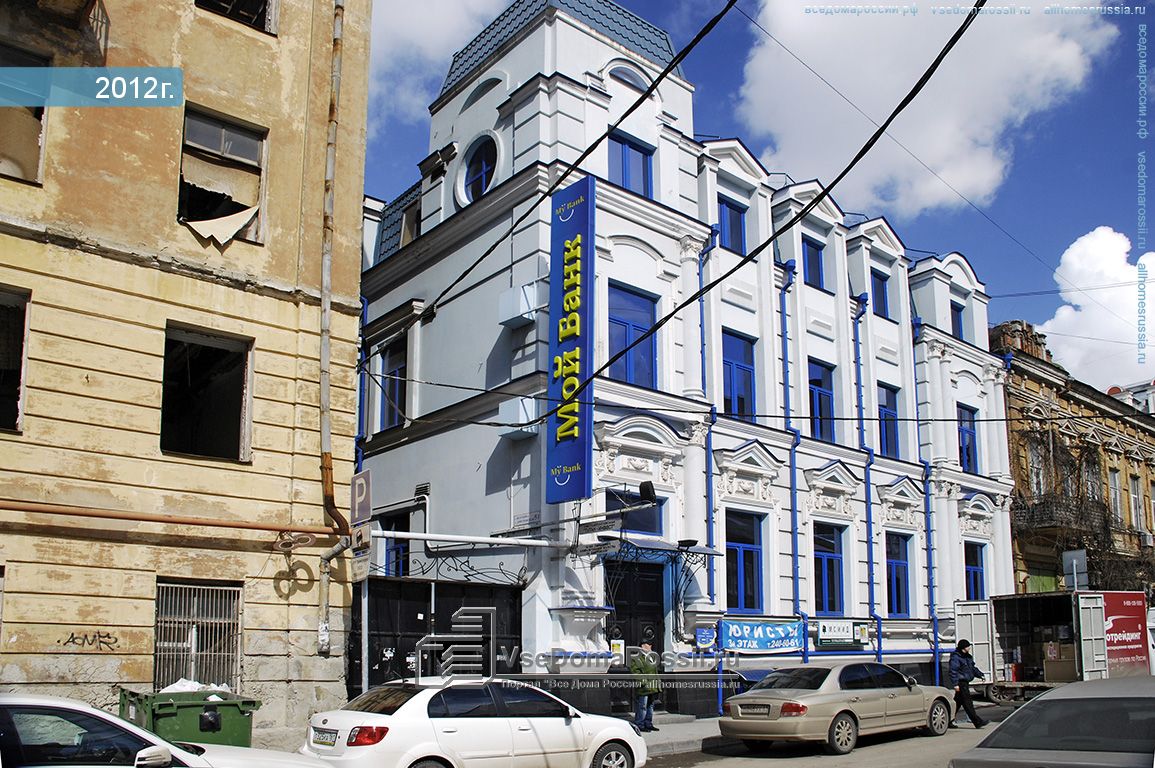
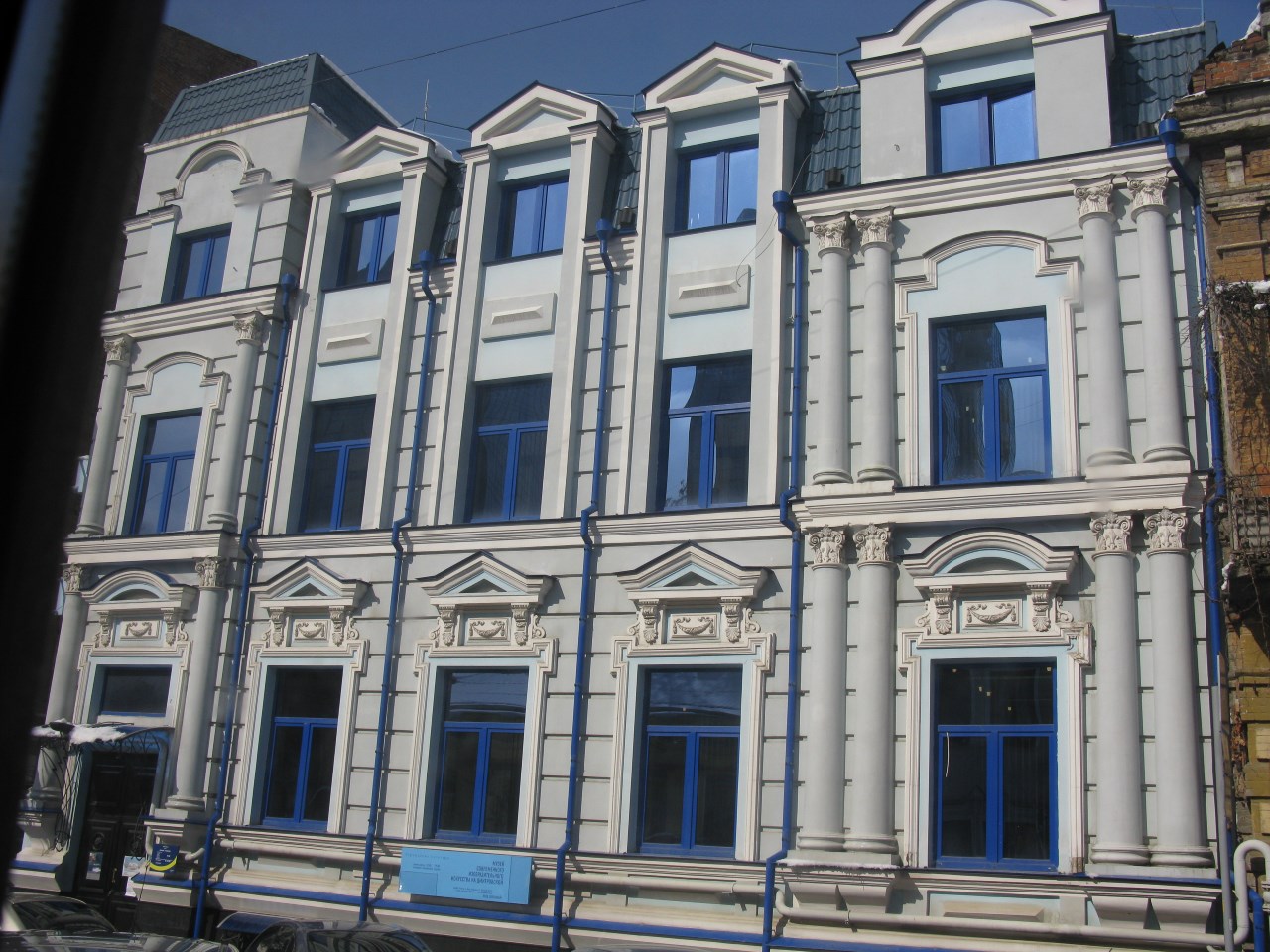
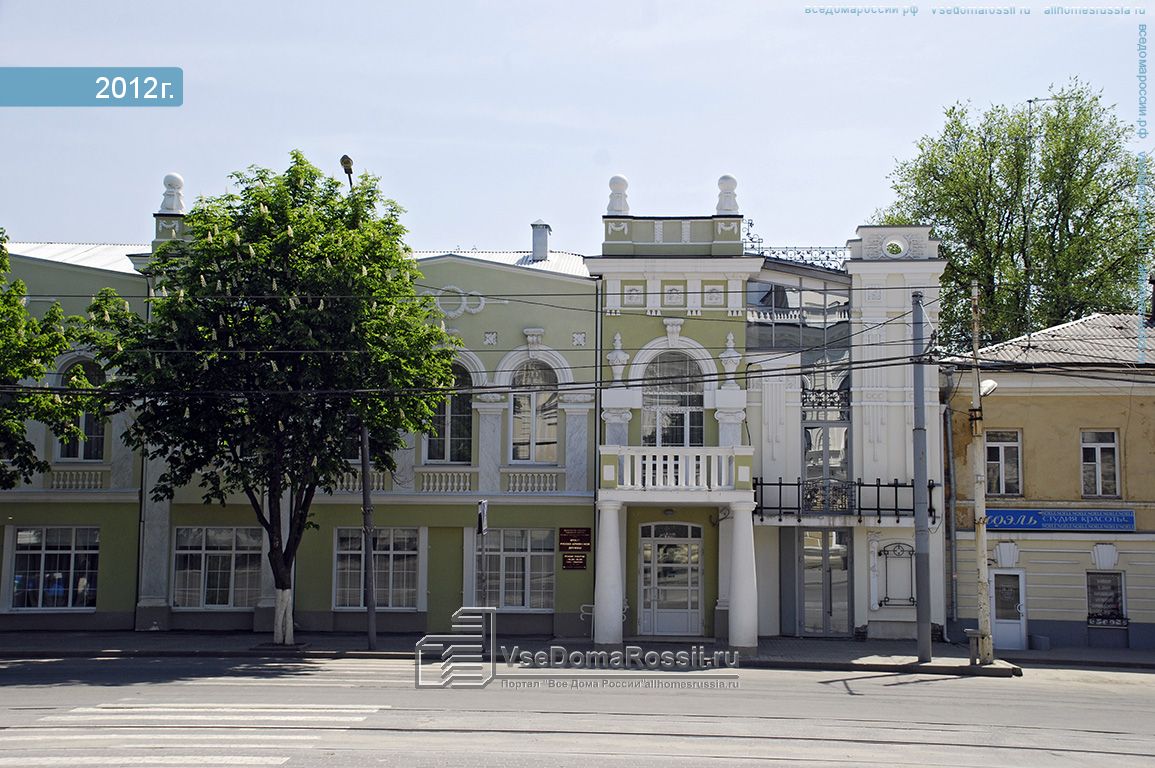
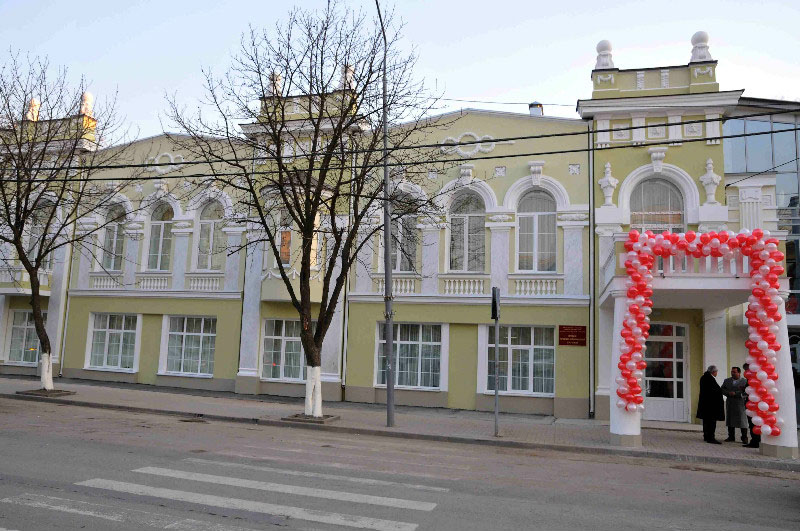
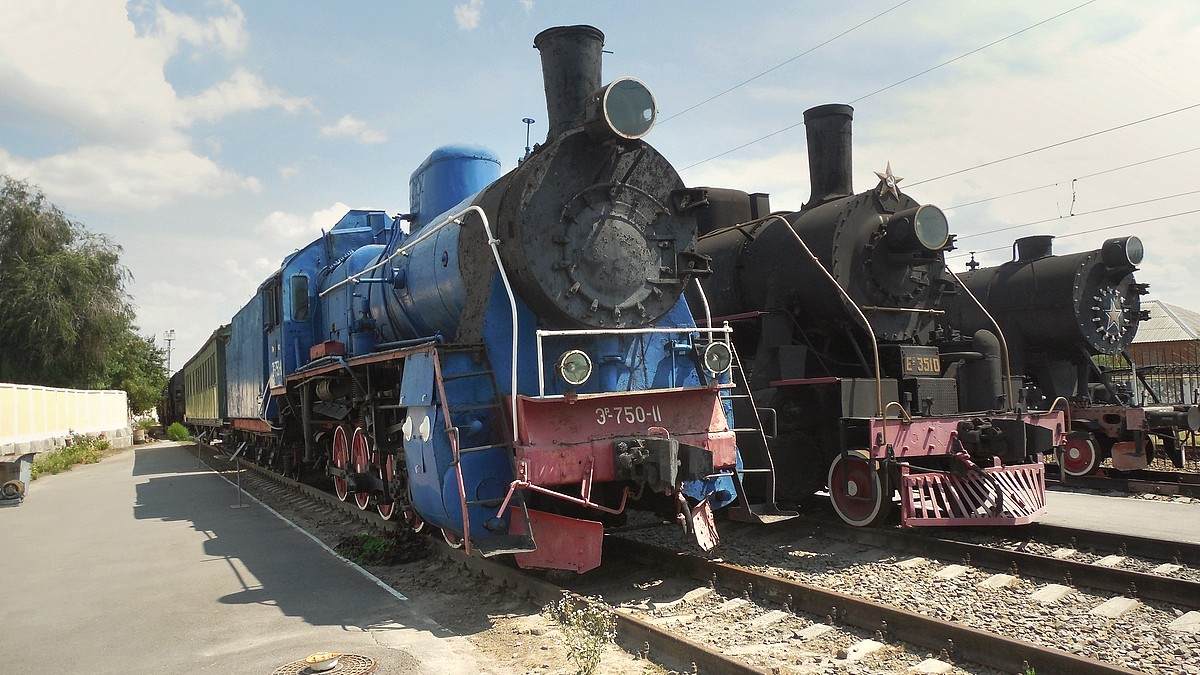
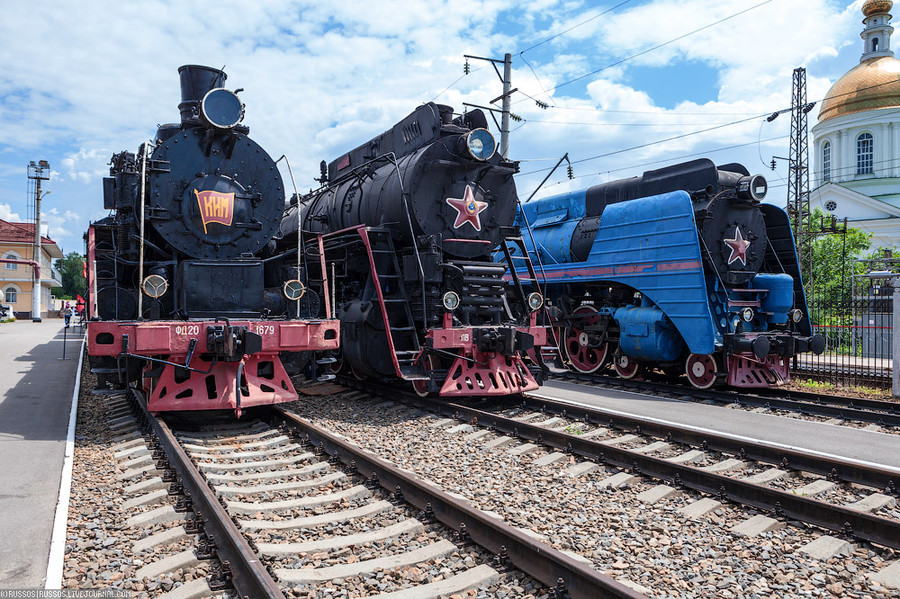
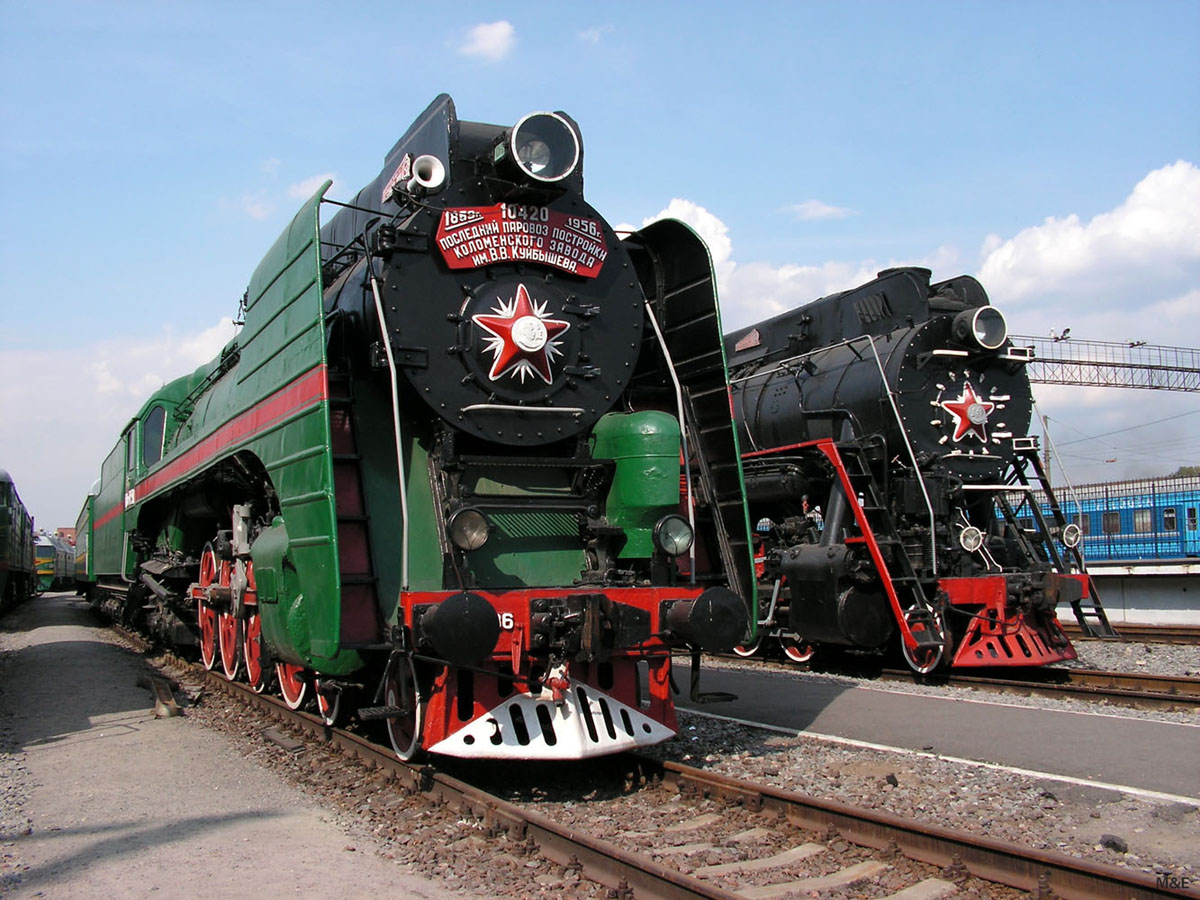
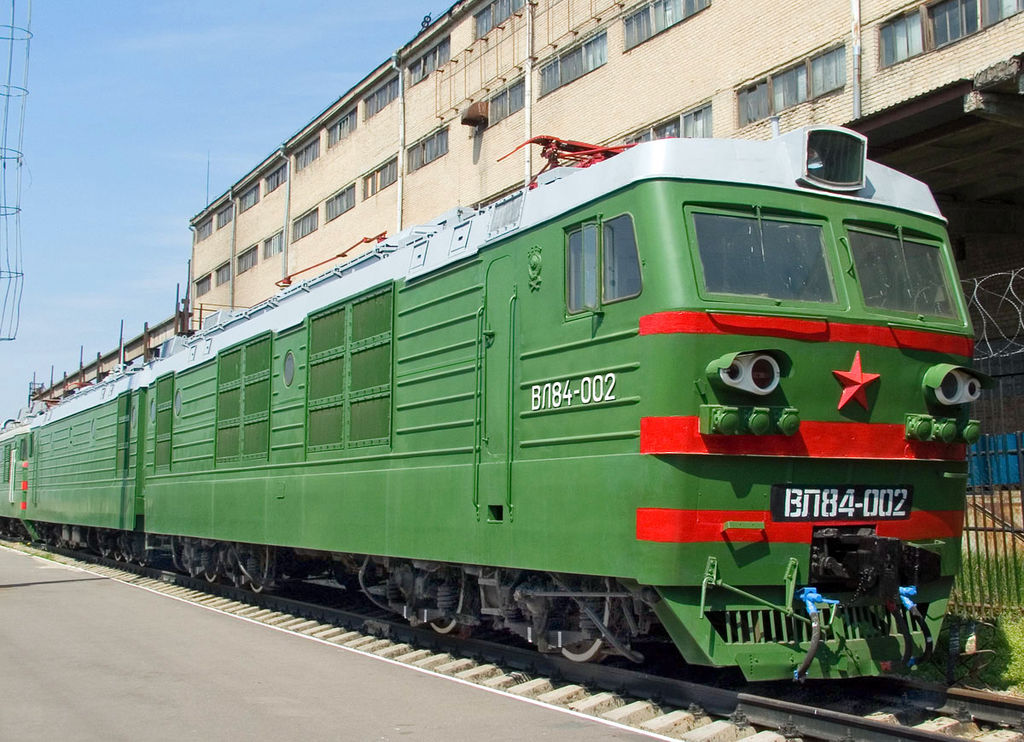
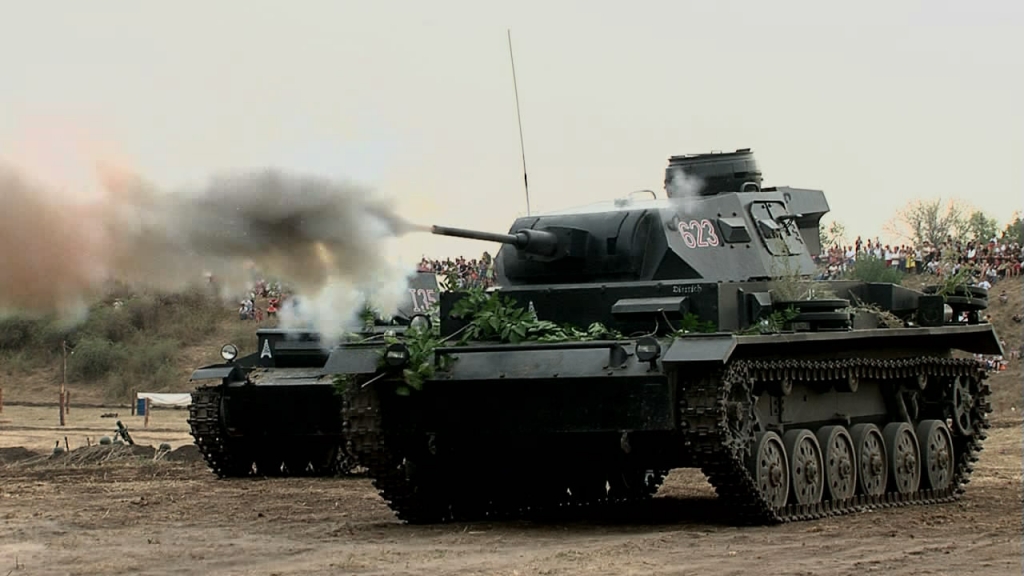
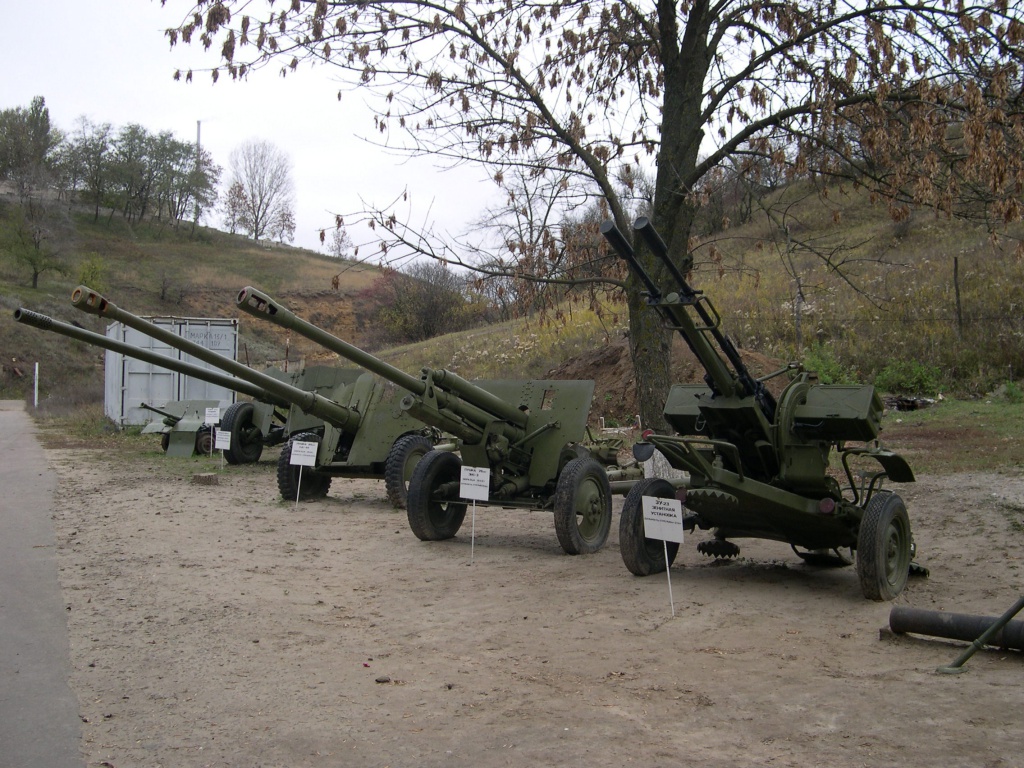
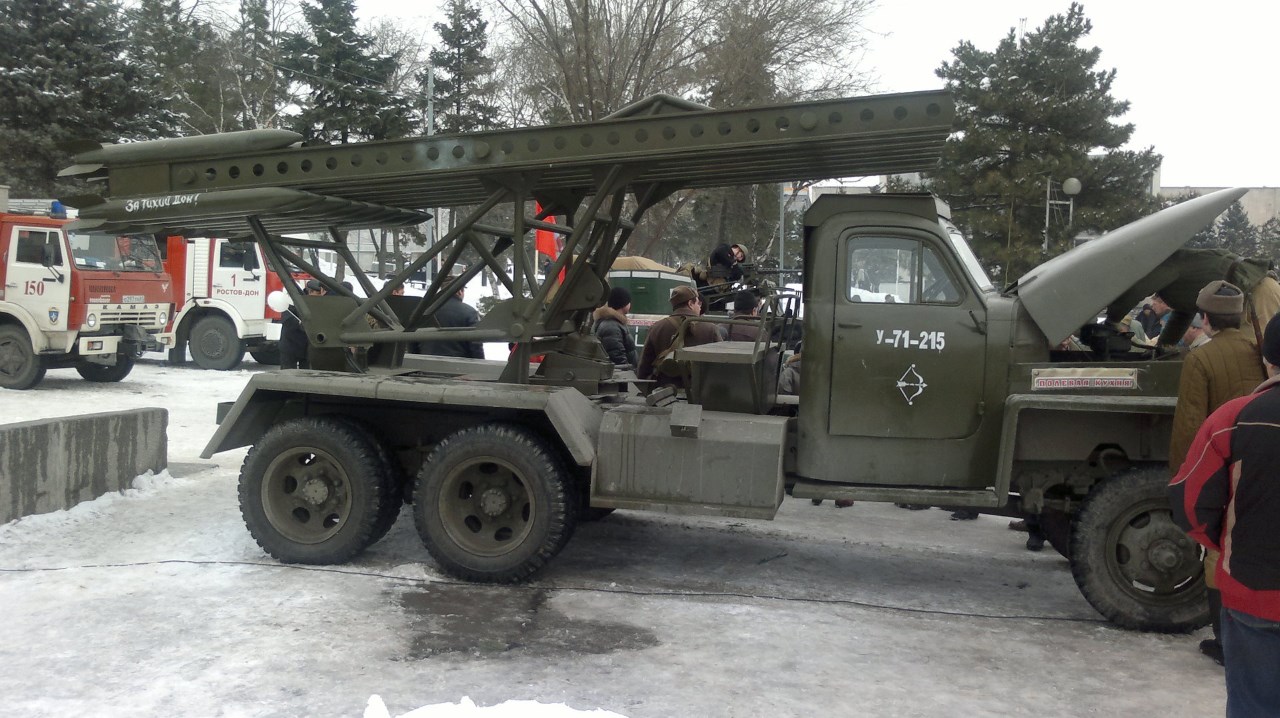
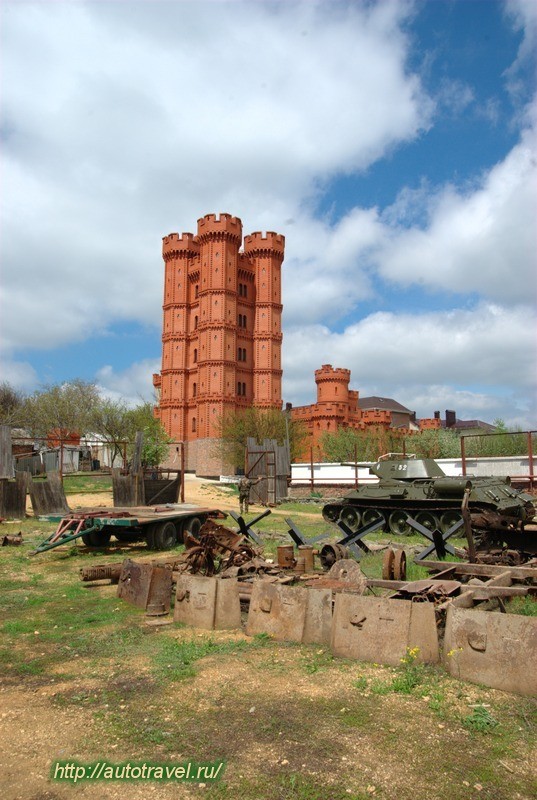
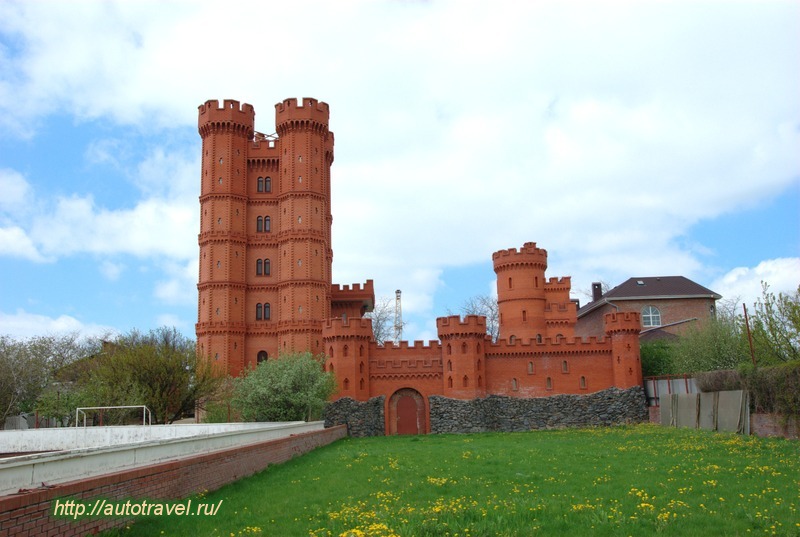
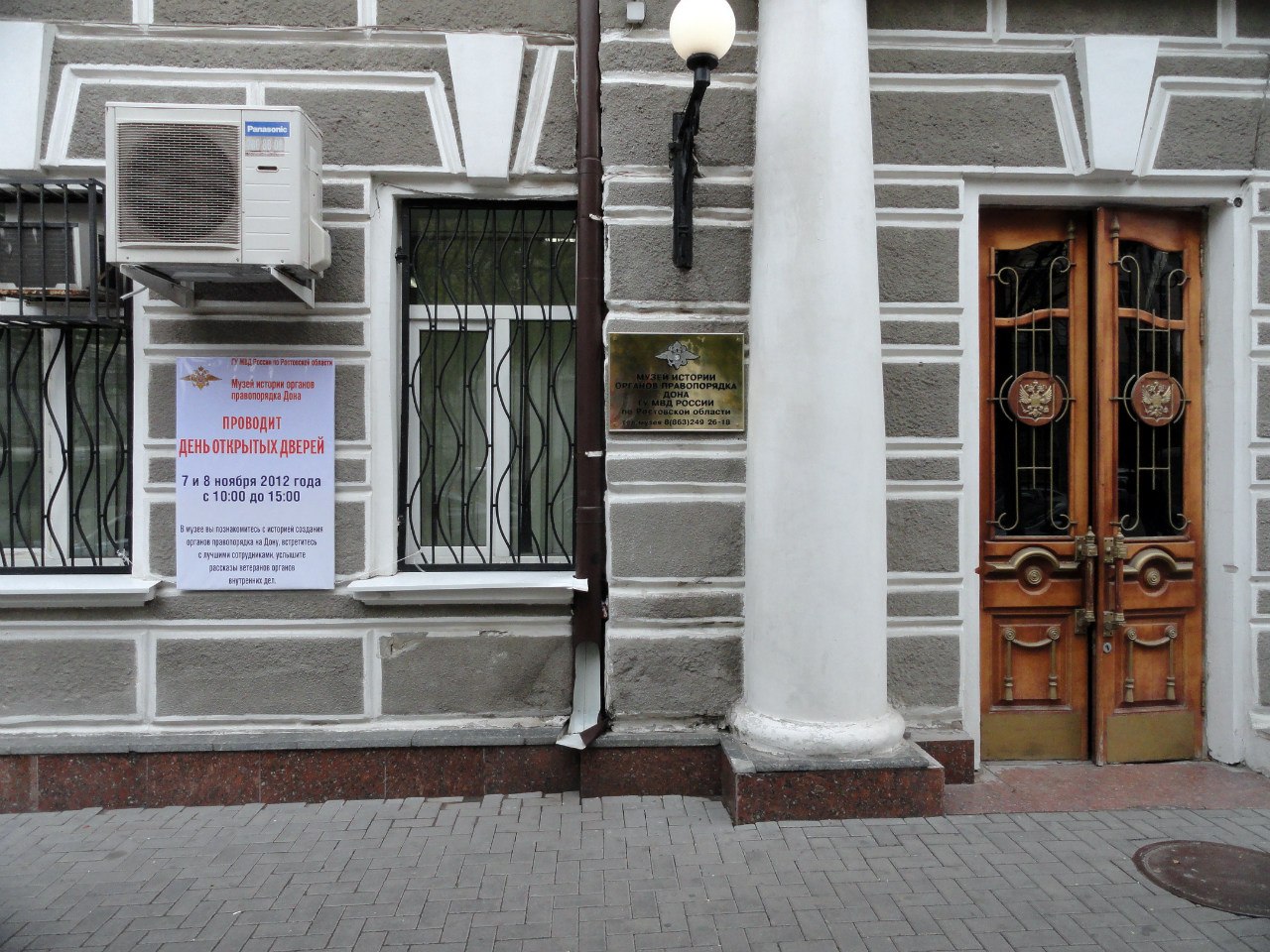
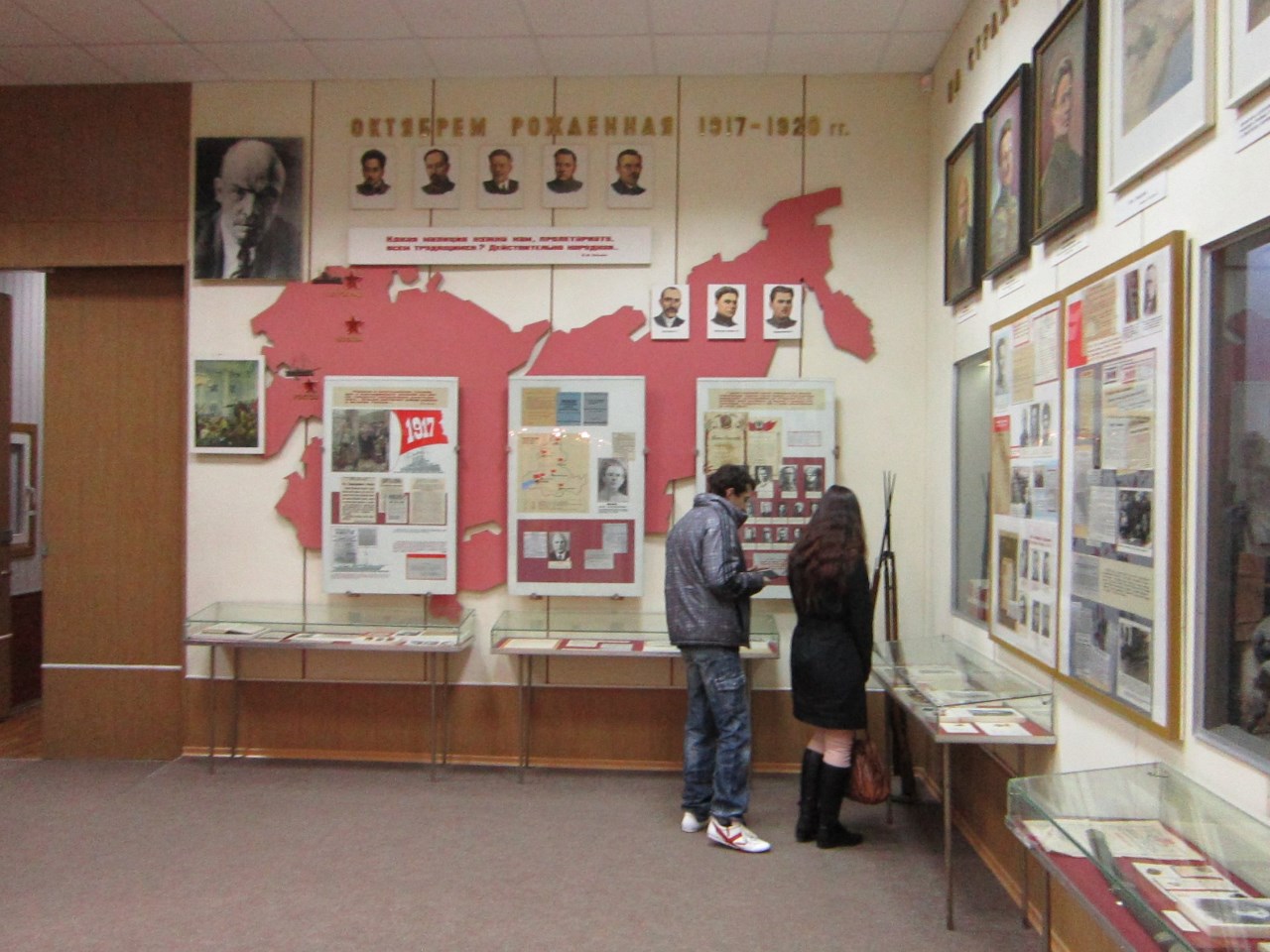
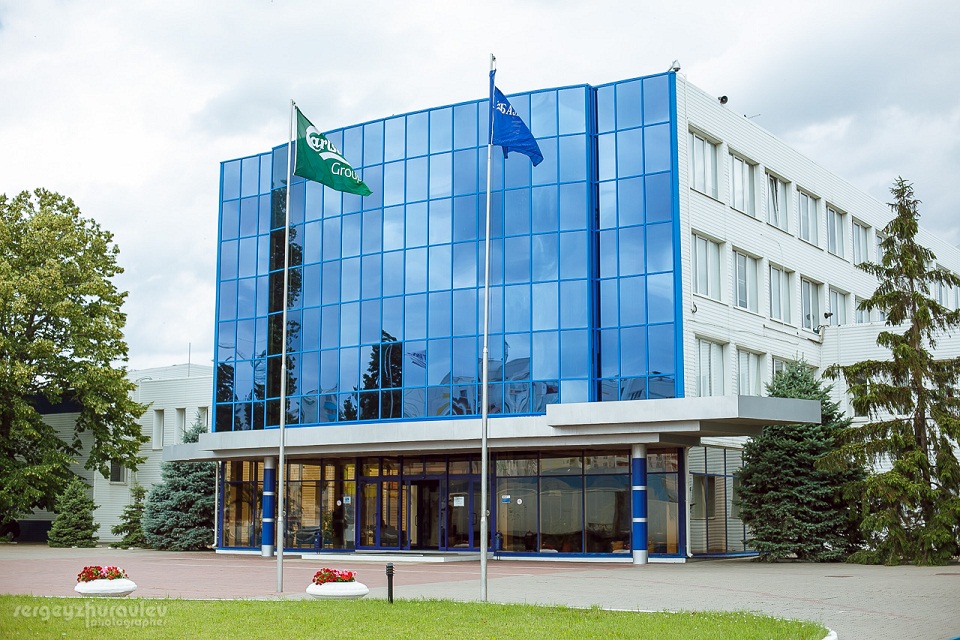

En la región de Rostov comenzará a funcionar una zona turística recreativa
publicado el 20.3.2012.23:37:5
Rostov del Don (Don-TR). Las autoridades de la región de Rostov planean crear una zona turística y de recreación en la stanitsa Romanovskaya (distrito Volgodonsky), que se encuentra en el río Don, a 227 kilómetros al este de Rostov del Don.
De acuerdo con el proyecto inversionista del área, está previsto reconstruir el malecón de Romanovskaya. Además, en el marco del proyecto está previsto construir en la orilla izquierda del Don el complejo comercial y de entretenimiento, "Caserío étnico de los cosacos", una composición arquitectónica y artística, "Esfera del Amor", una cafetería, y atracciones para los niños, un aparcamiento y un complejo hotelero y de restaurantes. Los turistas podrán conocer la historia de Romanovskaya, que surgió como una aldea cosaca a principios del siglo XVII, y fue nombrado en honor de Mijaíl Romanov, el primer zar de la dinastía de los Romanov.
Las autoridades del distrito Volgodonsky esperan que la realización del proyecto de la zona aumente el atractivo turístico de estos lugares y cree las condiciones para el desarrollo empresarial en la esfera del turismo, así como que se puedan crear nuevos puestos de trabajo, y organizar el tiempo libre de los residentes y visitantes de la zona.
La stanitsa Romanovskaya pertenece a la ruta turística principal de la región de Rostov, "La herradura plateada del Don", que incluye Rostov del Don y centros turísticos de la región: Novocherkassk, Taganrog, Azov, Tanais, Aksay, Starocherkassk y stanitsa Veshenskaya.
http://www.buenolatina.ru/es/news.php?id=442
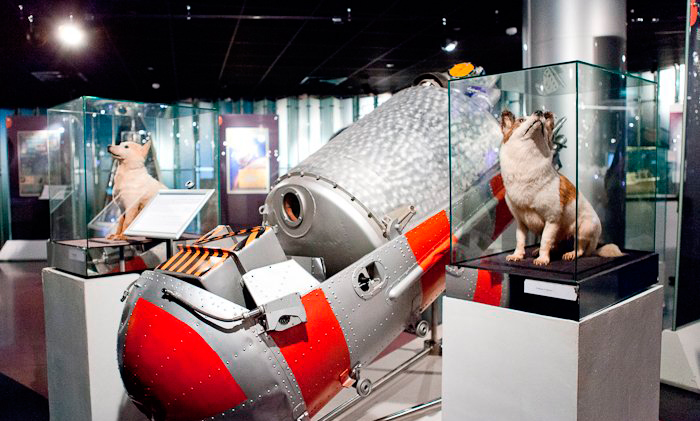
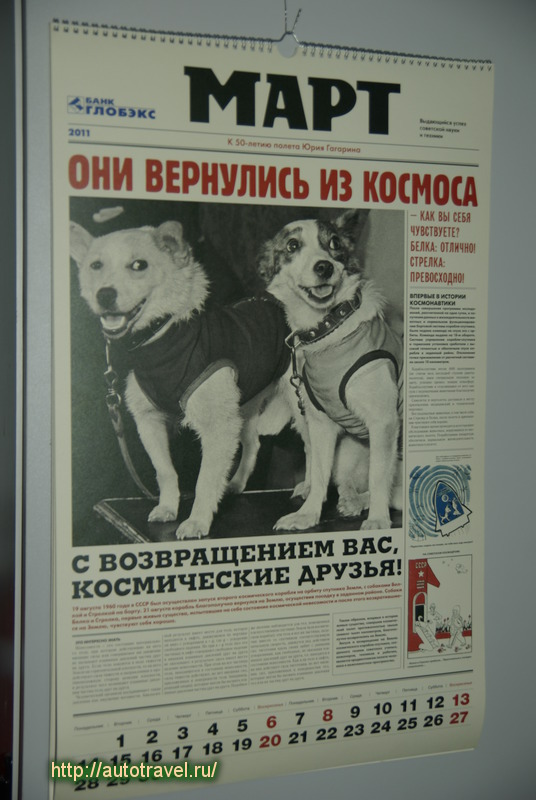
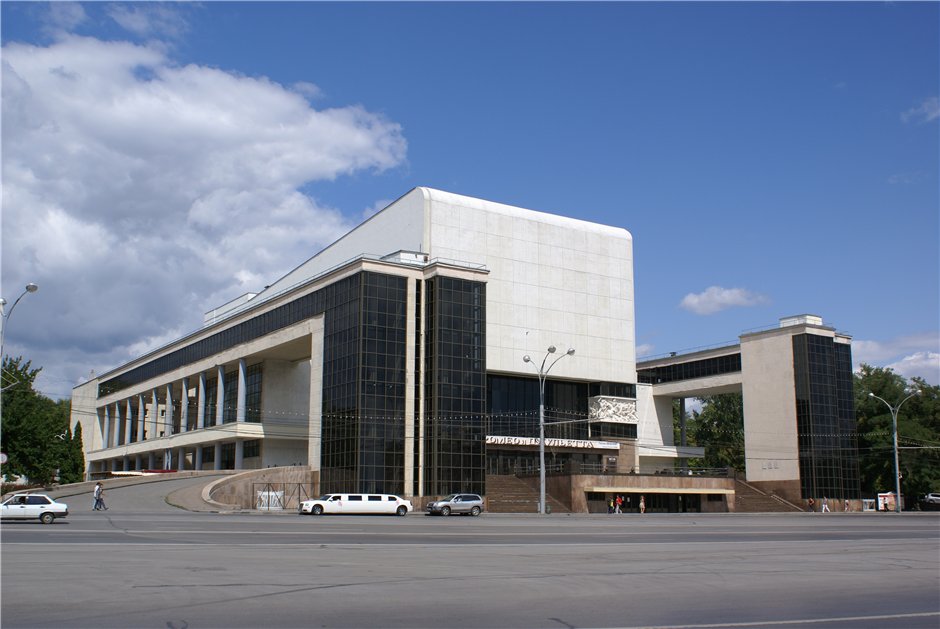
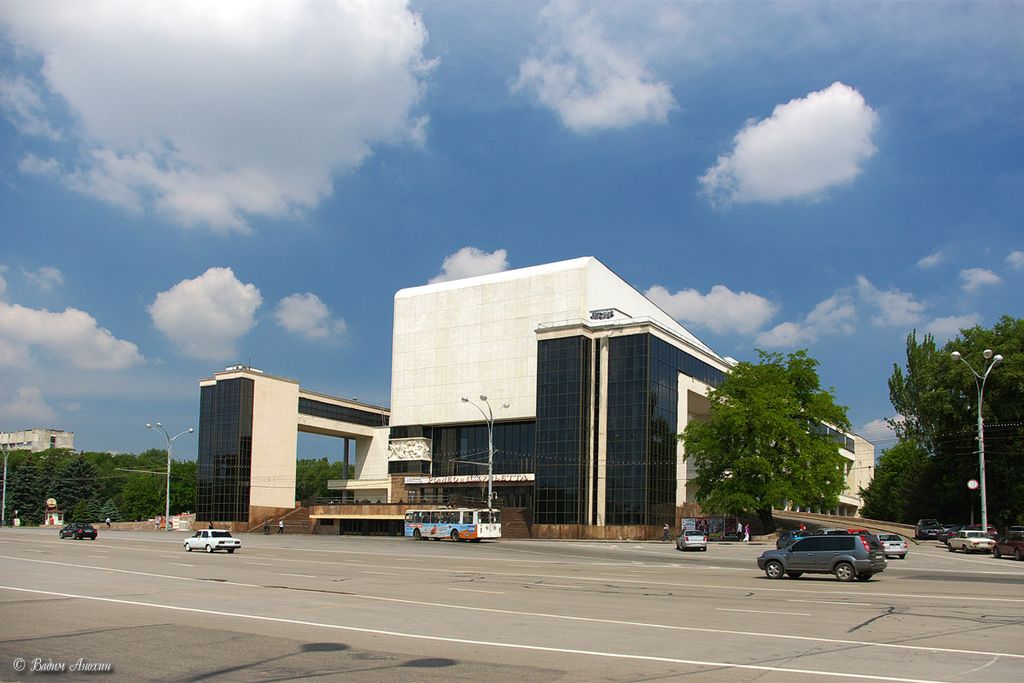
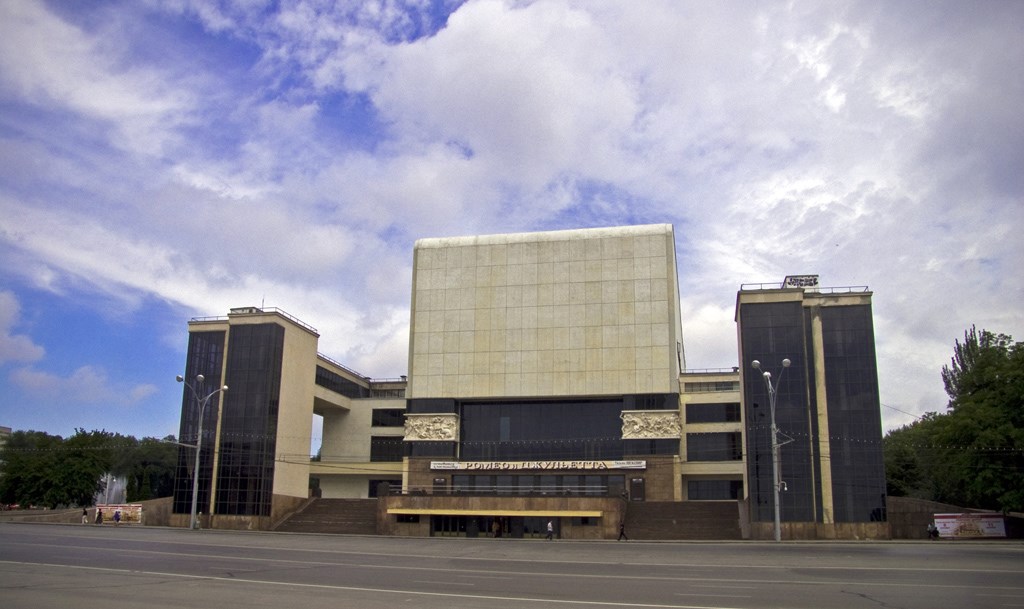
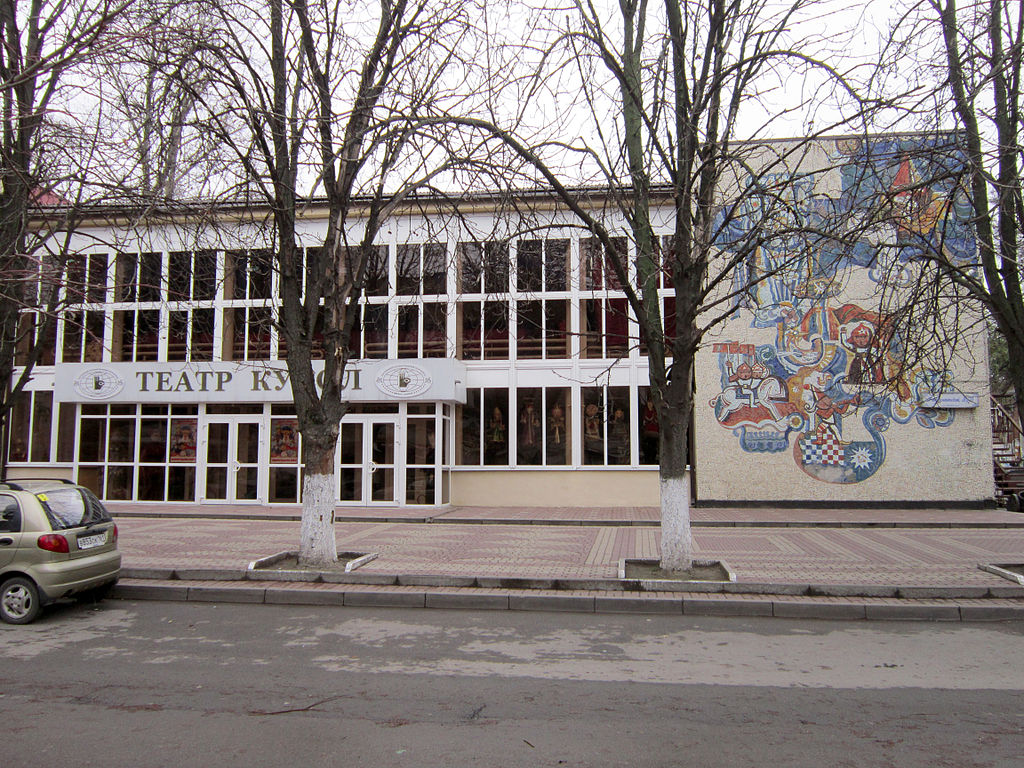
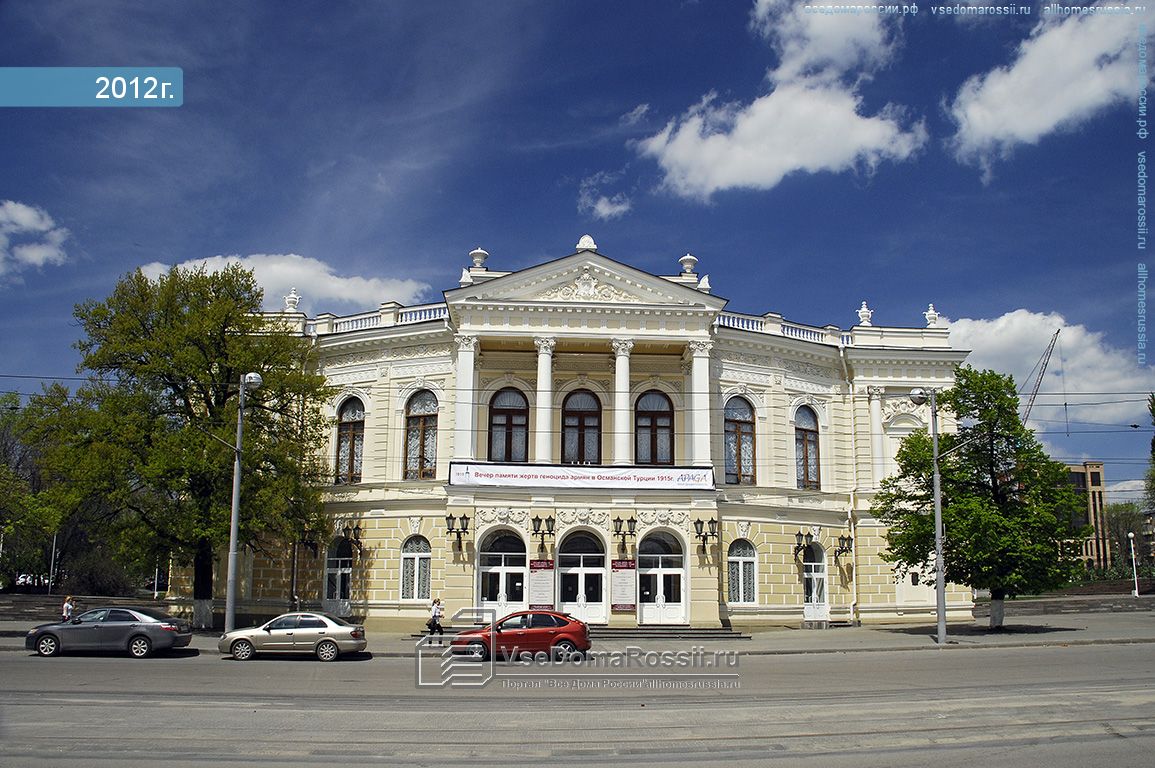
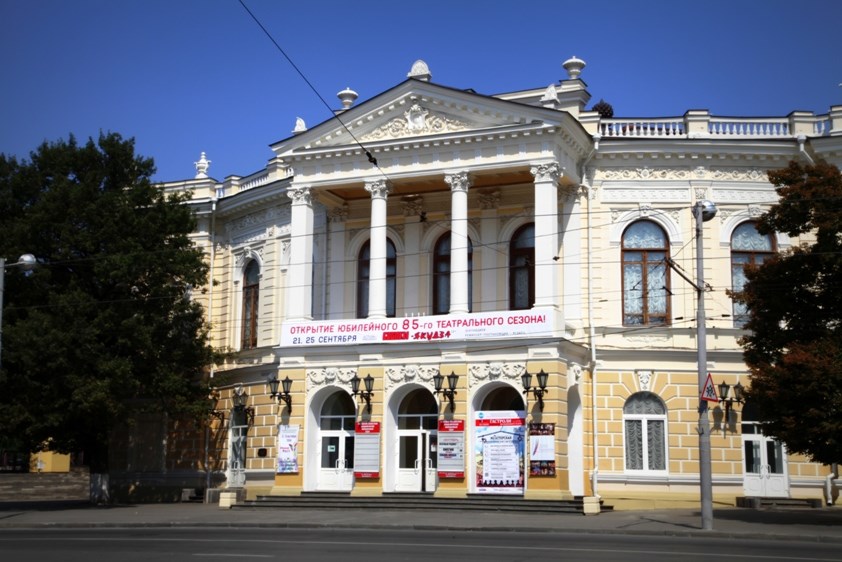
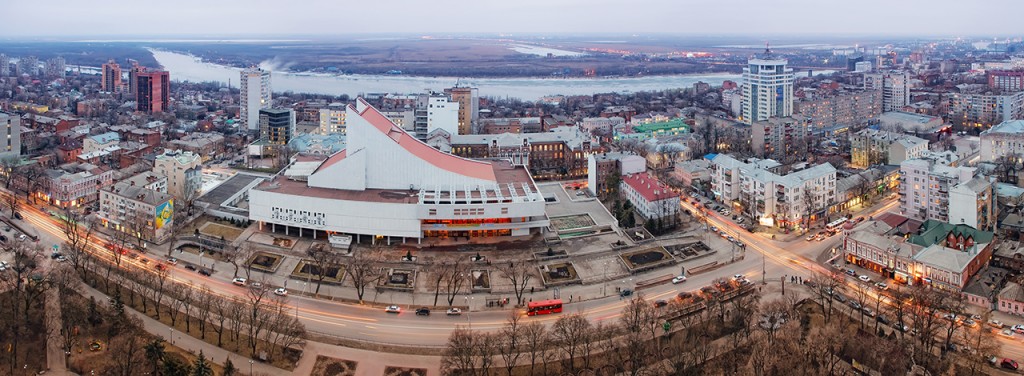
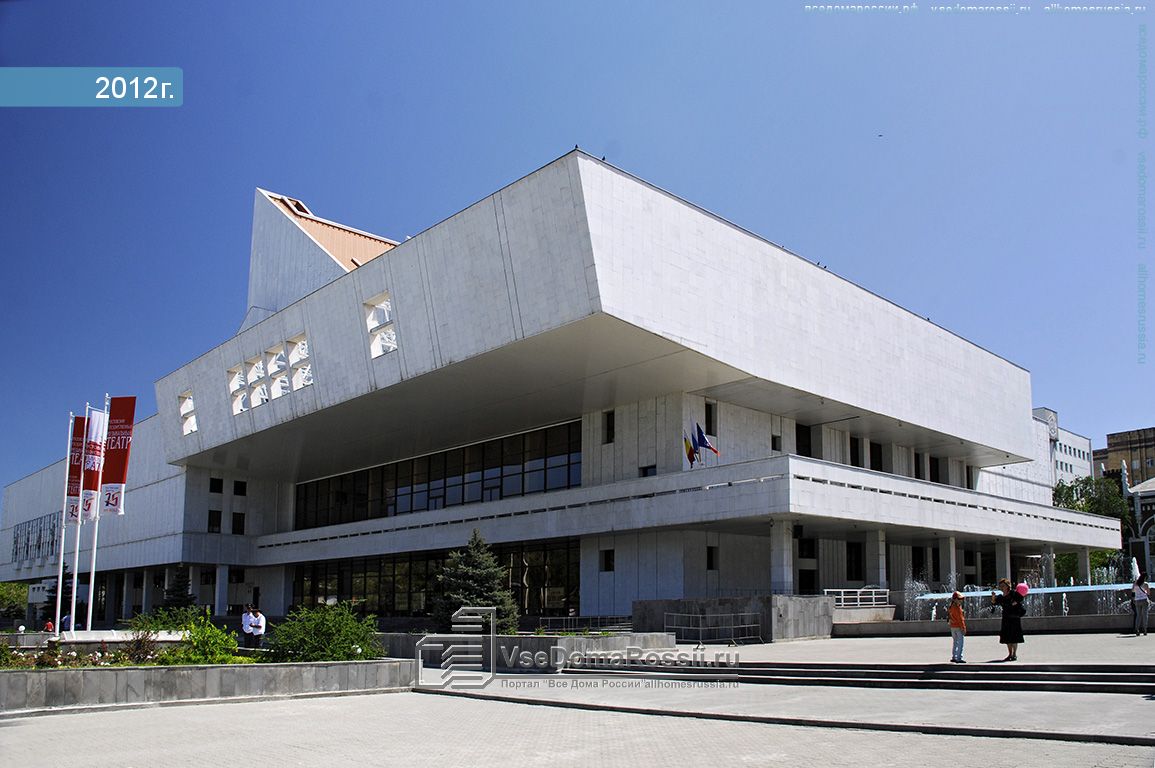
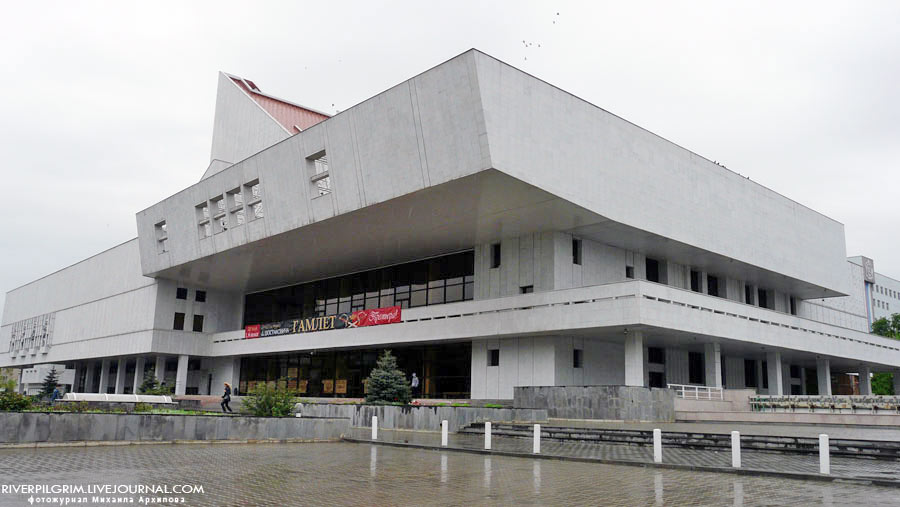
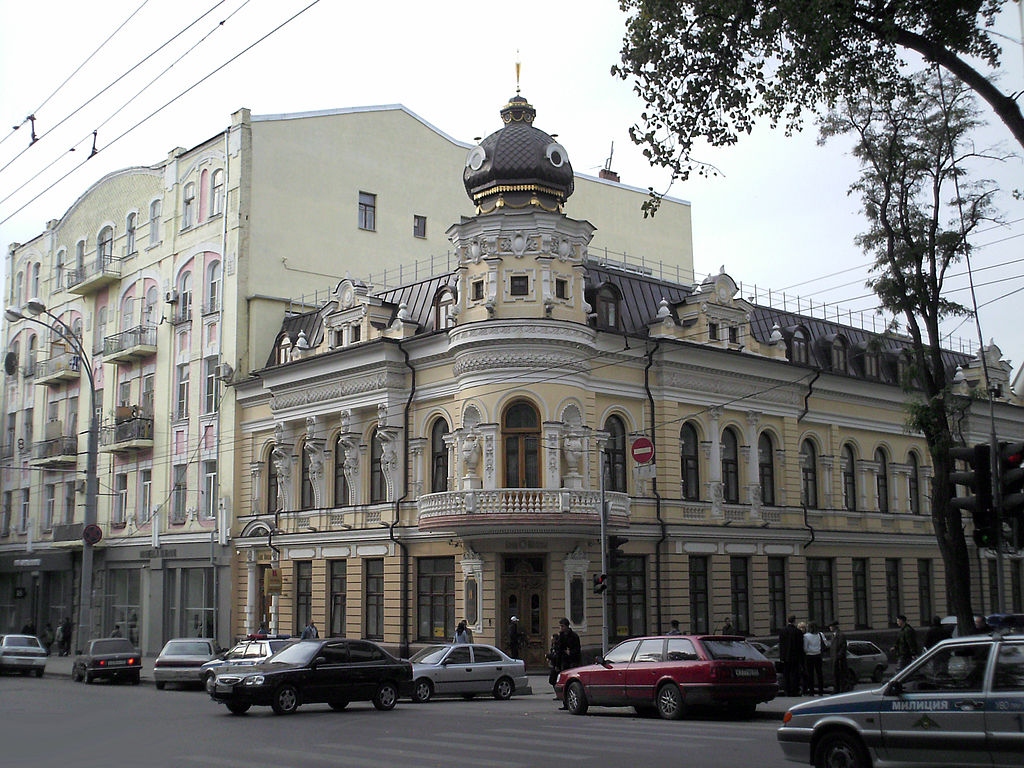
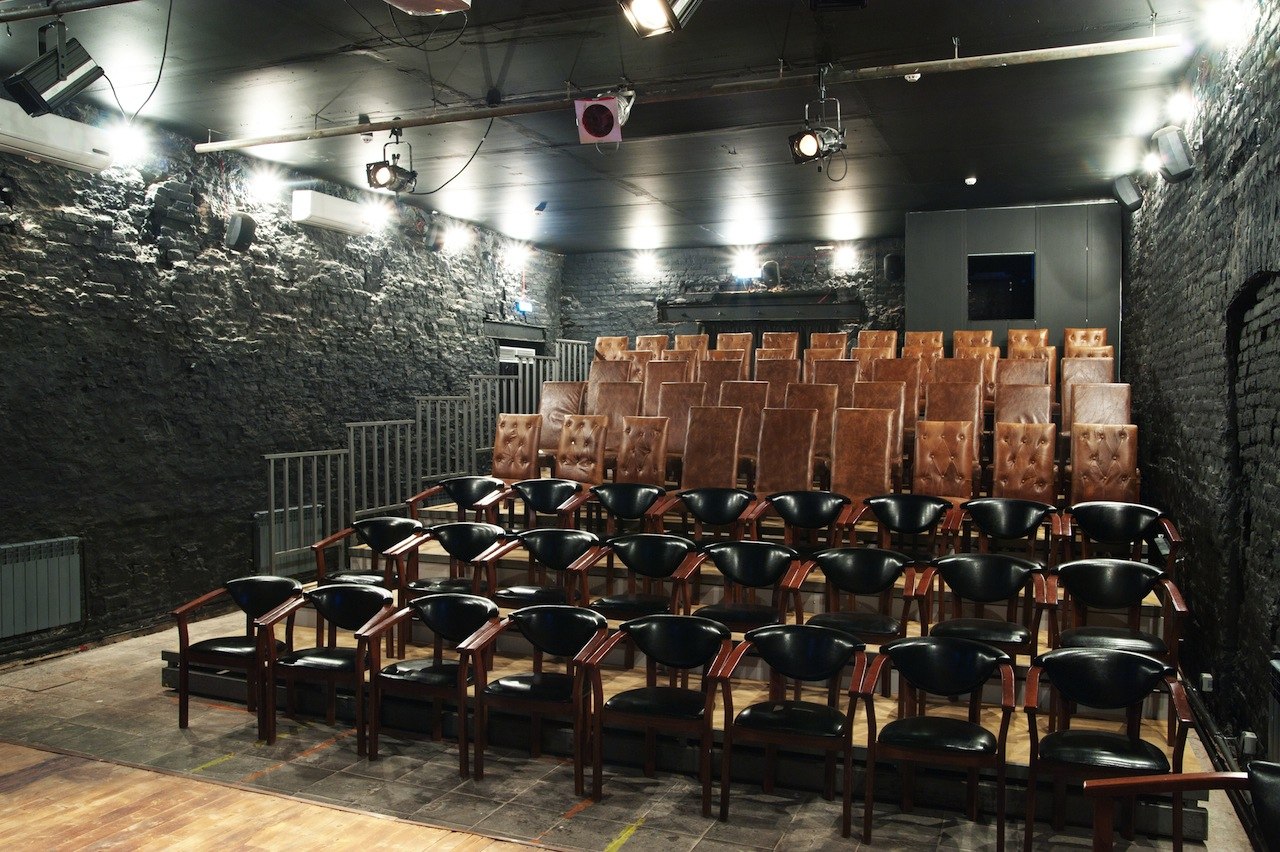
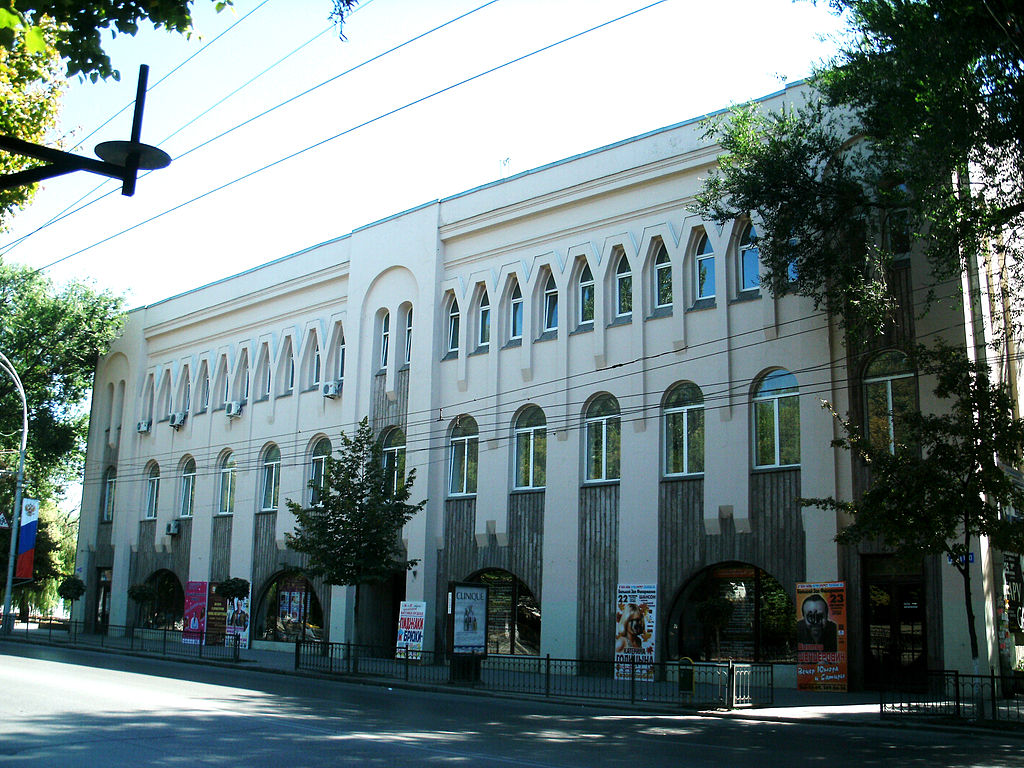
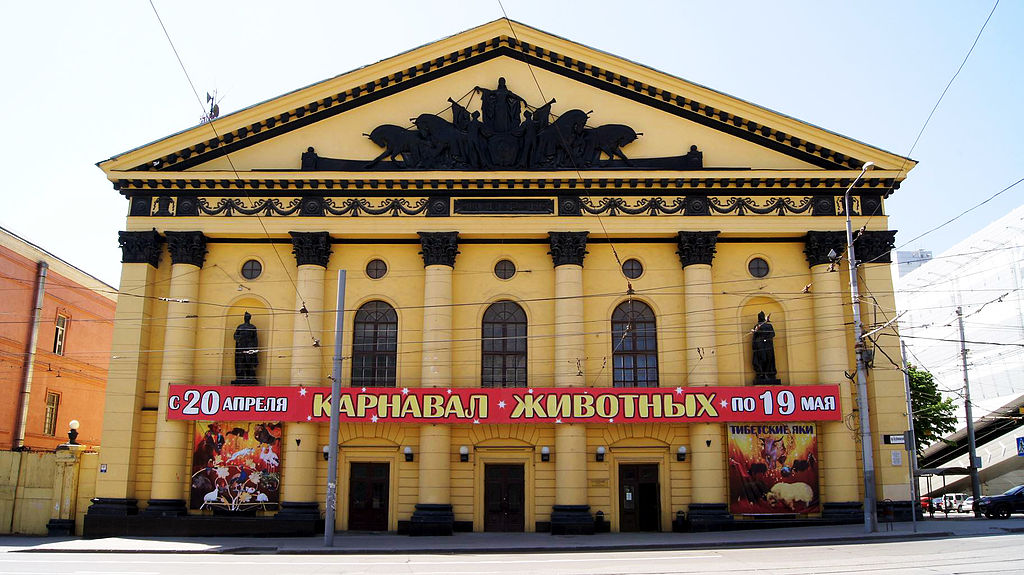
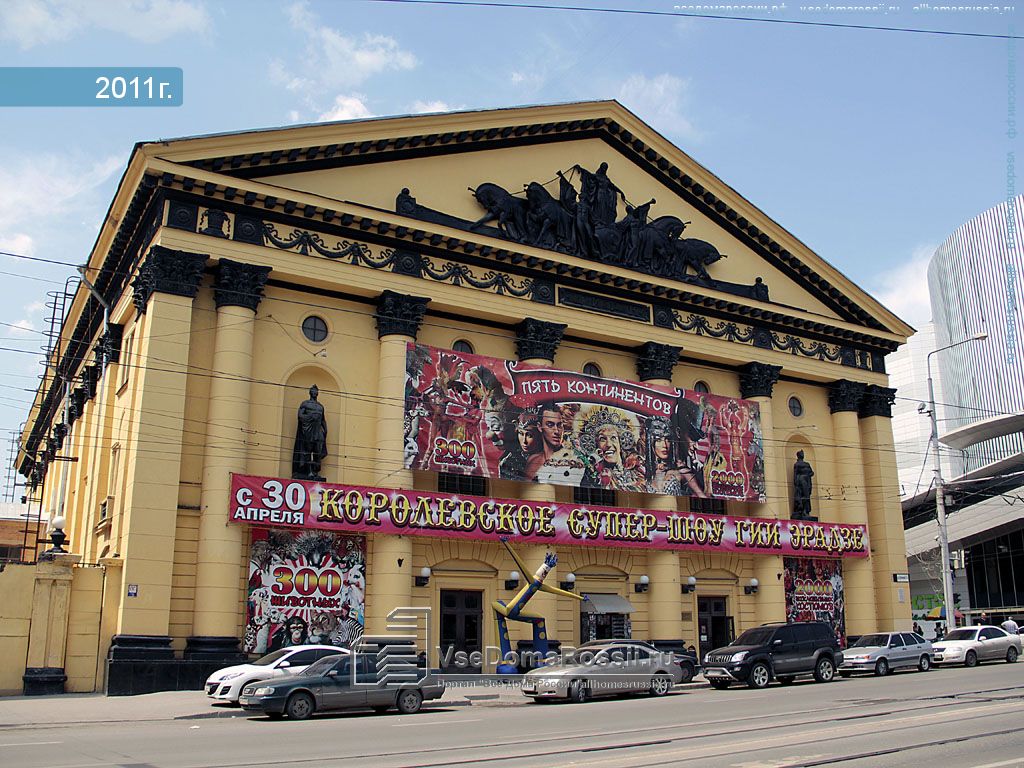
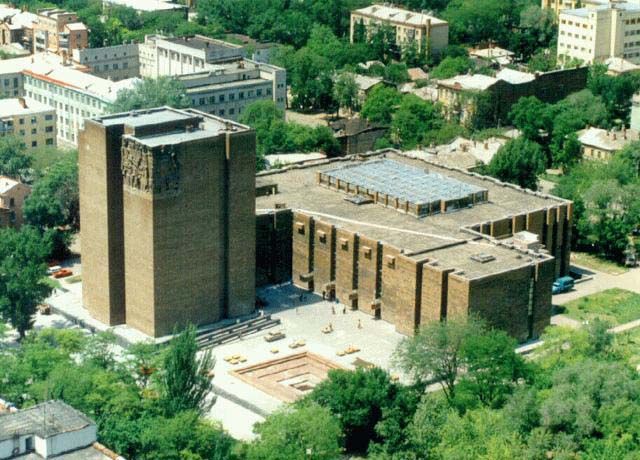
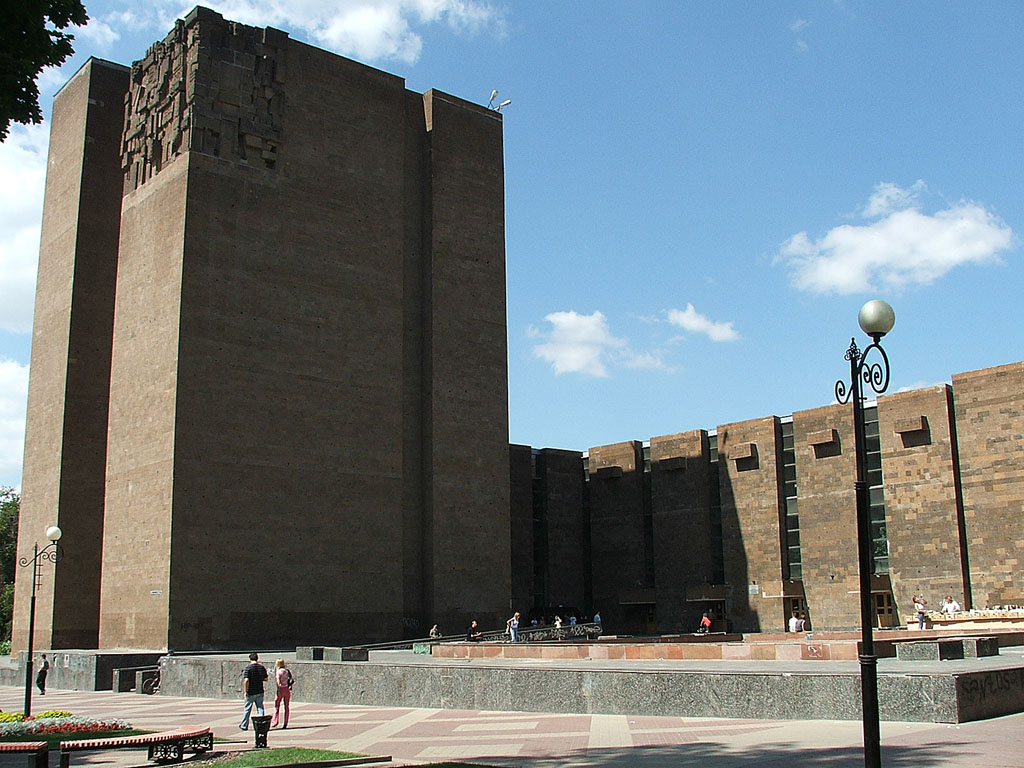
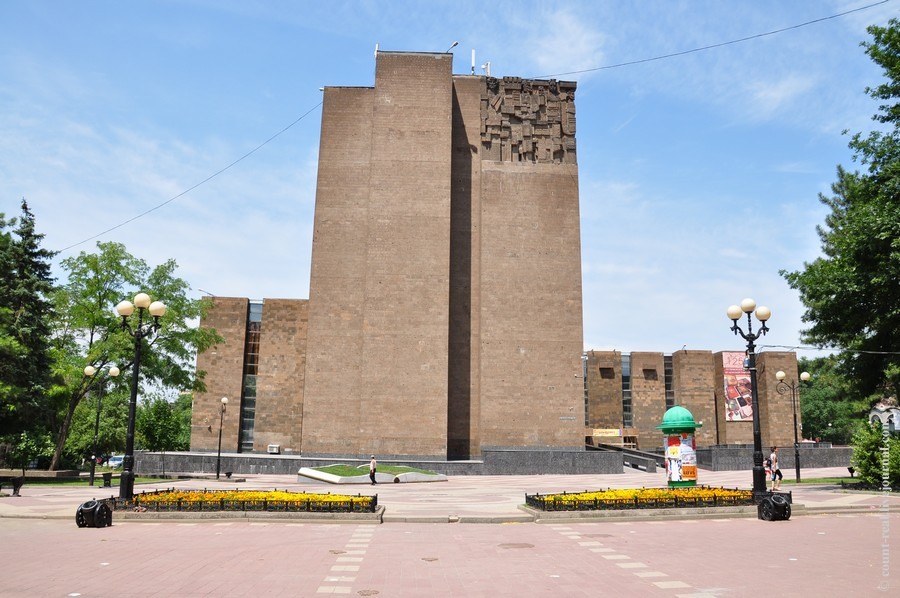
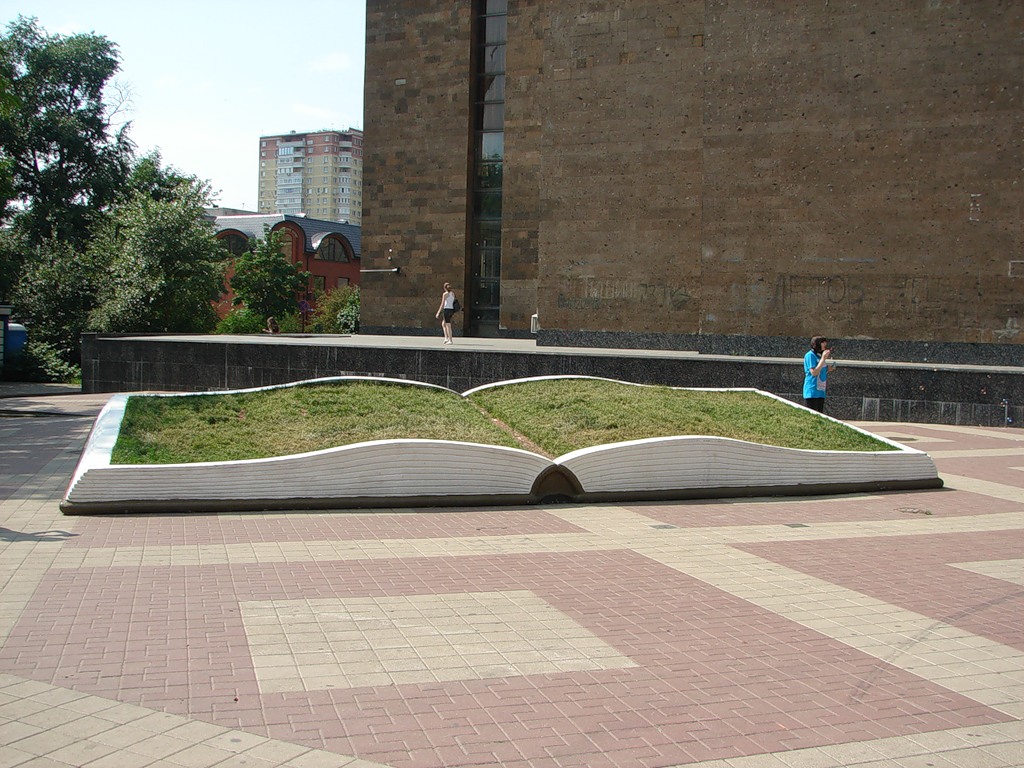

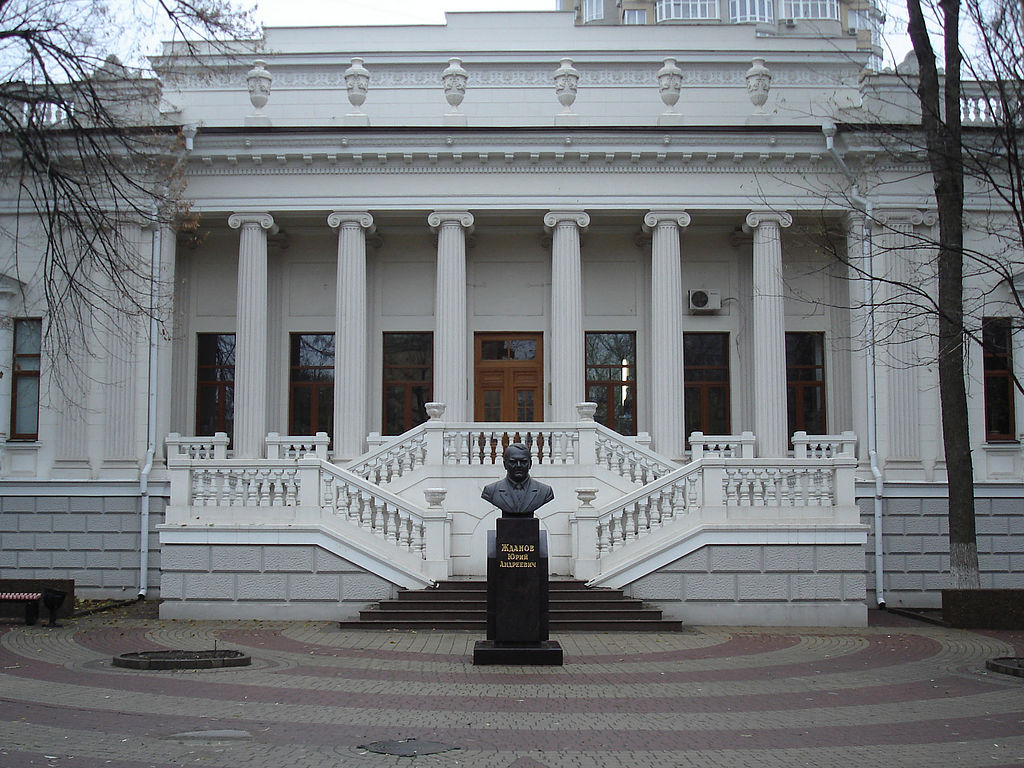
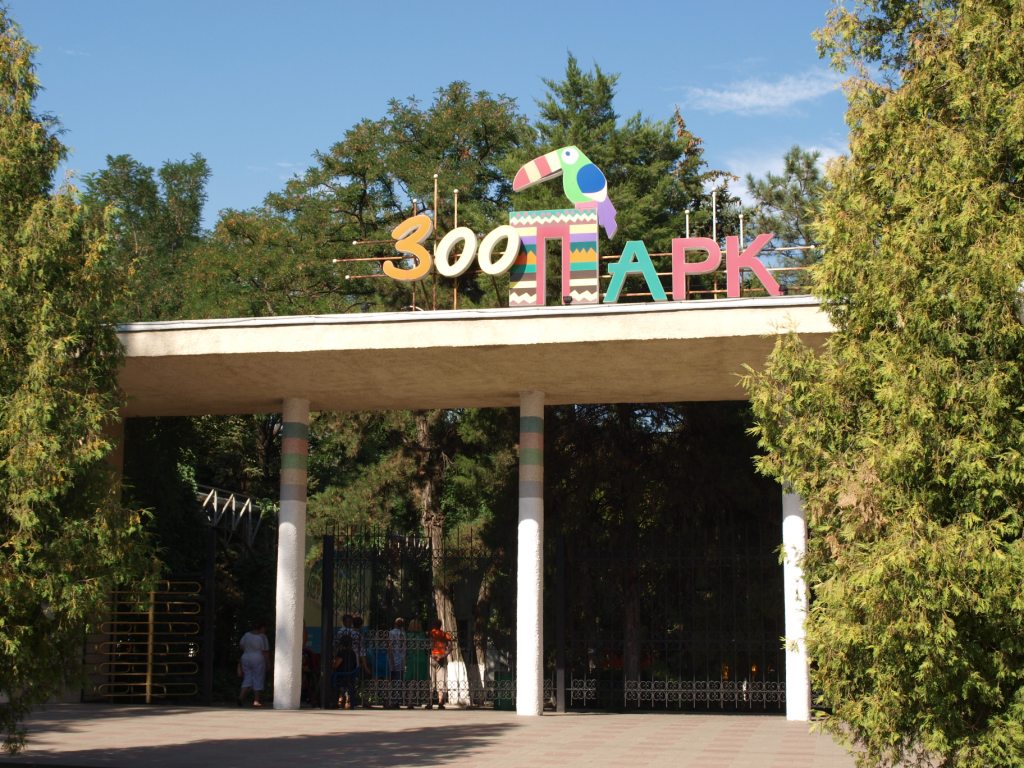
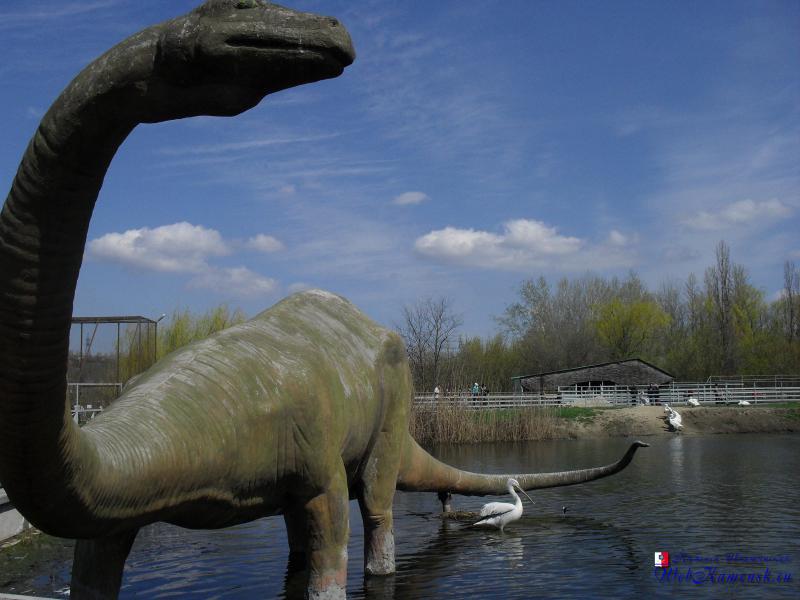
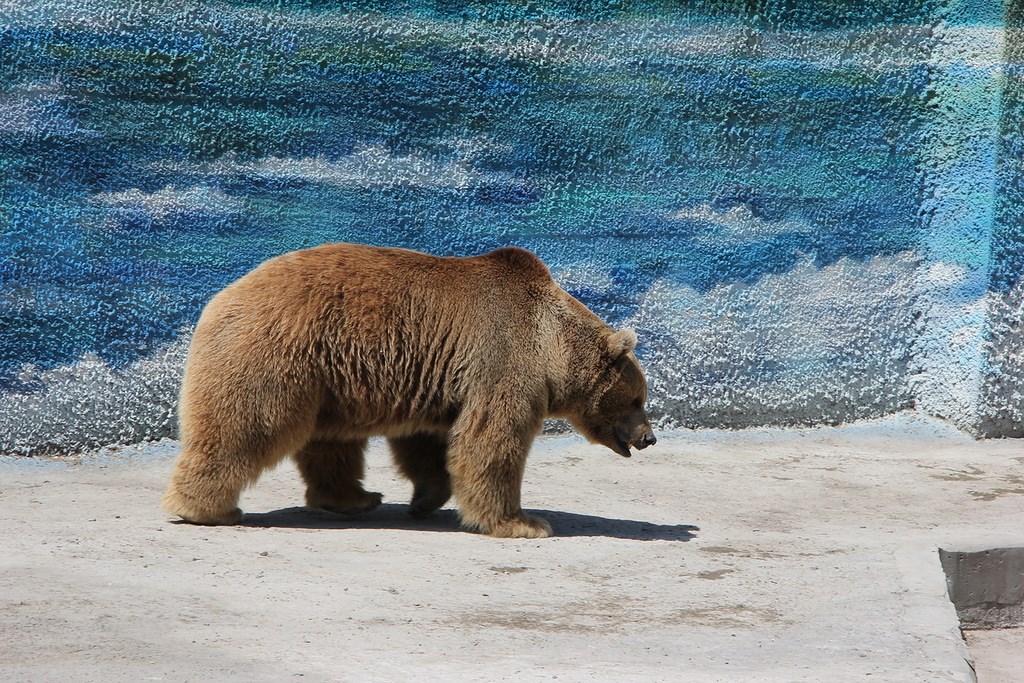
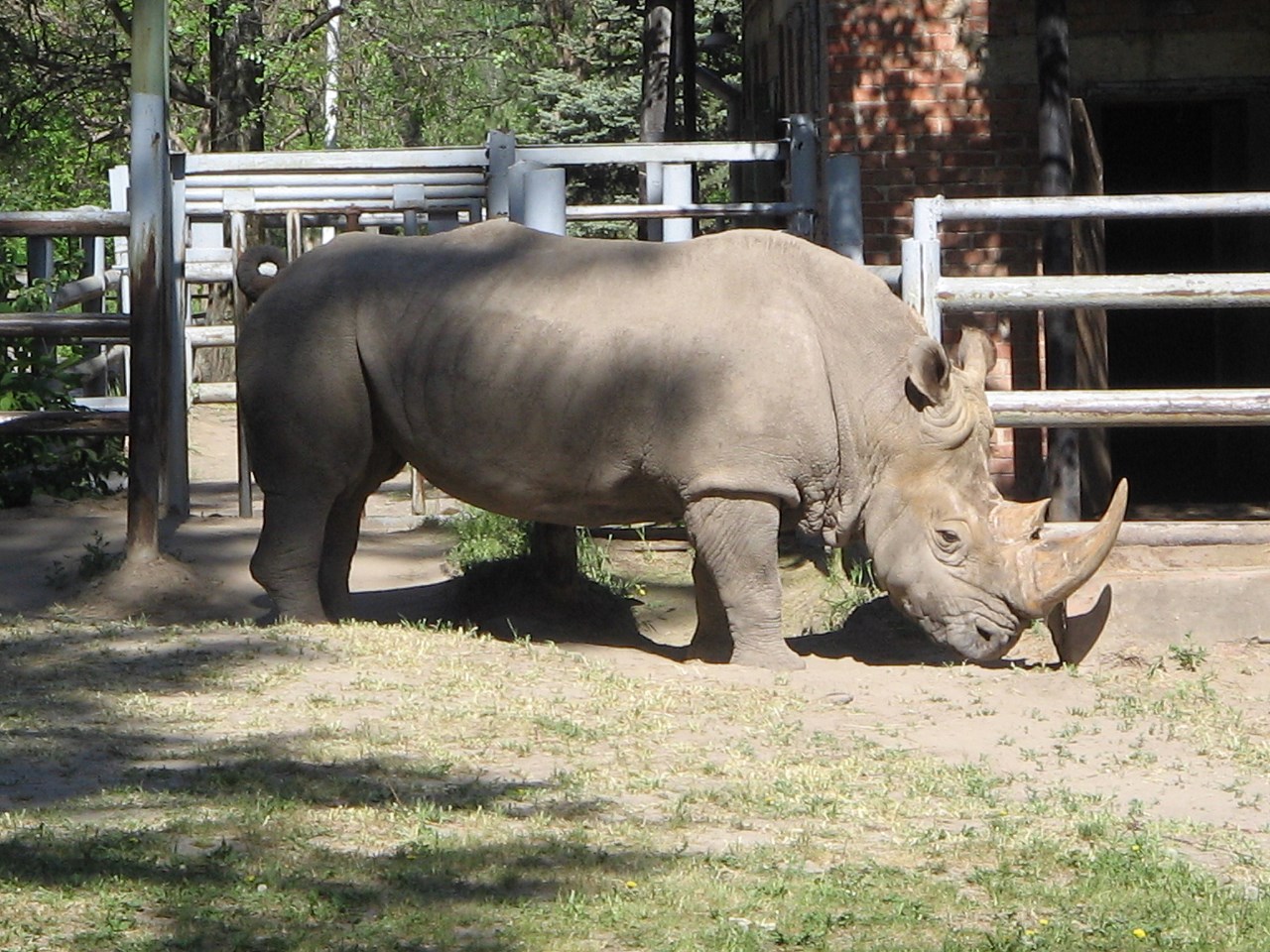
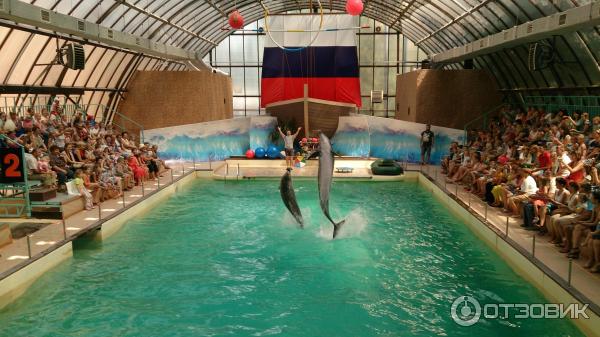
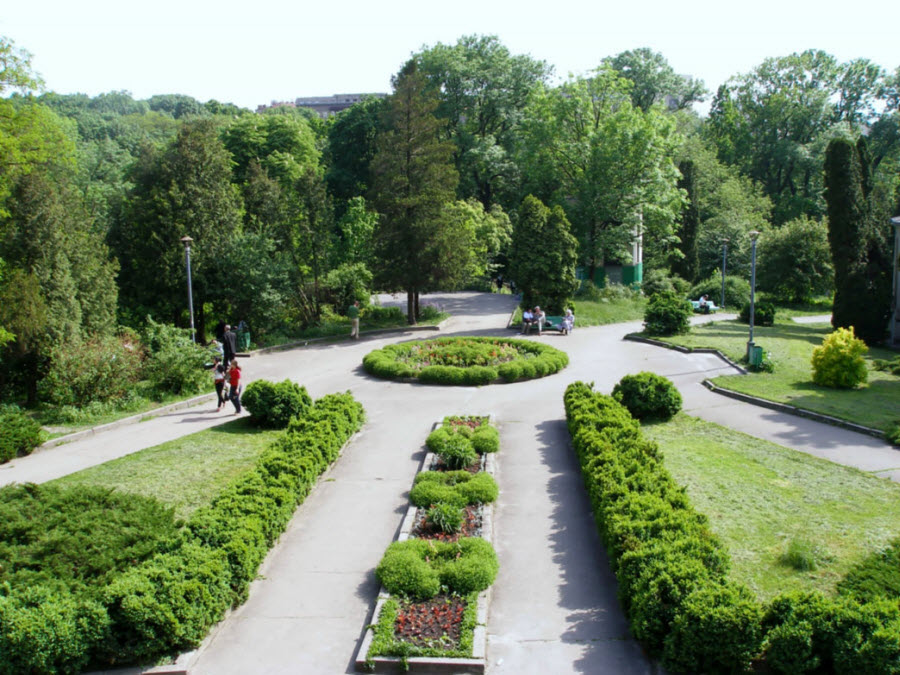
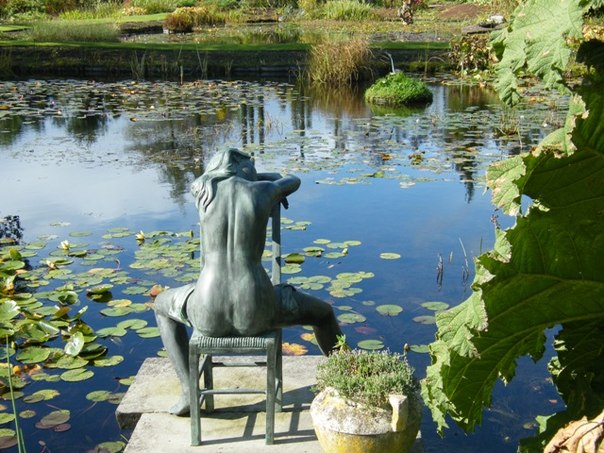

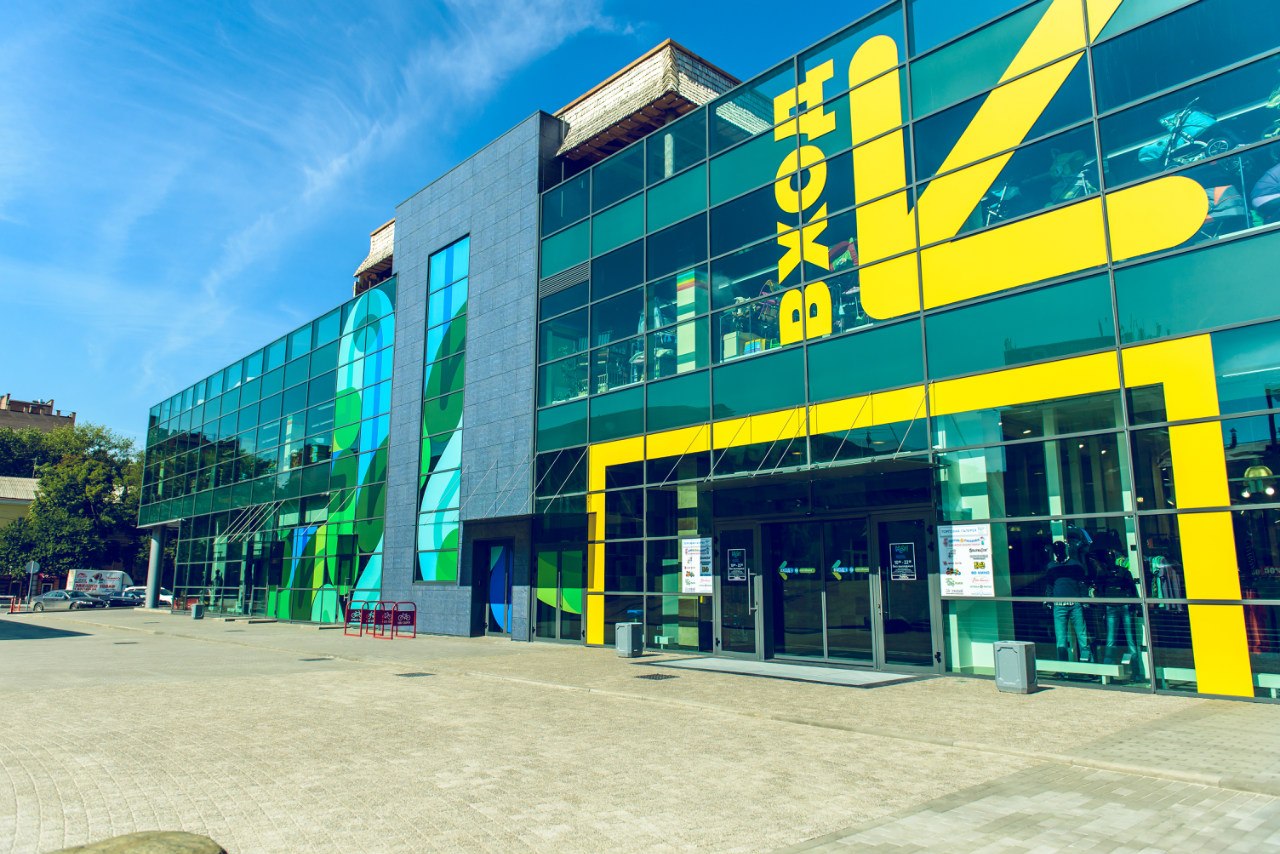
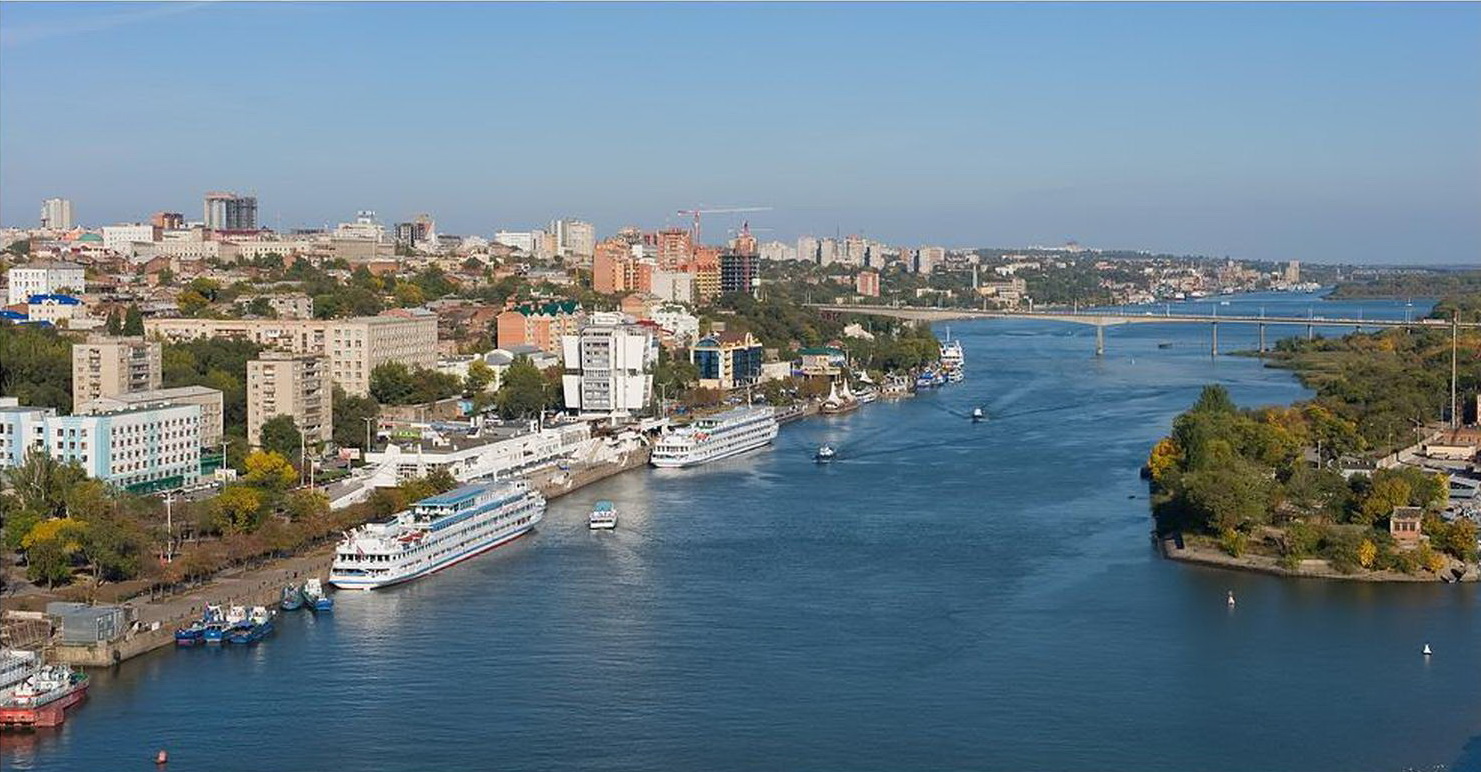

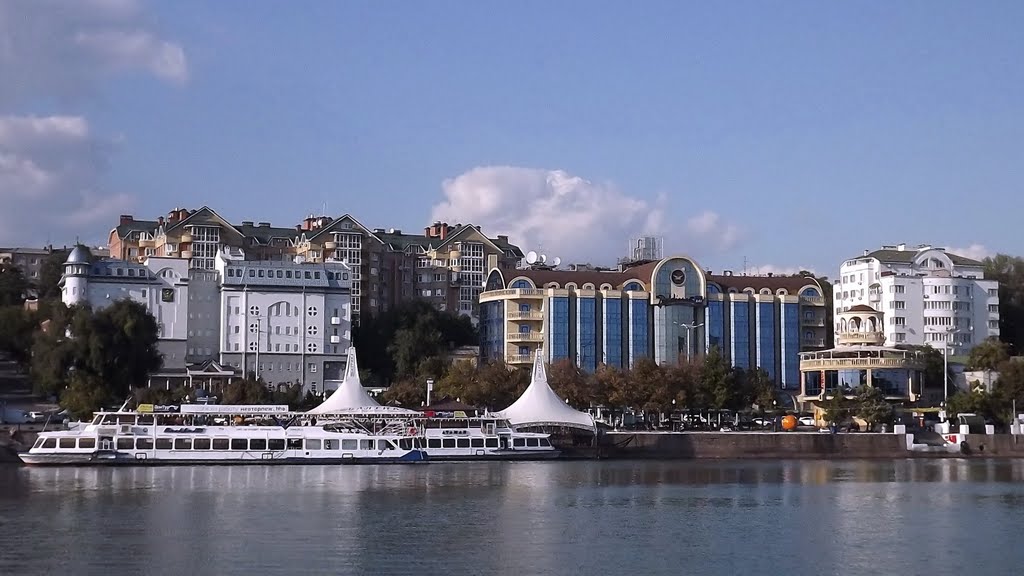
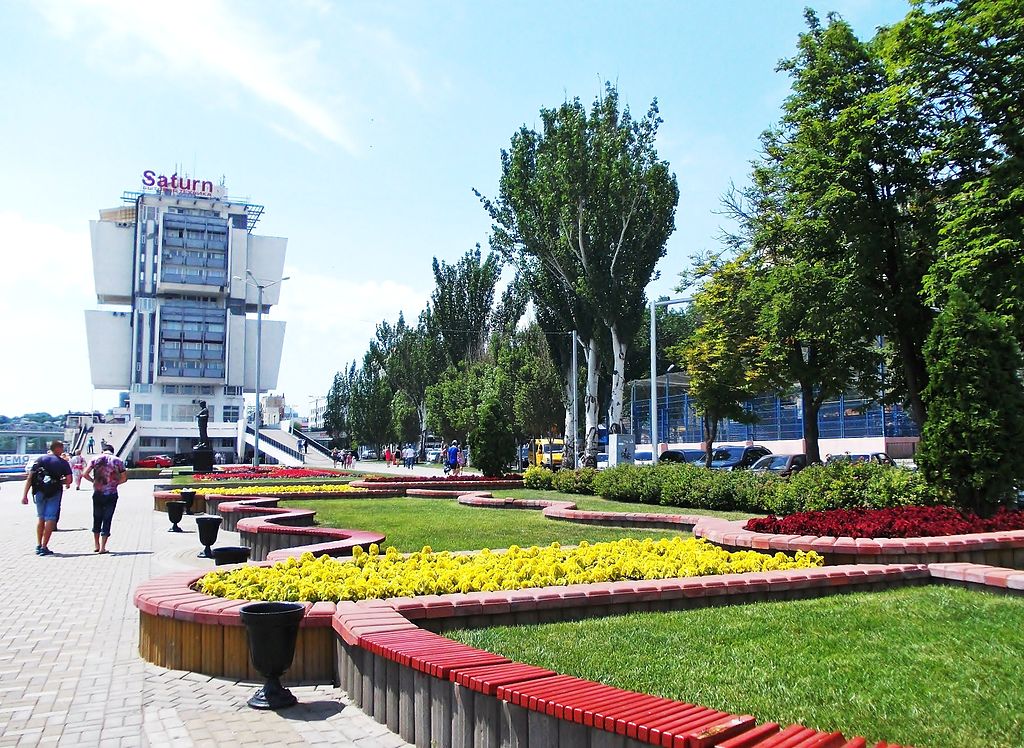
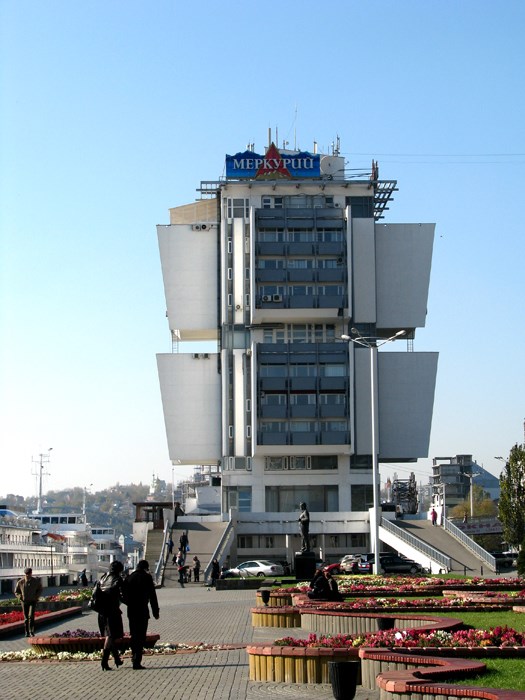
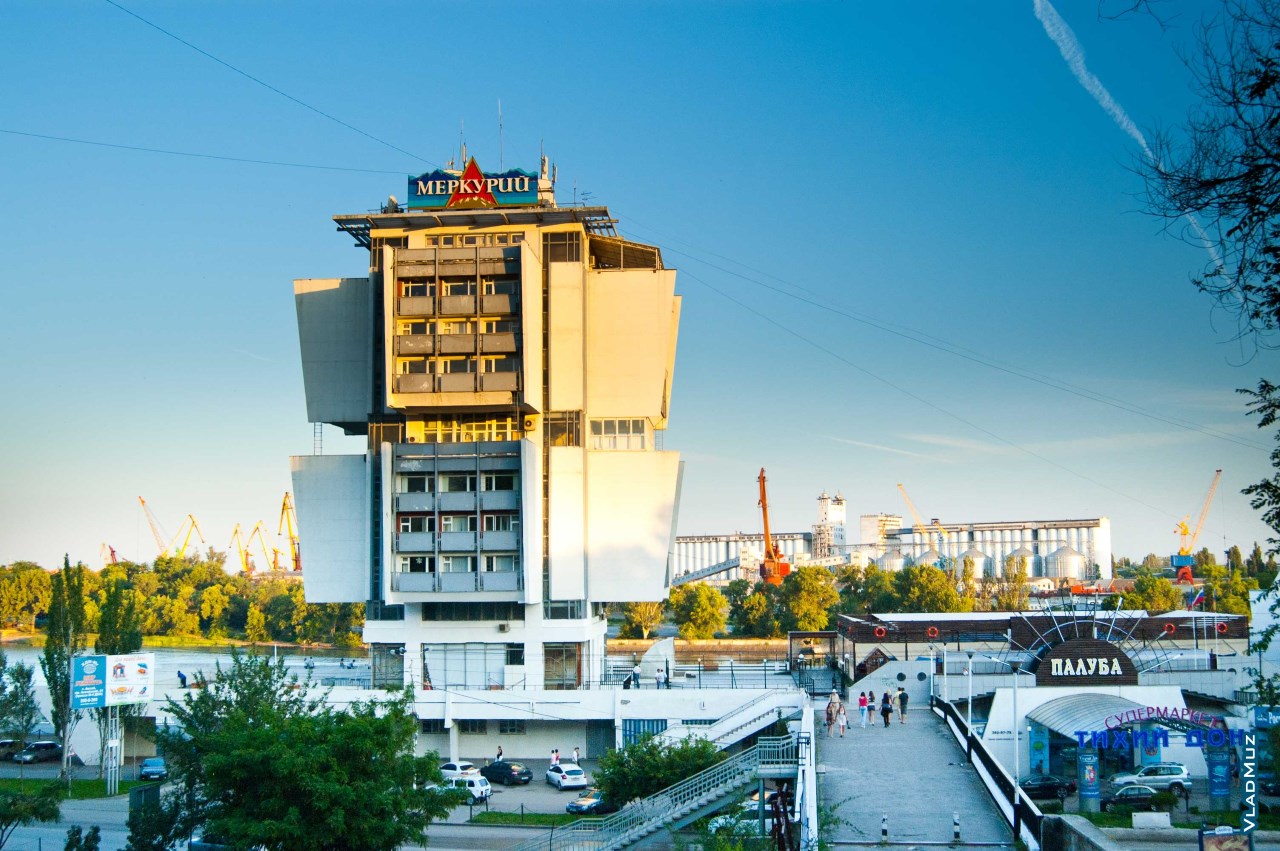
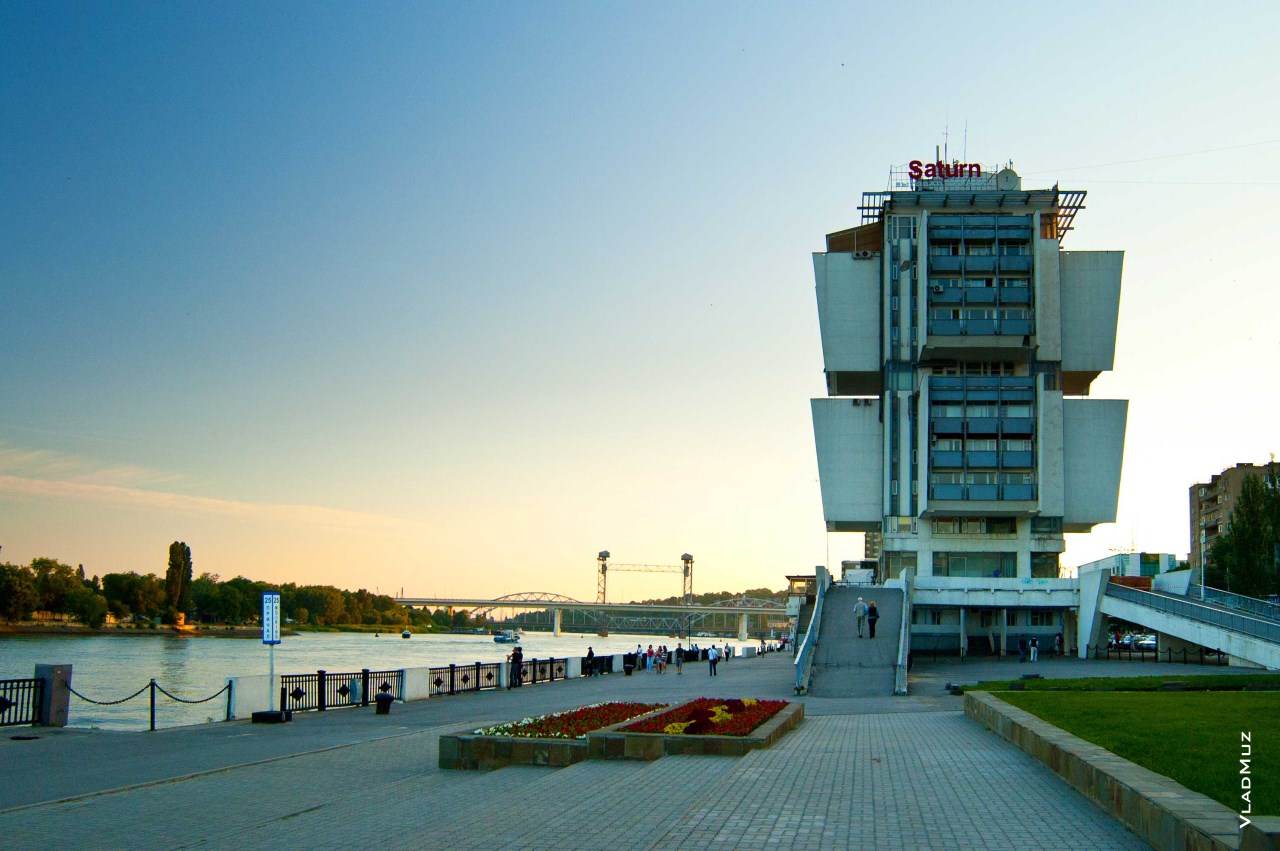
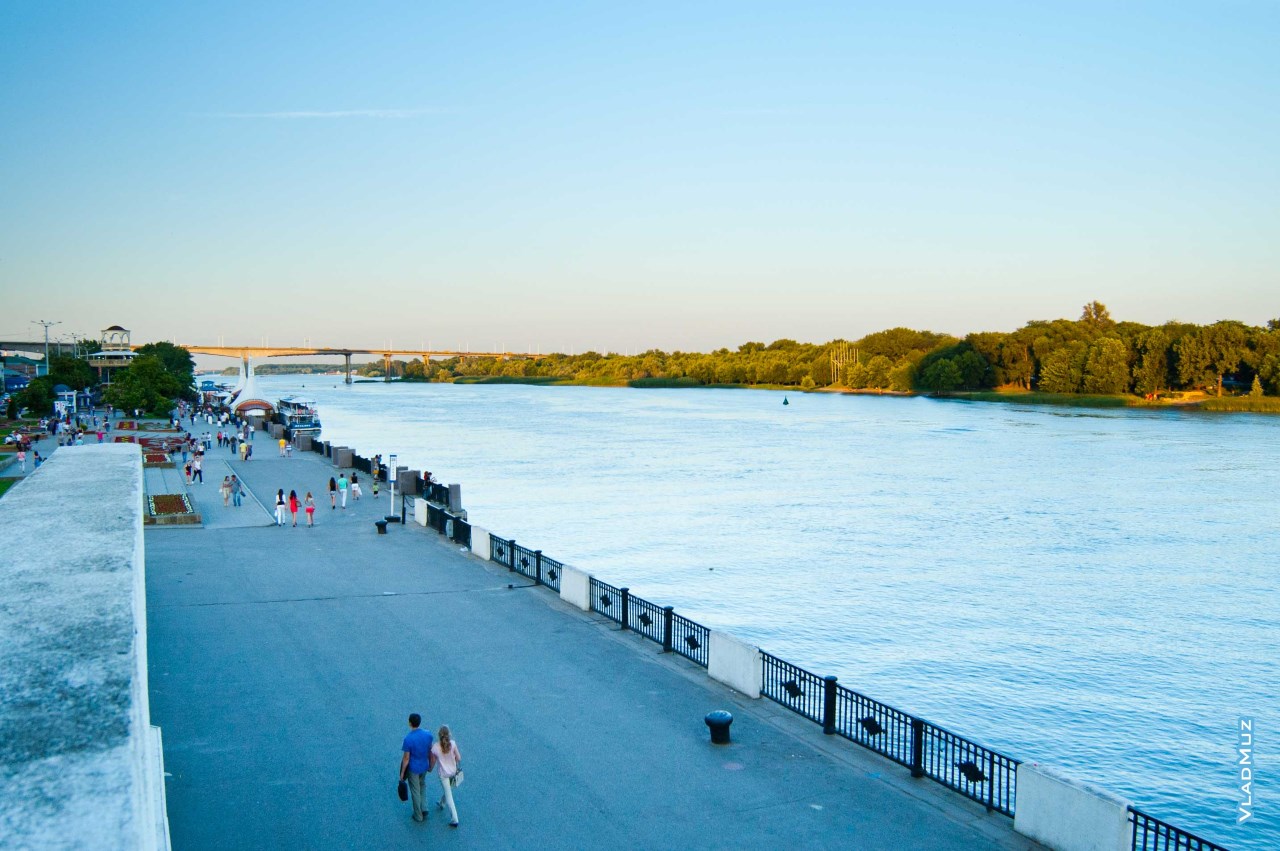
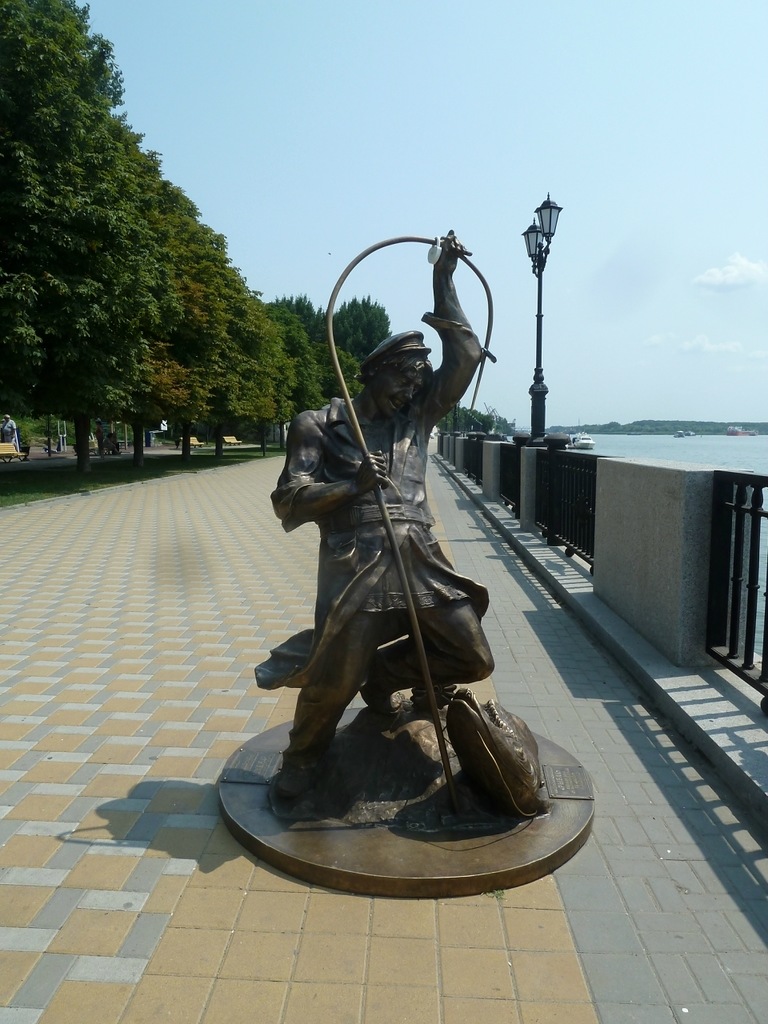
Rostov-On-Don
City Administration
346007, city of Rostov-On-Don, Bolshaya Sadovaya st., 47
City Administration Head: Chernyshev Michael Anatolievich
Phone numbers: (863) 244-13-23, Fax: (863) 240-68-57
meria@rostov-gorod.ru, www.rostov-gorod.ru
General information
Rostov-On-Don is Rostov region and the South Russia administrative center; it is a port of five seas, a south Russian significant industrial and cultural center, and an important junction of transportation highways.
History
The city was founded in 1749 on the right hilly bank of the Don River, 46 km away from the Don confluence with the Azov Sea. In the beginning, there was only customs zone on this site, then in 1760 began the fortress construction for south Russian boarders’ protection, named after the Rostov and Yaroslavl metropolitan Dmitry. The settlements arising around the fortress were named as town Rostov-on-Don in August 17 1807 in the Emperor Alexander the First Decree.
Geographic Outline
The city area is 354 km2, the population is more than 1.058 million people. The city is located 1226 km away from Moscow, in the center of transportation highways, giving access to three seas – the Black, Azov, Caspian; and connection to the CIS European part, Transcaucasia, the Middle East and the Mediterranean. The city has a n international airport with the passenger traffic of 4,5 billion passenger-kilometers.
Economics
Rostov-On-Don is a south Russian political, economic and cultural center, possessing a significant industrial, banking, commercial and scientific potential. According to the 2007 data, the city achieved the largest increase in industrial production – 45,8 % among other regional towns.
The economic partnership bilateral agreements between the city administration and the city enterprises were found to be effective. At present, the pilot collaboration project is being in process in the enterprise group, including “Horizont”, PC, Champaign Wines Plant, “RostovBumaga” PC, Brewery, garment factory, Dairy Products Plant, etc.
The Municipal Duma provided tax benefits for technical innovations introduction to the “Don Tobacco” PC to maintain the nearly single left domestic enterprise of the Russian tobacco industry.
The city trademarks are the following enterprises: “Rostcelmash” PC, “Rostvertol” PC, “Baltika-Don”, PC, “Don Tobacco”, “Yug Rusi”.
Transportation
Rostov-On-Don took an active part in the investment project “Public Transportation in Russia”, proposed by the International Bank of Reconstruction and Development. Rostov was among the 15 Russian cities granted by the investment credit for the program realization of municipal public transportation stabilization.
The municipal transport along with the private transportation enterprises helps to solve the municipal transportation problems.
Social sphere
The contemporary Rostov provides the healthcare services level equal to Moscow and Saint Petersburg.
In recent years, the city education system structure was repeatedly innovated by creation of new type educational institutions, providing education updated to the modern life demands.
In total, Rostov has 288 municipal educational institutions.
They are : 12 lyceums, 4 gymnasiums, 13 private new type educational institutions, 19 complexes “kindergarten and school”, 5 children centers, 10 specialized linguistic kindergartens, 11 specialized art kindergartens, 8 humanitarian ecological kindergartens, 14 complementary kindergartens.
17 secondary schools provide profound study of particular subjects, 5 of them have complementary education classes, 58 of them have higher educational institutions oriented programs.
http://www.dontourism.ru/en/city_view.aspx?id=91
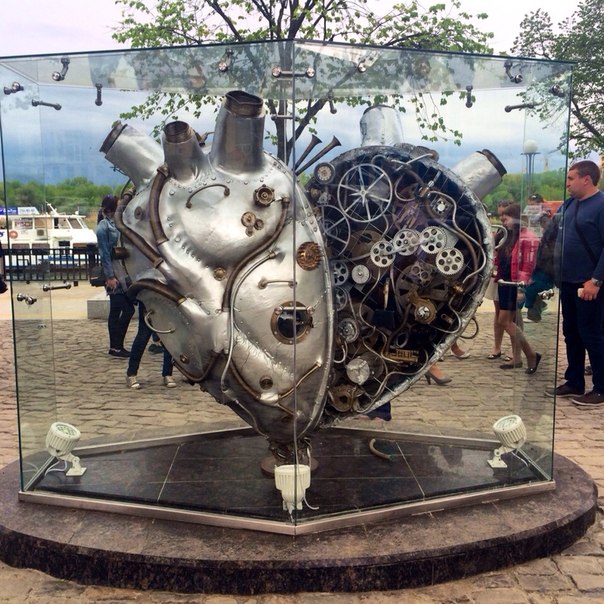
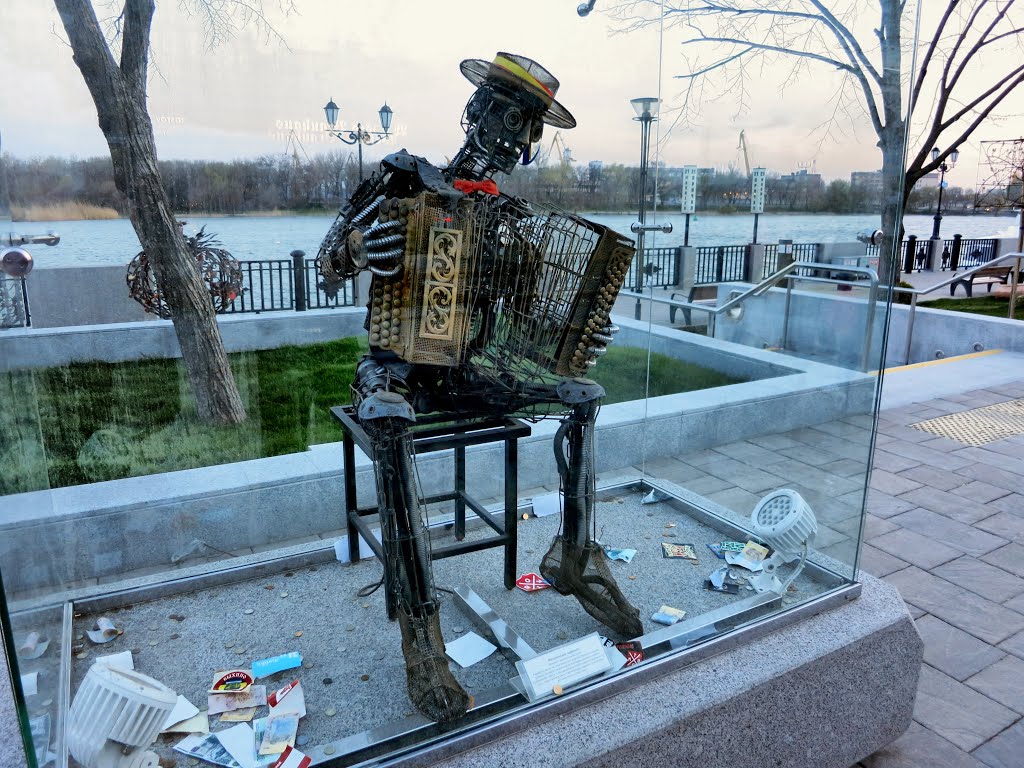
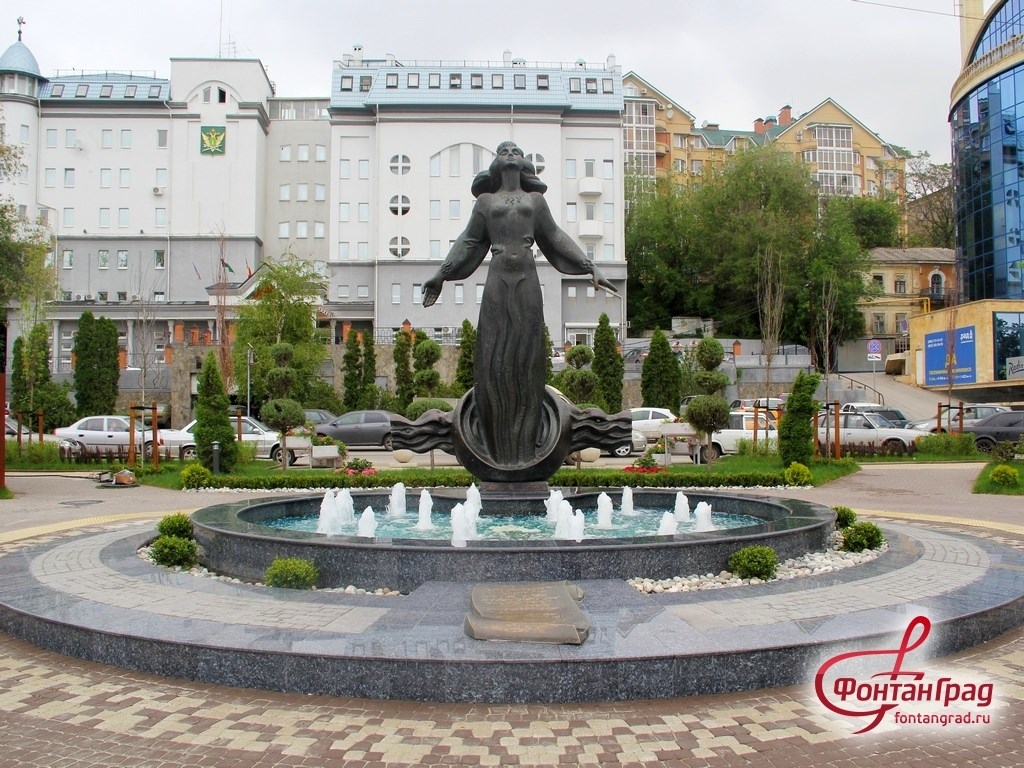
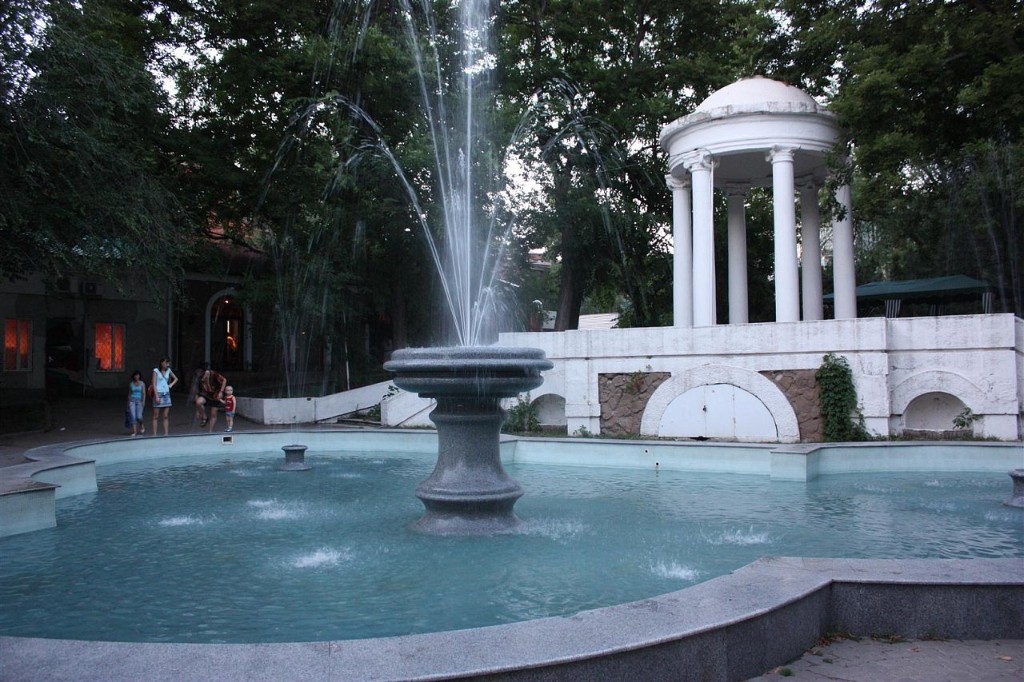
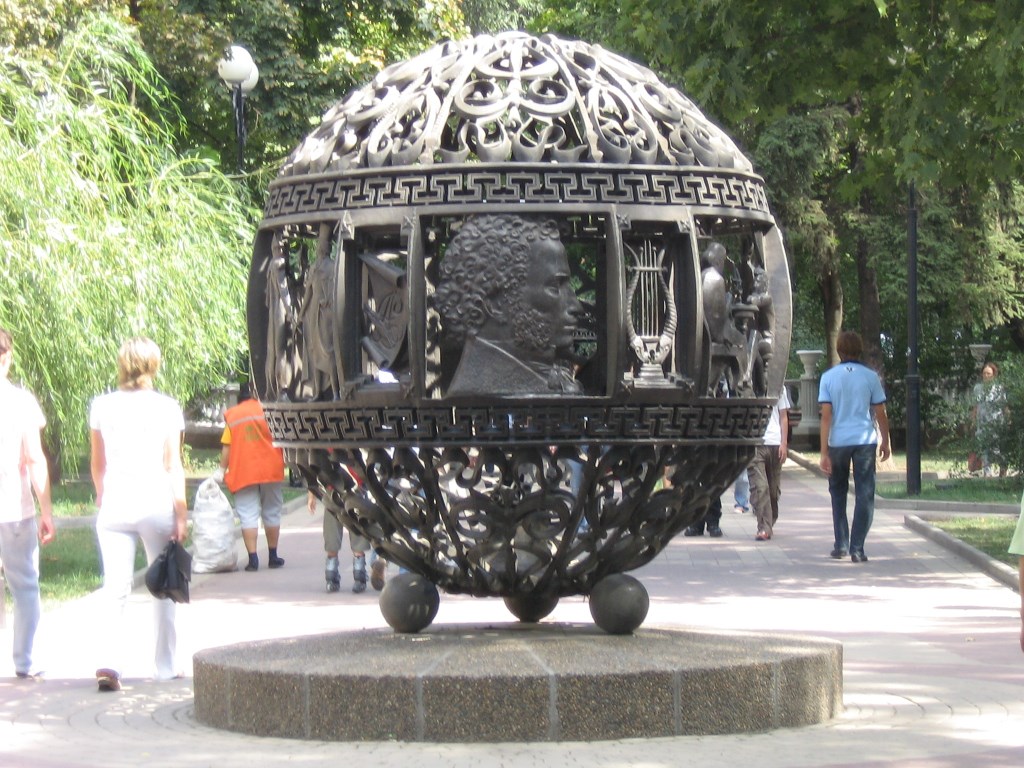
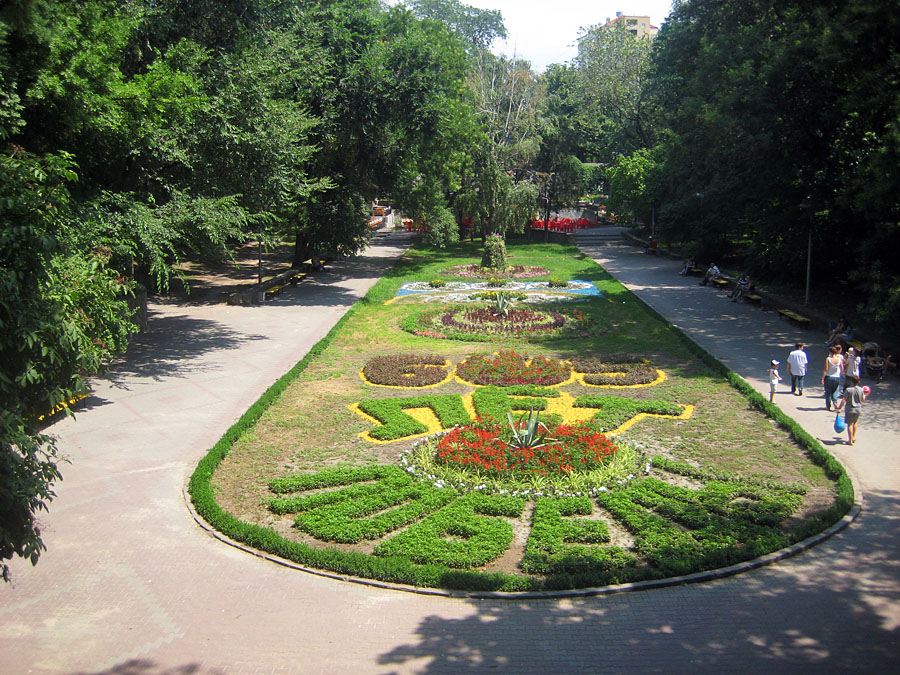

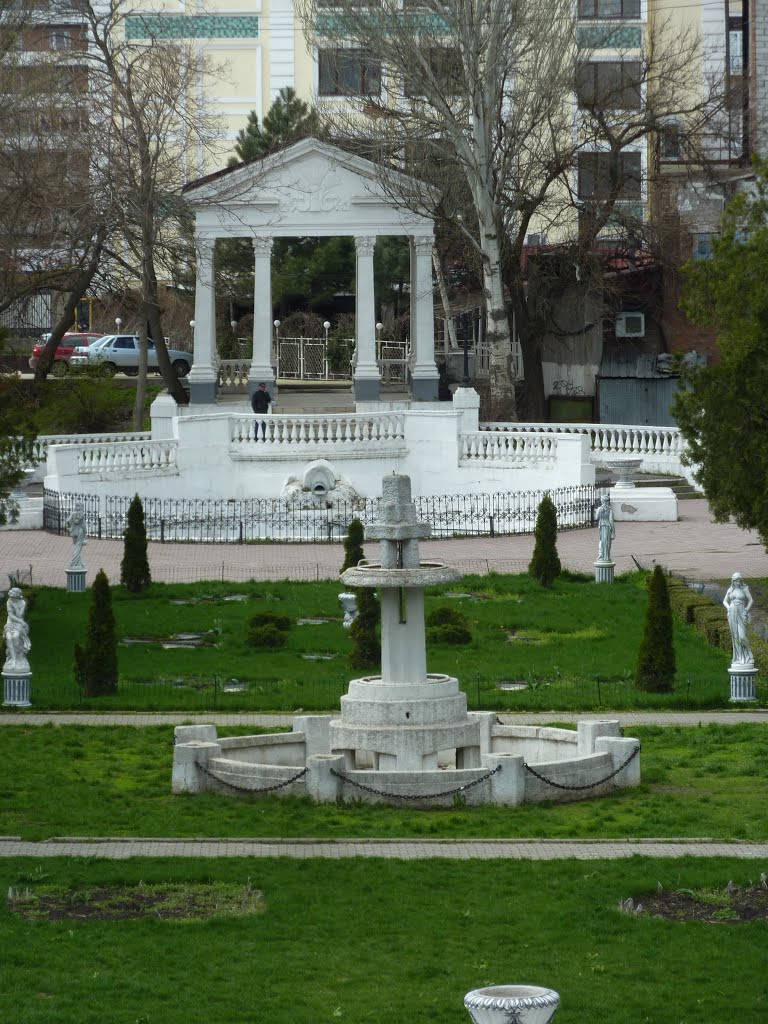
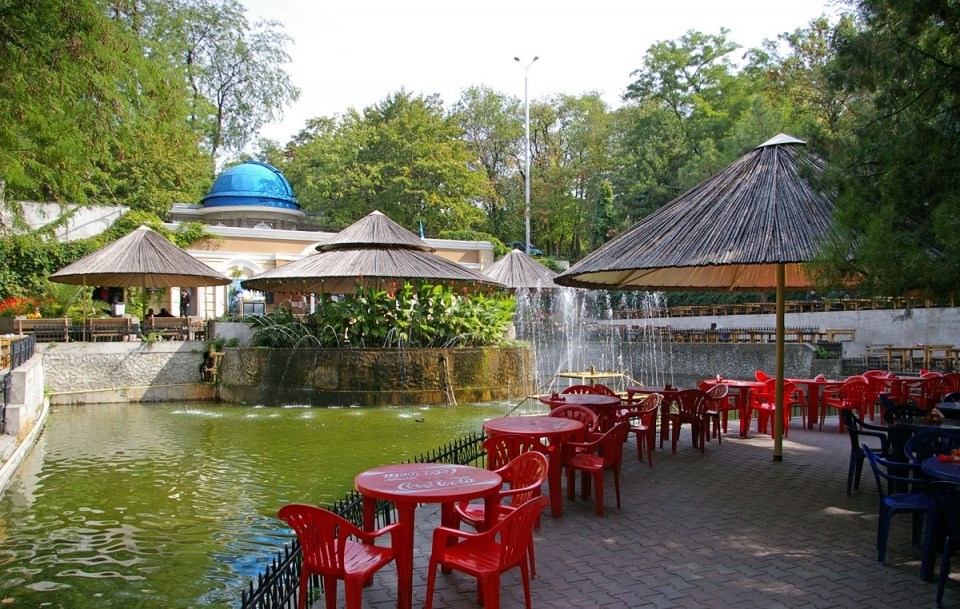
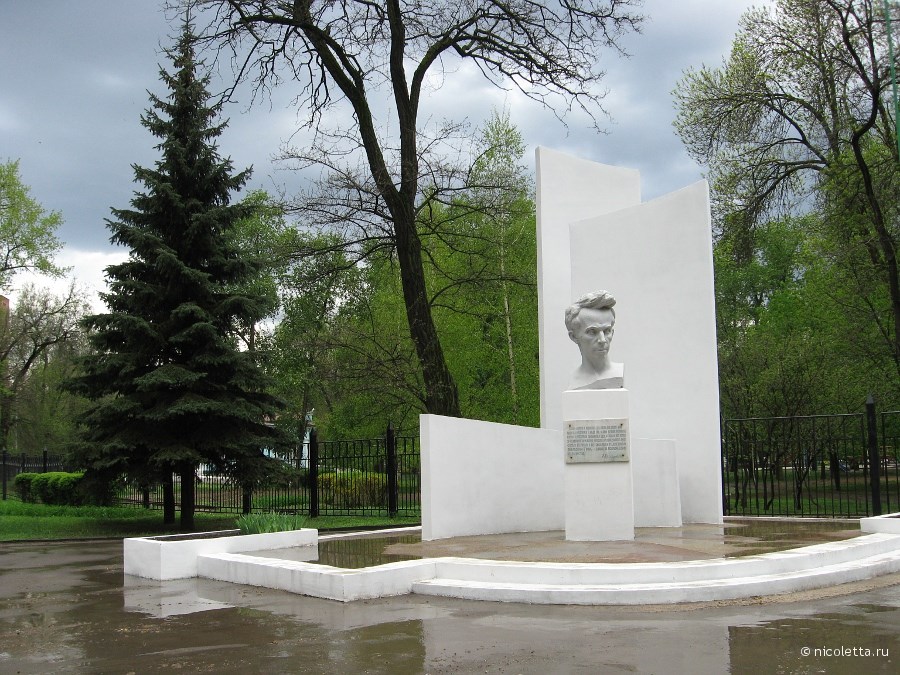
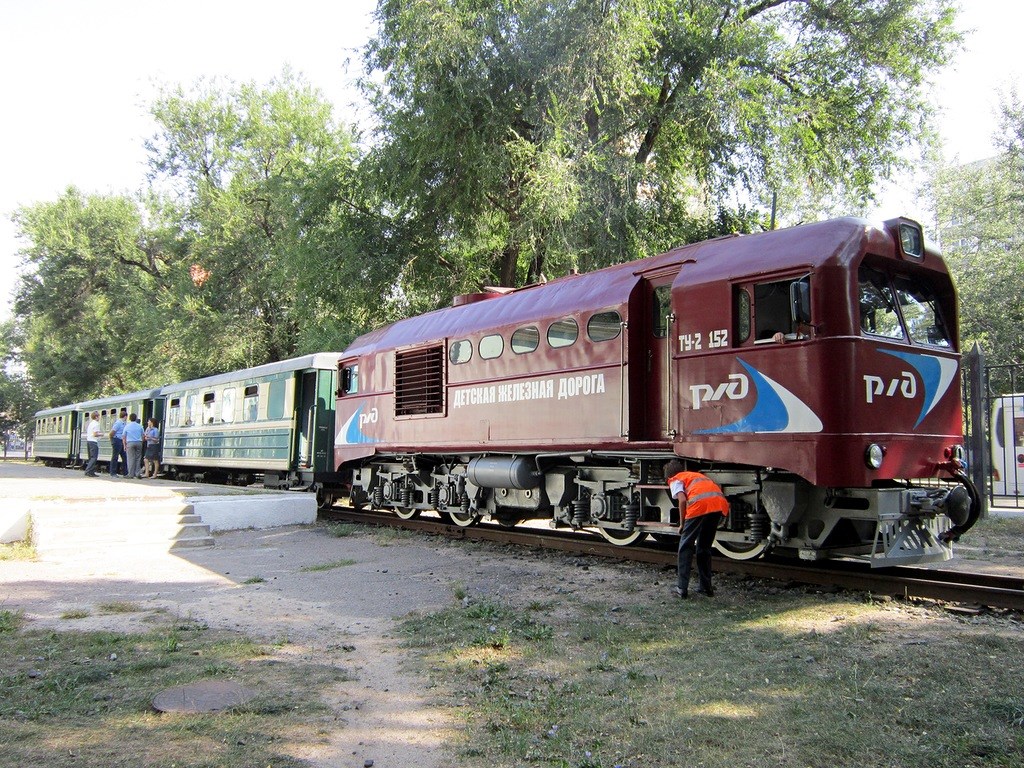

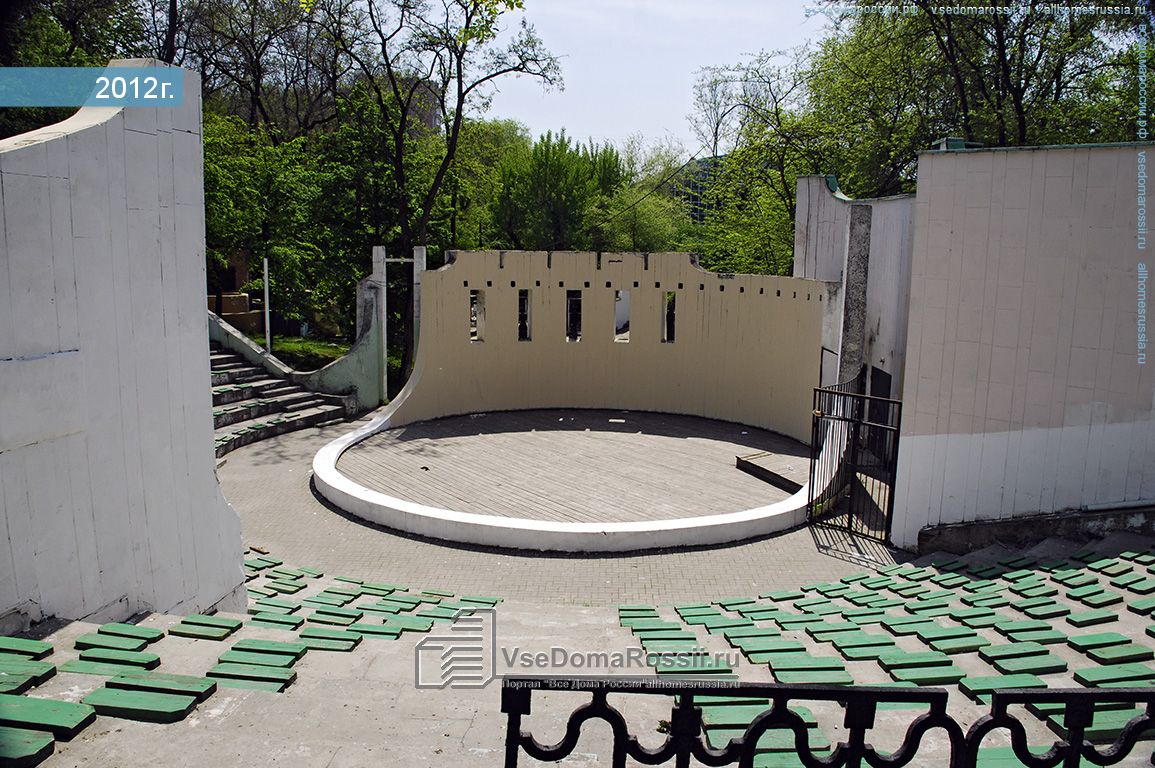
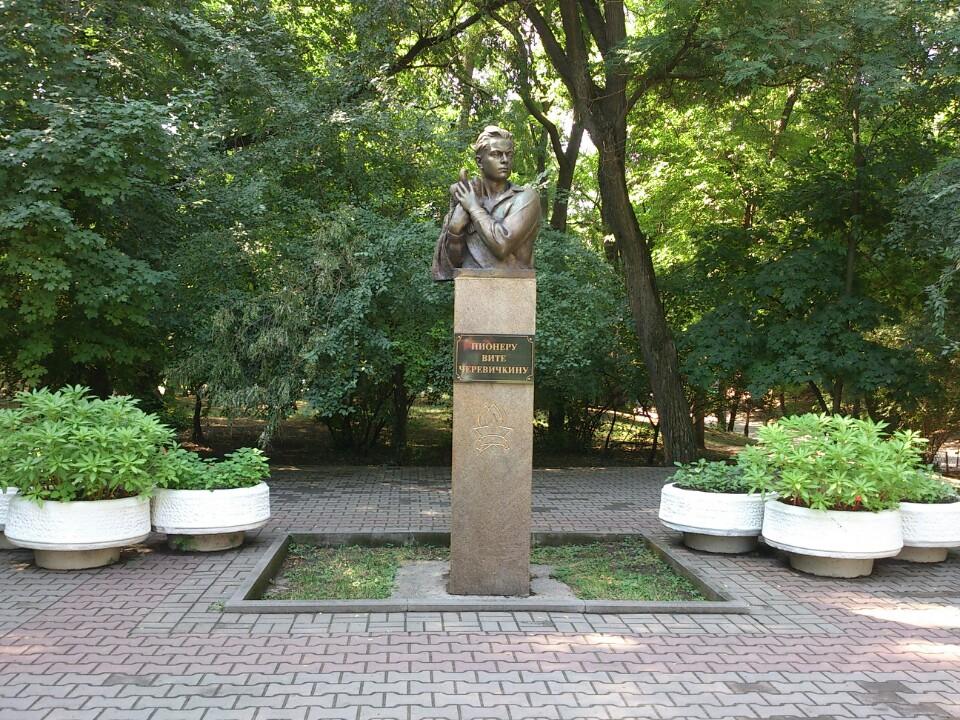

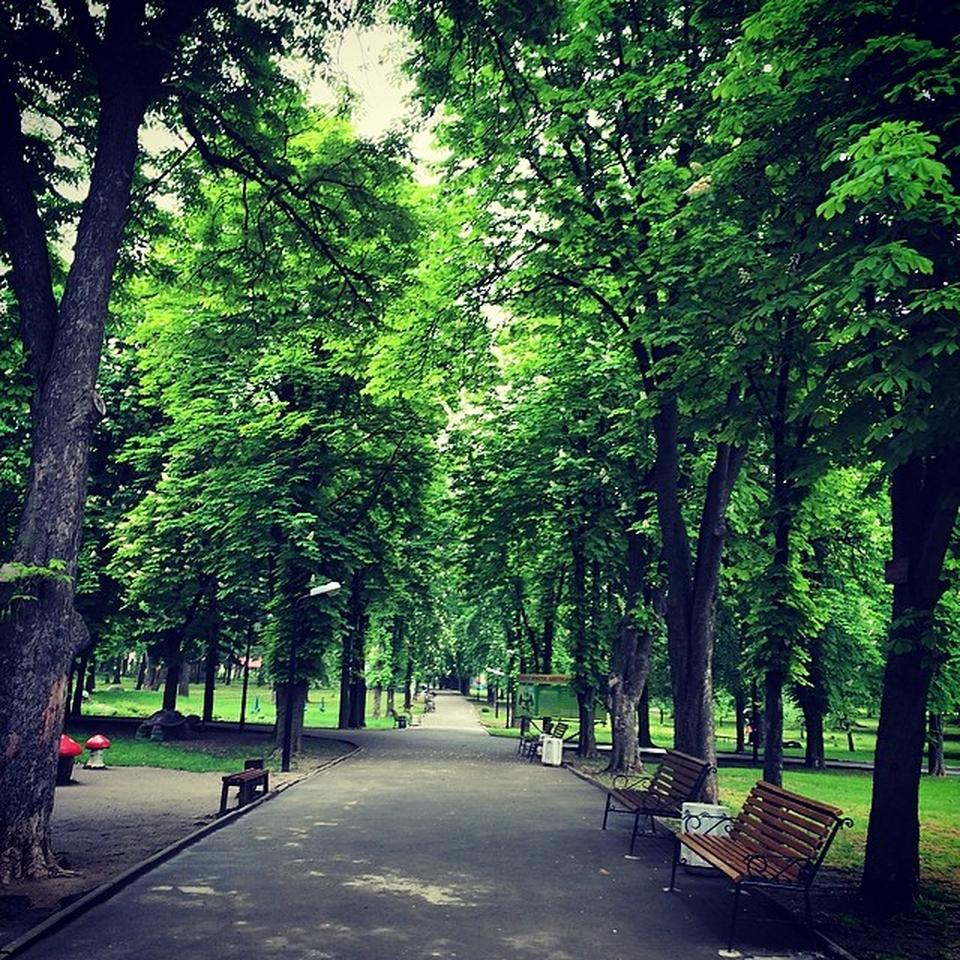
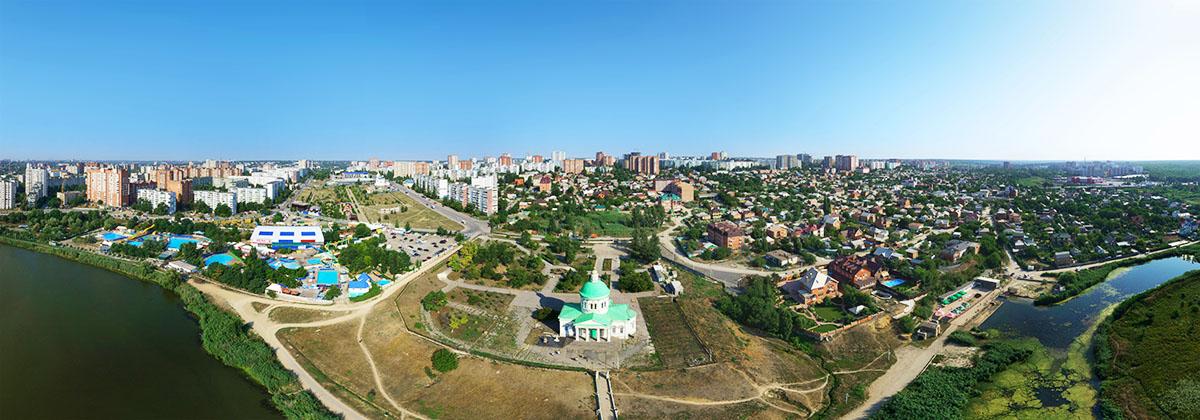
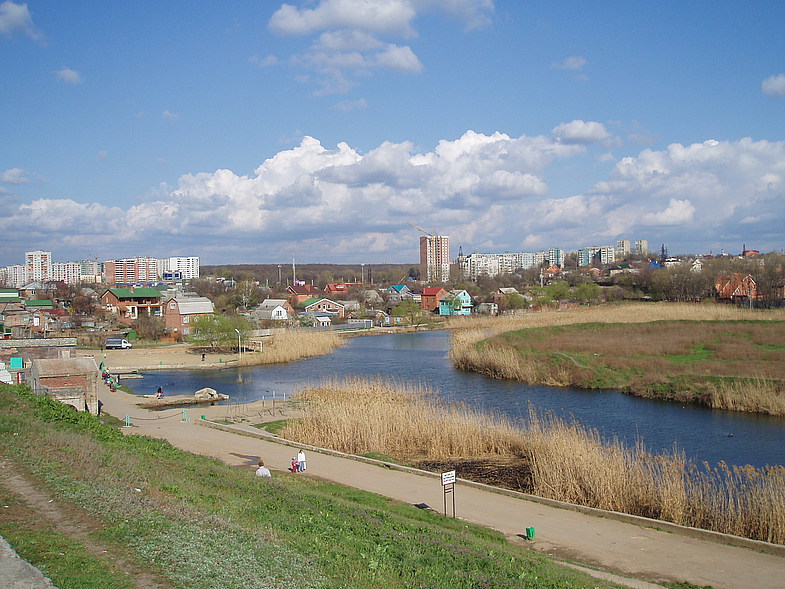
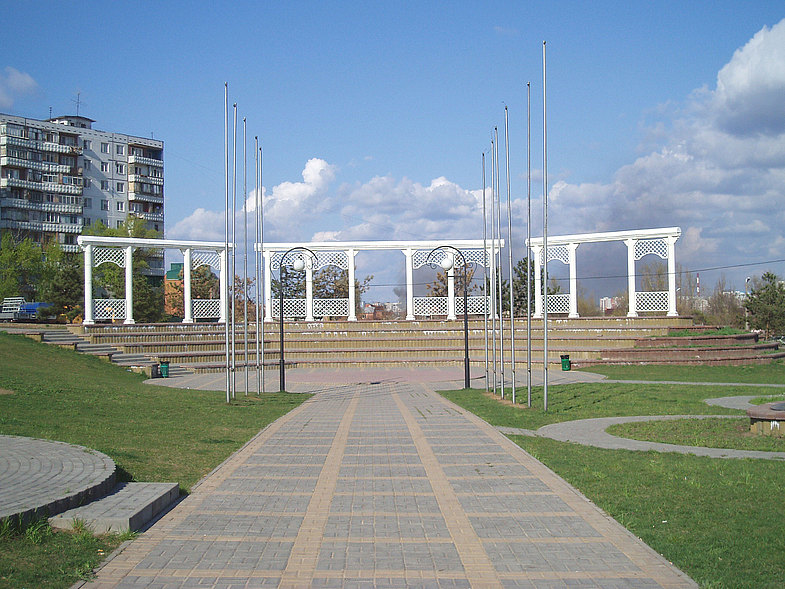
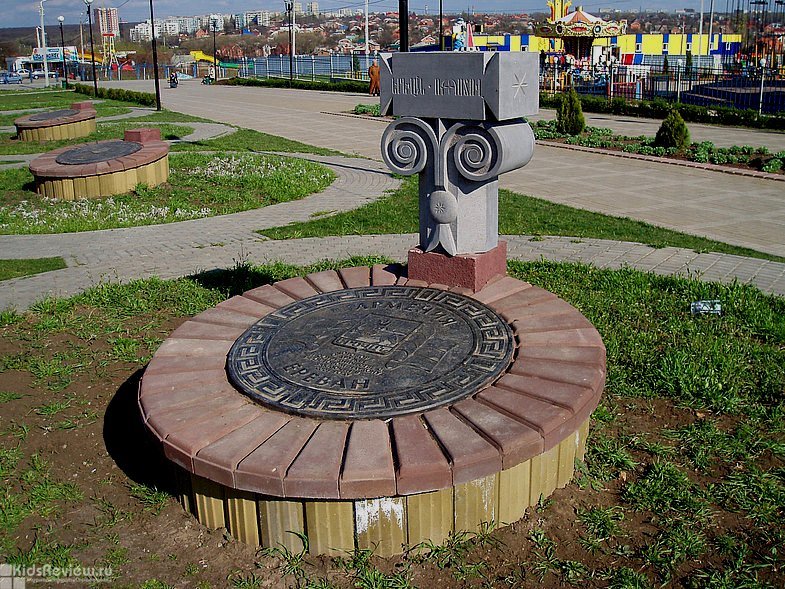
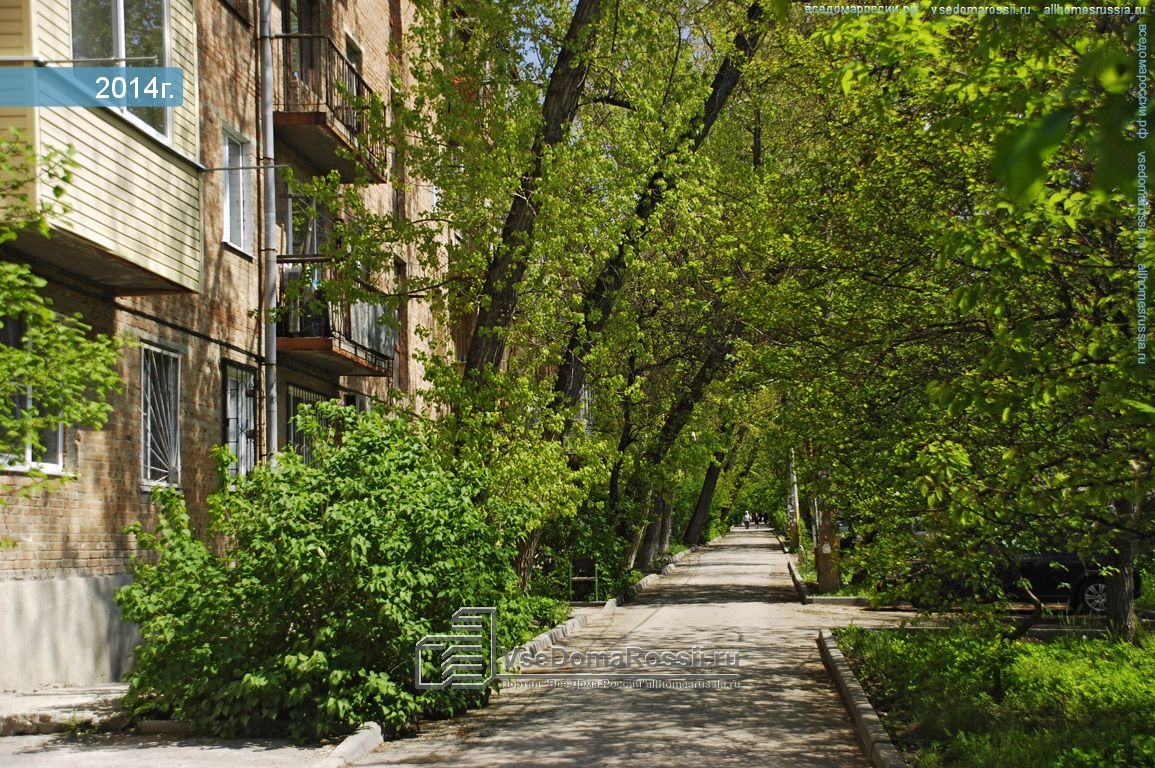
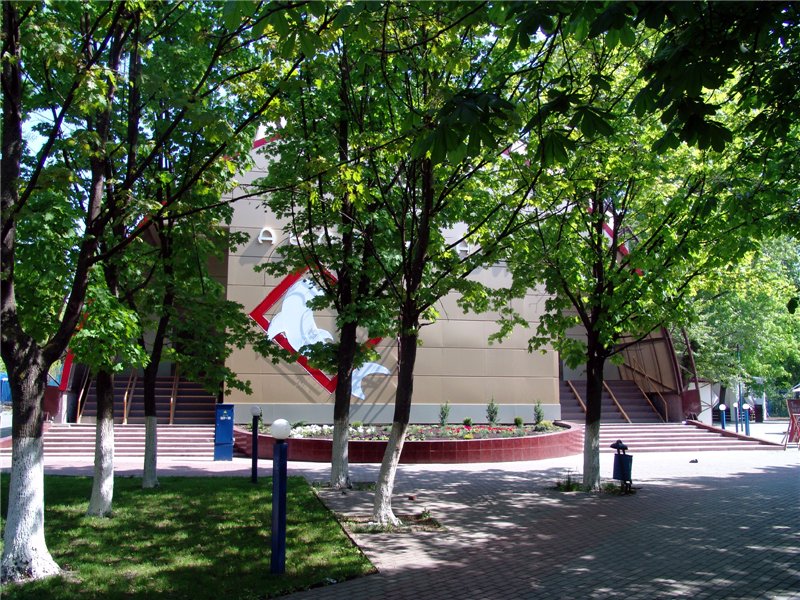
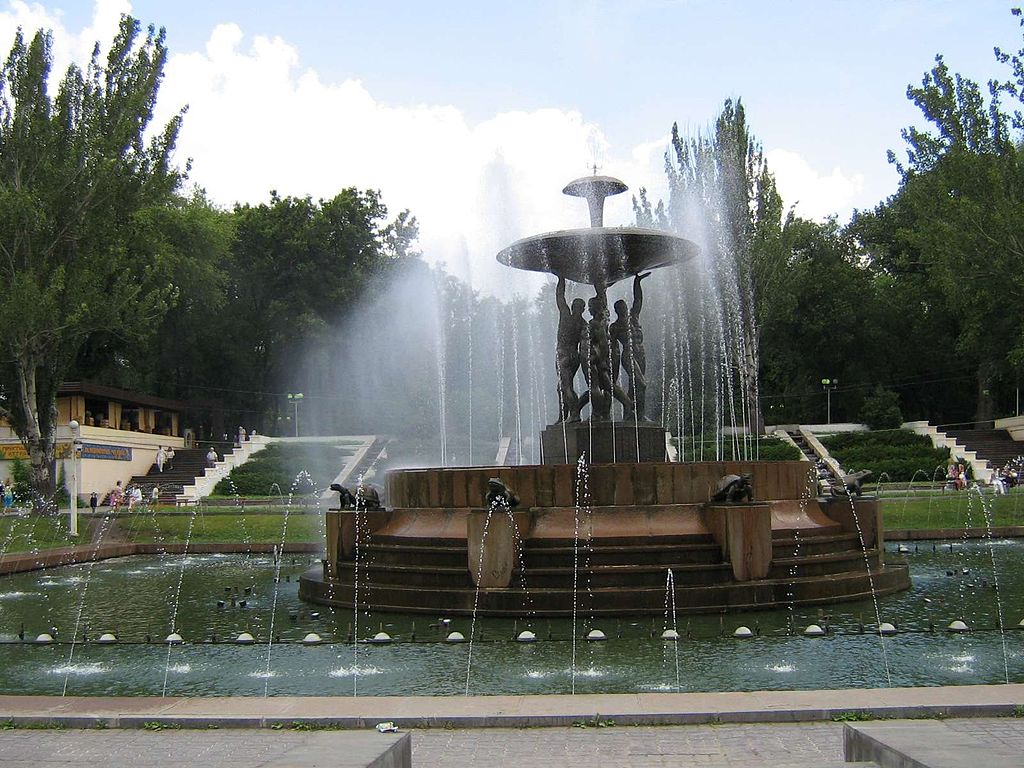
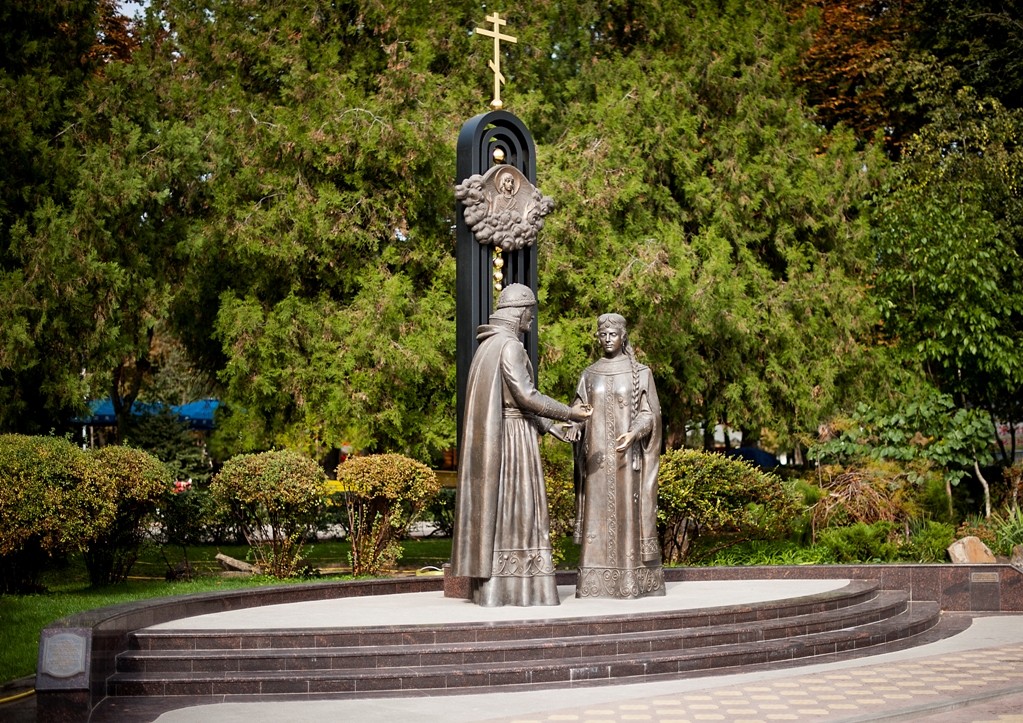
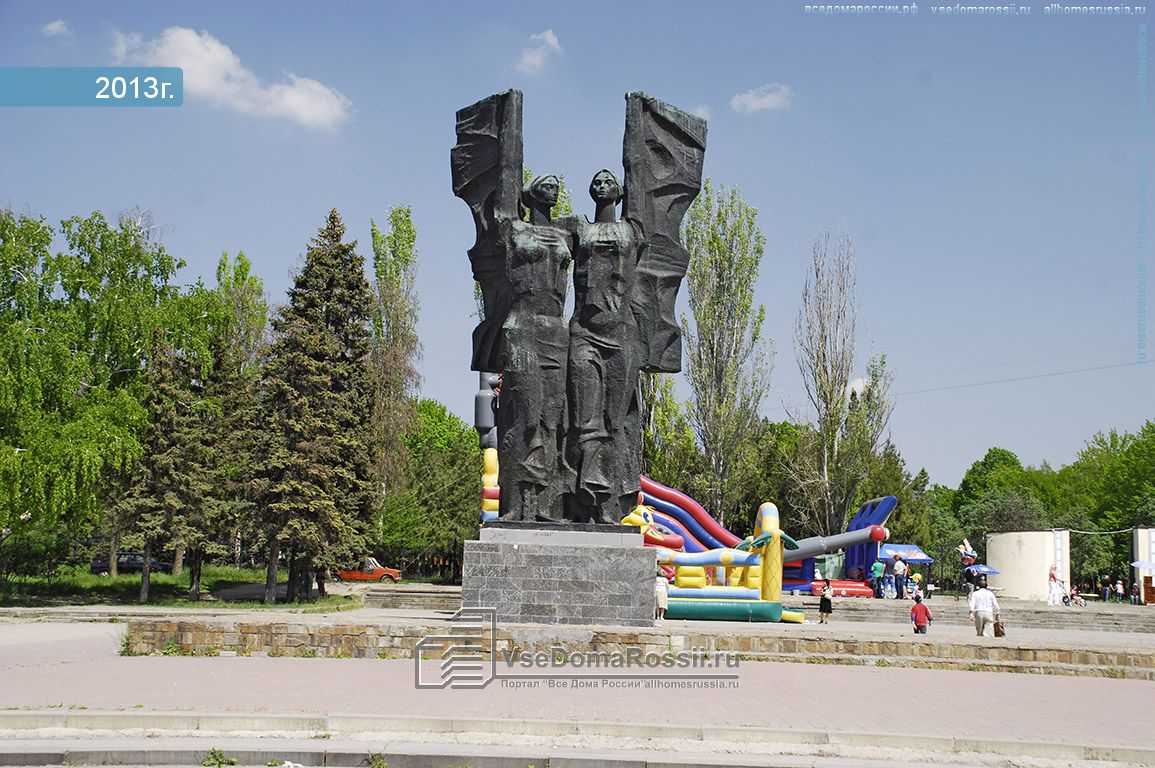
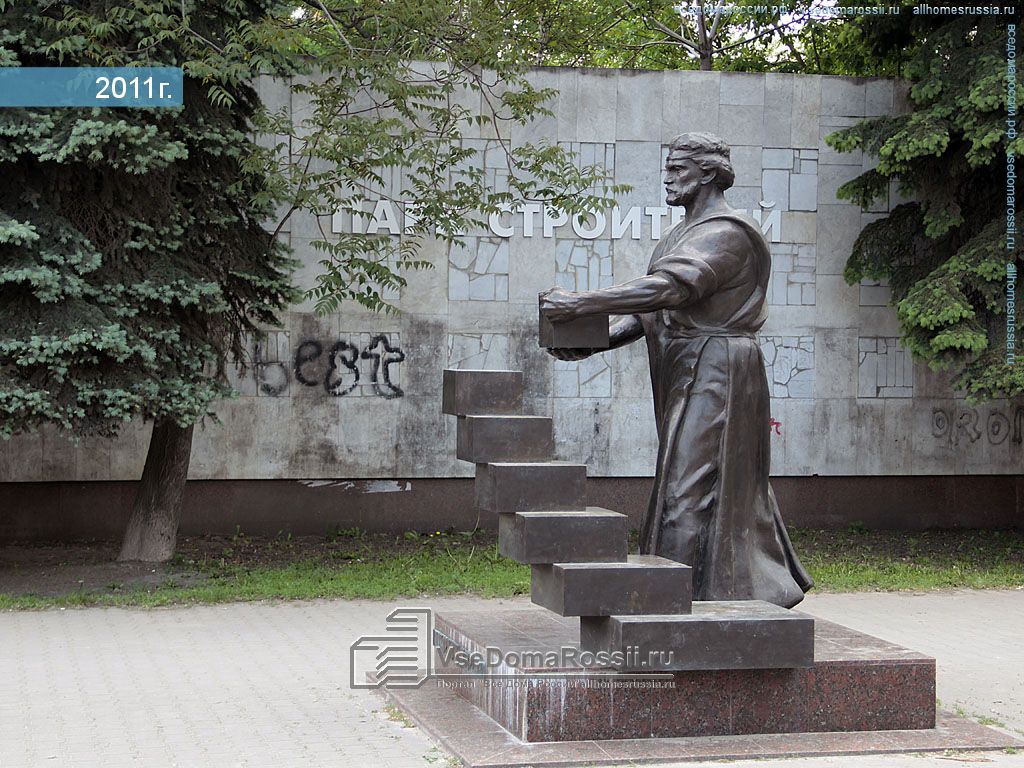
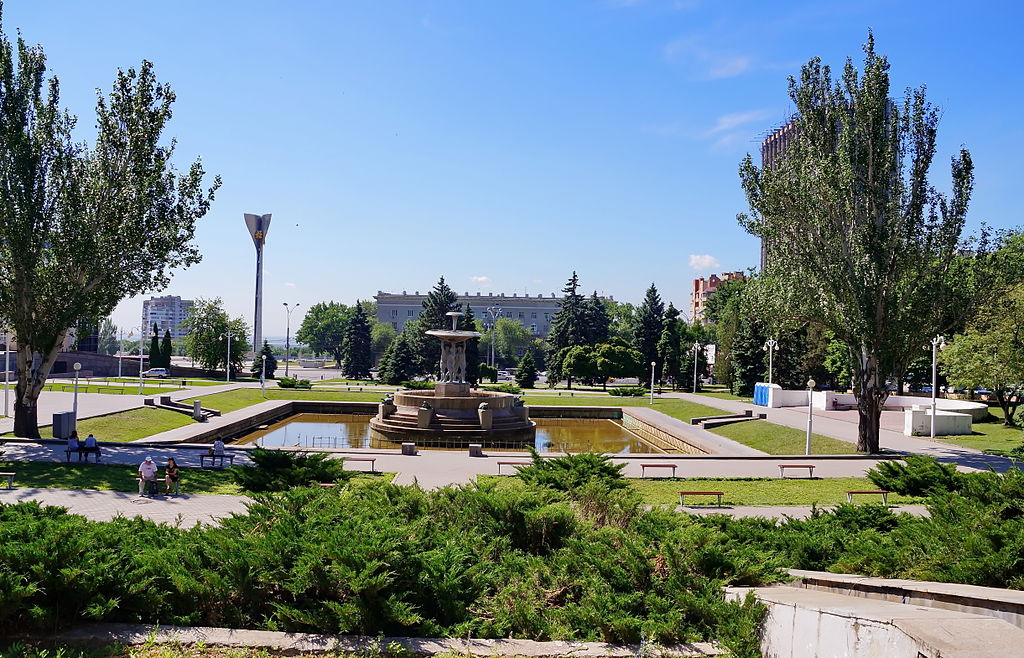
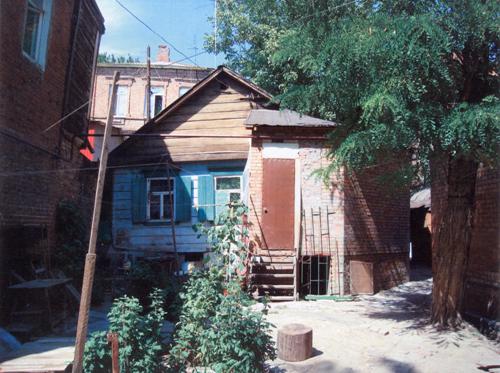
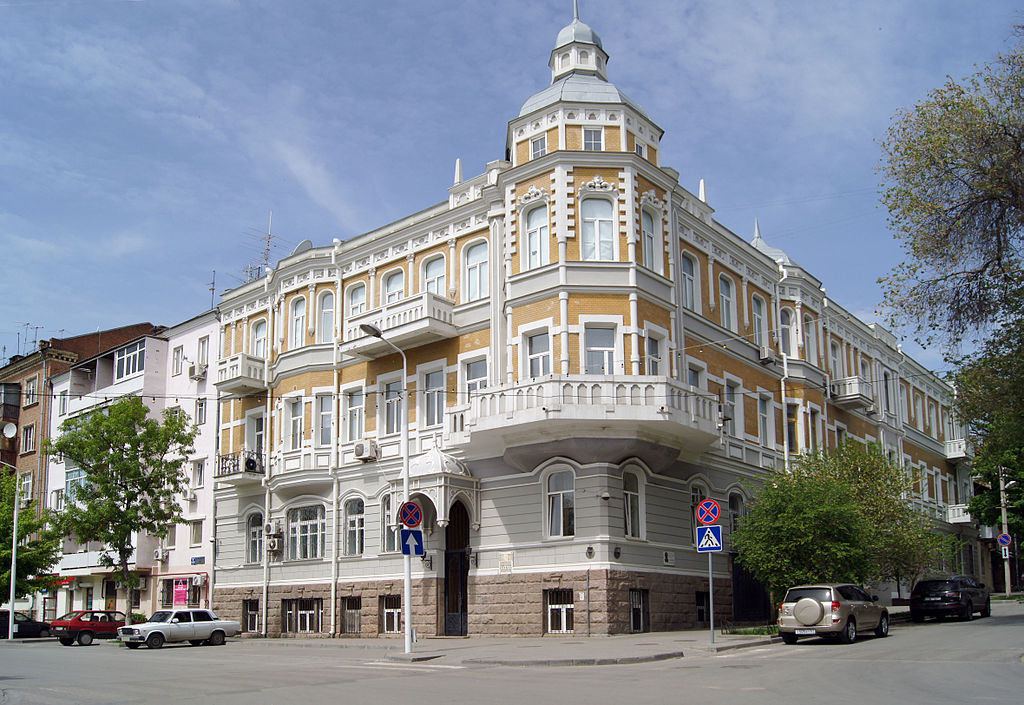
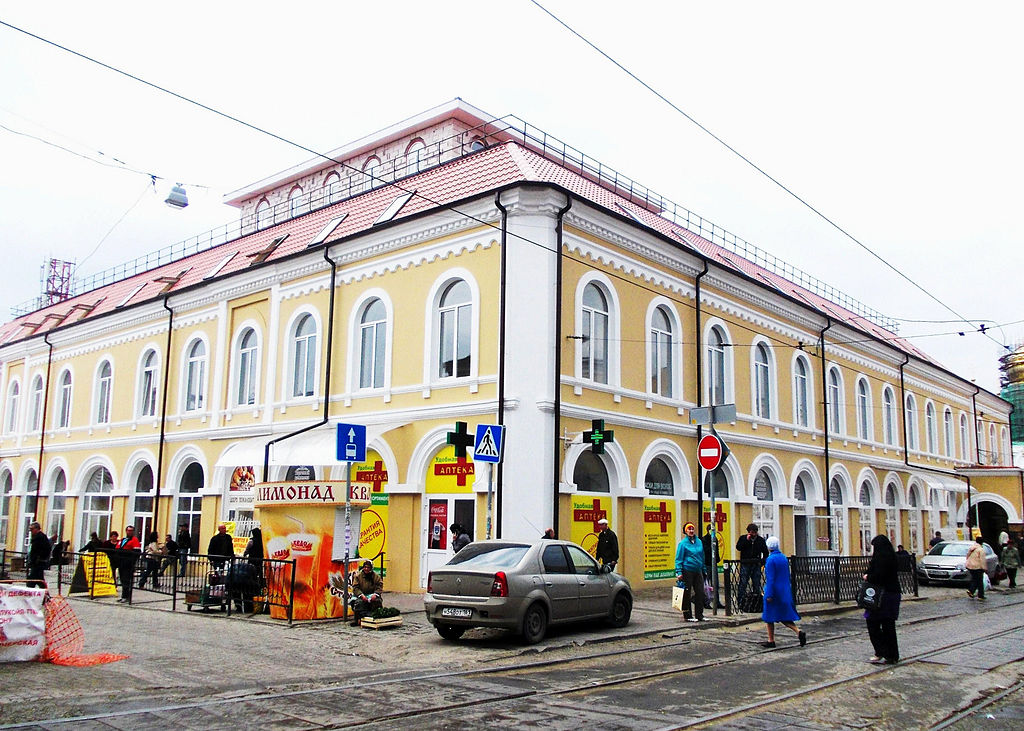
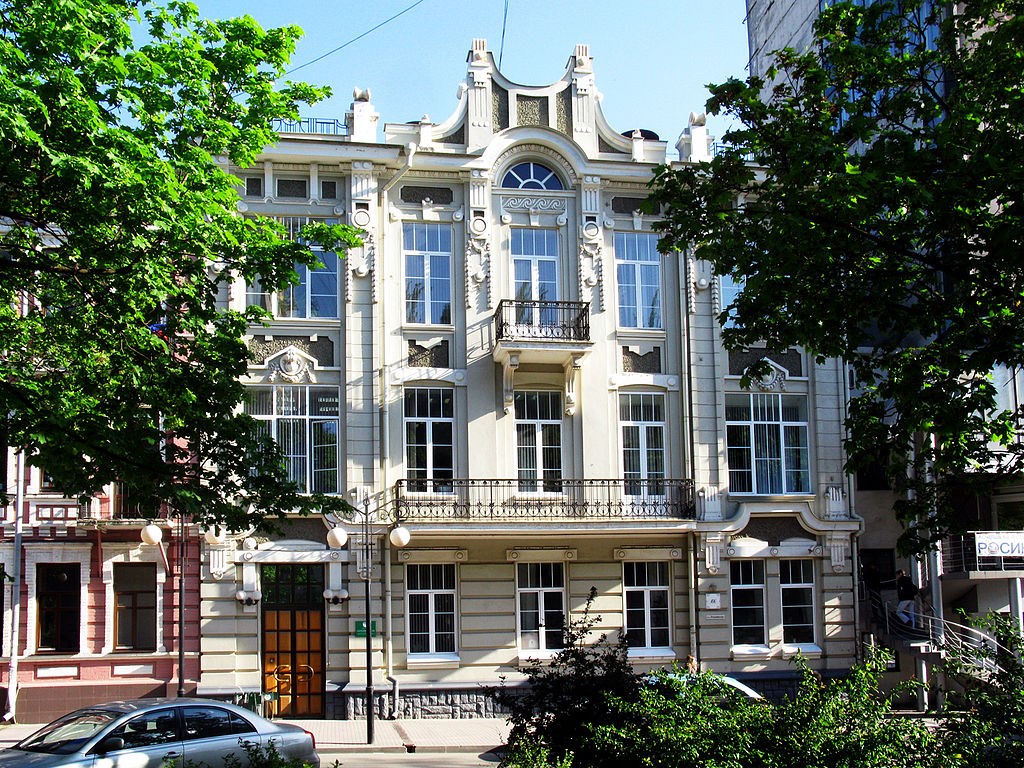
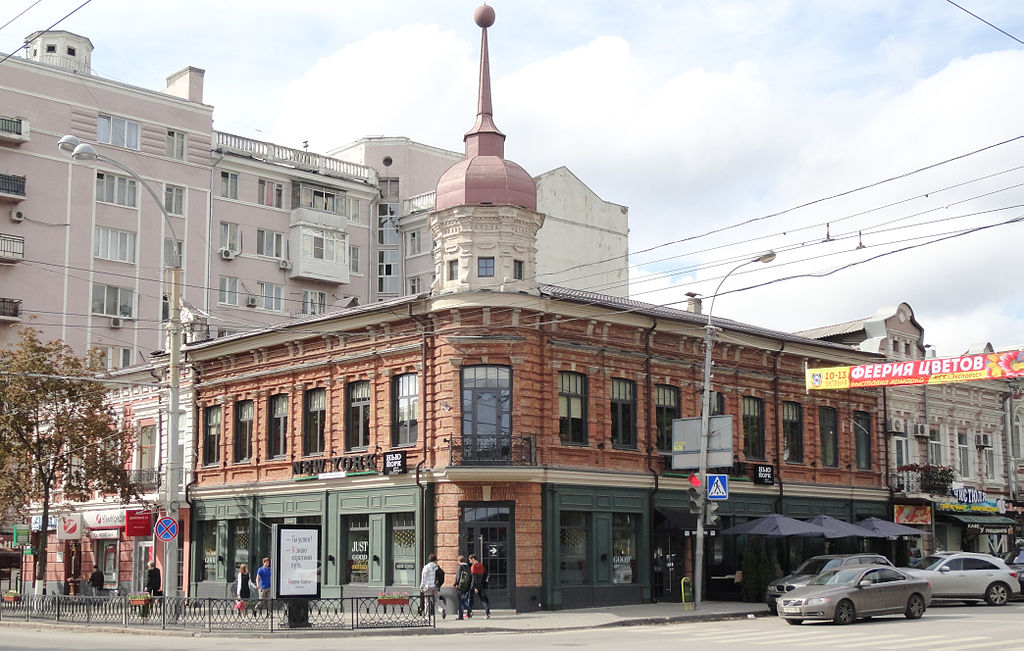
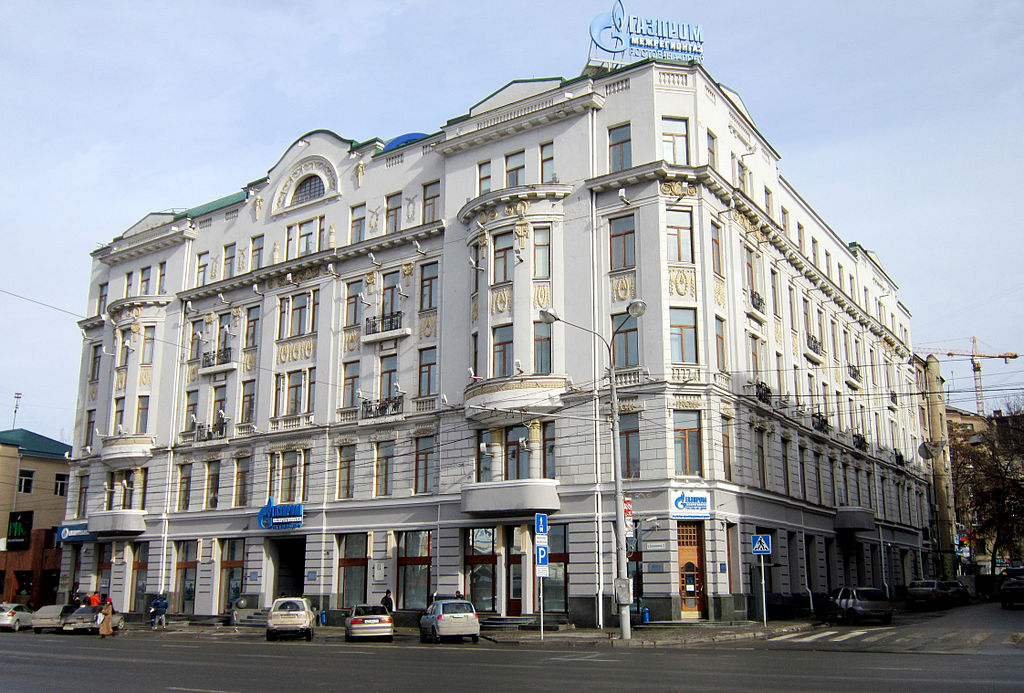
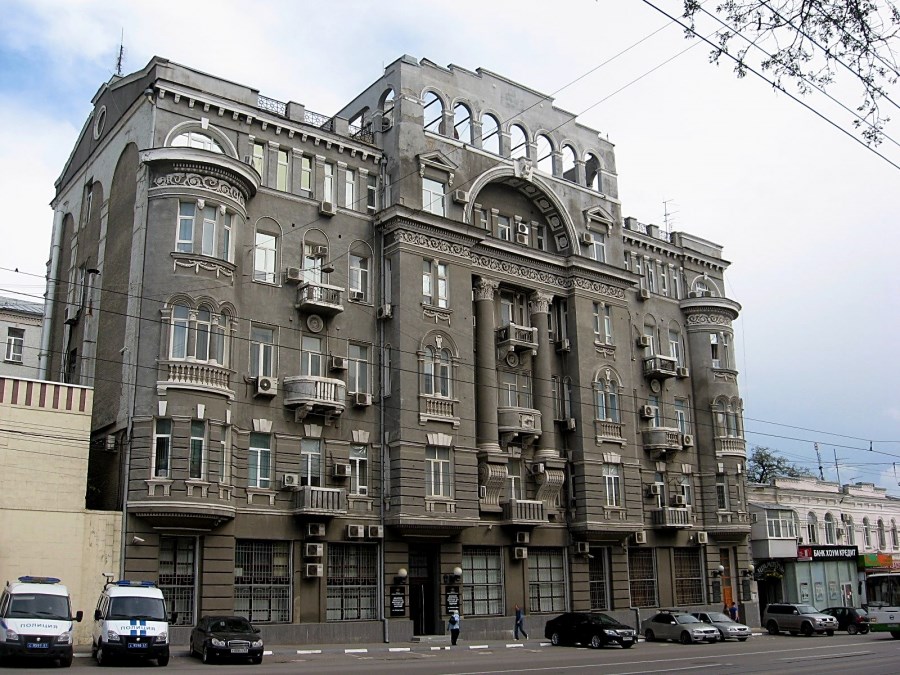
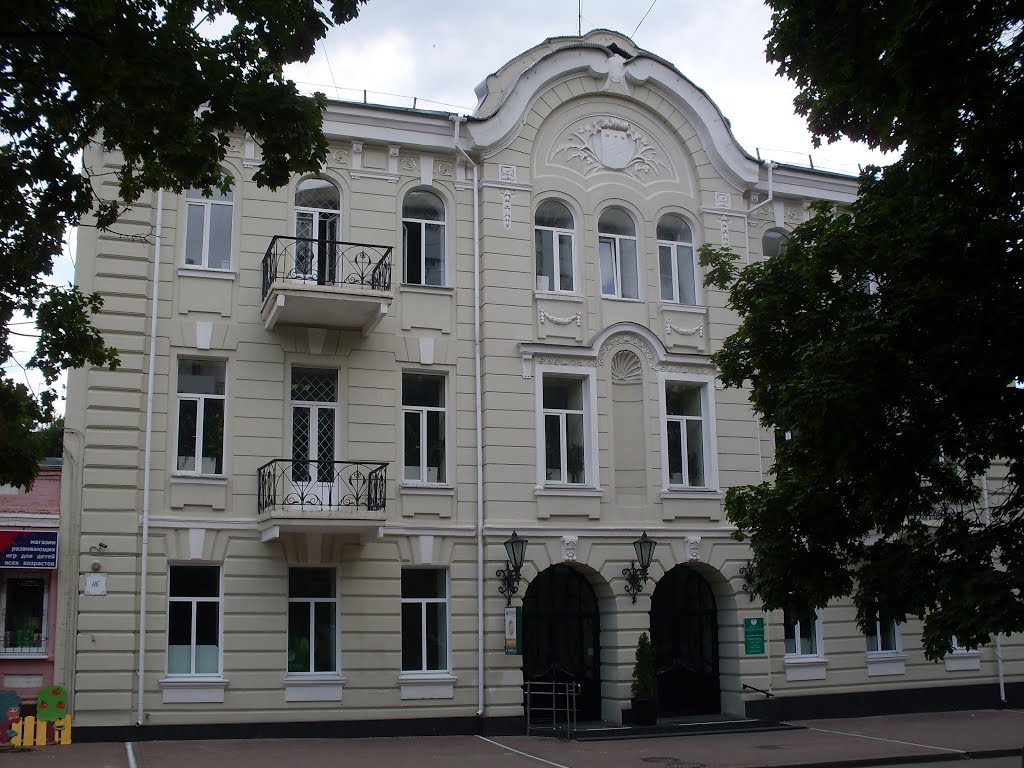

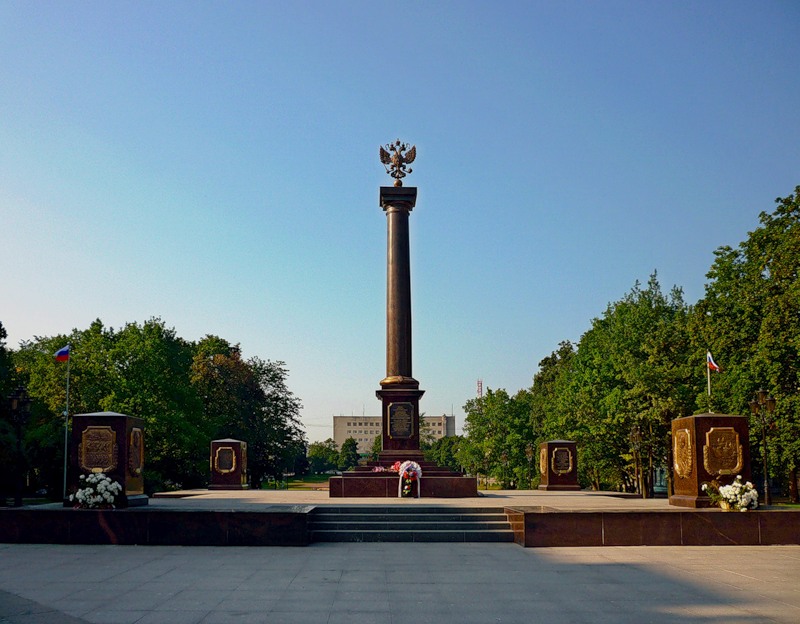
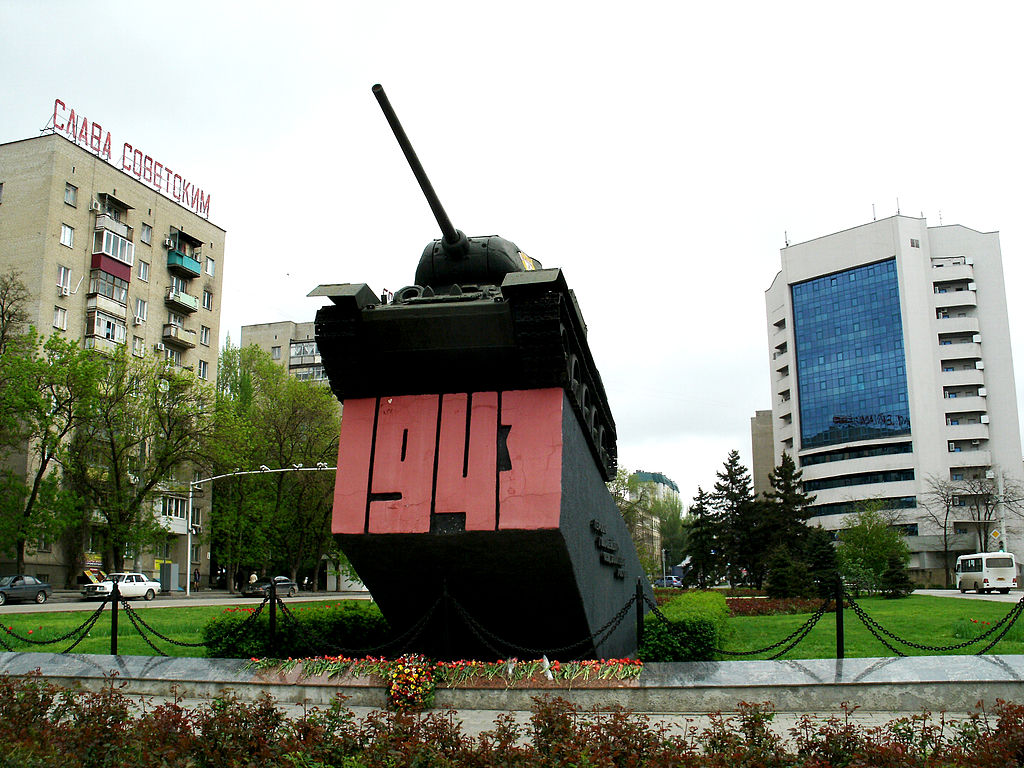

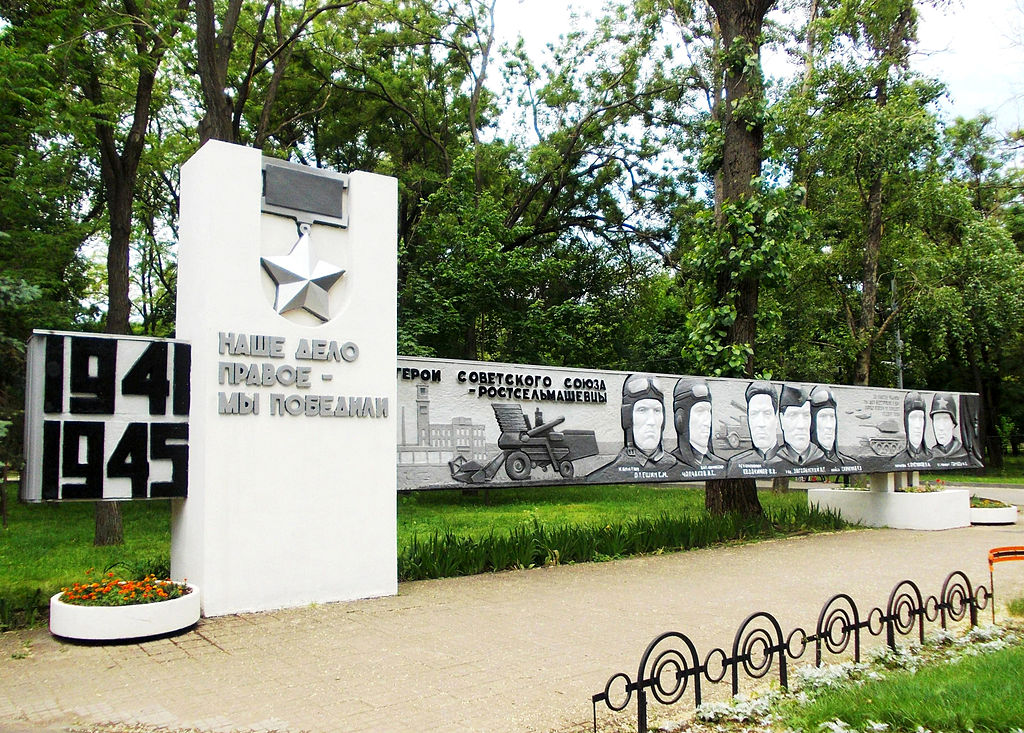
What to do in Rostov on Don
By Ross Travellingforfun
– March 11, 2014Posted in: Russia
What to do in Rostov-on-Don
Ploshchad Sovetov, What to do in Rostov on Don, Russia, Travelling for Fun: A huge statue of soldiers in Sovetov Square in the middle of Rostov. This is alongside the main street of Bolshaya Sadovaya.Rostov-on-Don (Rostov-na-Donu) is situated, well, on the Don River and wouldn’t be a focal point for any traveller to Russia really unless you are a mad tractor racing fan which takes place during the summer. Almost but not quite on the coast of the Black Sea, I stopped there for 2 days to break up a train journey and it was interesting to see but honestly there is no major focal attraction. It is pleasant to walk around with lots of parks and during the summer a trip on a boat down the Don River to relax is an option but even with all this there is not much to draw you to the city. Walks alone aren’t a reason to visit Rostov. I came from Volgograd with is another big city by a river but at least it had the behemoth statue Mamayev Kurgan.
Time to Do: 1 day should get you to see almost all the attractions below. 2 days to enjoy more strolling in the parks and to explore the greater city area.
Be careful if visiting during the spring months as when I was there the footpaths were lethal. Humps of snow, hollows, ice, water all underfoot as you make your way to the pharmacy. There didn’t seem to be any city council clearing at all unlike Moscow and Volgograd where the main thoroughfares were kept clear. Rostov-on-Don must have the nimblest old people in the world! Regardless of a single main attraction I will give my list for what to do in Rostov for any of you prospective tourists.
What to do in Rostov on Don – Pushkinskaya Ulitsa. (Pushkin Street)
Pushkinskaya Street, What to do in Rostov on Don, Russia, Travelling for Fun: The writer Pushkin surveys the pedestrian street named after him. This walkway is full of cafe’s and walkers.
The main walking promenade of Rostov on Don and the centre of all that is relaxing in the city centre. The 3.5km walk named after the Poet Pushkin starts at the children’s park October Revolution (Oktyabrskoy Revolutsyii) and heads in a straight line west. Pushkinskaya is lined with flowers, cafe’s, restaurants and little statues and is very popular on the weekend with locals. This tree lined walkway passes the Don State Public Library which is one of the biggest libraries outside Moscow and is quite an ugly modern building. Pushkinskaya also skirts the northern edge of the city’s main Gorodskoy Sad (Maxim Gorky) Park right in the city centre. Pushkinskaya Ul. doesn’t lead to anywhere in particular and ends abruptly on a residential street.
What to do in Rostov on Don – Rozhdestva Presvjatoj Bogoroditsy’s Cathedral (Nativity of the Virgin)
Rozhdestva Presvjatoj Bogoroditsy's Cathedral (Nativity of the Virgin), What to do in Rostov on Don, Russia, Travelling for Fun: Rozhdestva Cathedral is the centre point of religion in Rostov. Restoration work was going on while I was there which included the start of replacing the golden balls on the top.Quite a mouthful. The main cathedral in Rostov-on-Don and at the time of writing were in the process of making new onions down the bottom to replace the golden balls on top. This 1860 built Russian Orthodox cathedral is similar to other cathedrals found in Russia. Dmitry Rostovsky has his statue in the square in front which is usually full of people going to and from the nearby market (see below). Women must cover their head upon entering.
What to do in Rostov on Don – The Local Market
This is located mainly around the back of the Rozhdestva Cathedral and has everything from clothes, shoes, fish, meat to delicatessens and fancy salads sold by Chinese ladies! The market doesn’t sell anything touristy like souvenirs as Rostov doesn’t get too many tourists but it is still worth a look around to see and smell what the locals do.
What to do in Rostov on Don – The Embankment
Tartar King, What to do in Rostov on Don, Russia, Travelling for Fun: On the embankment down by the Don River there are plenty of little statues to gaze at while strolling on the pier. The embankment gets very busy during the summer months.The writer Sholokhov has his much publicised piece, in this part of the world, ‘And quiet flows the Don’ so when you look into the river you can appreciate the silence. The Embankment is another walk in the park. Well, it’s not quite a park but it is just as good as this makes its way along by the slow flow of the Don River. During the summer there is lots of entertainment from street performers and trips to be had on the Don River by boat. The river was covered in ice when I was there and had an icebreaker making some slow progress against the frozen mass but during the summer you can get tours along the river from 1hr to longer. There is even a ‘discotheque’ boat! Prices from 130Ru for a 1hr tour in the morning. http://dontour.ru/
What to do in Rostov on Don – The Memorial Stele
Memorial Stele, What to do in Rostov on Don, Russia, Travelling for Fun: This huge memorial is a celebration of the liberation from the Nazi’s. It is one of the nicer tourist attractions in Rostov-on-Don.A little east of the city centre is a 72mtr (236ft) high memorial of the liberation of Rostov-on-Don from the Nazi’s. Nobody does memorial quite like the Russians. This tall stele with a golden angel at the top was erected in 1983 in the same square that had laid bare since the fifties because of a lack of money to build the design that won 2 separate memorial competitions in the fifties. Definitely worth a look.
What to do in Rostov on Don – Parks and Gardens
Maxim Gorky Park, What to do in Rostov on Don, Russia, Travelling for Fun: Just outside the main park in Rostov and close to Lenin’s statue is a man and his dog! Rostov-on-Don loves statues.The parks I mention here are around the city centre. There are also some larger parks dotted around the city but are too numerous to mention. Some of the main parks can be encountered while walking along Pushinskaya Ulitsa such as the children’s park of October Revolution on the east end of it and the main park of Maxim Gorky in the centre with the main Bolshaya Sadovaya Street on the other side. Other small parks such as 1 Maya and Cherevichnikina Park which are close by (see map below).
What to do in Rostov on Don – Statue over Bridge
A little embarrassing but I don’t know what the name of this statue as it doesn’t seem to be on any maps but it is a big one and on top of the hill and again commemorates WWII (surprise surprise).
The statue is just over the bridge of the Temernick River (small river that flows to the Don) and is where the tram line that was going east to west changes to go from north to south on Stachki Prospekt Bridge on Stachki Street a few blocks south of the main Bolshaya Sadovaya Street.
http://www.travellingforfun.com/what-to-do-in-rostov-on-don-attractions-russia
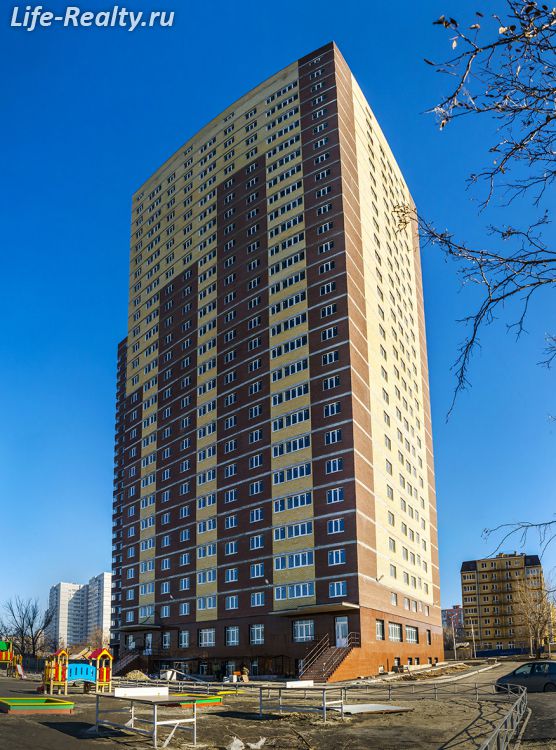
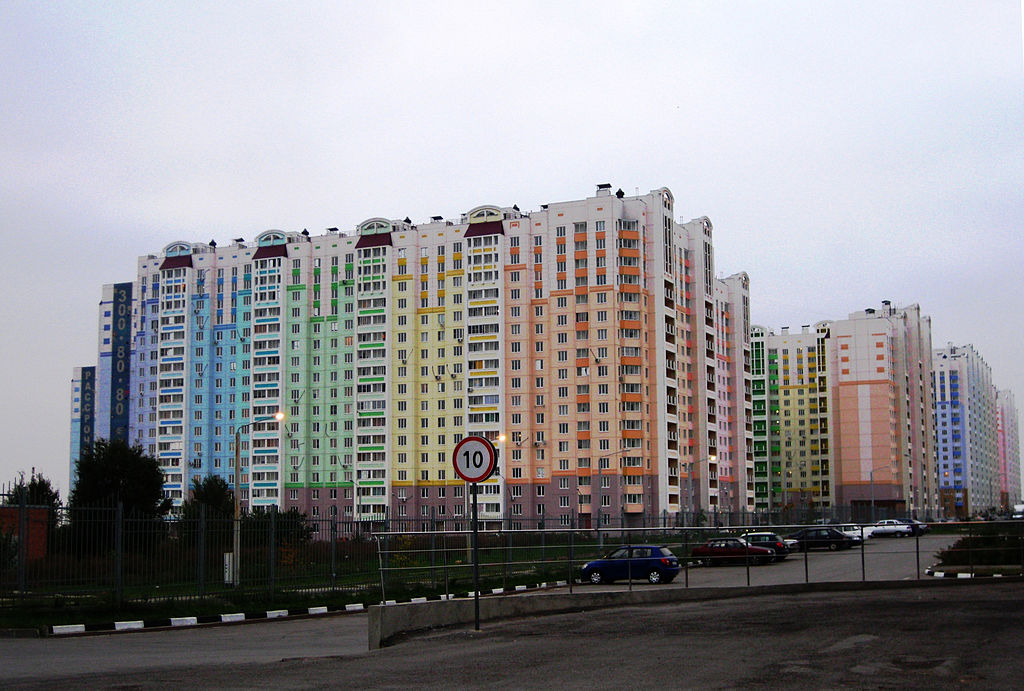
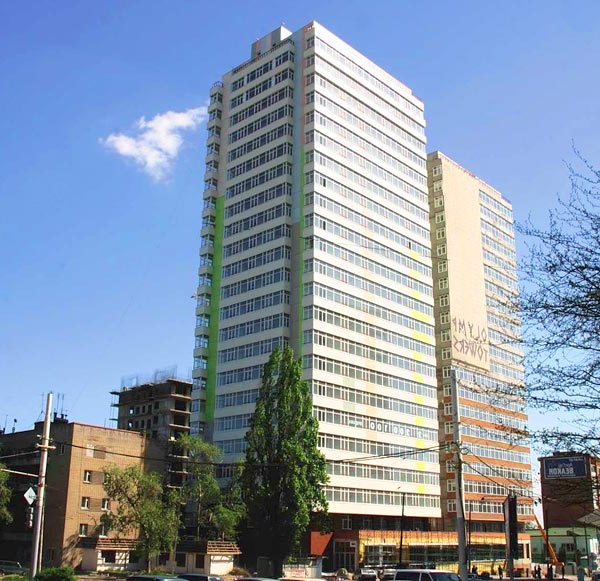
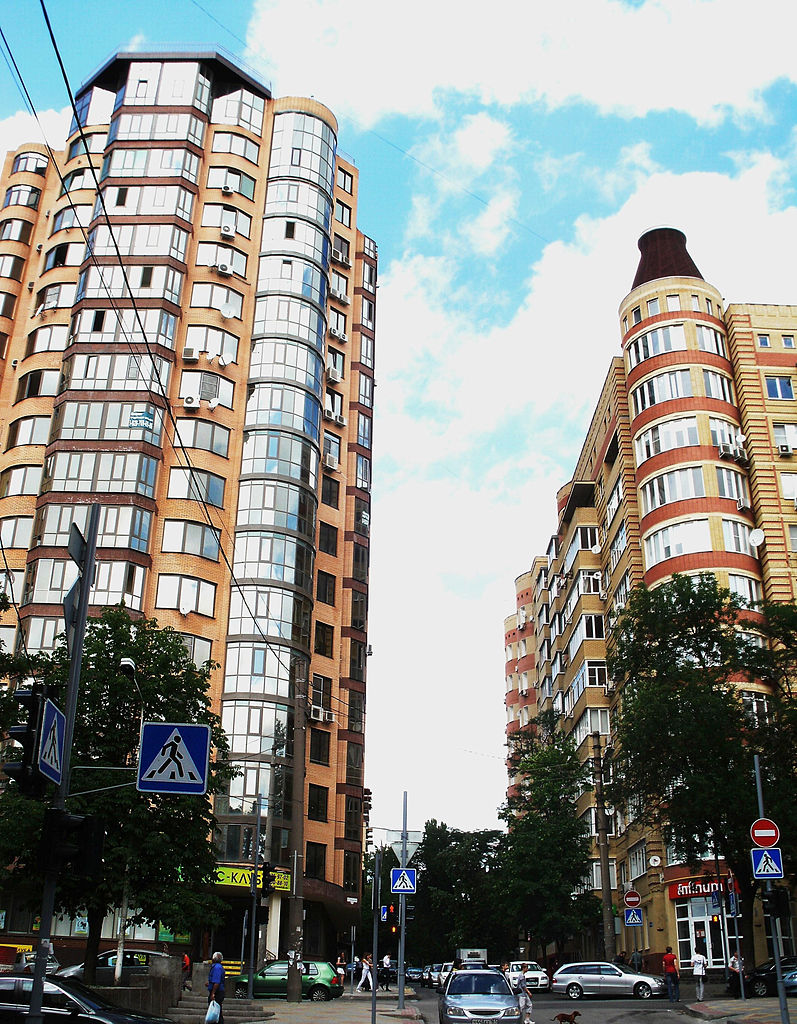
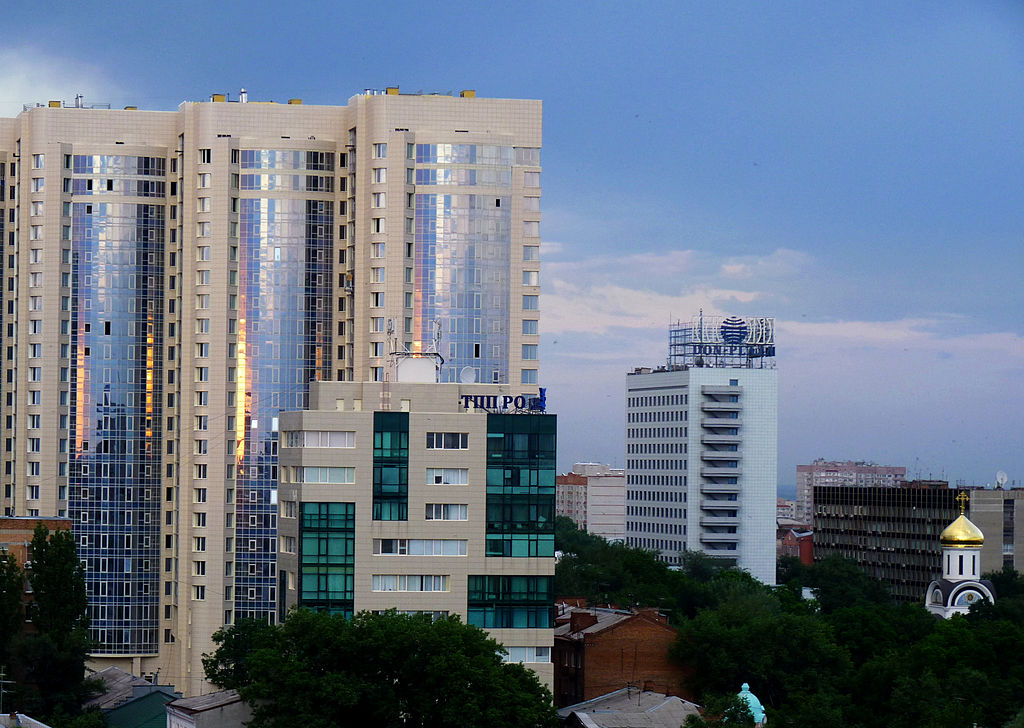
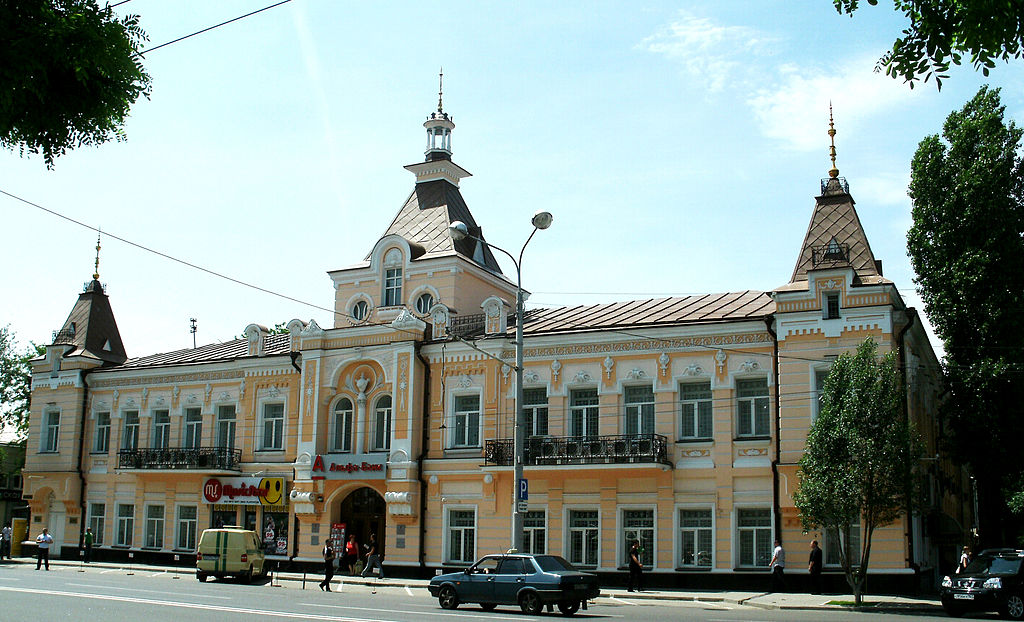
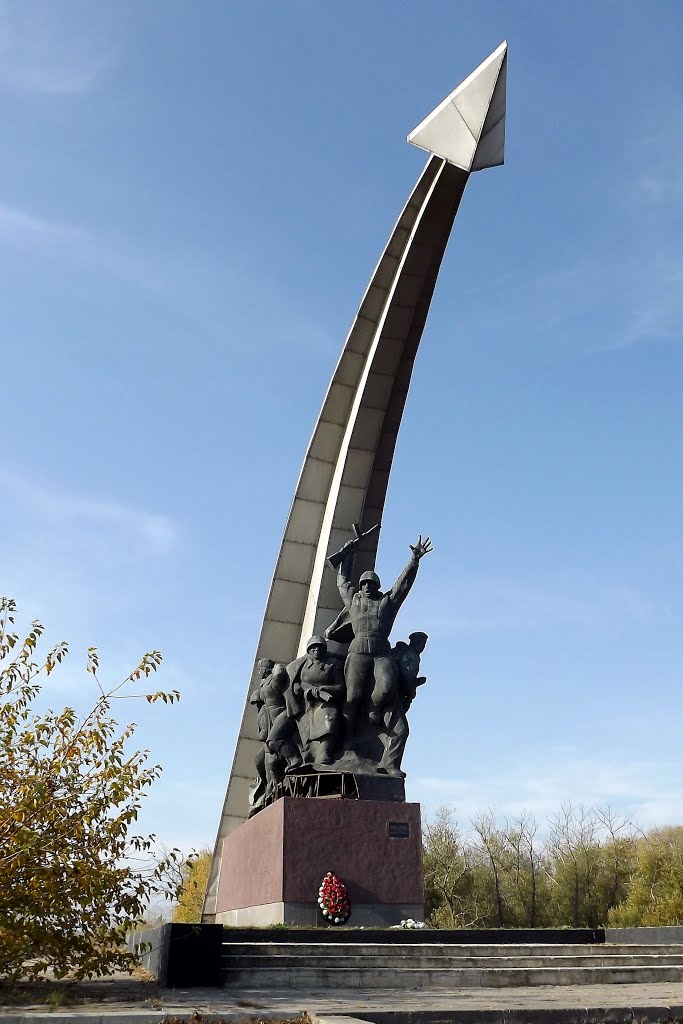
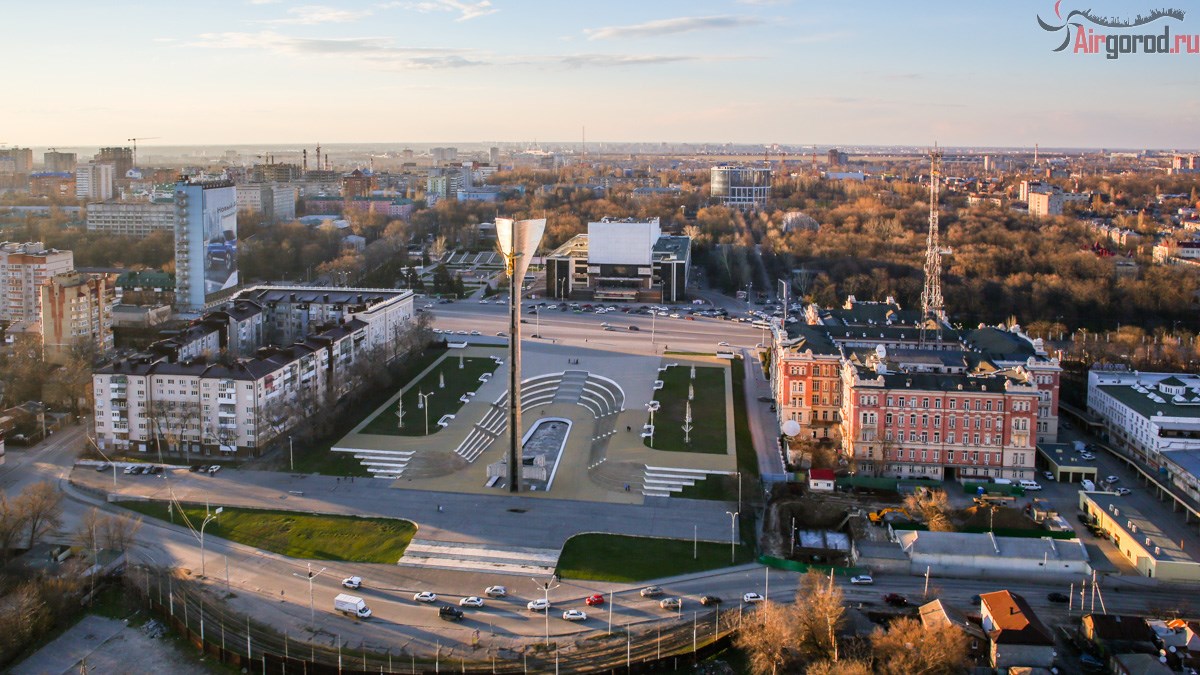
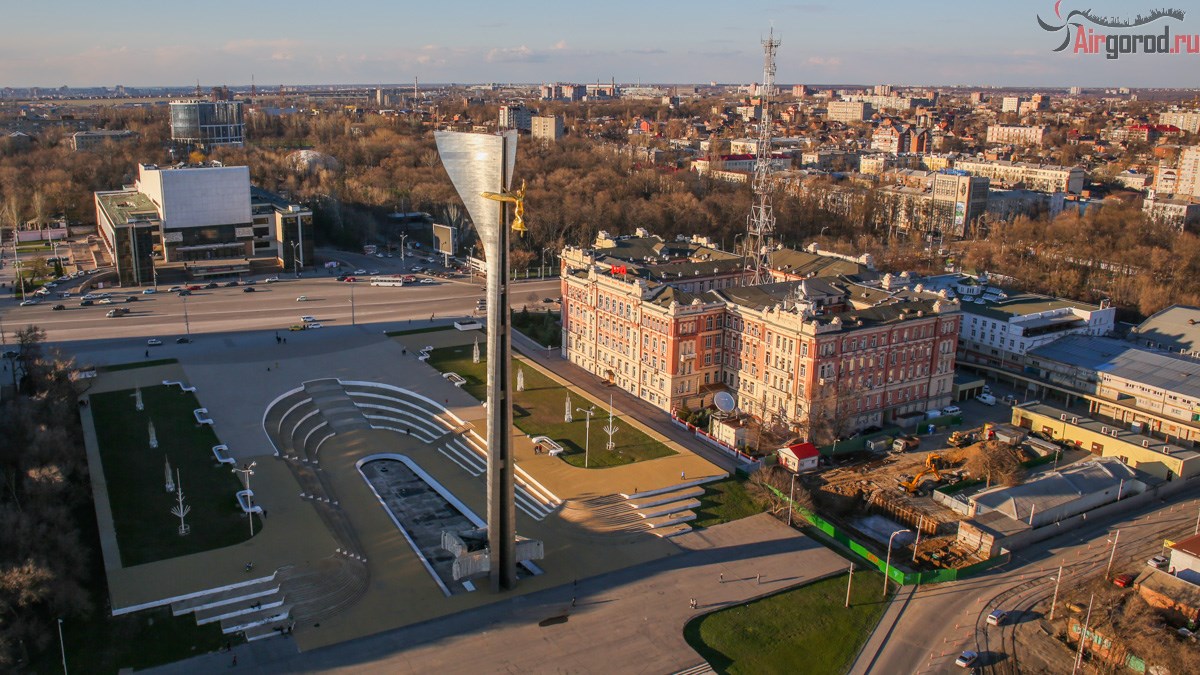
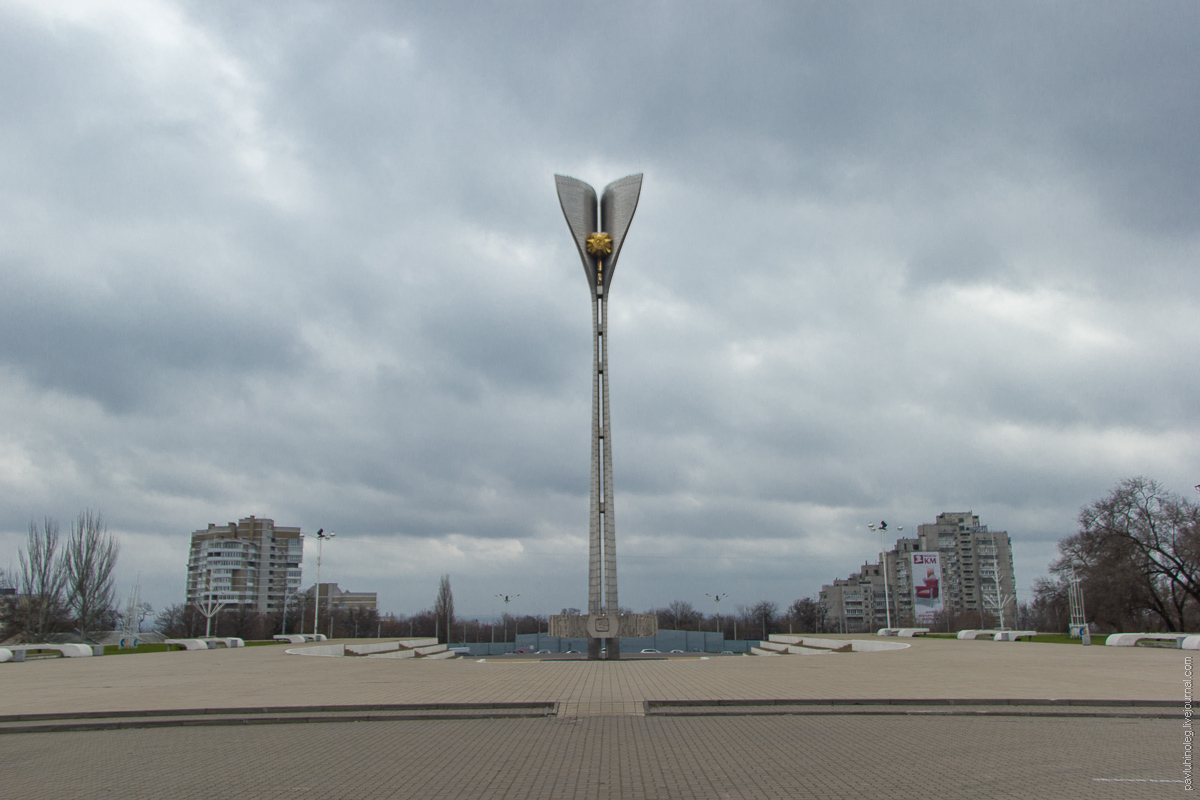
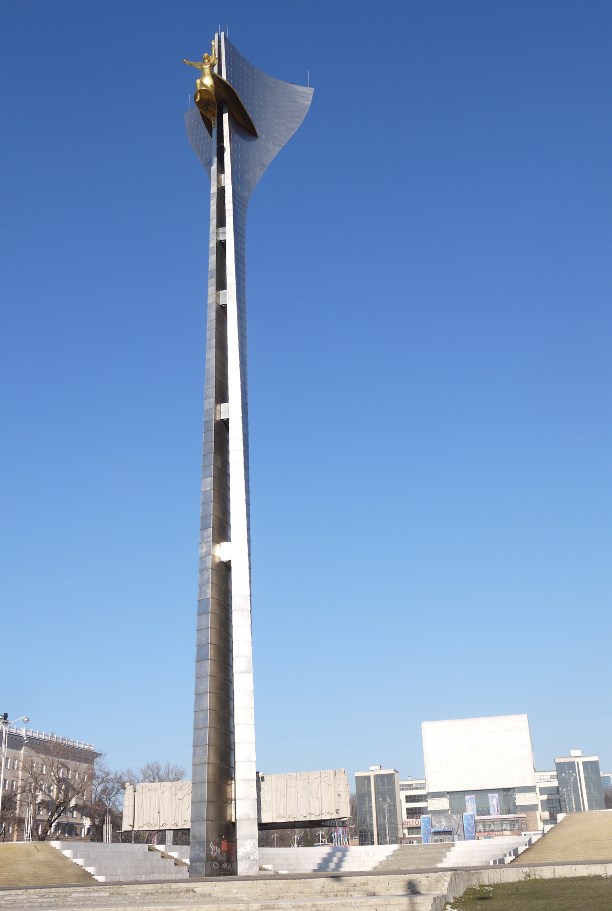
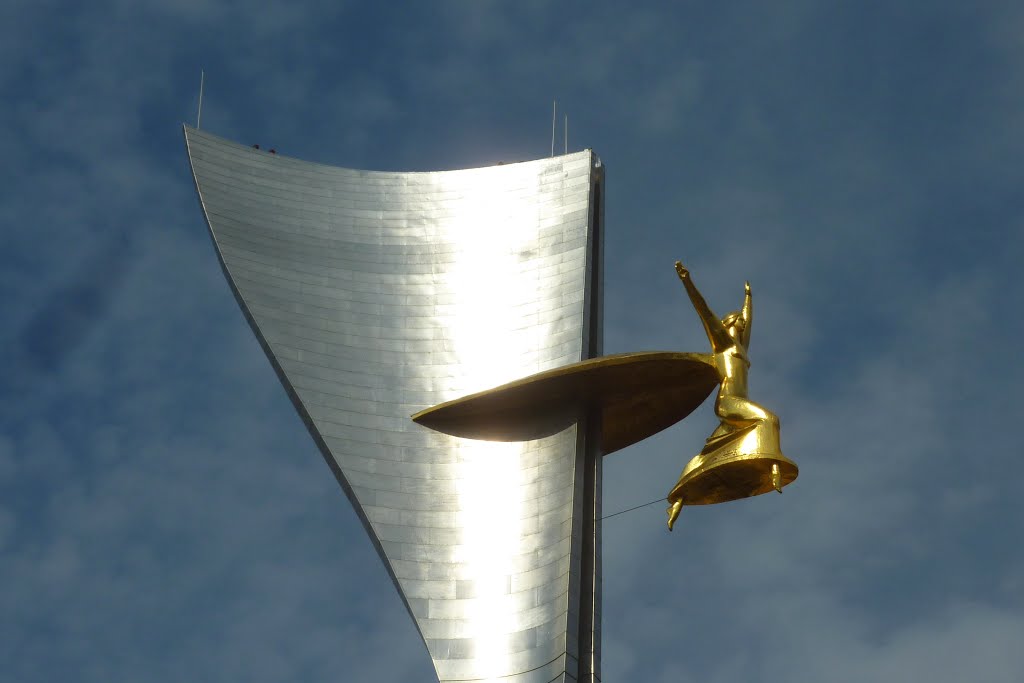
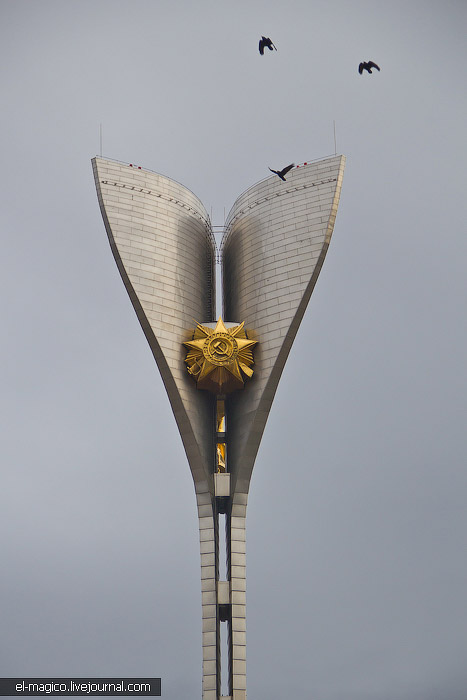
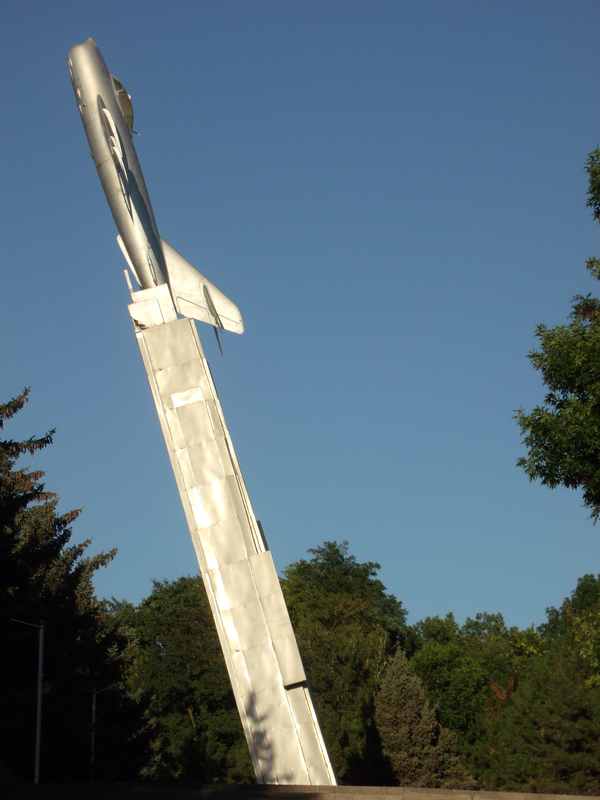
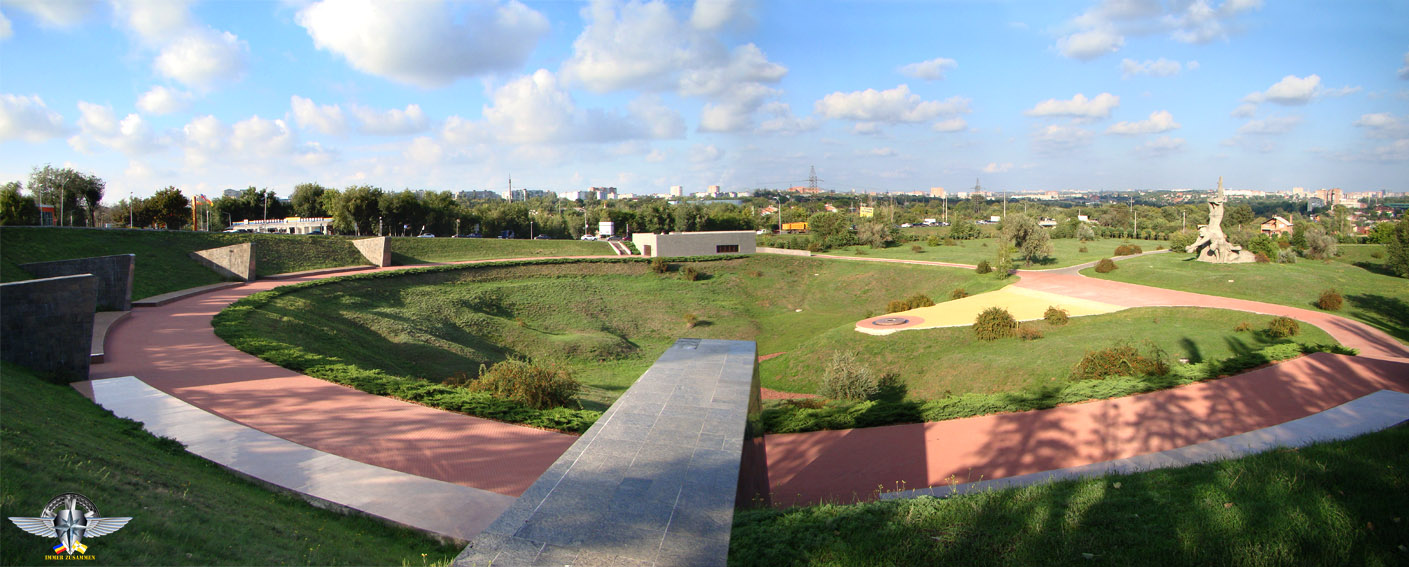
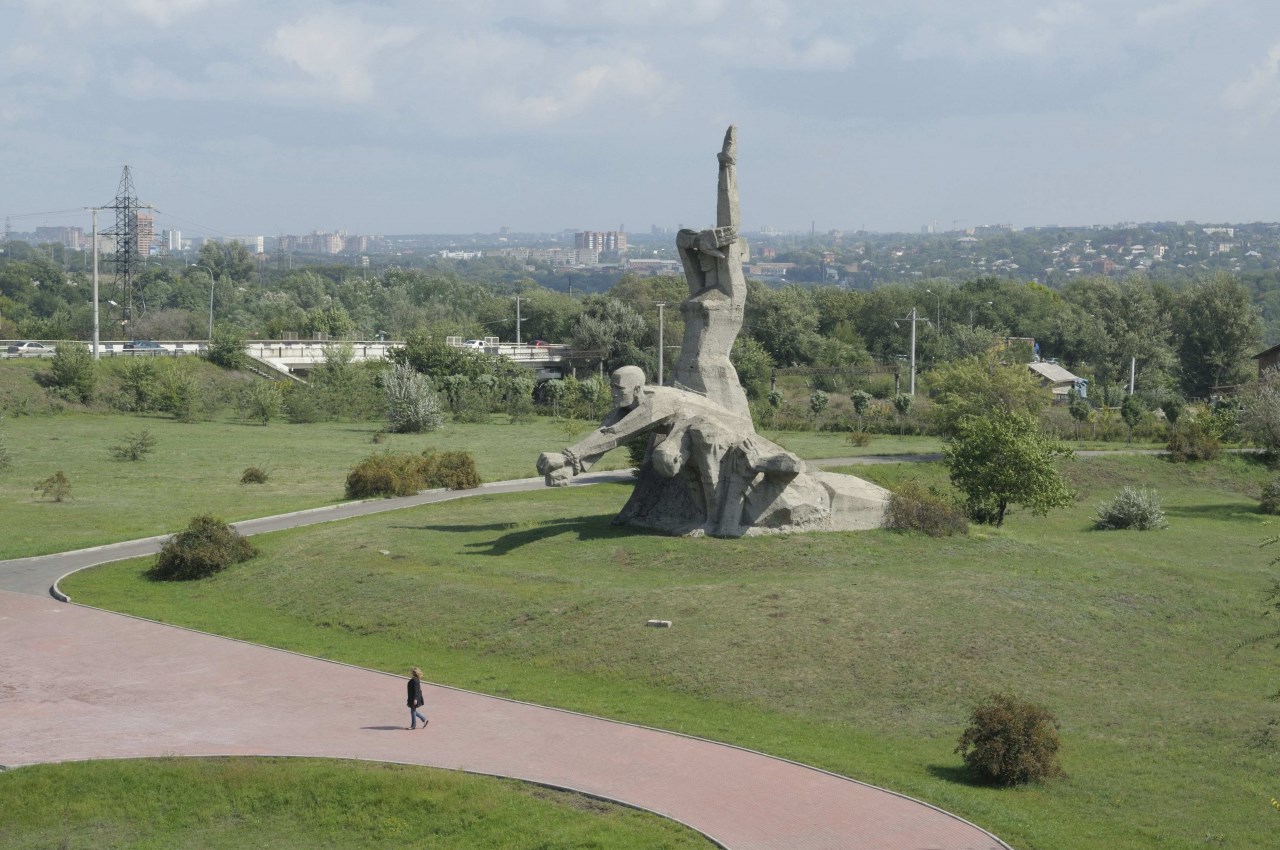

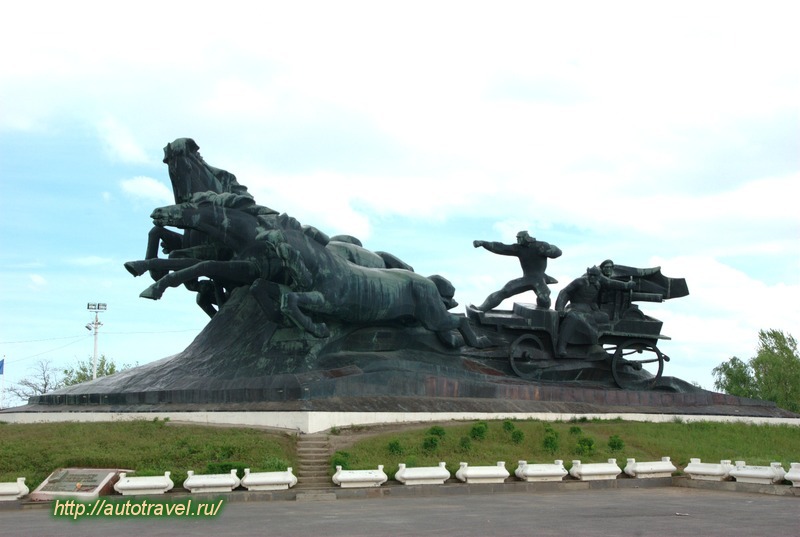
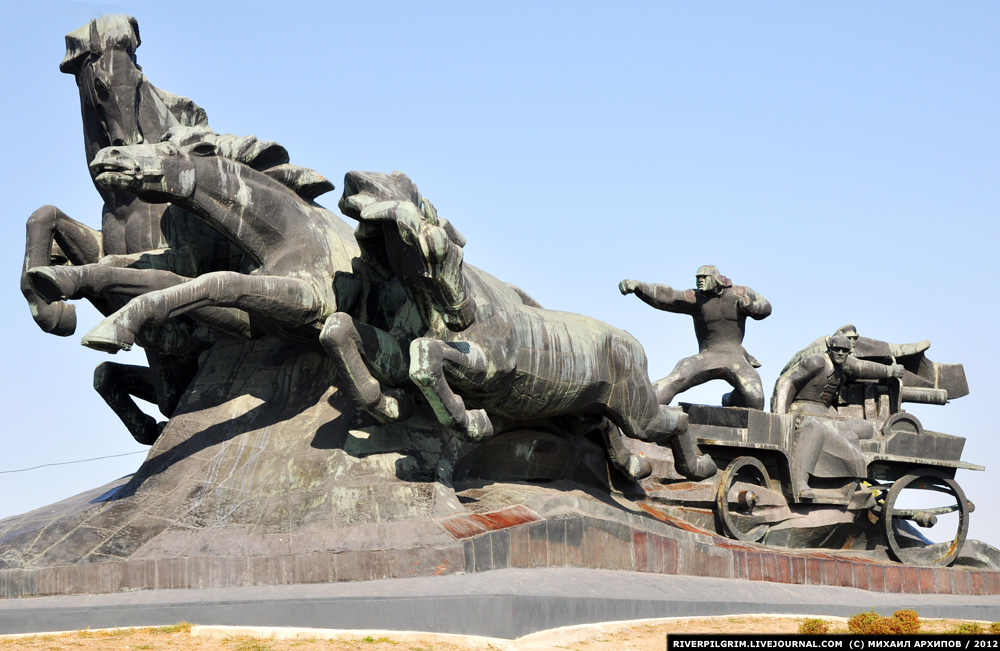
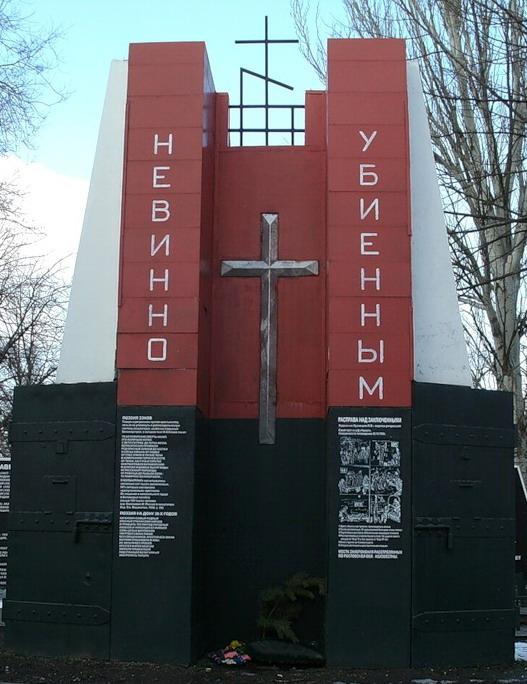
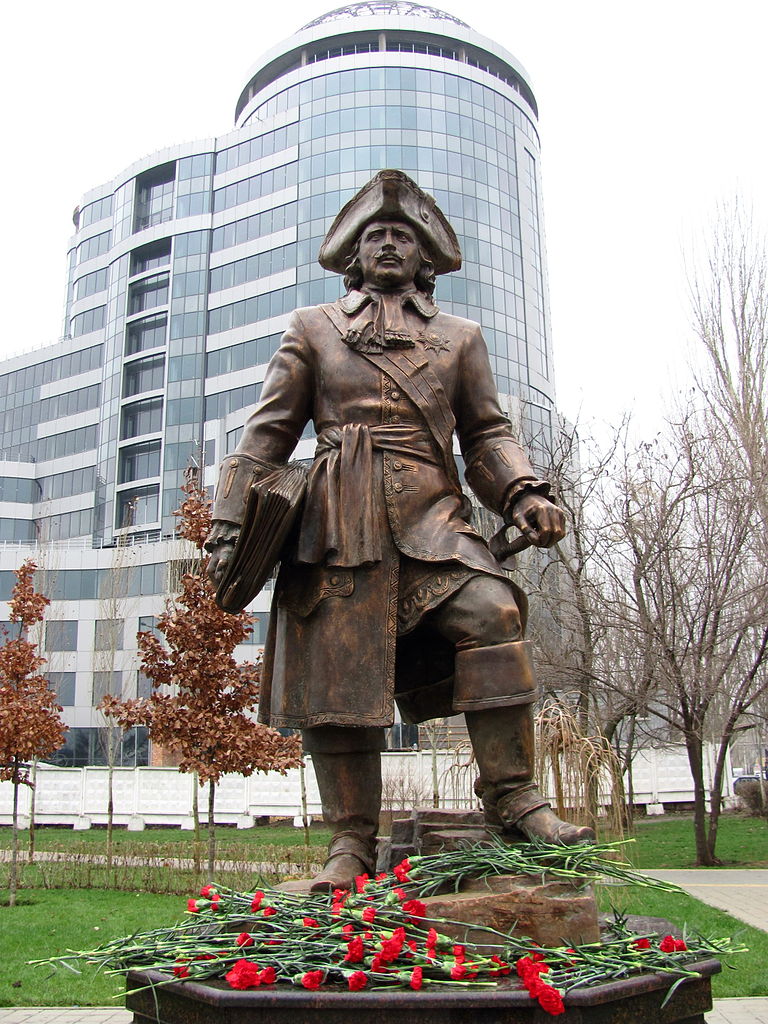
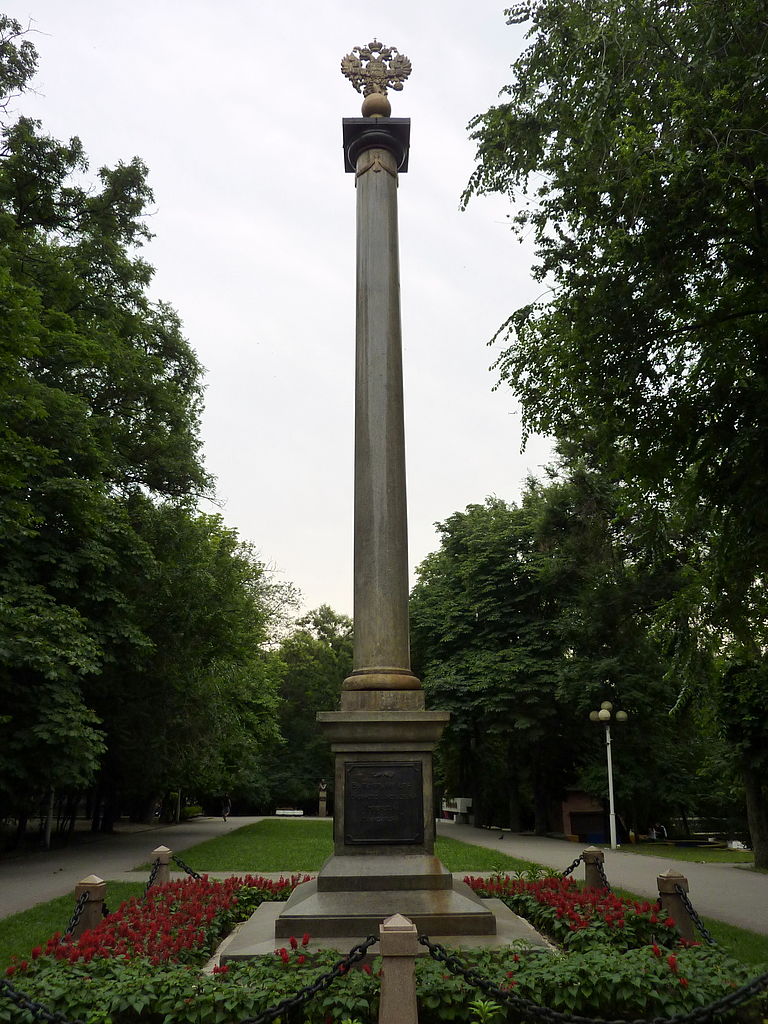

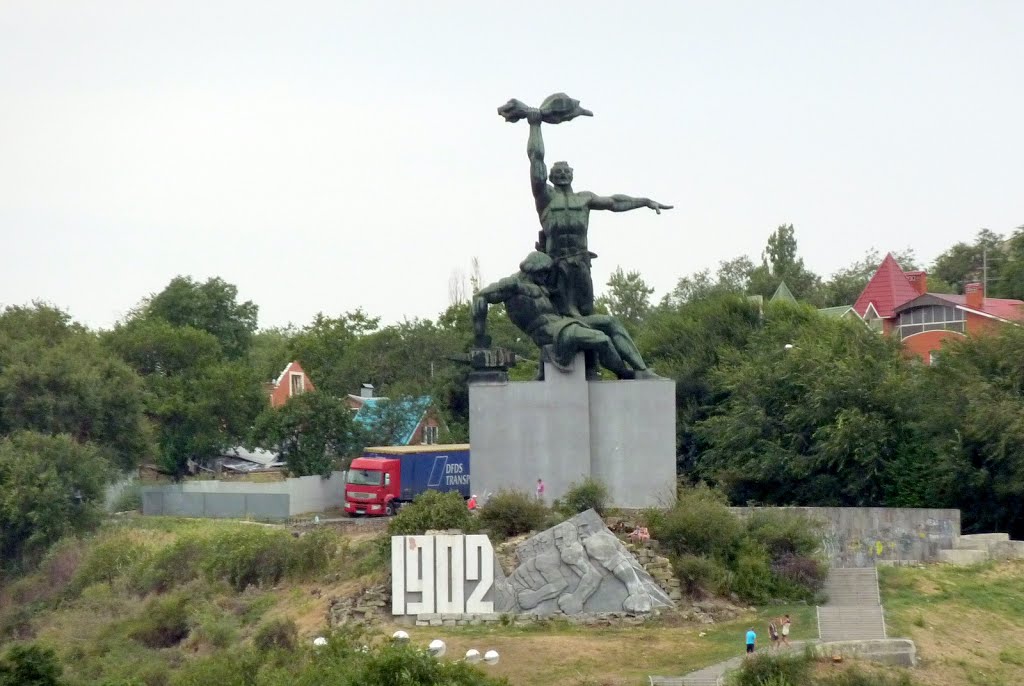
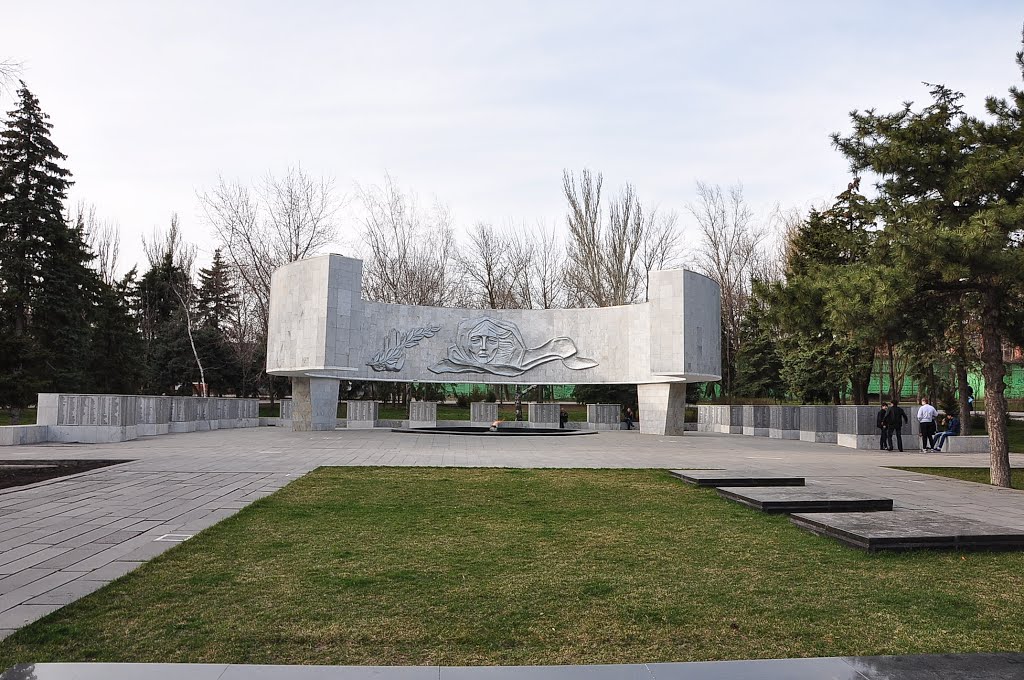
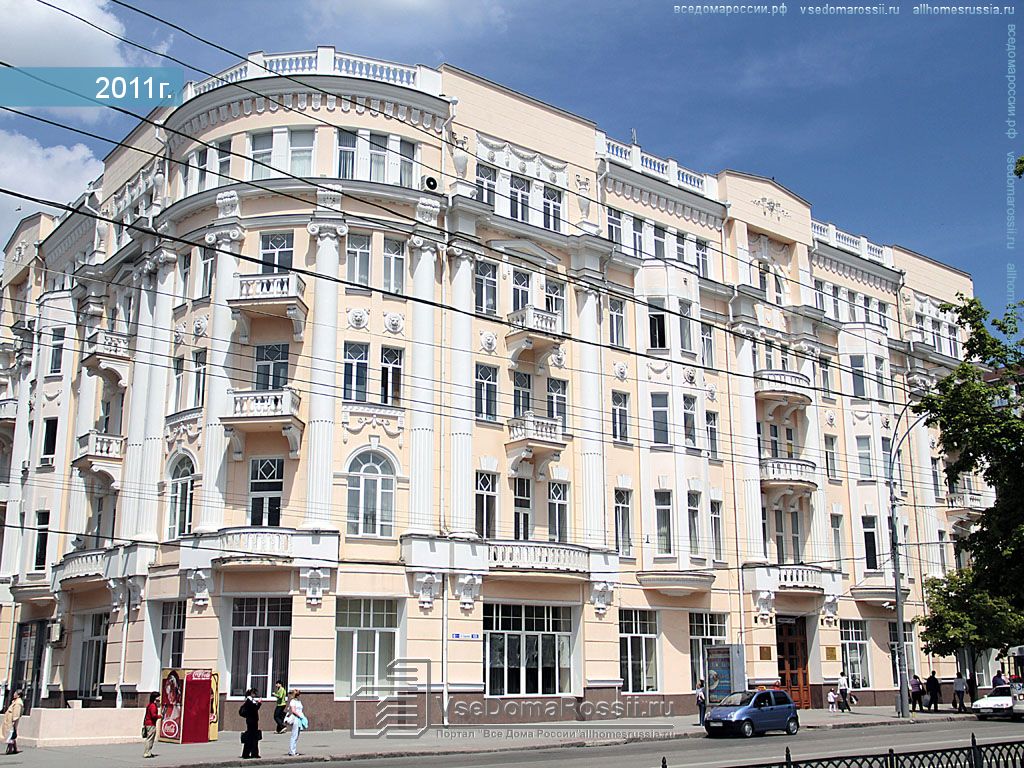

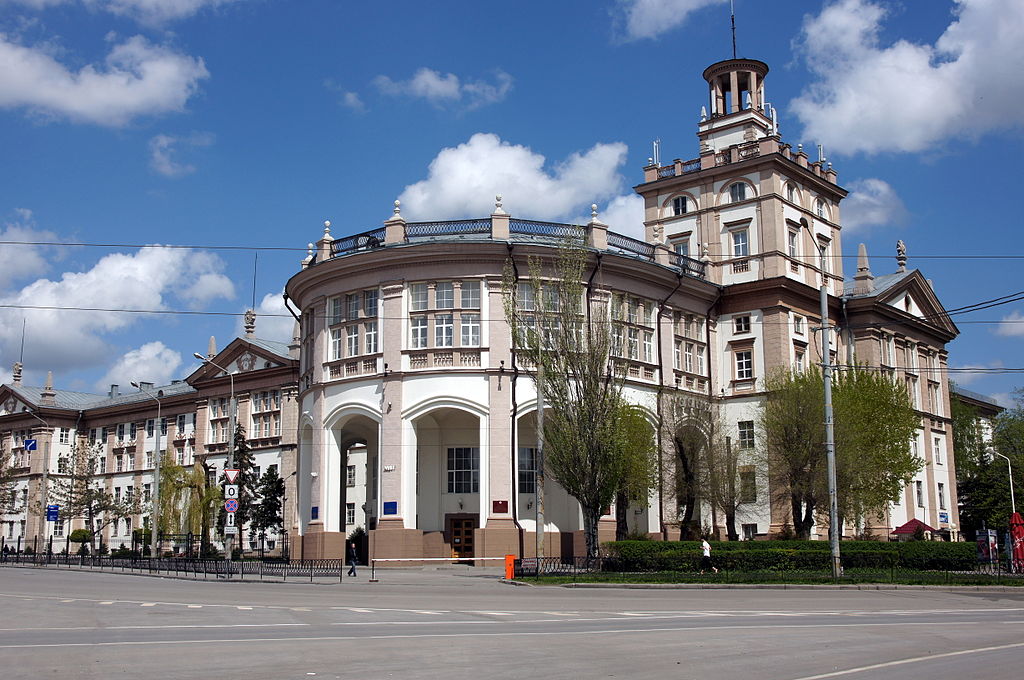
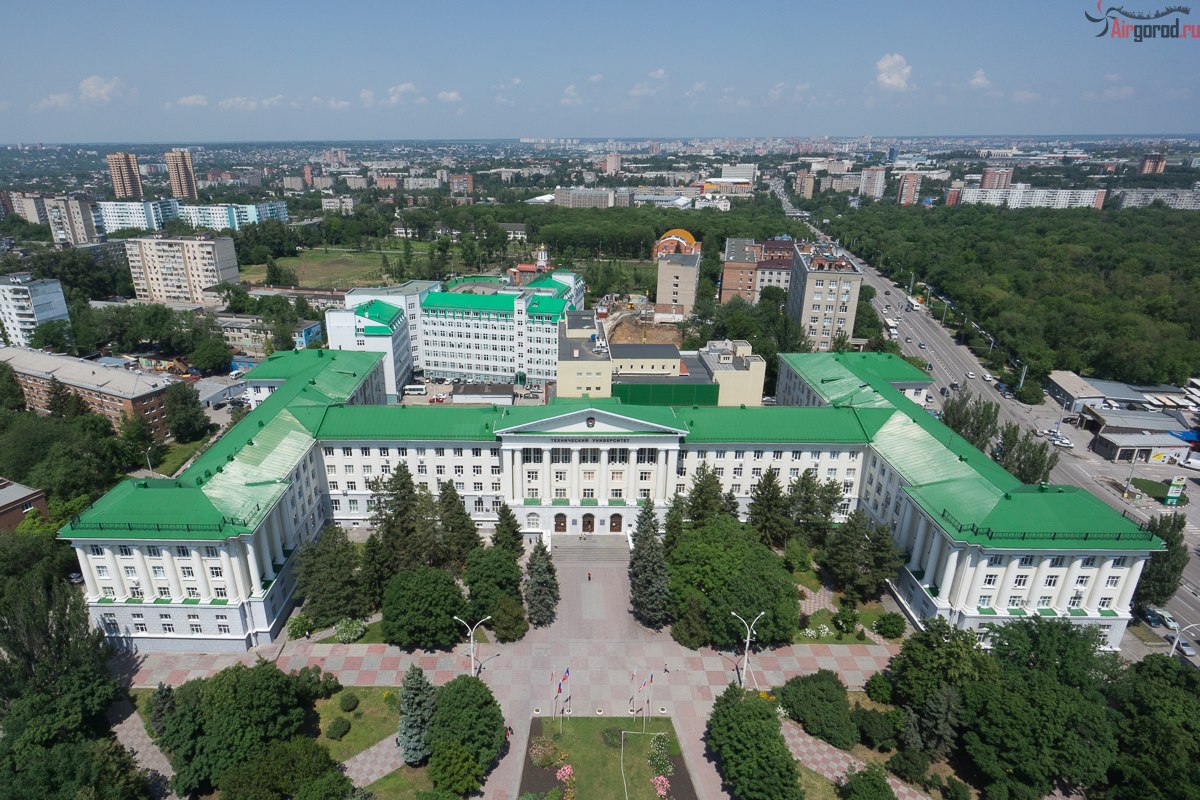
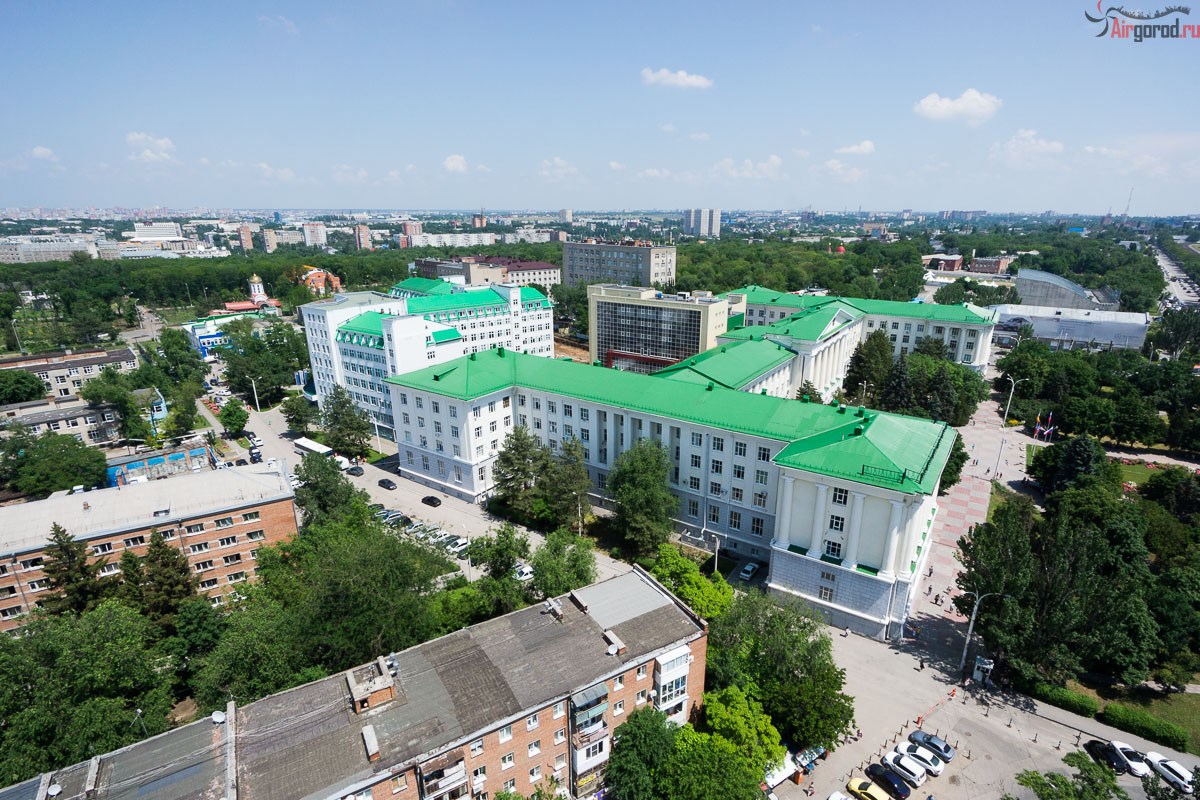
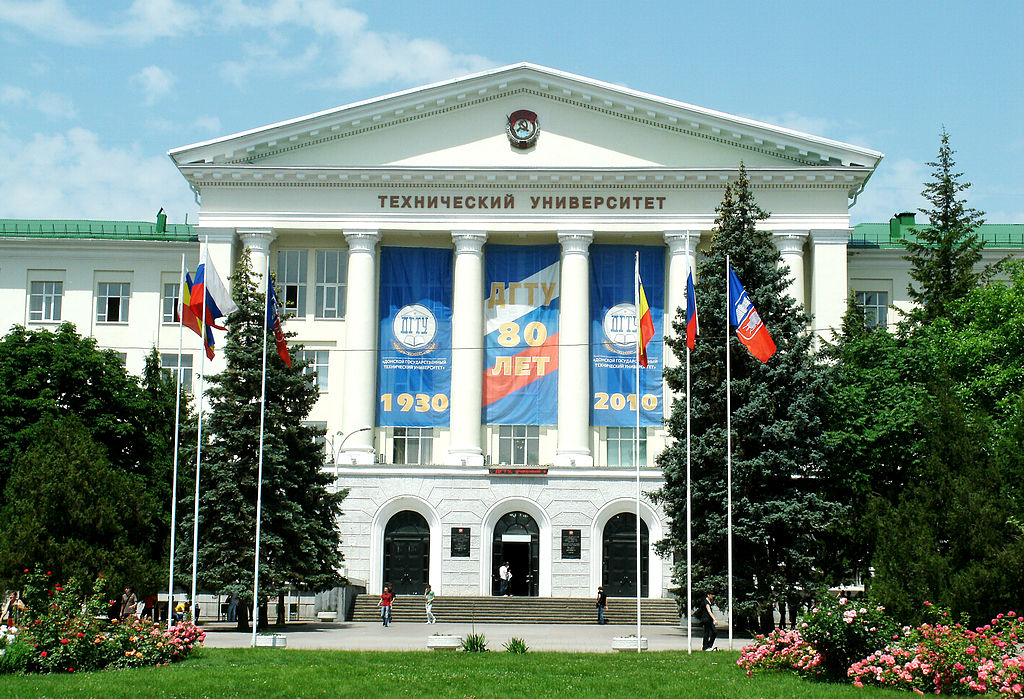
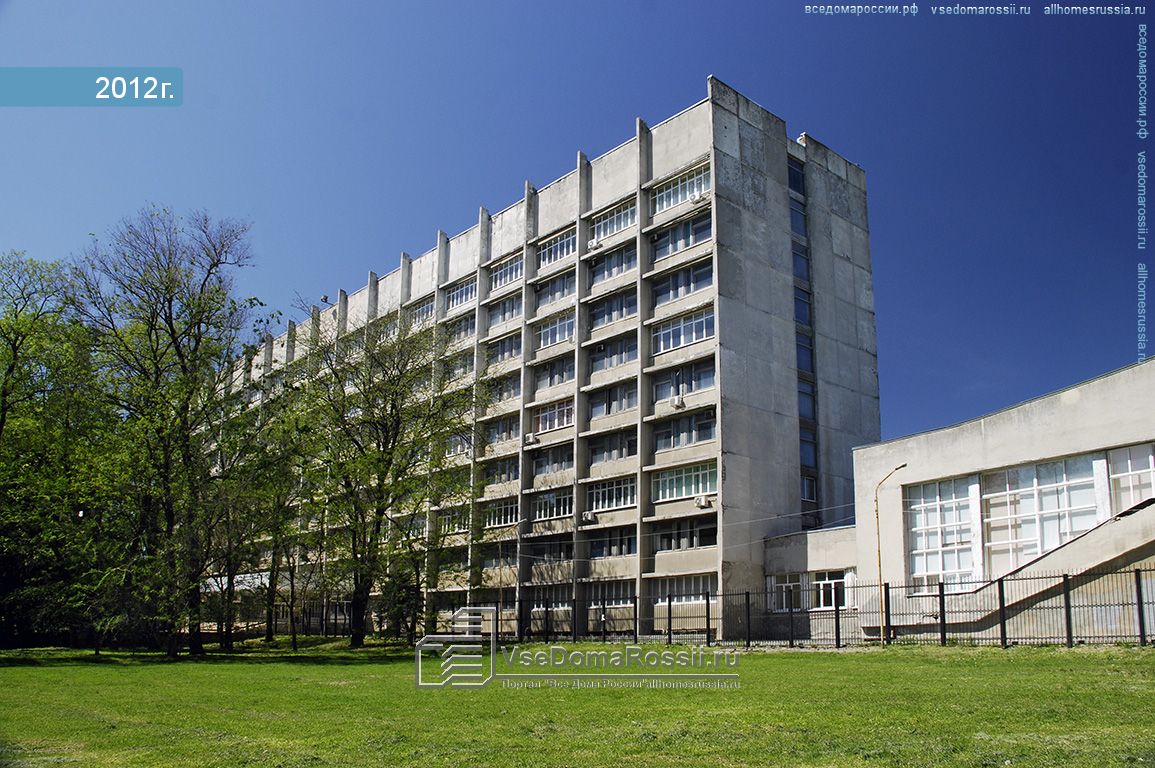
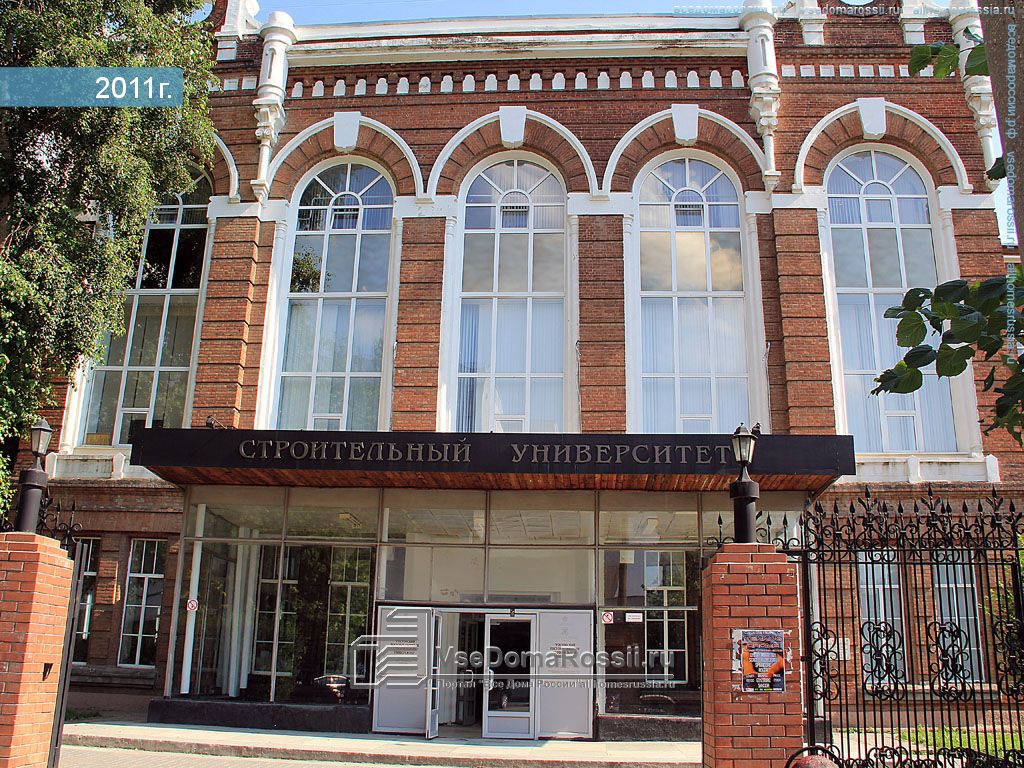
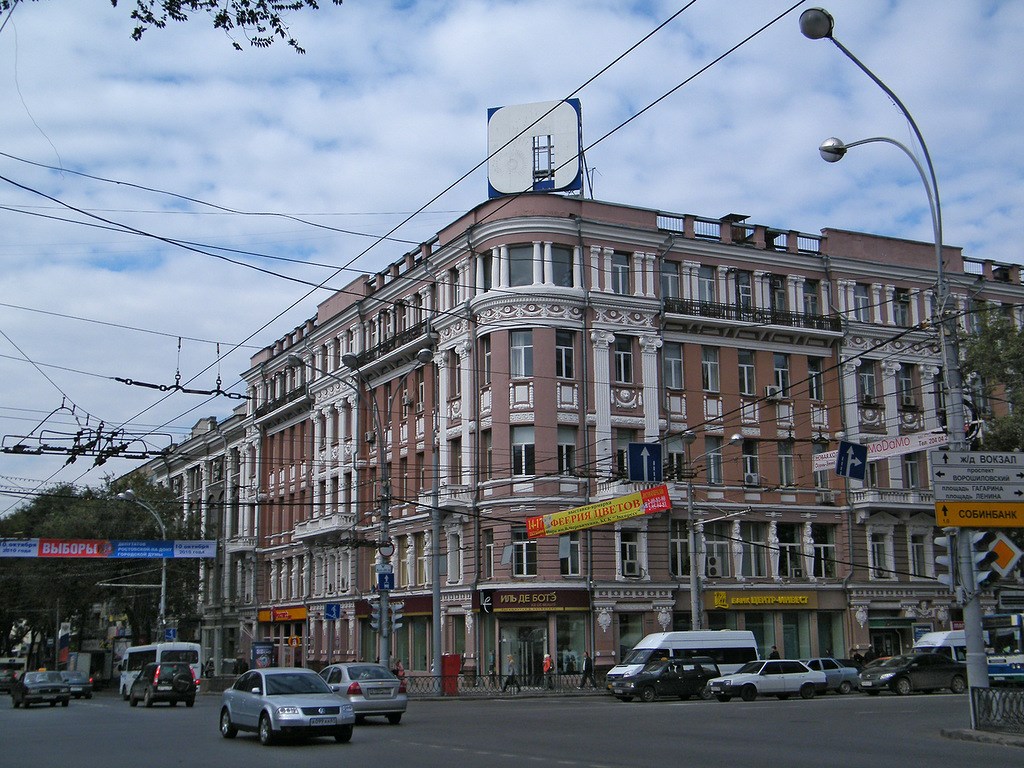

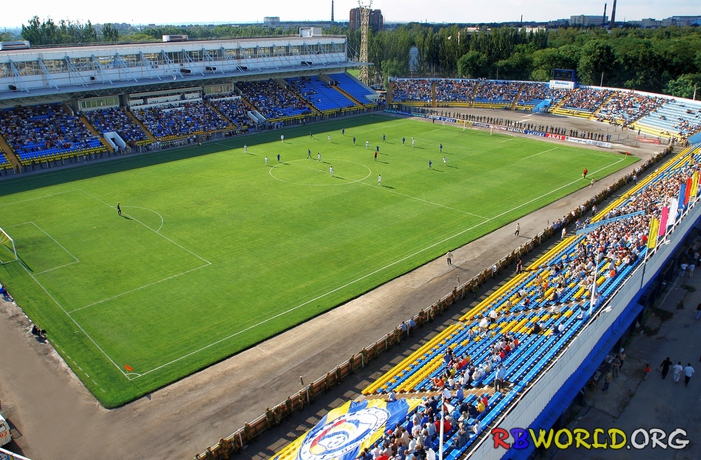
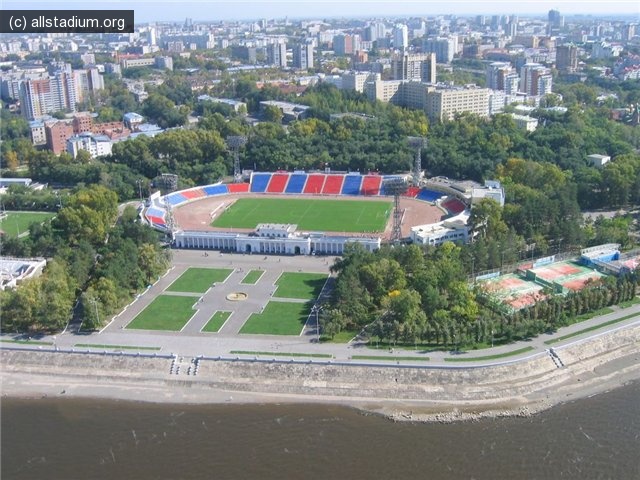
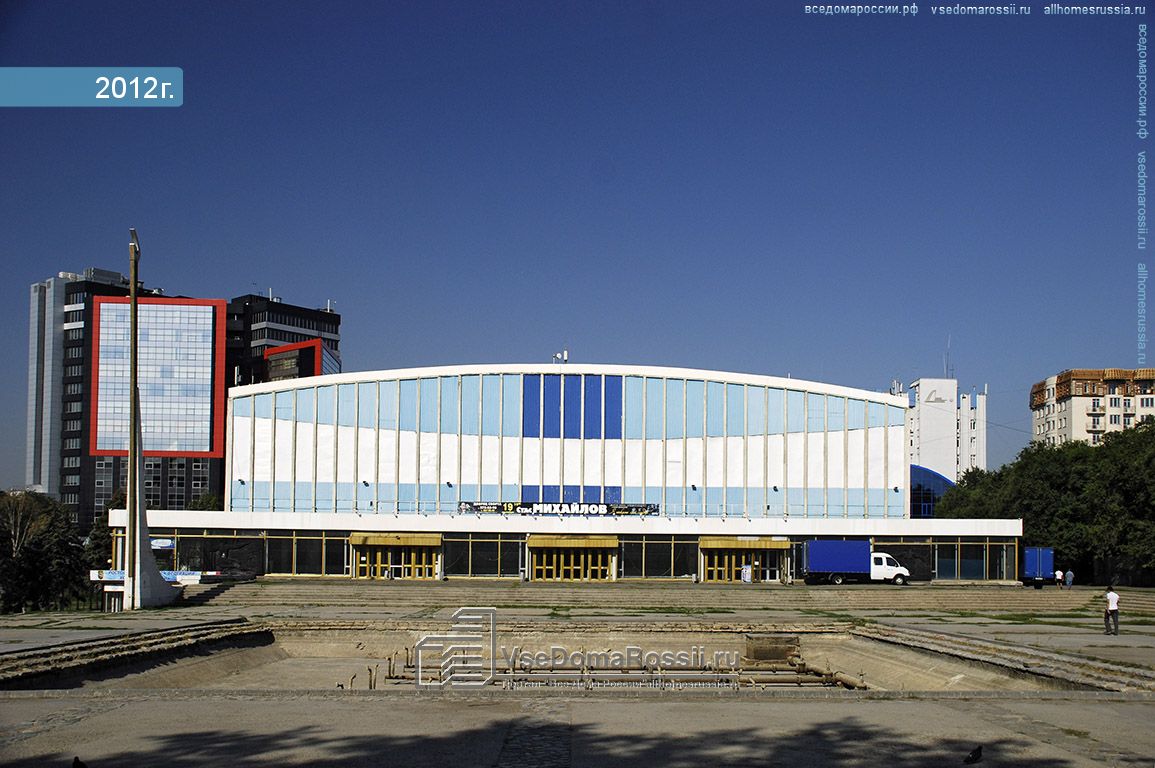
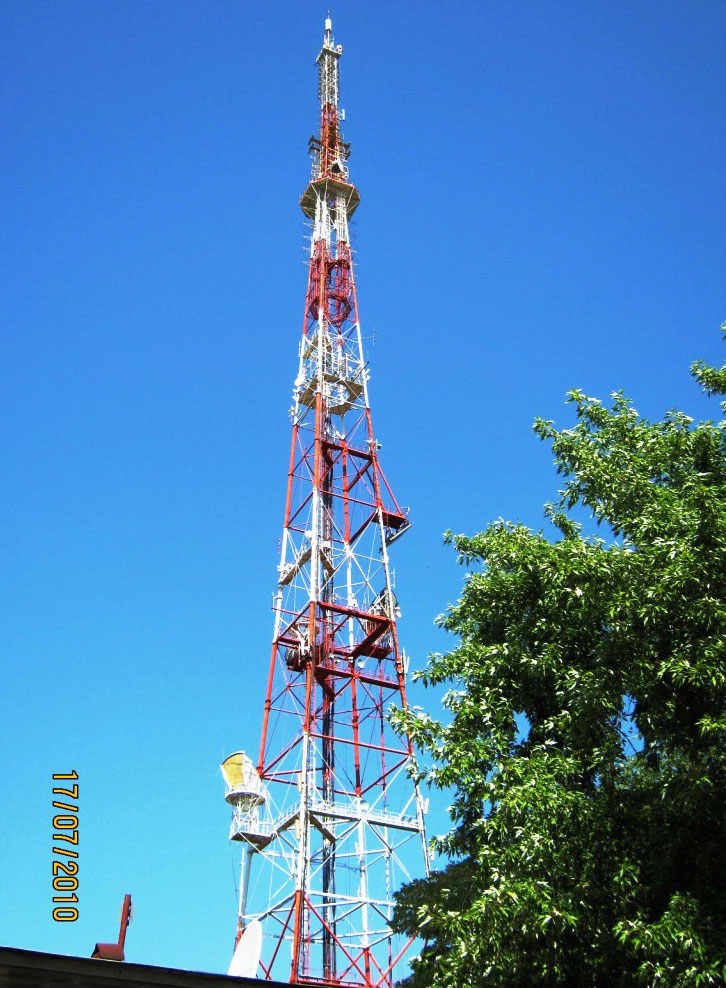
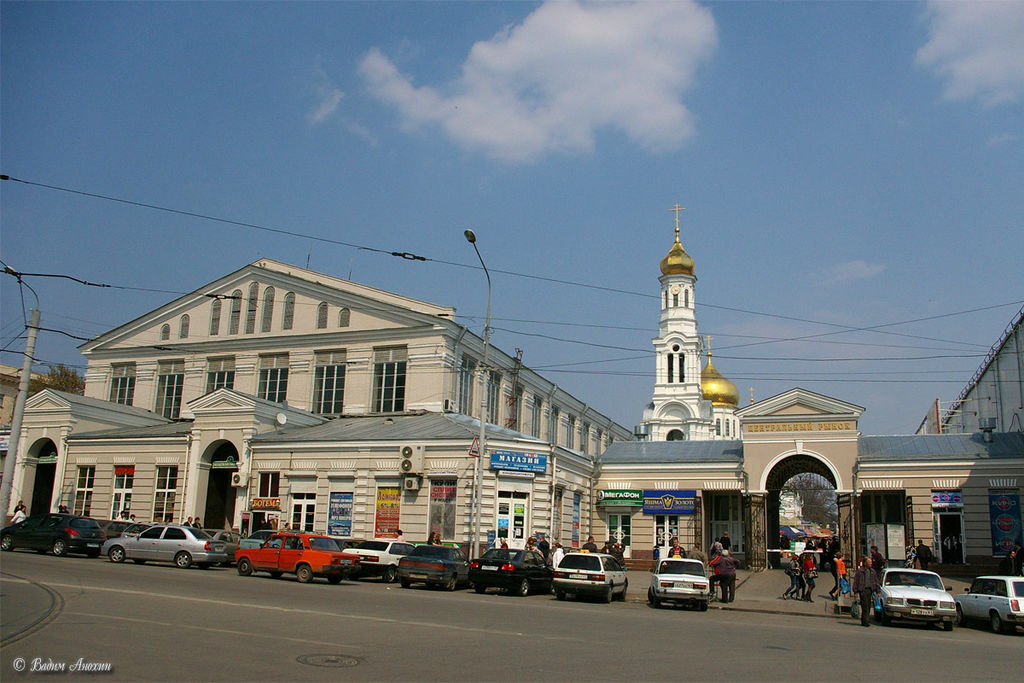
Rostov del Don (en ruso: Росто́в-на-Дону́, tr.: Rostóv-na-Donú) es una ciudad de Rusia. Es la capital del óblast de Rostov (en el suroeste de la Rusia europea) y del Distrito federal del Sur. Su población es de 1.115.000 habitantes en 2015, y se encuentra en las coordenadas (47º14'N, 39º42'E).
Por Rostov pasa el río Don, cerca de su desembocadura al mar de Azov, es un importante centro comercial, industrial y de transporte. Se comunica con el mar de Azov por un profundo canal, y con los mares Caspio, Báltico y Blanco por medio del canal Volga-Don. Además un oleoducto une la ciudad con los campos de petróleo del Cáucaso.
Algunas de sus industrias son las de construcción de barcos y la manufactura de productos químicos, maquinaria agrícola, equipamiento eléctrico y materiales de construcción.
En Rostov del Don tienen su sede varias instituciones de educación superior, entre ellas tres universidades.
Historia
La desembocadura del río Don ha sido de gran importancia comercial y cultural desde la antigüedad. Es el lugar de la colonia griega de Tanais, de la fortaleza genovesa de Tana, y de la fortaleza turca de Azov. (Ver el artículo sobre Azov para obtener información detallada sobre esos asentamientos.)
Rostov fue establecido en 1749, como una casa de aduanas construida en el Temernik (un afluente del río Don), que pronto se convirtió en una gran fortaleza. Fue llamada así por san Dmitri de Rostov, un obispo recién glorificado de la antigua ciudad norteña de Rostov la Grande. Como Azov disminuyó gradualmente, un asentamiento cerca de la nueva fortaleza sustituyó en importancia como principal centro comercial de la región. En 1756 se creó la "Compañía comercial y de intercambio rusa de Constantinopla" y se estableció un asentamiento en la alta cuenca del Don conocido como "Kupécheskaya Slobodá" (la fortaleza del comerciante). En 1796 esta localidad alcanzó el rango de ciudad y pasó a denominarse Rostov del Don, con el fin de distinguirla de su antiguo nombre.
El río Don que da nombre a la ciudad, es una de las principales vías de transporte marítimo que conecta el suroeste de Rusia con las regiones al norte, de esta vía Rostov es un importante puerto fluvial, orientado a la industria y al transporte marítimo de pasajeros. Con una buena situación geográfica, la ciudad creció rápidamente. Como la ciudad más industrializada del sur de Rusia, durante la Guerra Civil Rusa fue un punto de discordia entre los mencheviques y los bolcheviques. En 1928, el gobierno regional se trasladó de la antigua capital de los cosacos Novocherkassk a Rostov del Don, que se anexionó la cercana ciudad armenia de Nor Najicheván.
En el época soviética, los bolcheviques demolieron dos de los principales monumentos de Rostov, la Catedral de Alejandro Nevsky (1908) y la Catedral de San George en Najicheván (1783-1807). Durante la Segunda Guerra Mundial, gran parte de la ciudad quedó reducida a escombros por las fuerzas alemanas que la ocuparon en dos ocasiones, en 1941 y 1942. Hoy en día, el monumento más característico de la ciudad es la enorme Catedral de la Virgen de la Natividad (1860-87), diseñada por Konstantin Ton.
Al igual que la economía rusa, Rostov del Don ha experimentado un considerable crecimiento económico en los últimos años. Numerosas empresas de reciente creación han establecido su sede en la ciudad, el ingreso medio está aumentando, y la ciudad está pasando de ser un lugar marcado por el retraso y pobreza que trajo la caída de la URSS, a un centro industrial moderno y tecnológico.
La ciudad también se hizo lamentablemente conocida por ser el hogar de Andrei Chikatilo, apodado el carnicero de Rostov, el cual asesinó al menos a 53 personas entre 1978 y 1992, considerado por algunos como el peor asesino en serie que hubo en la Unión Soviética.
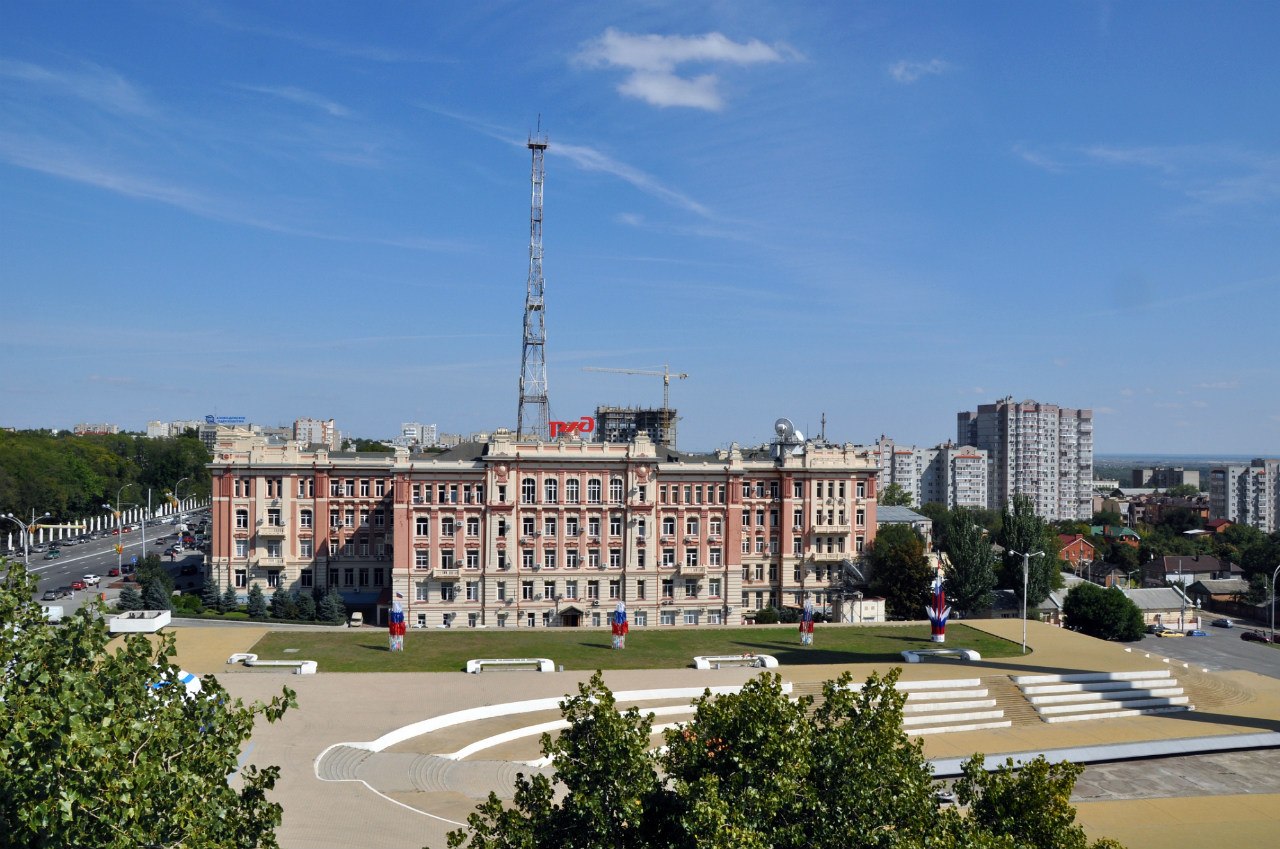
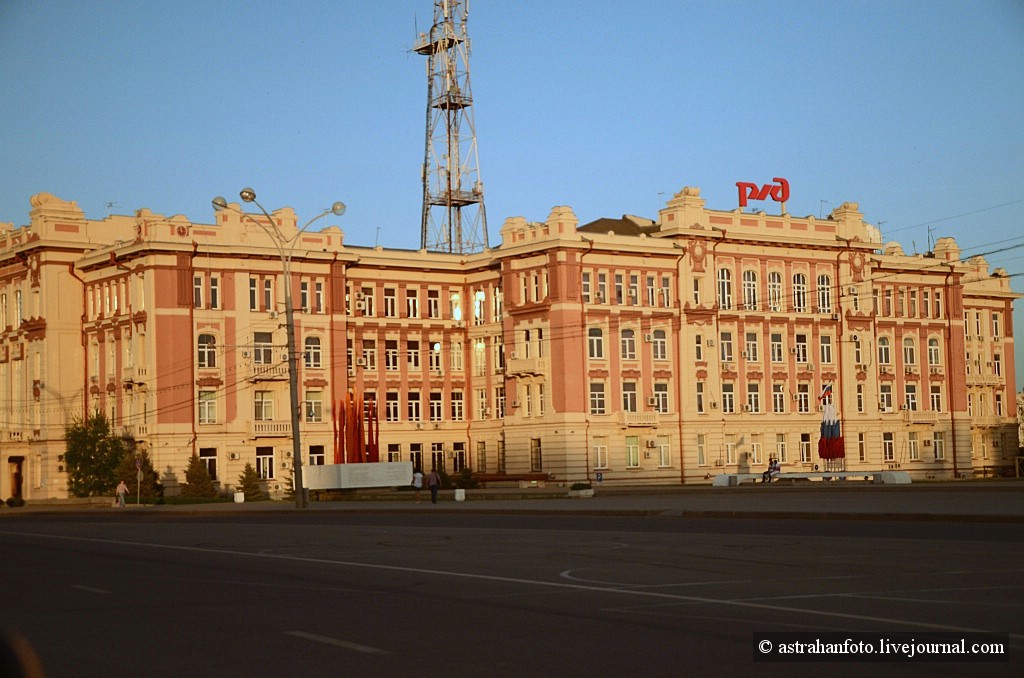
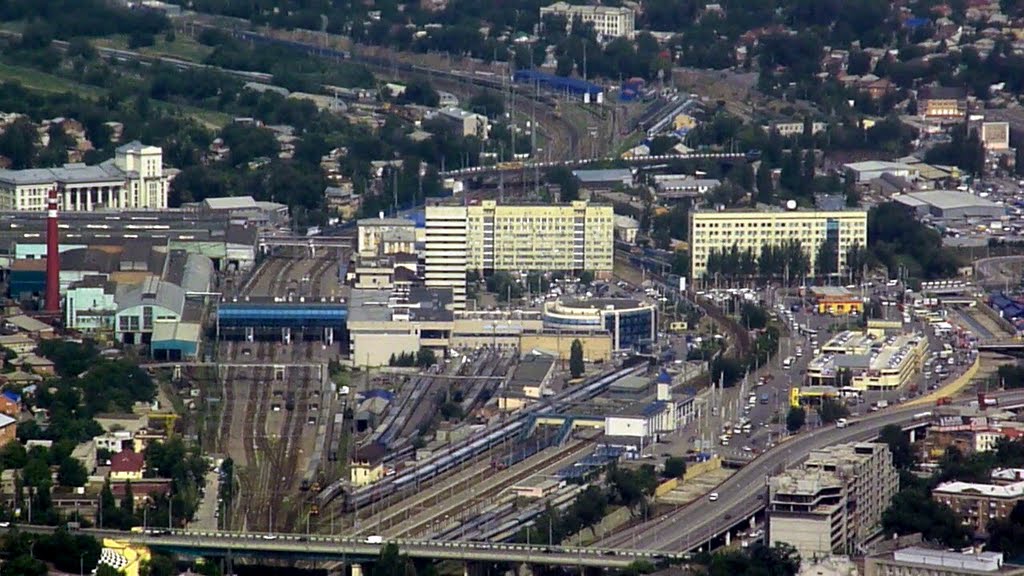
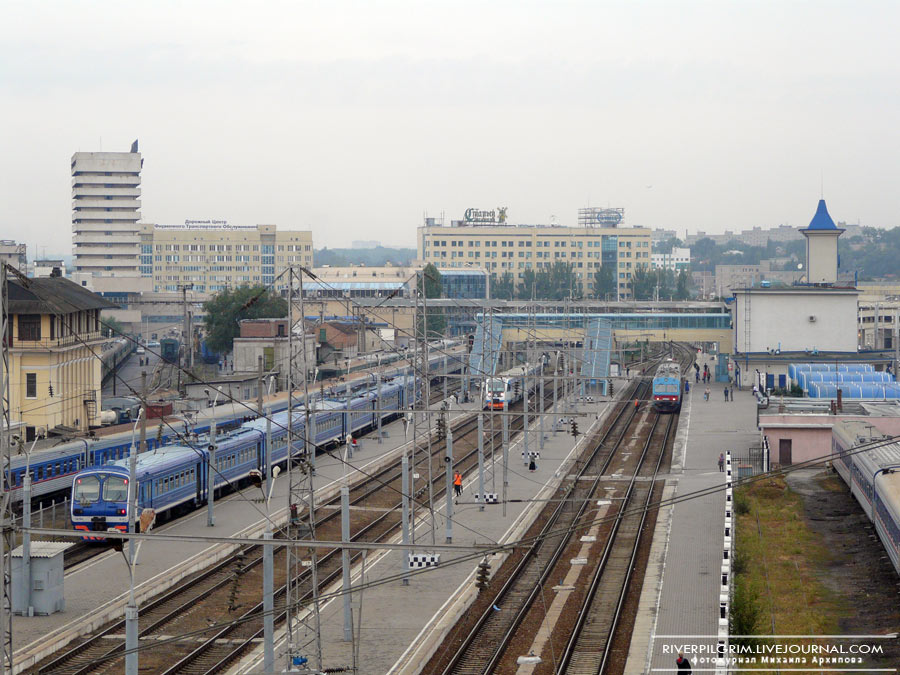

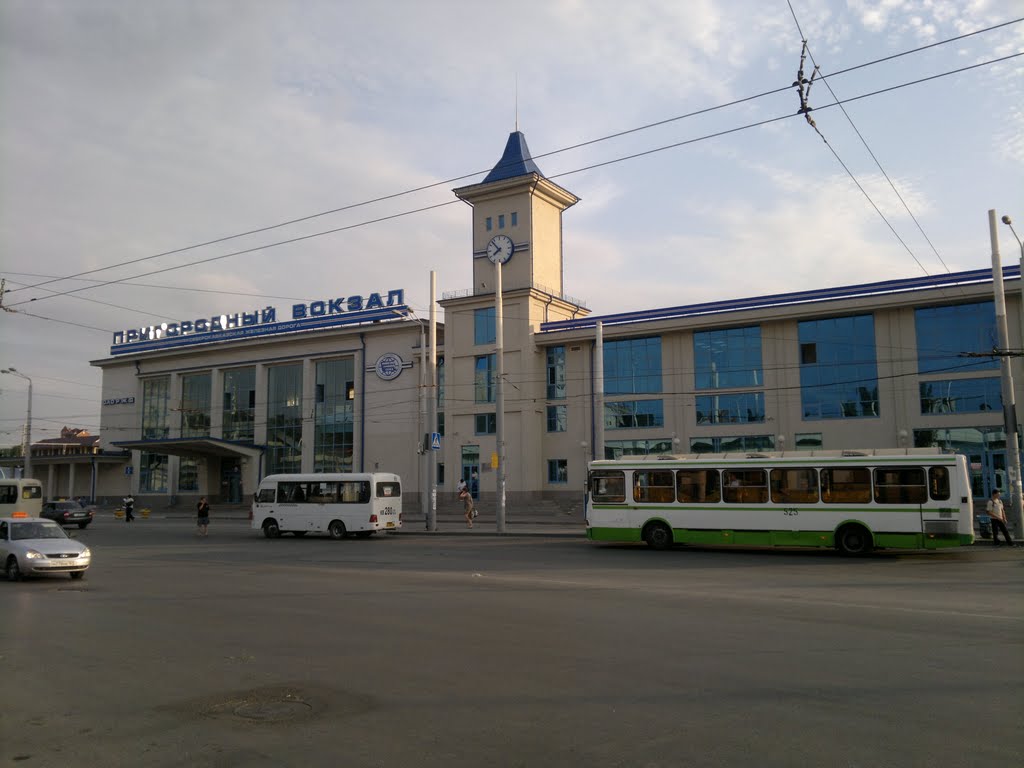
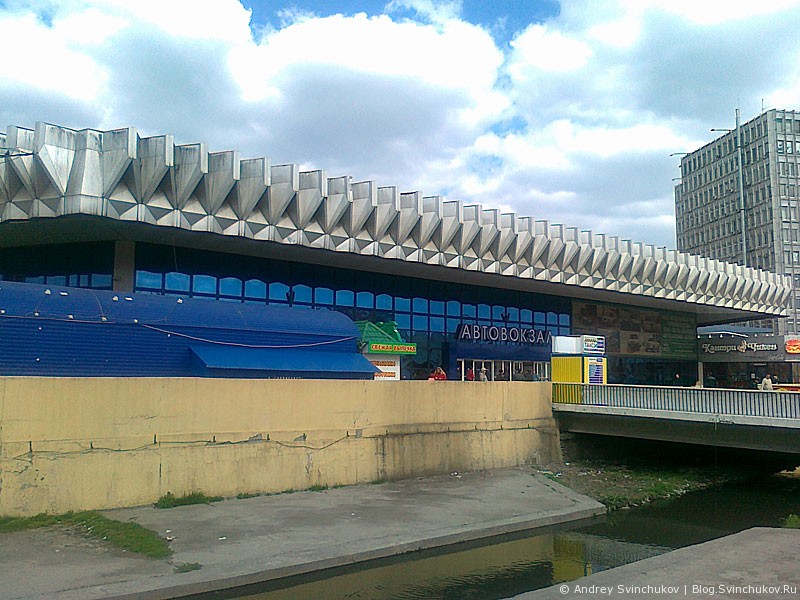
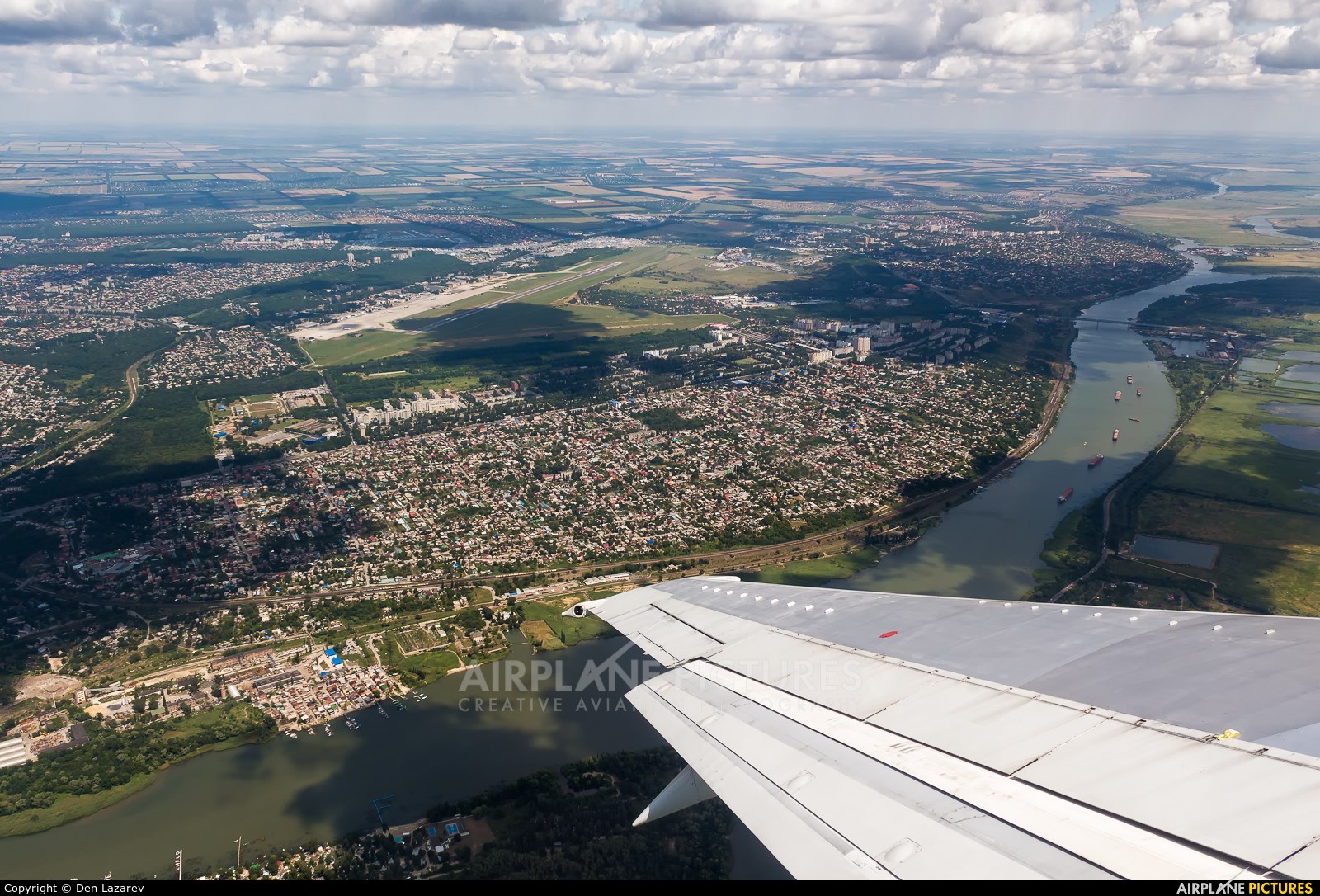
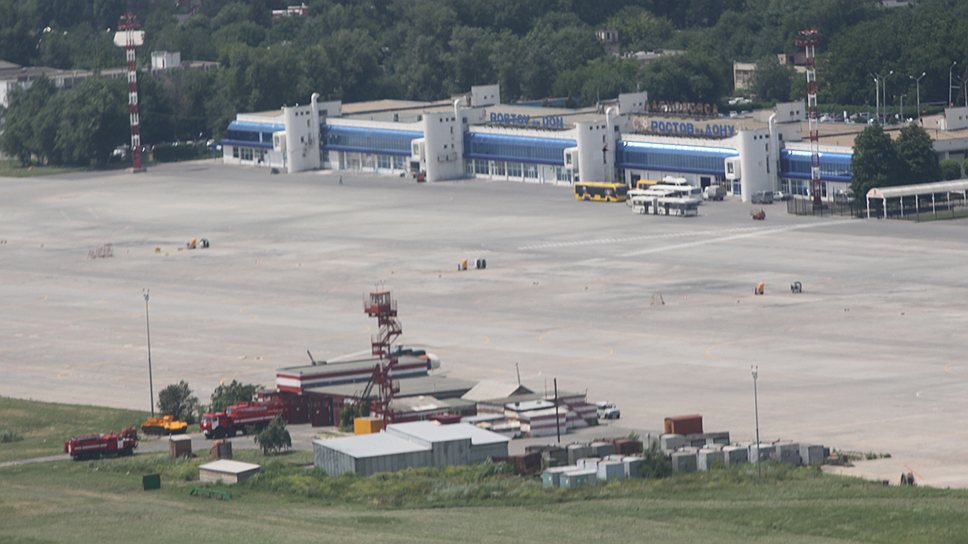
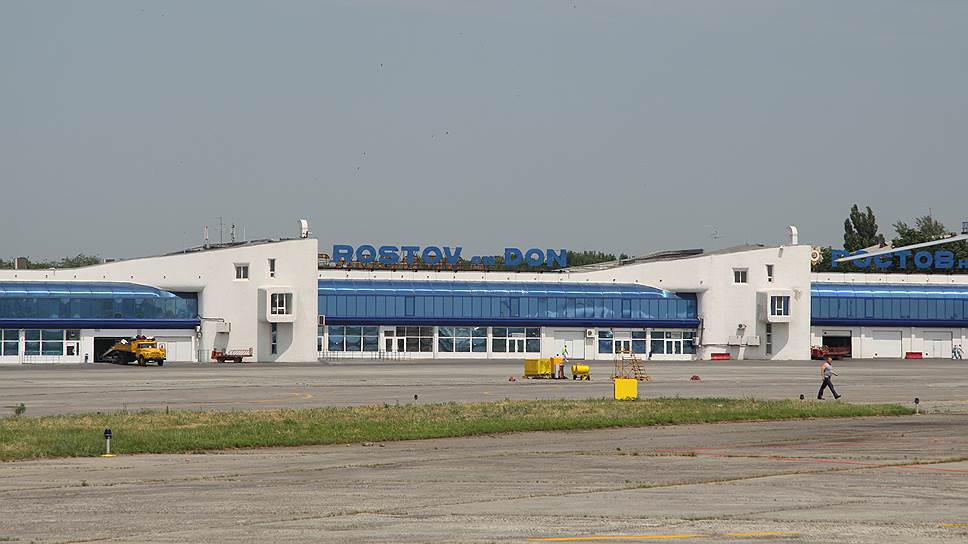
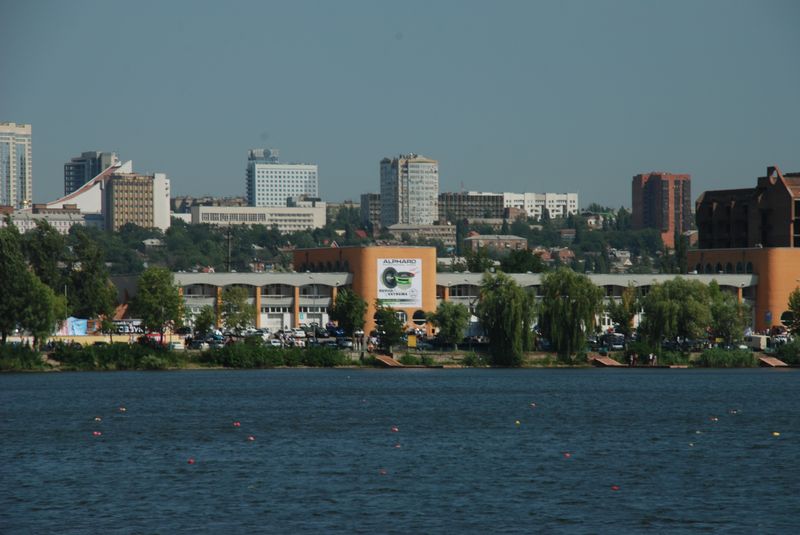
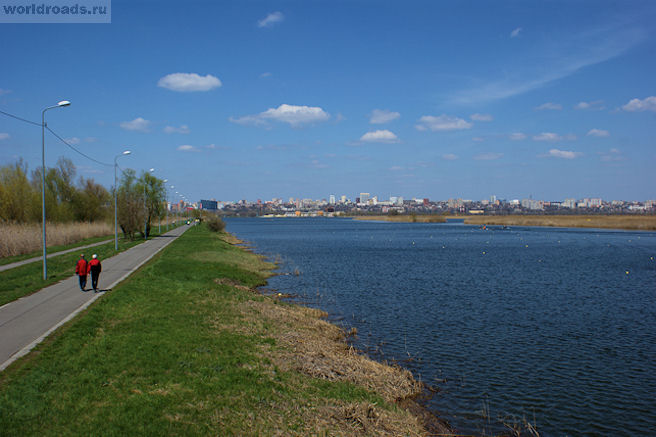
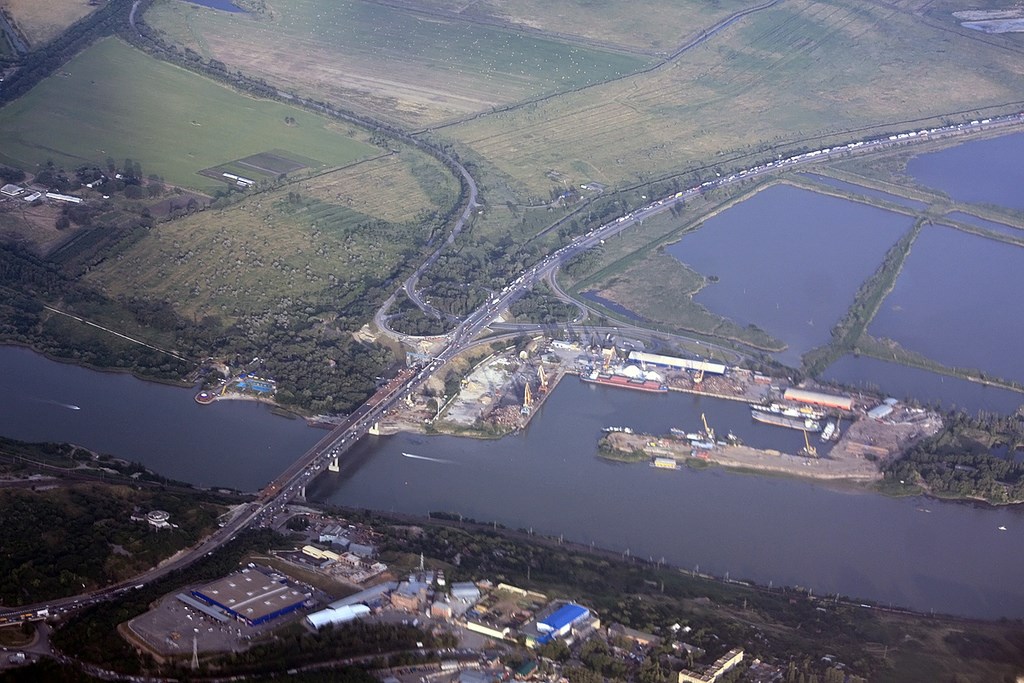
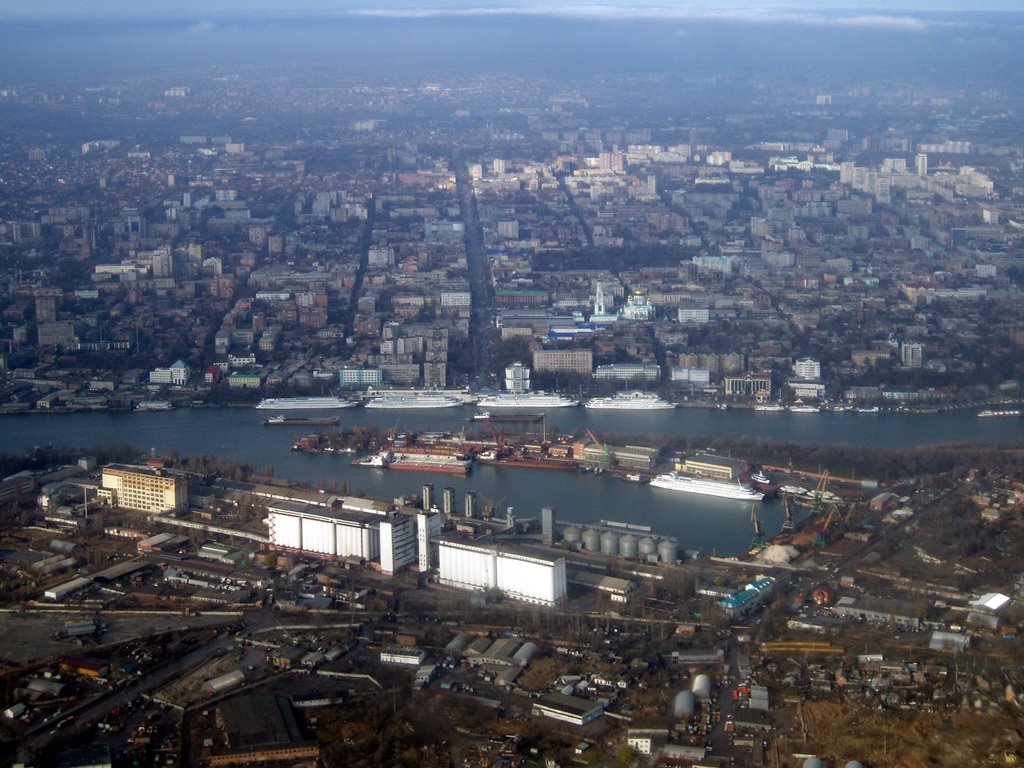
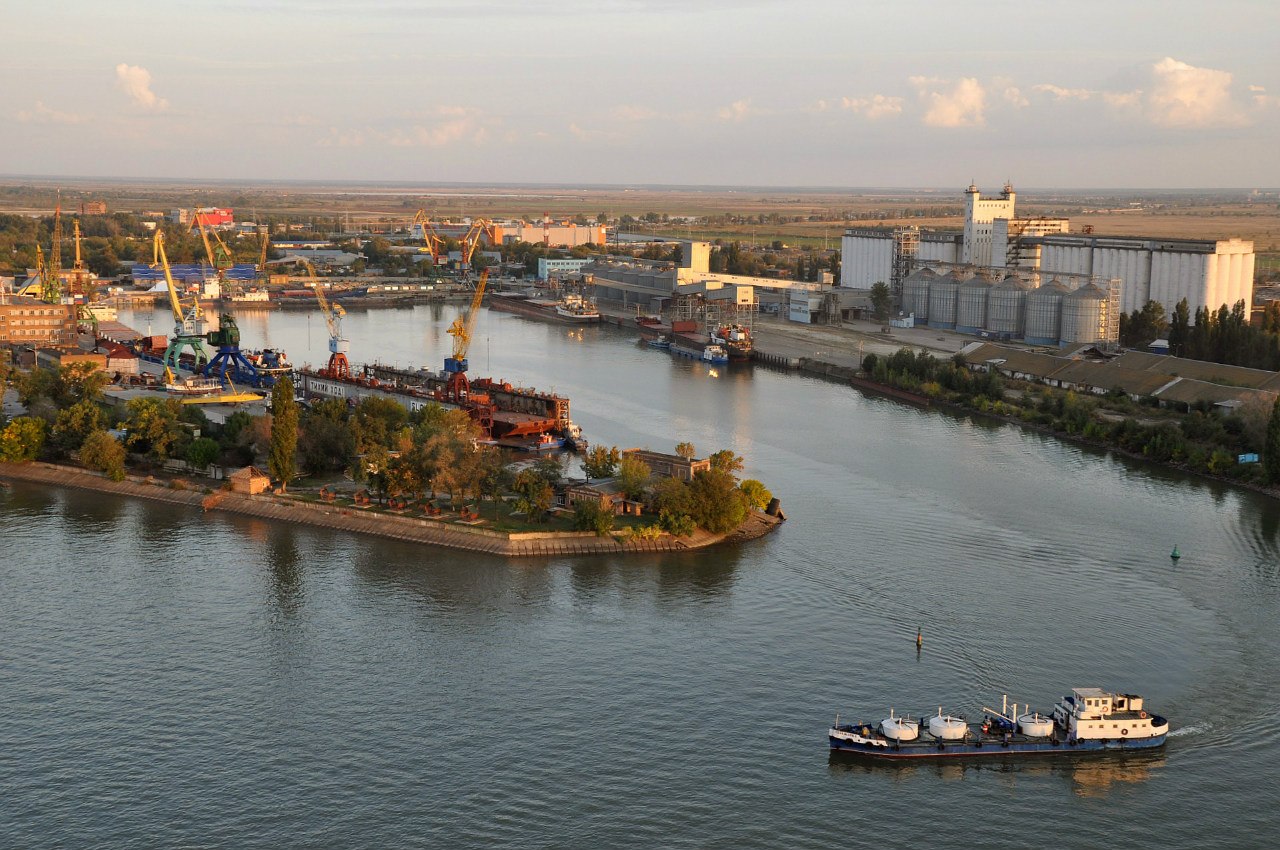
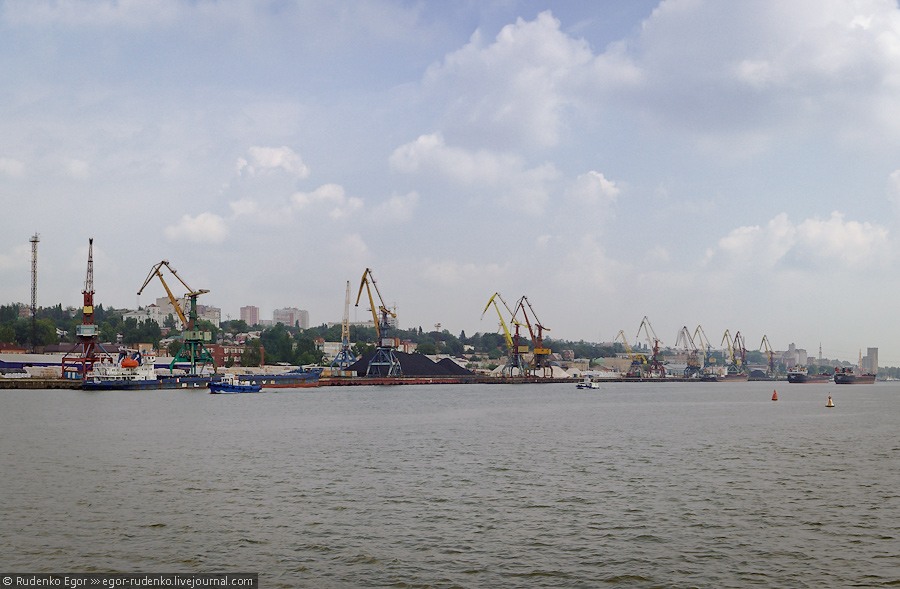
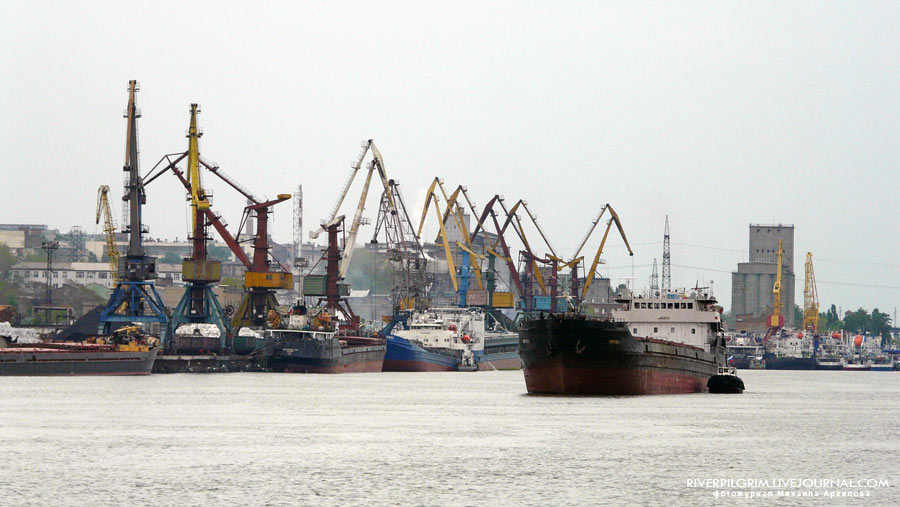
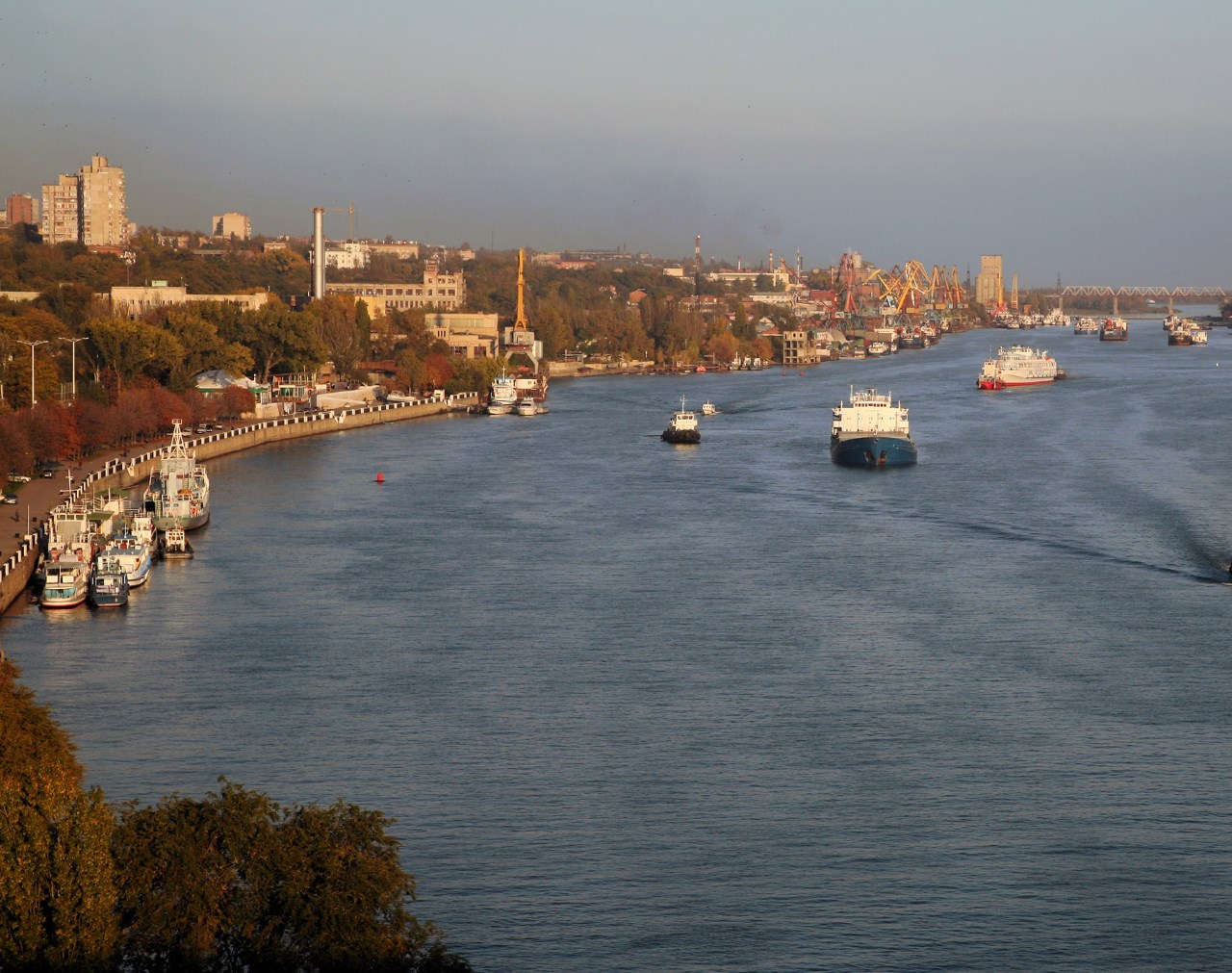
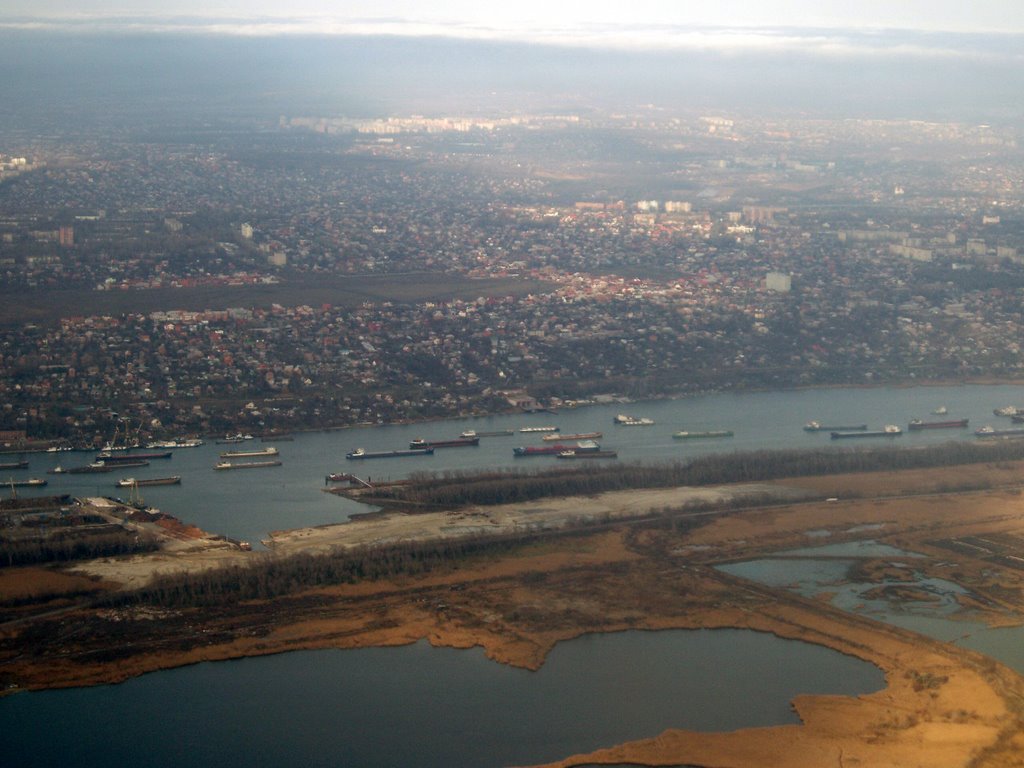
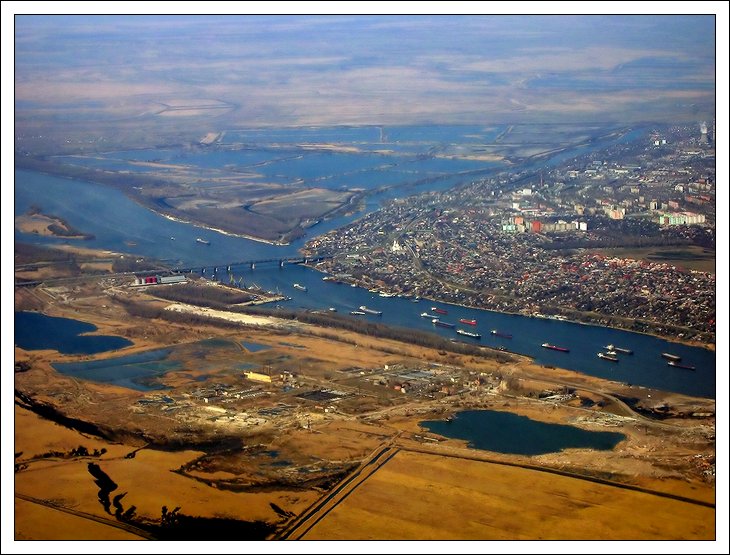
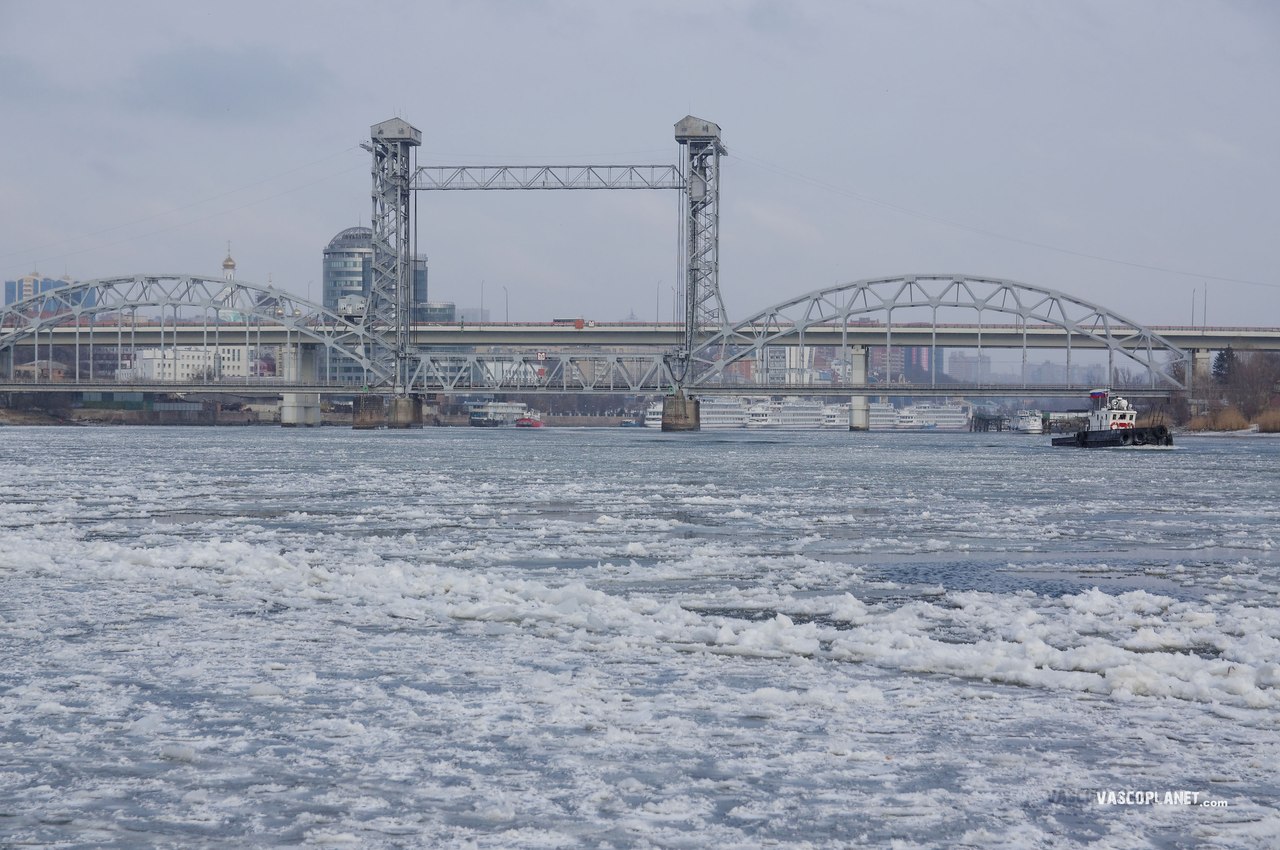
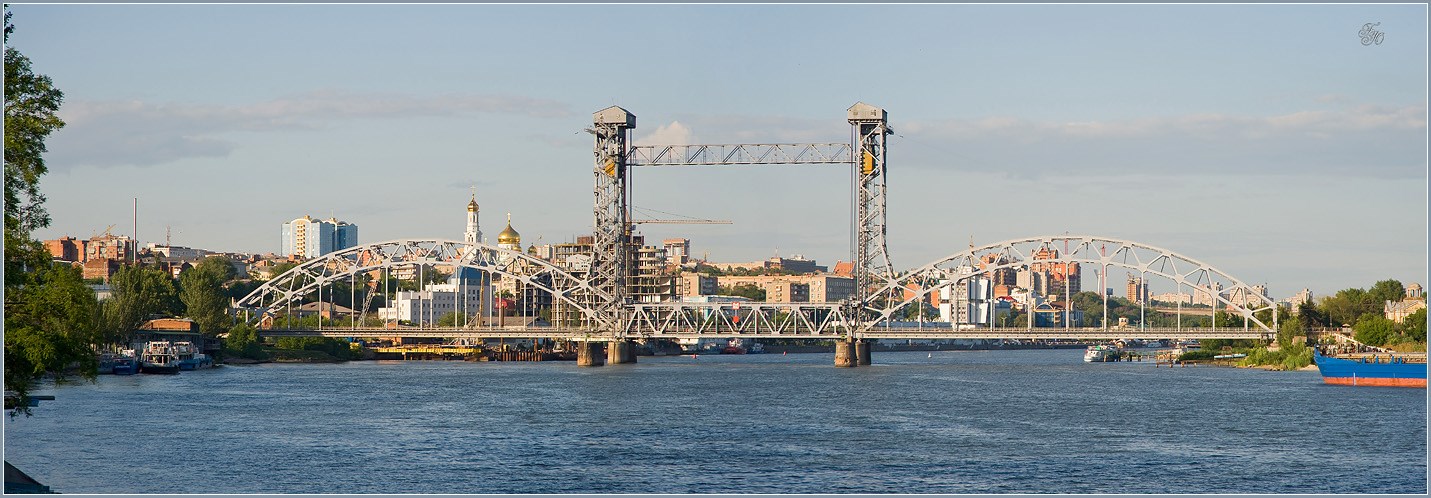
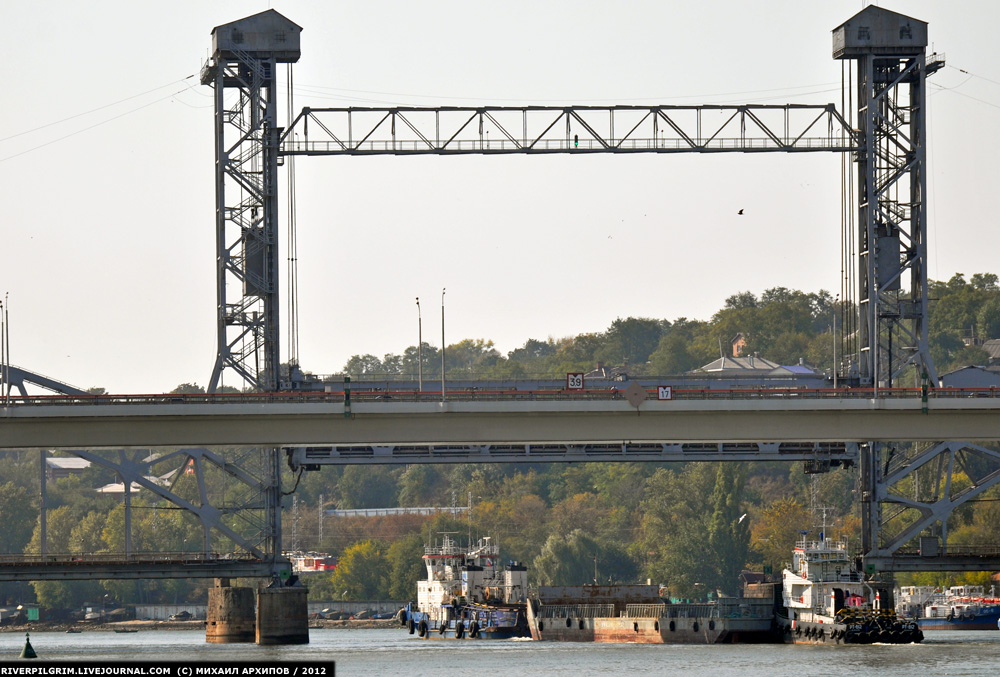

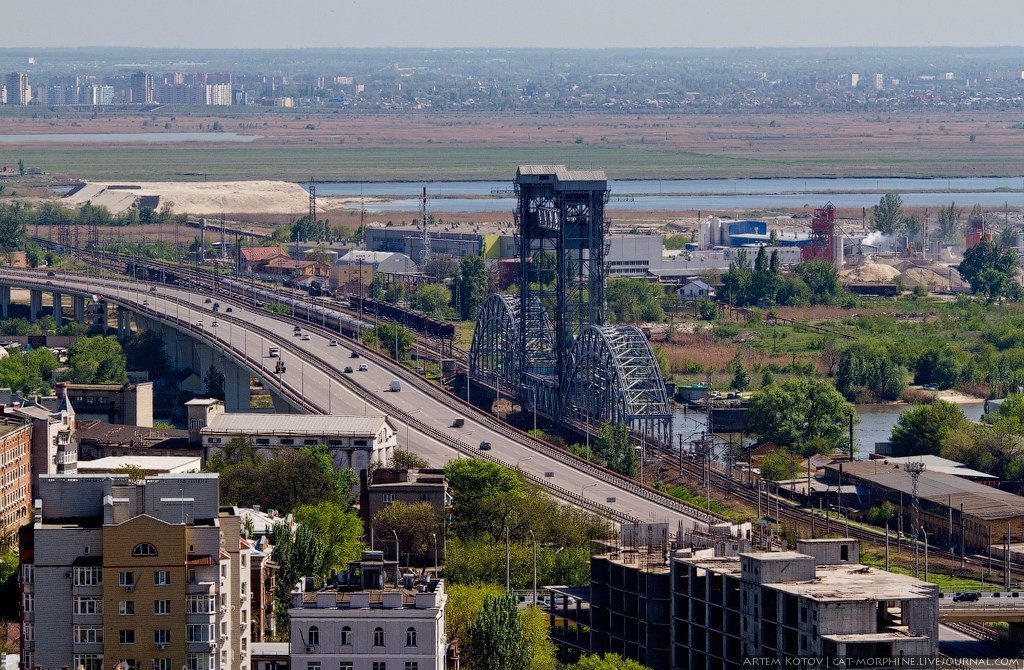
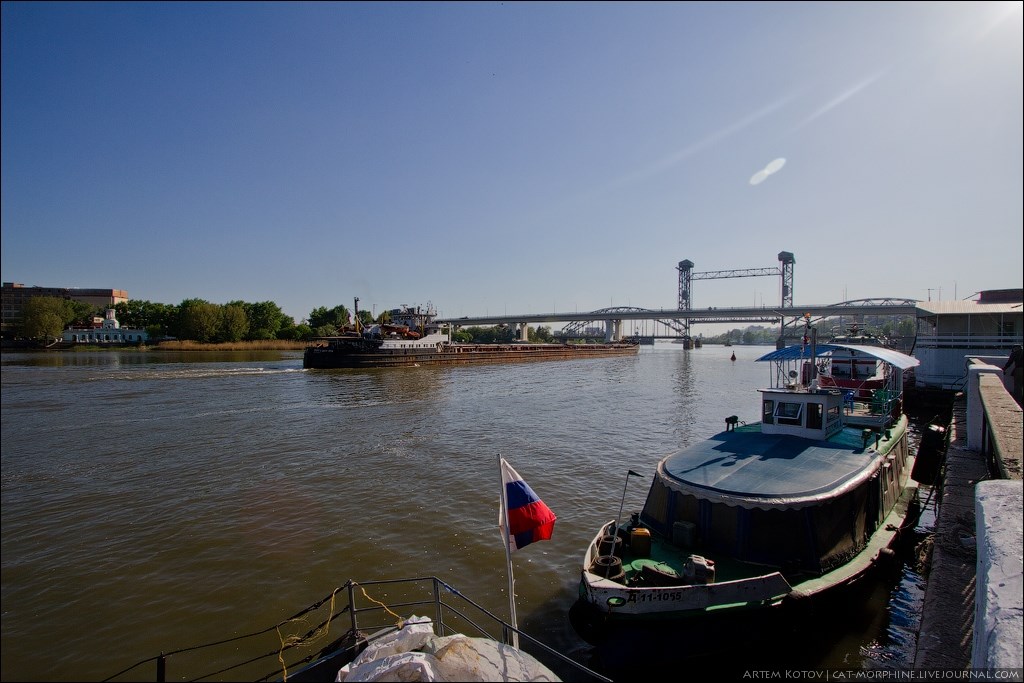
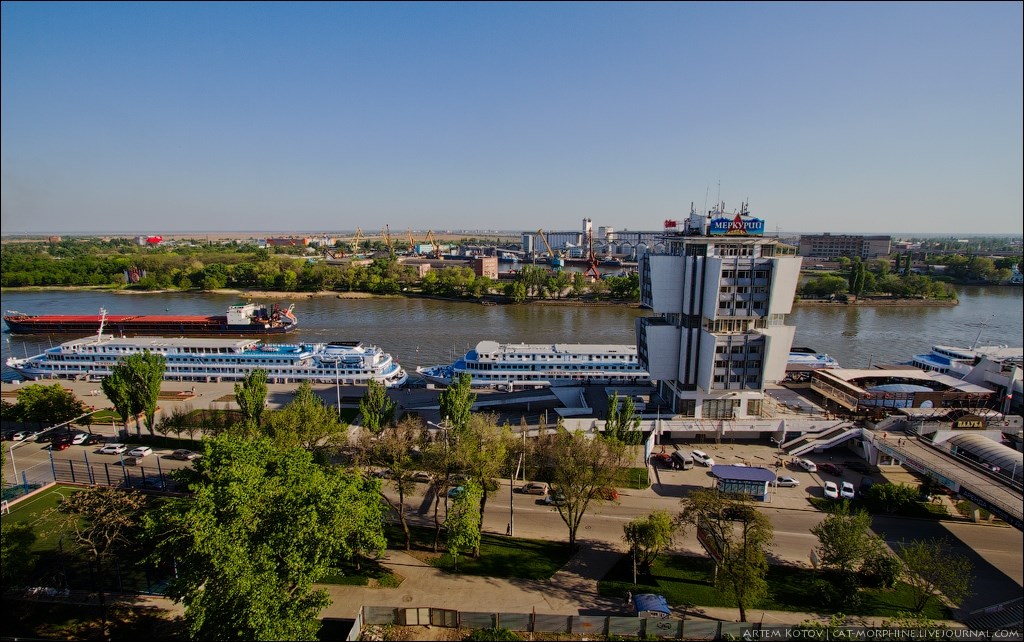
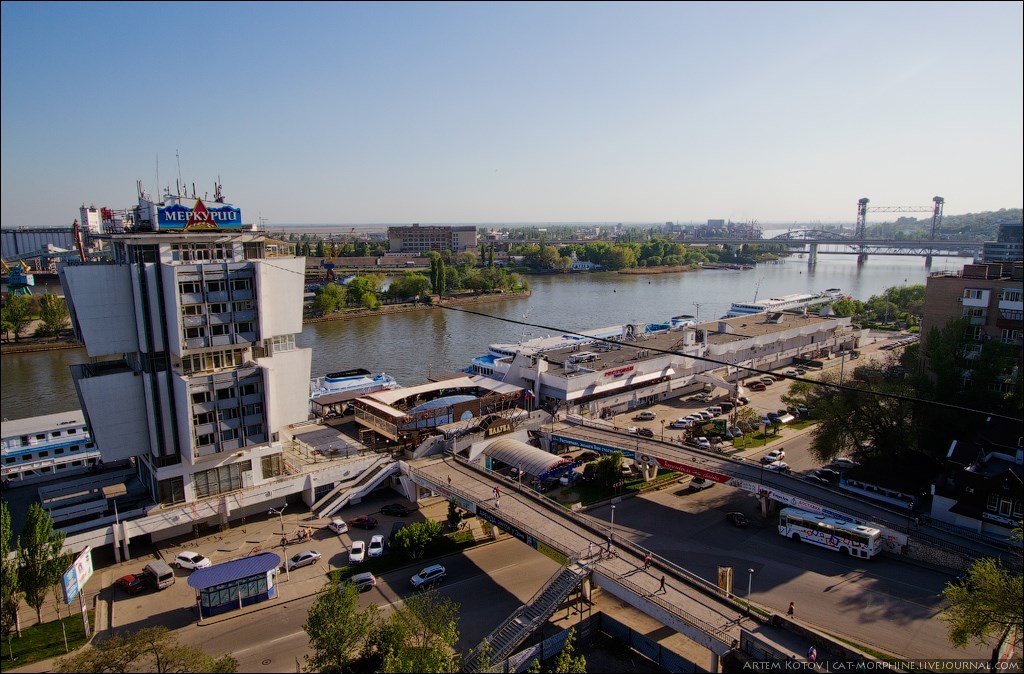
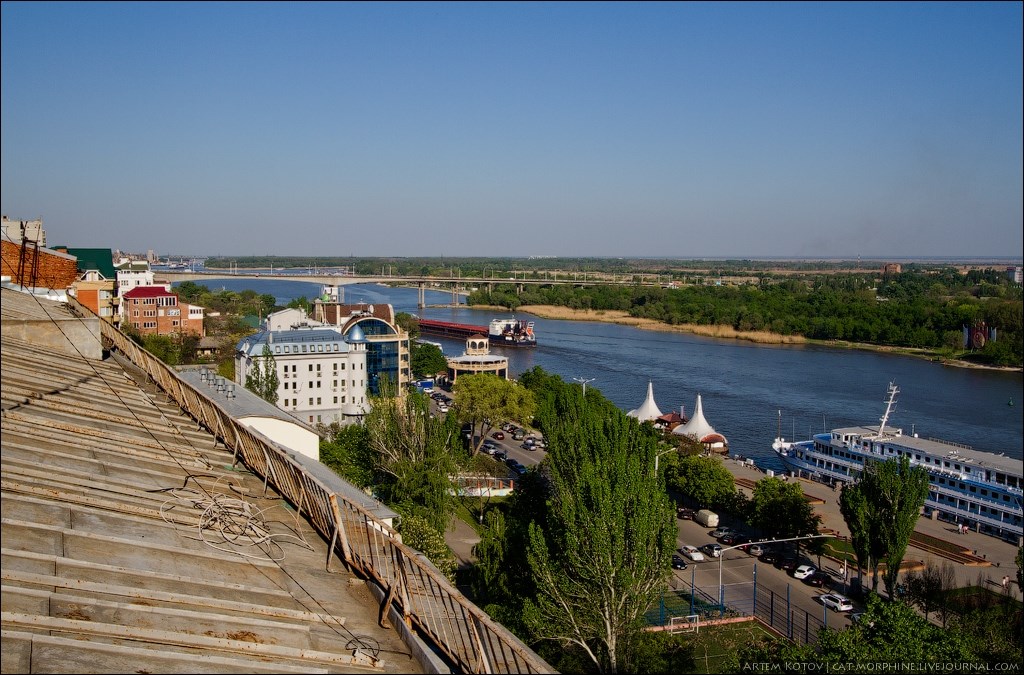
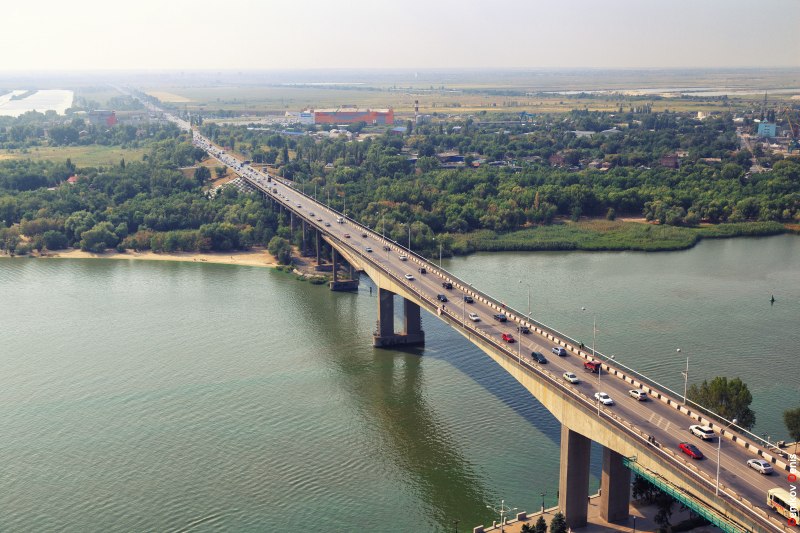
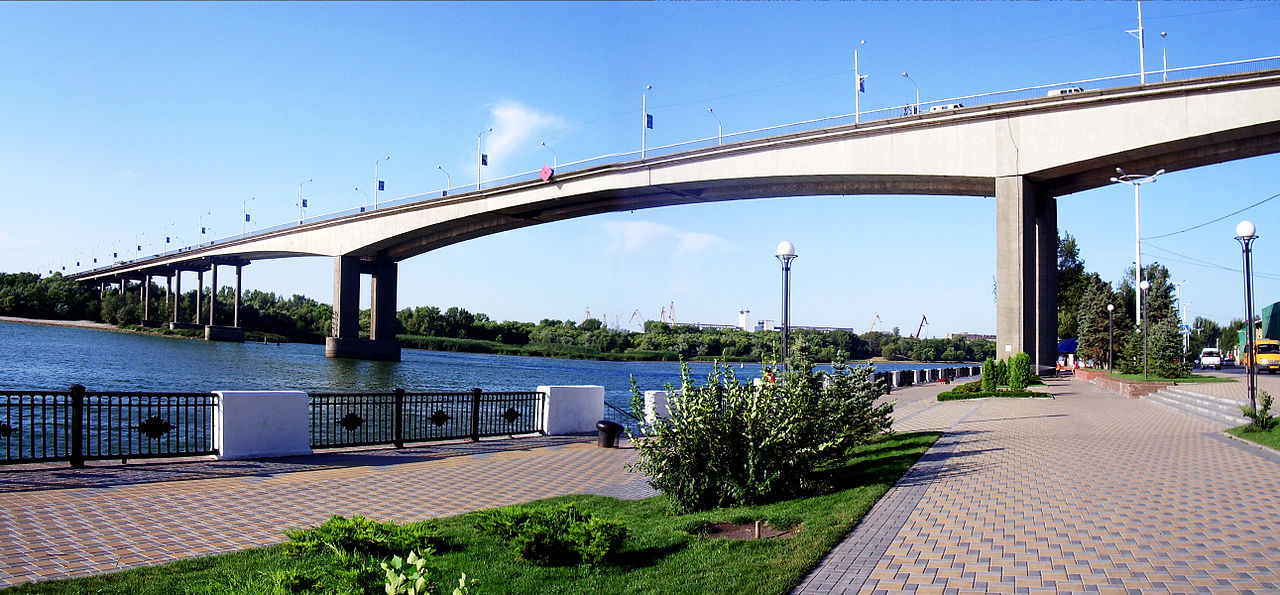
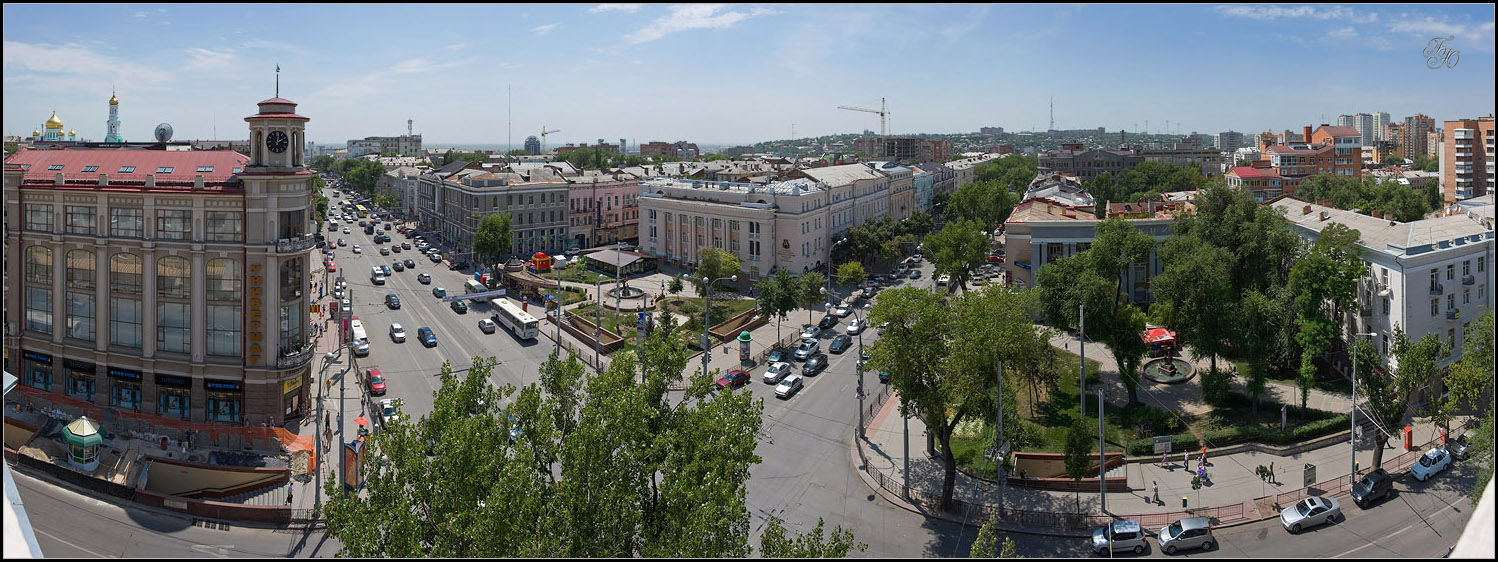
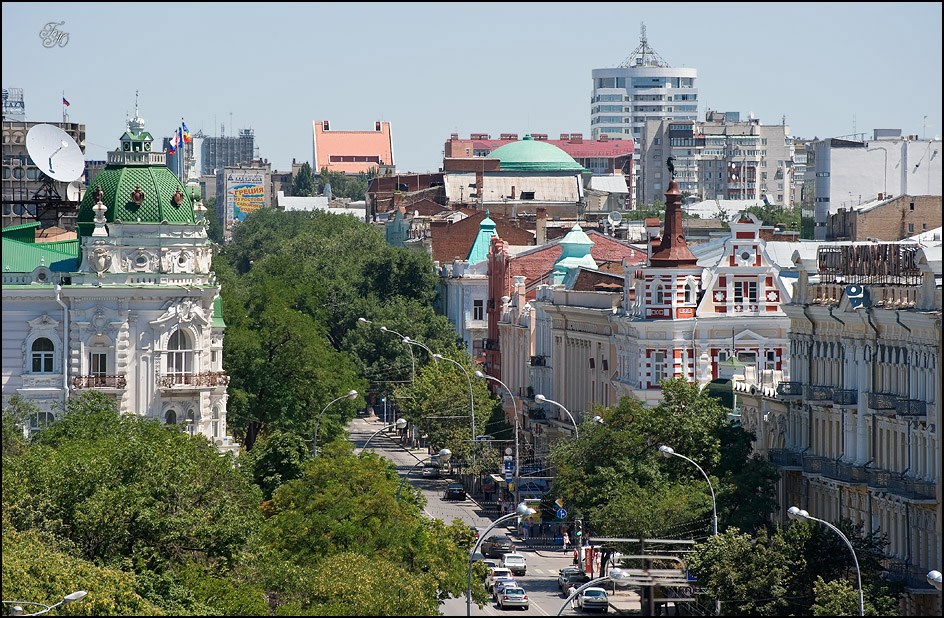

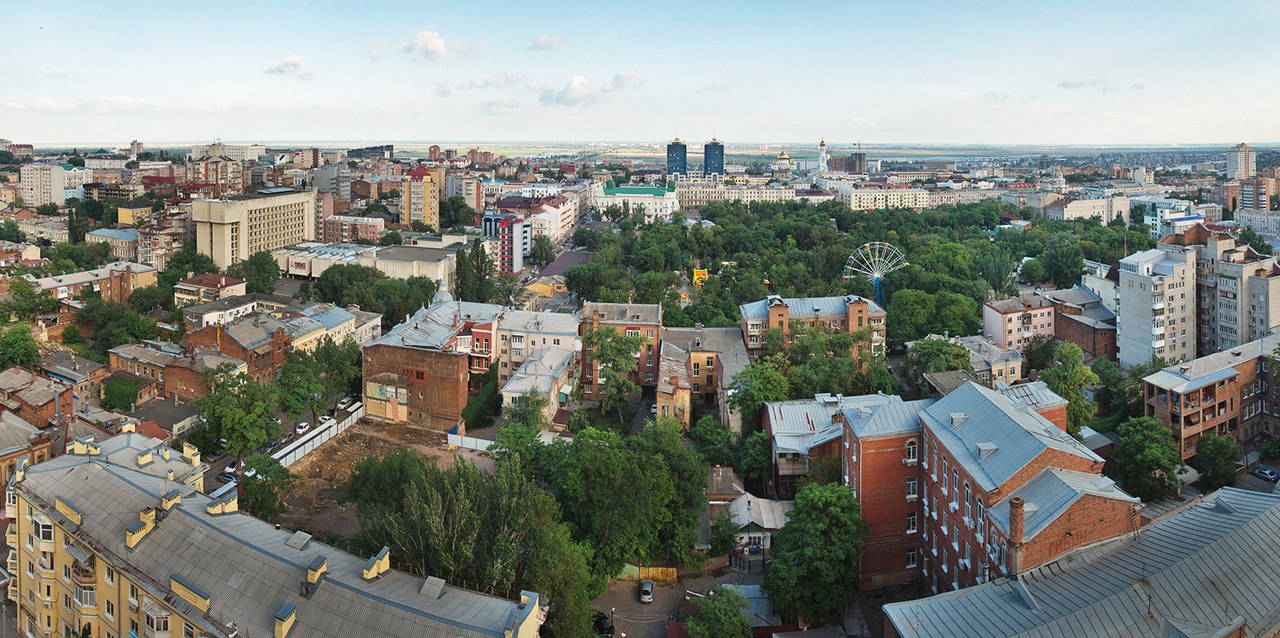
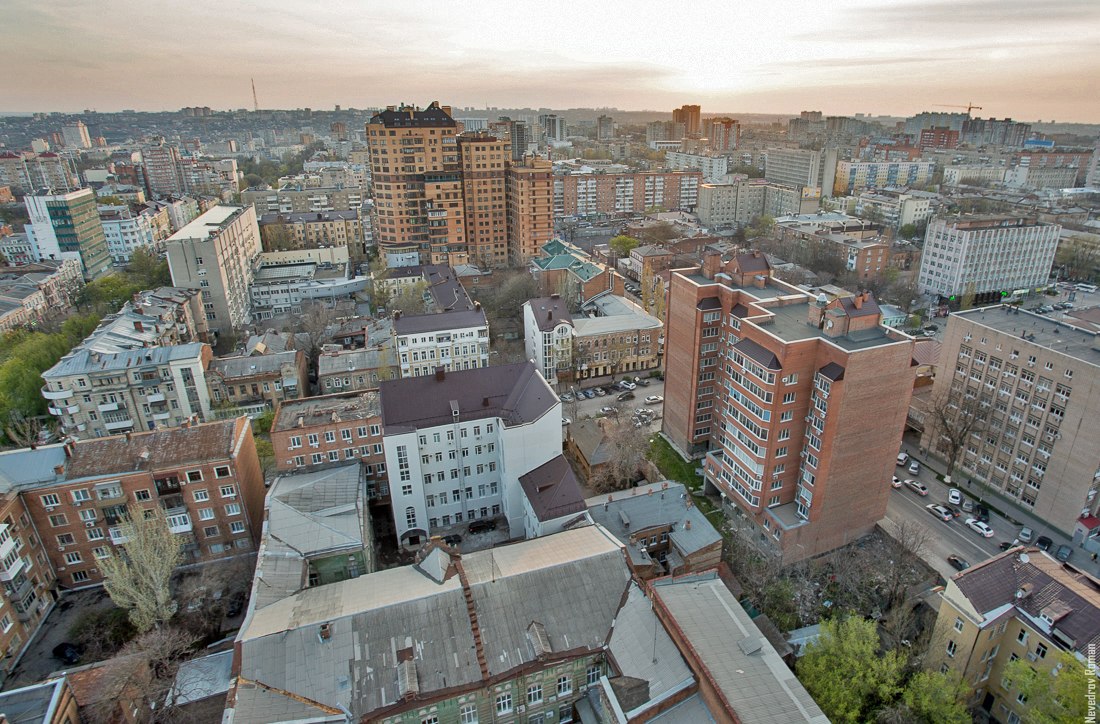
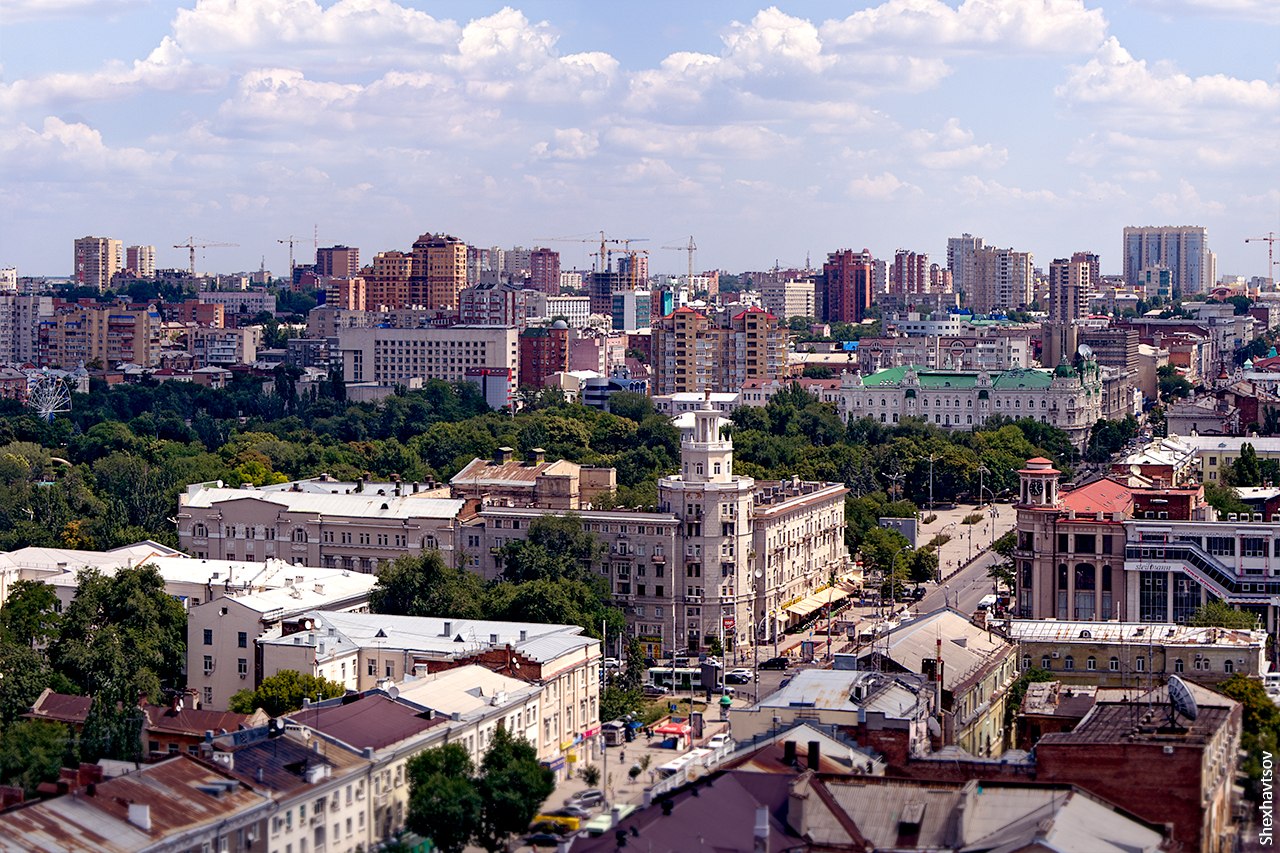
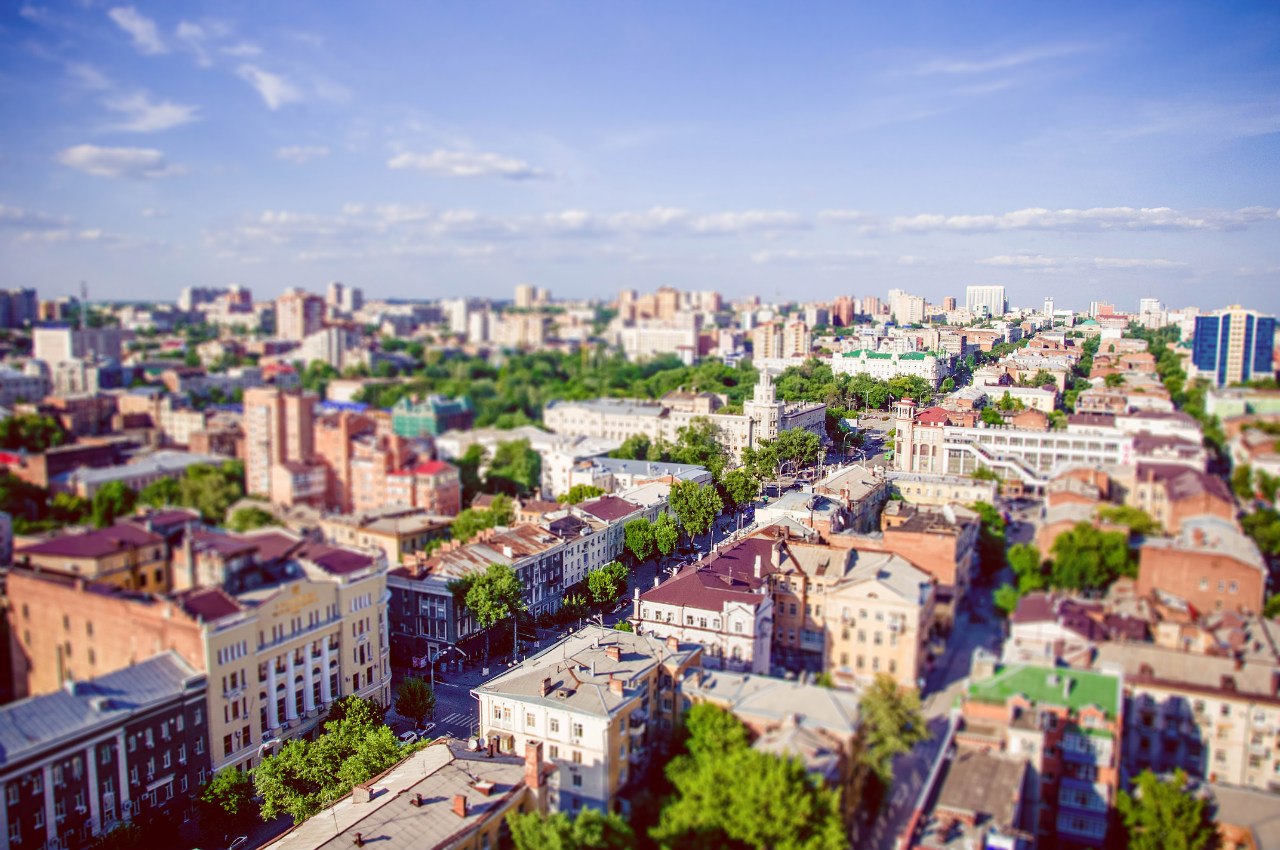


Clima
Rostov del Don tiene un clima continental húmedo de veranos cálidos sin estación seca.1 La temperatura suele alcanzar hasta 37 grados Celsius en verano y −16 °C en invierno.1
Sus inviernos son fríos pero no tan rigurosos como los de otras ciudades rusas en Europa como Moscú, Vólogda o Kazán, ya que la temperatura puede sobrepasar el punto de congelación e incluso llover, a diferencia de estas ciudades donde es en extremo raro que llueva en invierno y la nieve no se derrite hasta marzo.
https://es.wikipedia.org/wiki/Rostov_del_Don
https://ru.wikipedia.org/wiki/Ростов-на-Дону
https://en.wikipedia.org/wiki/Rostov-on-Don
Pinche para ver las Fuentes seleccionadas
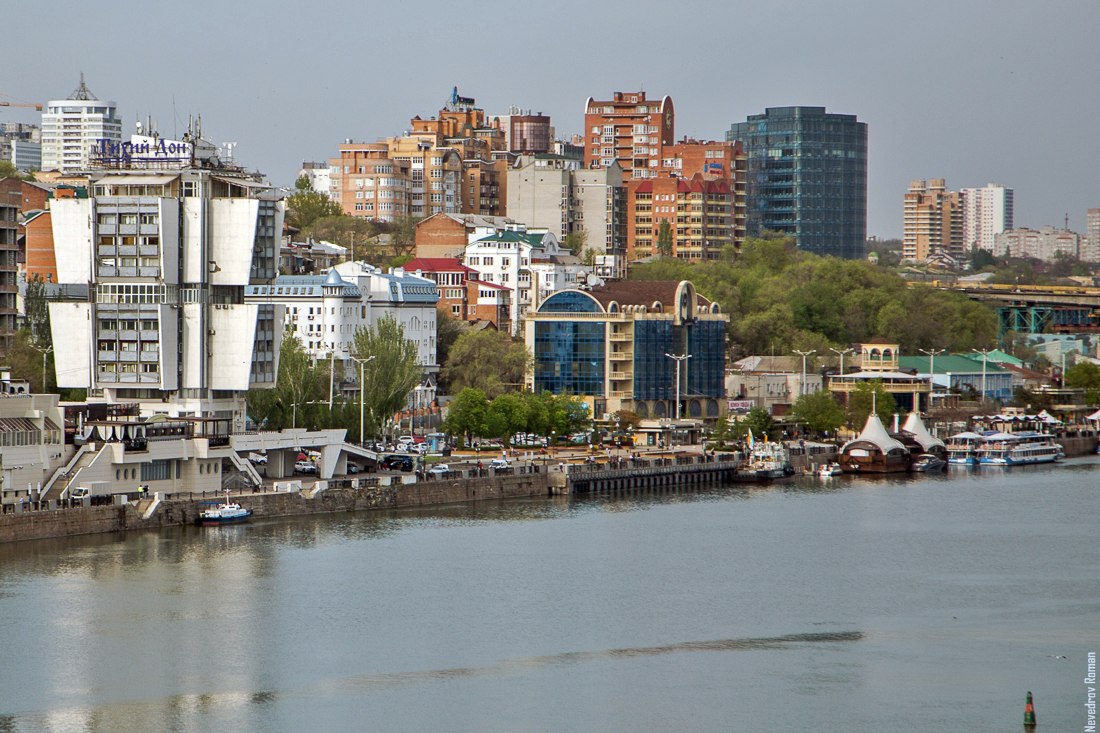
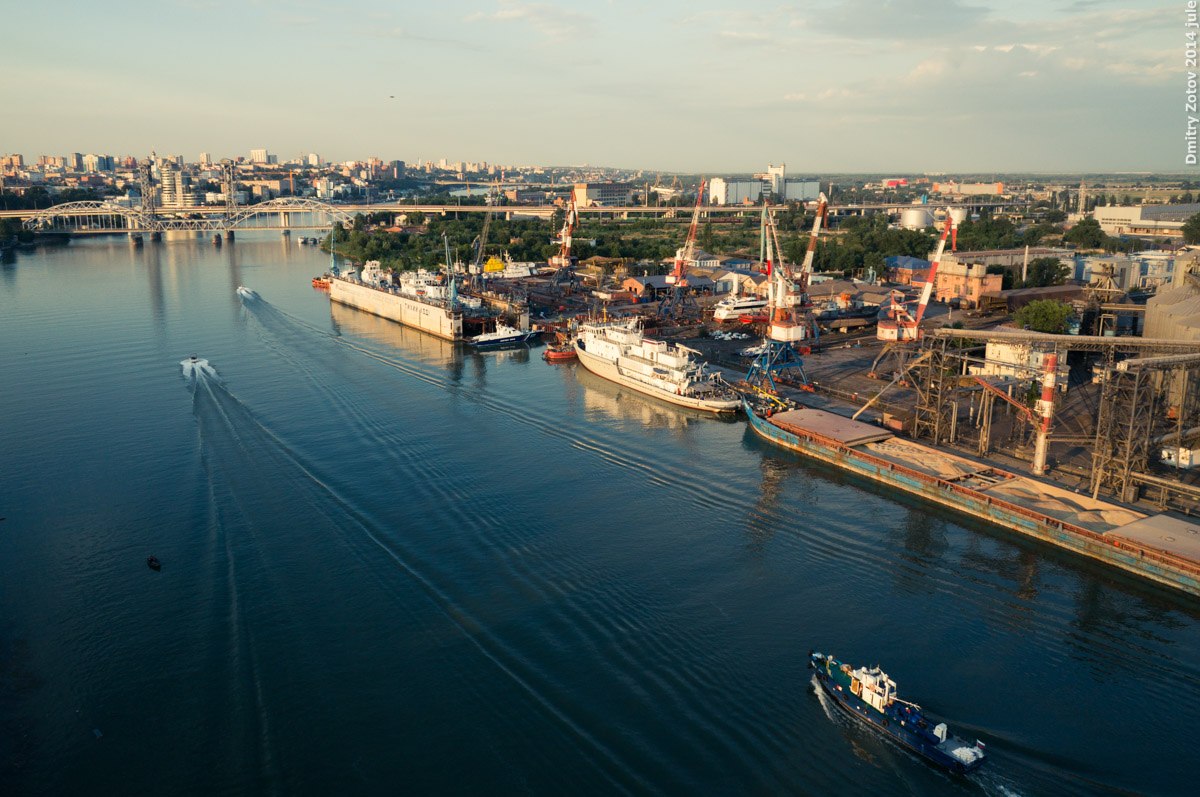
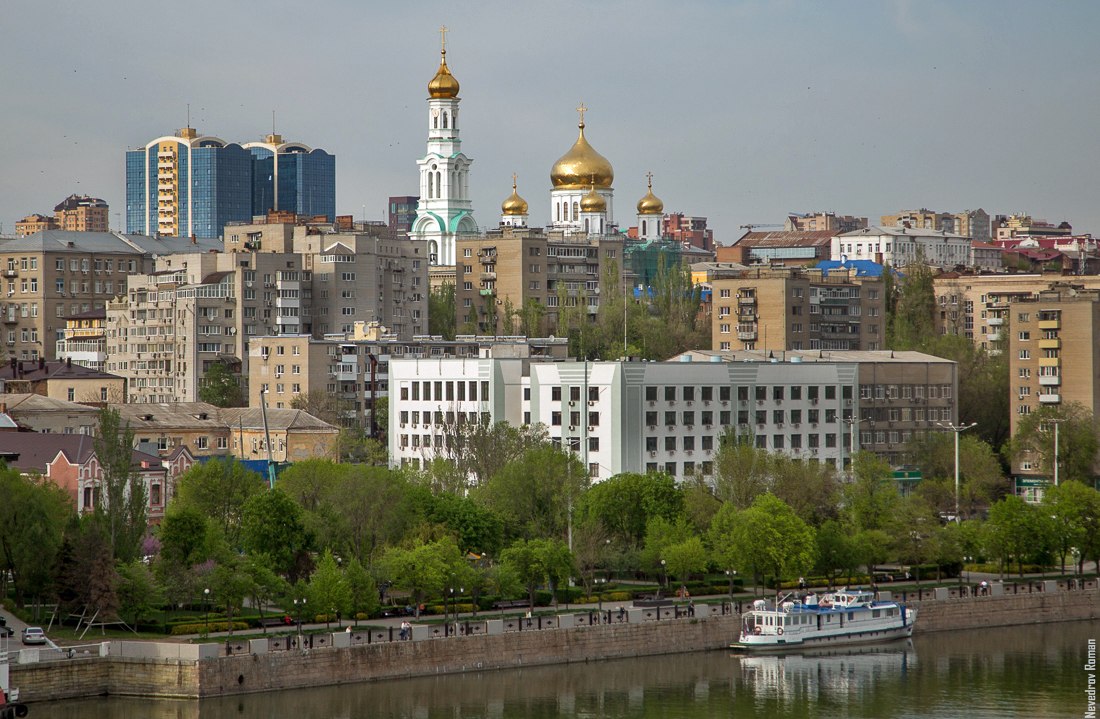
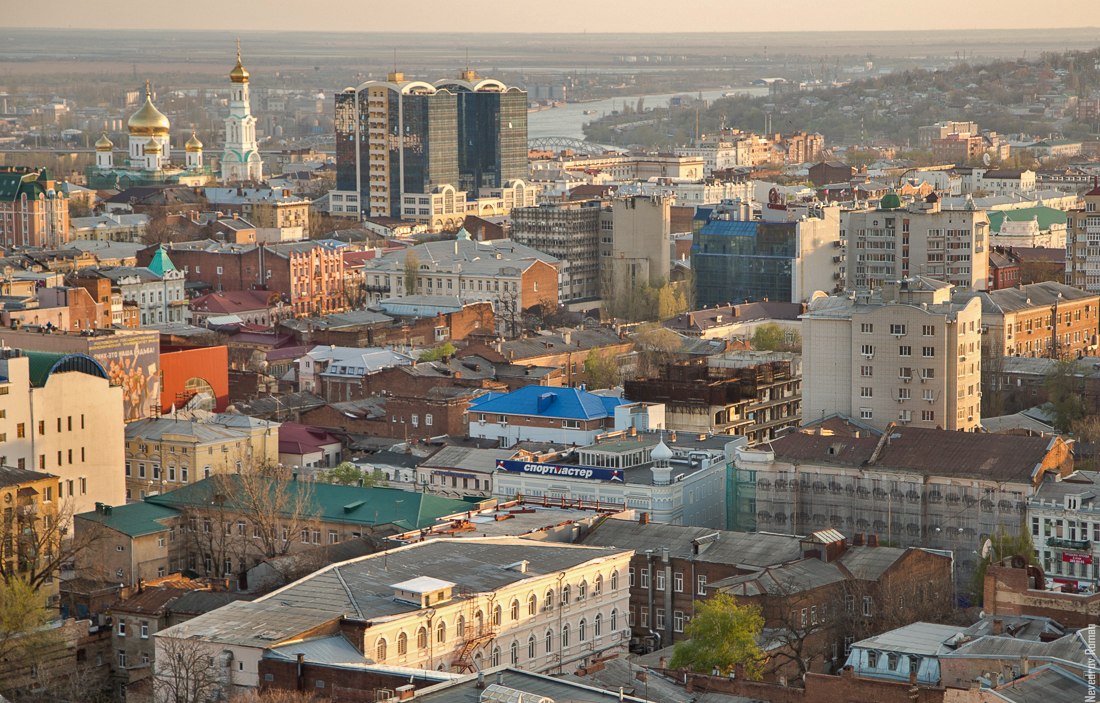
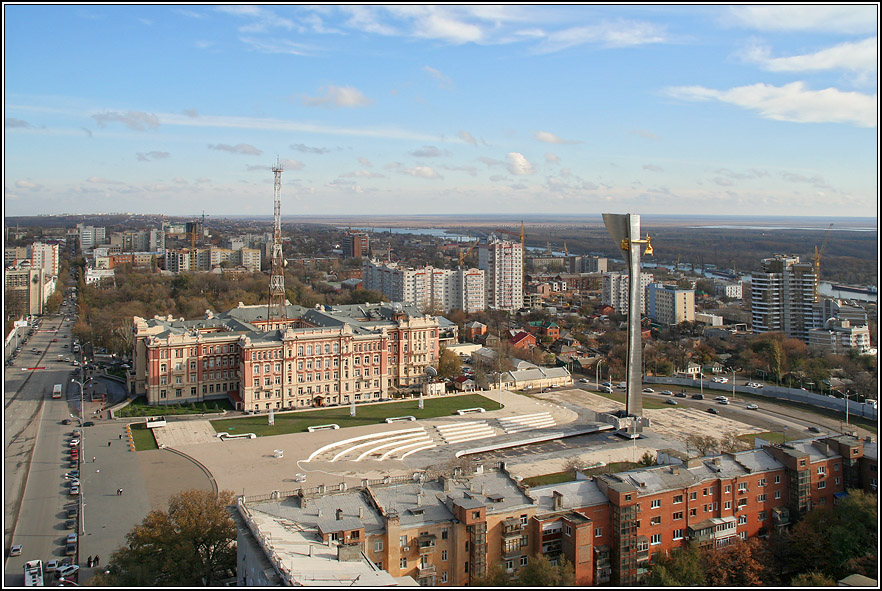
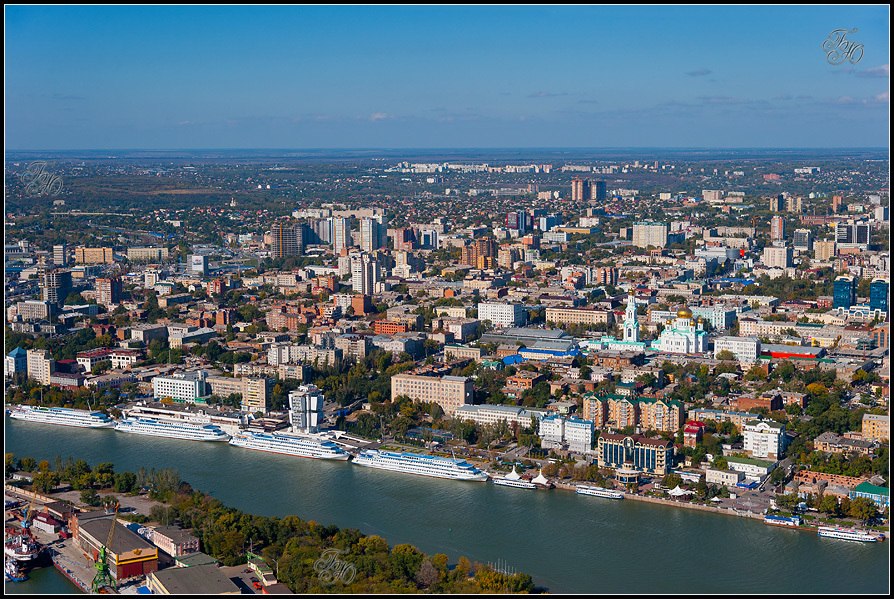
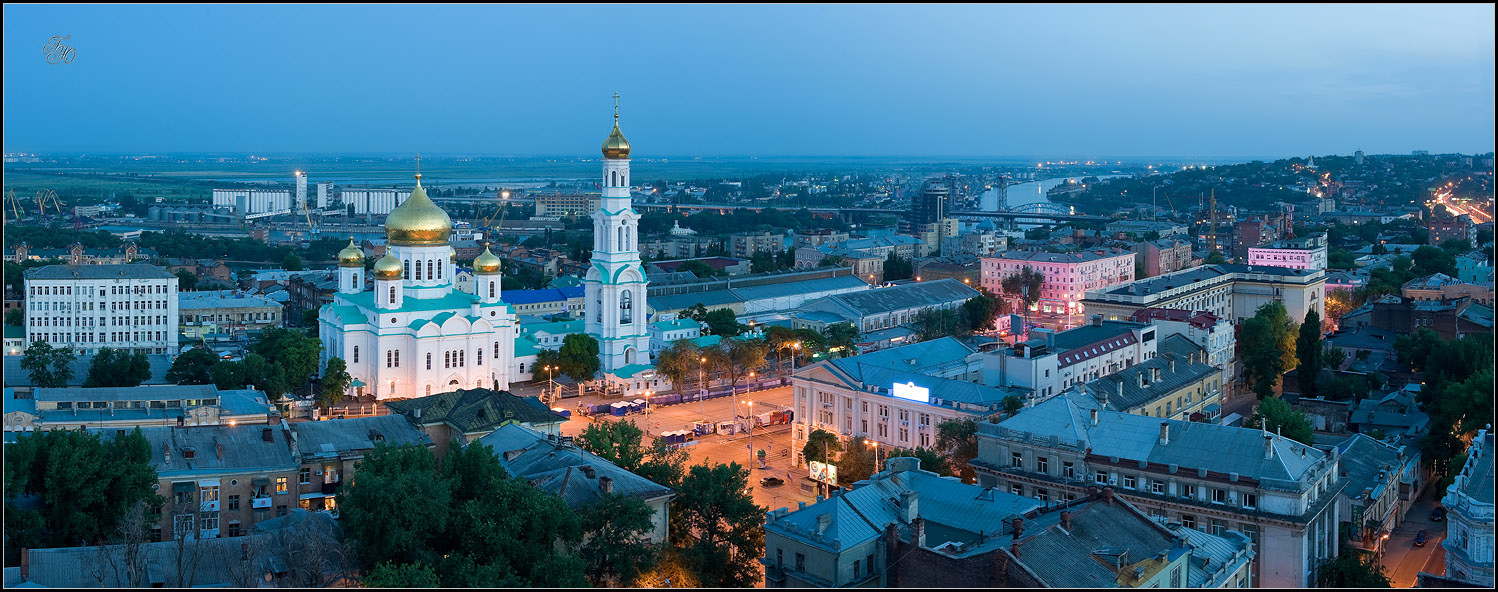

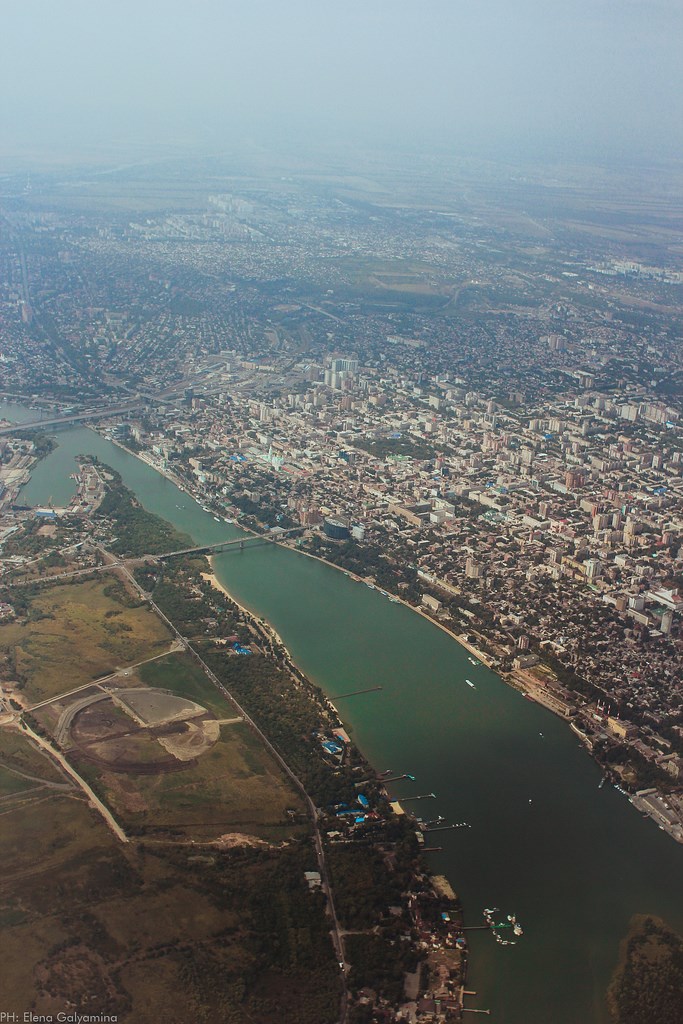
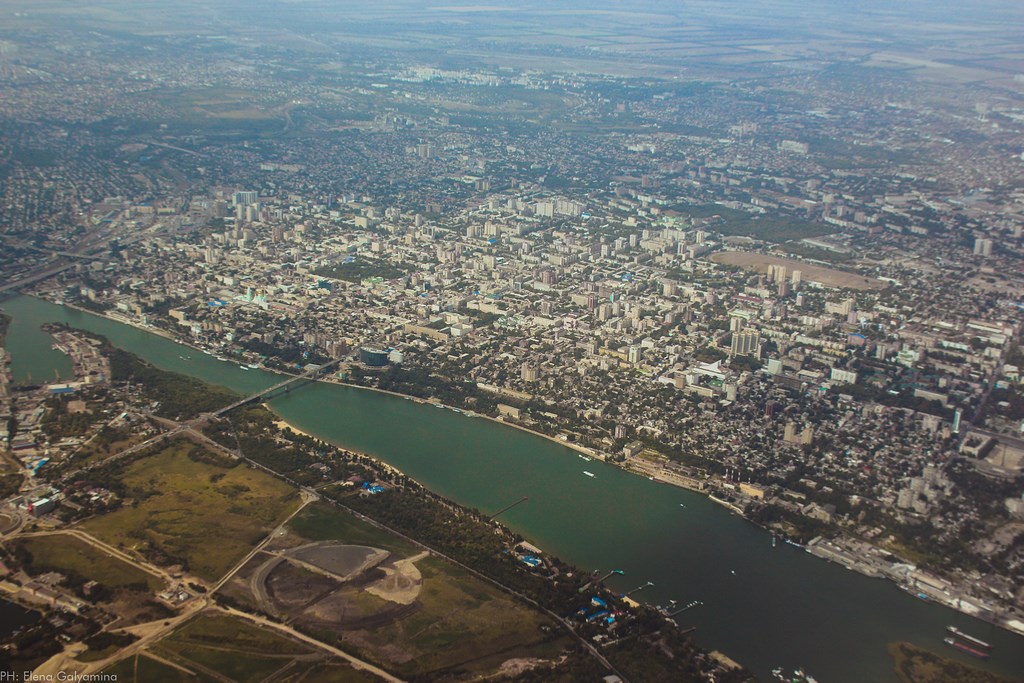
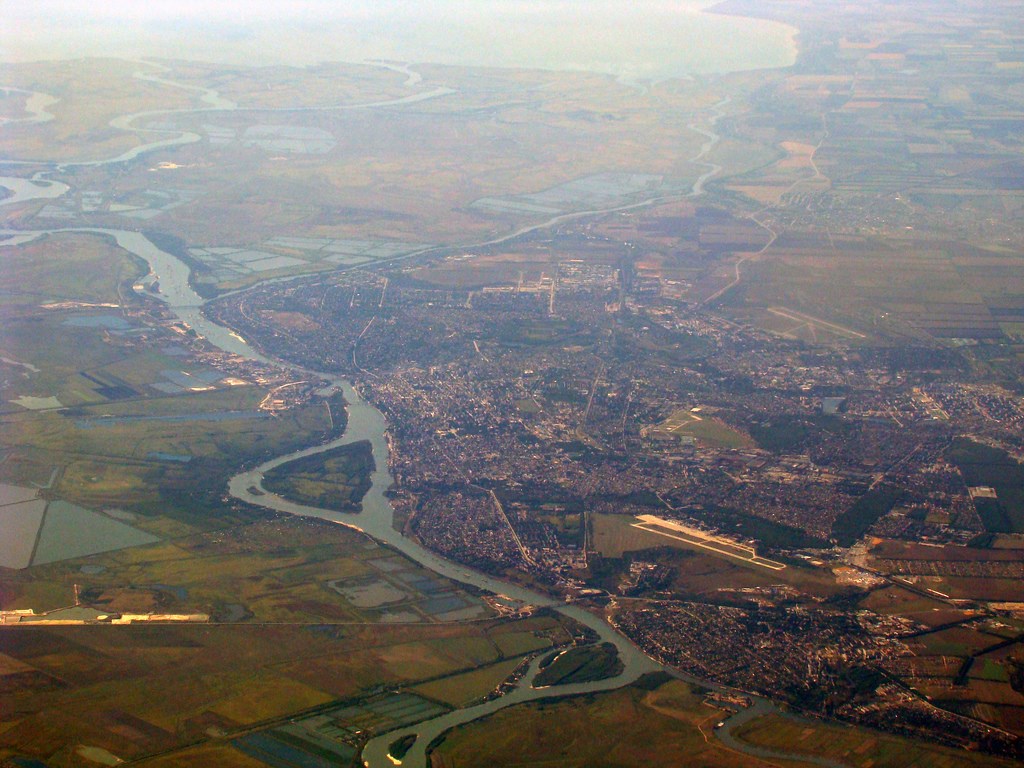
Vídeo:
Web recomendada: http://rostov-gorod.info/
Contador: 8409
Inserción: 2015-08-16 22:38:11
Lugares a visitar en un radio de 100 km (en línea recta)
Mapa de los lugares a 100 km (en línea recta)
Mostrando Registros desde el 1 hasta el 0 de un total de 0
Visitas |
Más visitados Basílica de San Marcos 154596 Catedral de Notre Dame (París) 143925 Torre de Pisa 131316 Monte Saint-Michel 100448 Presa de las Tres Gargantas 81221 |
Incorporaciones |
Comentarios hazola Cúpula de la Roca gracias me... gera Buenos Aires las mejores fotos de la mejor ciudad del... Daniel M. - BRASIL San Francisco ... PEQUE Presa Chicoasén SERA QUE ALGUIEN ME PUEDE DAR MAS INFORMACIÓN DE ESTE PROYECTO ESTUDIO EN LA UNACH Y ES PARA UN... Mery Huaca Pucllana Muy interesante, muy buena la información y... |
 Tweet
Tweet


